The first decade of the 1900s was a period of rapid urbanization, demographic shifts, and infrastructural advancements, setting the stage for the Bronx’s evolution into a densely populated urban borough of New York City.
Building Boom
The early 1900s saw a construction frenzy unlike any other. The IRT subway line snaked its way through the borough, opening new areas for development and making Manhattan commutes a breeze. Apartment buildings, grand and imposing, replaced farmland and estates, forever altering the Bronx’s skyline. Places like Fordham Road and Grand Concourse became arteries of commerce and culture.
The Bronx continued to be a magnet for immigrants, particularly from Southern and Eastern Europe. Italians, Jews, Irish, and Germans poured in, seeking a better life. This influx created a vibrant mosaic of cultures, each with its own distinct neighborhoods and traditions. Little Italy bustled with lively cafes and social clubs, while Jewish communities established synagogues and schools, fostering a strong sense of identity.
Industrial Might
Factories continued to sprout like mushrooms, churning out everything from clothing and textiles to furniture and automobiles. The sound of clanging machinery and the smell of smoke filled the air, a testament to the borough’s industrial might. However, this prosperity came at a cost. Long working hours, unsafe conditions, and low wages were the harsh realities for many factory workers.
Beyond the Smoke Stacks
The Bronx wasn’t just about factories and tenements. Public parks like Van Cortlandt Park and Bronx Park offered green spaces for leisure and recreation. The Bronx Zoo, established in 1899, became a beloved destination for families, while Yankee Stadium, opened in 1903, drew crowds eager to cheer on their favorite baseball team. These cultural institutions provided a much-needed escape from the daily grind.
Social Upheaval and Reform
The rapid changes of the era brought social unrest. Labor unions fought for better working conditions, while social reformers tackled issues like poverty and sanitation. The Progressive Era saw the rise of settlement houses, like Lillian Wald’s Henry Street Settlement, which provided vital services and advocated for social justice.
#1 Girl on Highbridge, Manhattan to the left, the Bronx to the right, Washington Bridge in the distance, 1900

#2 Northern Gaslight Company in West Farms, 173rd Street & Bronx River, the Bronx, 1900
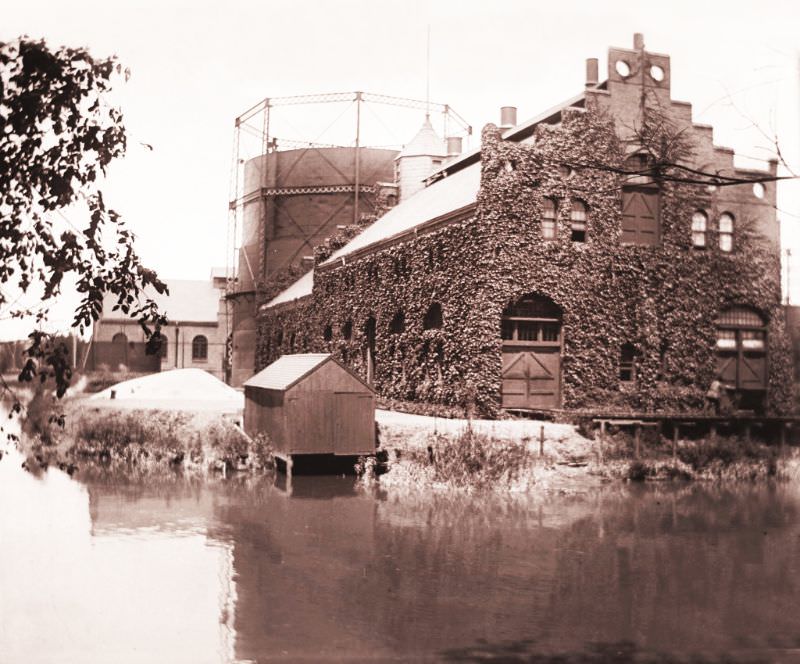
#3 Trolley car to West Farms, the Bronx, 1900
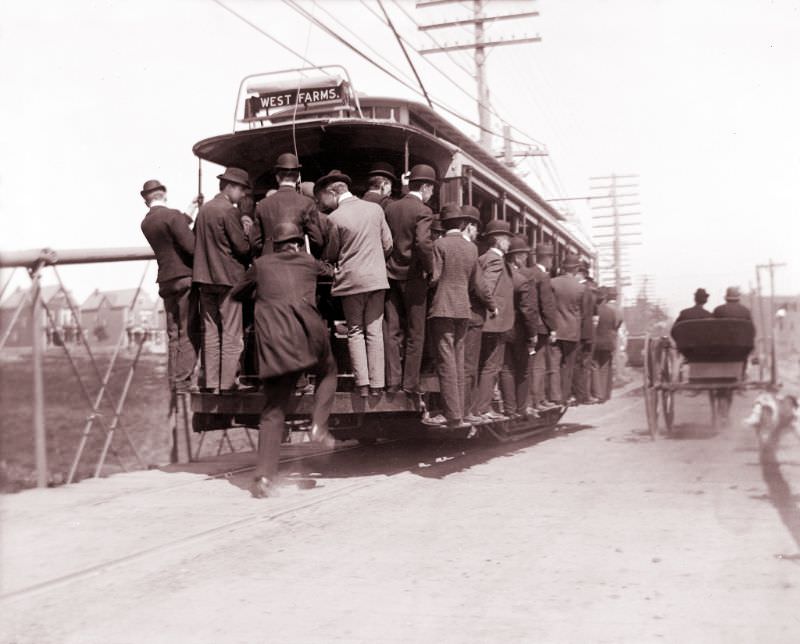
#4 2513 Webster Avenue, the Bronx, 1902
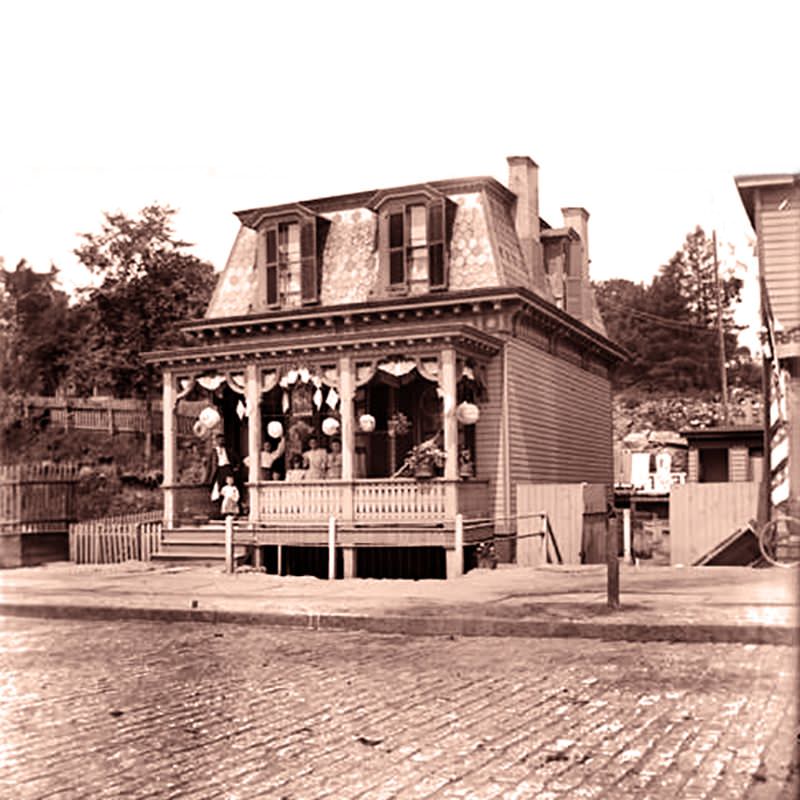
#5 Cole’s Store, 2517 Webster Avenue, south of Fordham Road, the Bronx, 1902
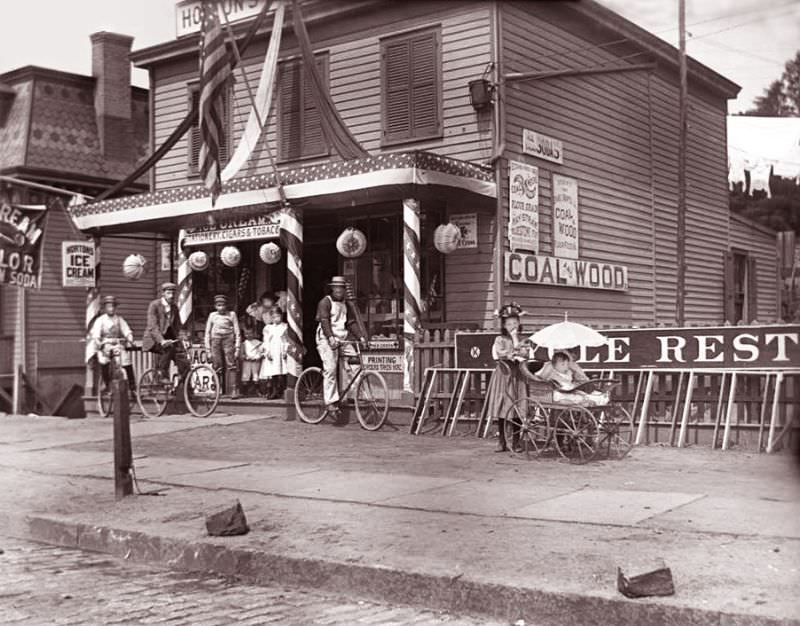
#6 Curling, Van Cortlandt Lake, the Bronx, 1902
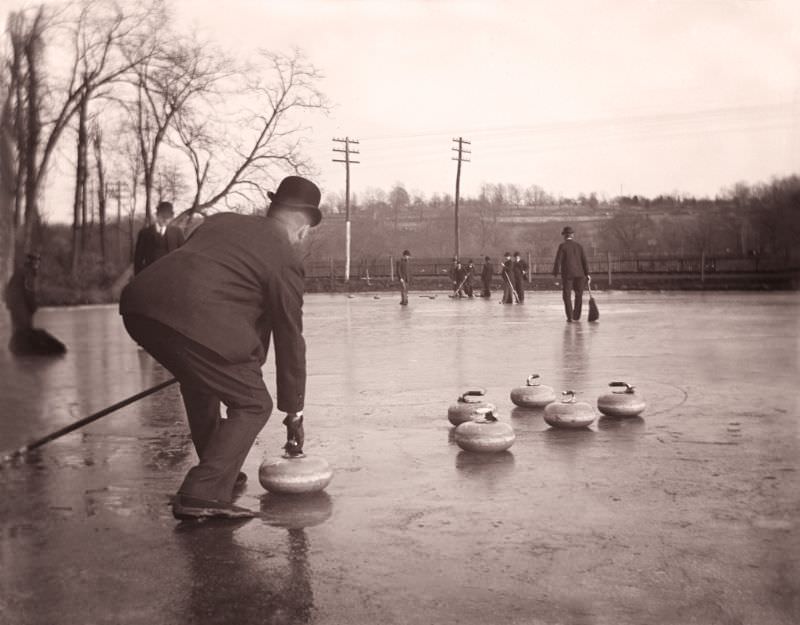
#7 M. & C. Uhly Delicatessen, 749 East Tremont Avenue (now renumbered 483 East Tremont with a new building), the Bronx, 1902
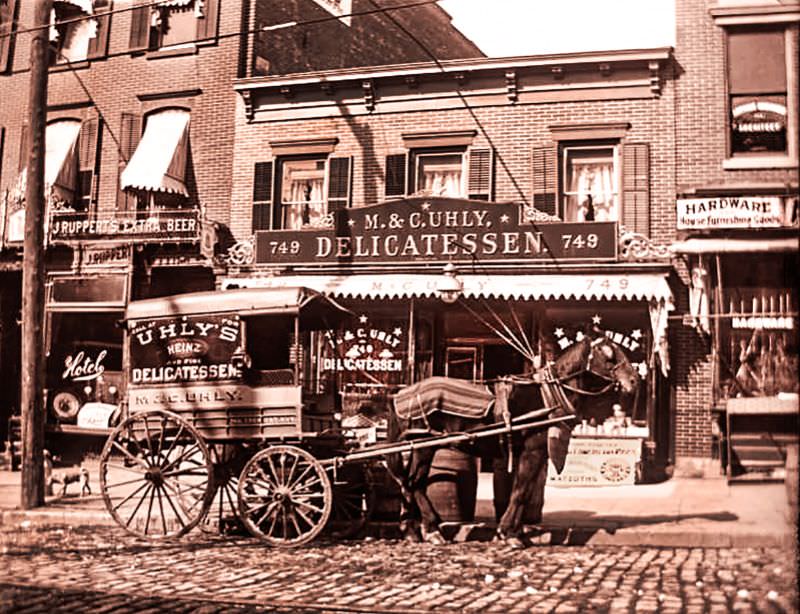
#8 Sunday school parade, Tremont section of the Bronx, 1902
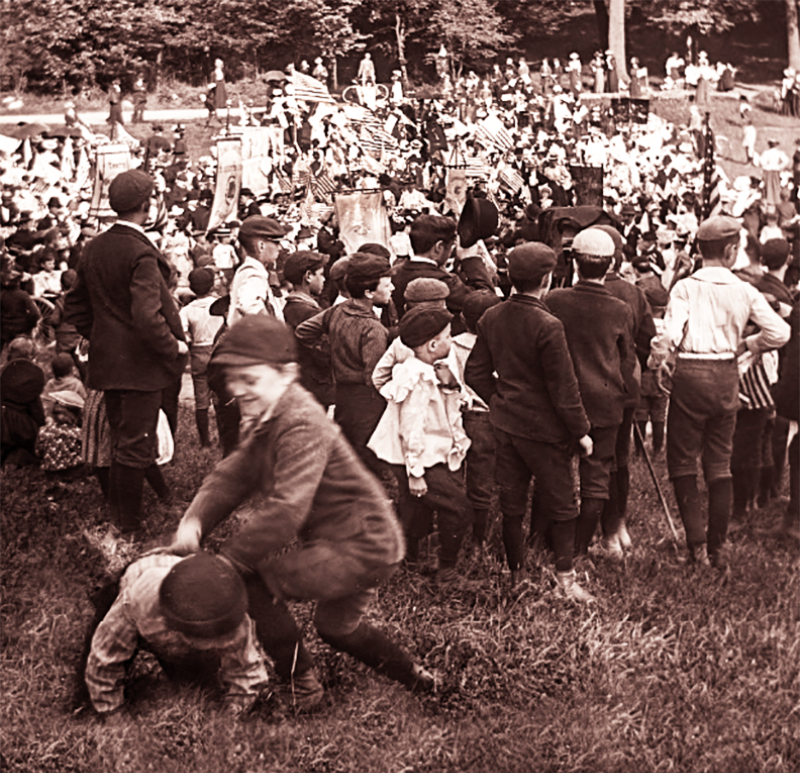
#9 H.N. Worth Fish & Oyster Market, 767 (now 505) East Tremont Avenue, the Bronx, 1904
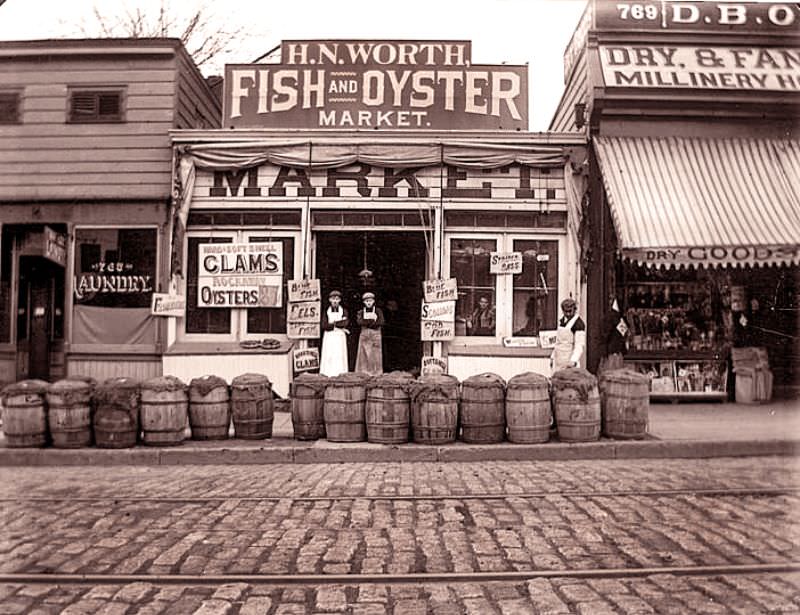
#10 Present-day East Tremont Avenue, the fields later became Parkchester, Westchester Square, the Bronx, 1905
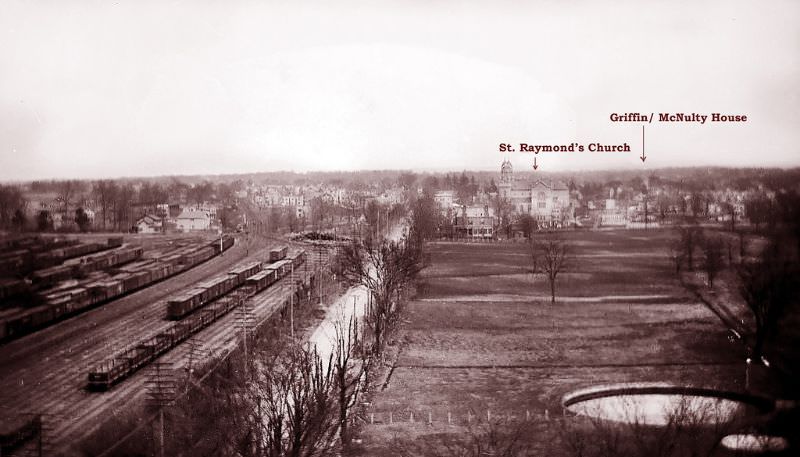
#11 Williamsbridge looking towards Gun Hill Road, Bronx, NY, with roadside billboards, 1907.
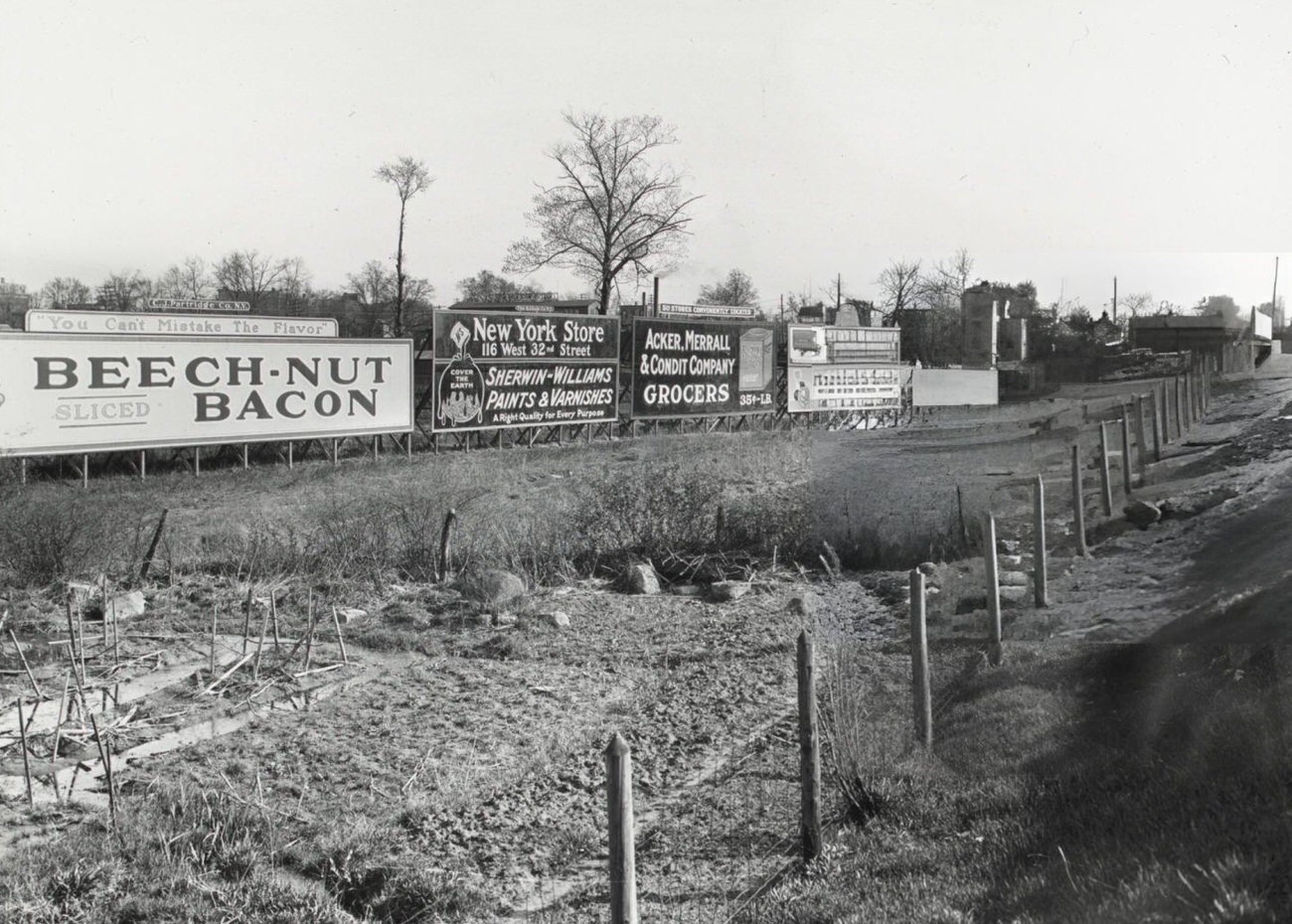
#12 Third Avenue Bridge over the Harlem River, viewed from the southwest with JL Mott Iron Works on the Bronx side, 1900s
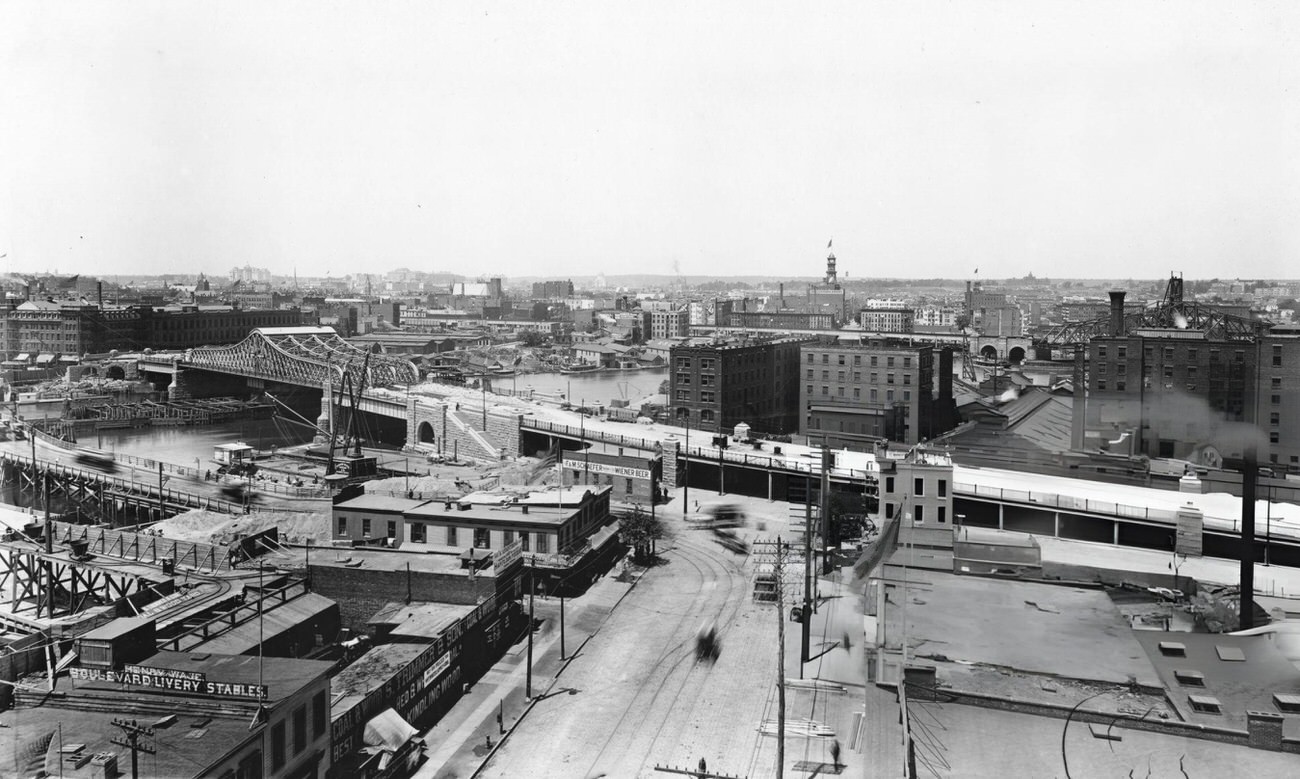
#13 Willis Avenue Bridge over the Harlem River with a railroad yard in the foreground, Bronx, 1900s
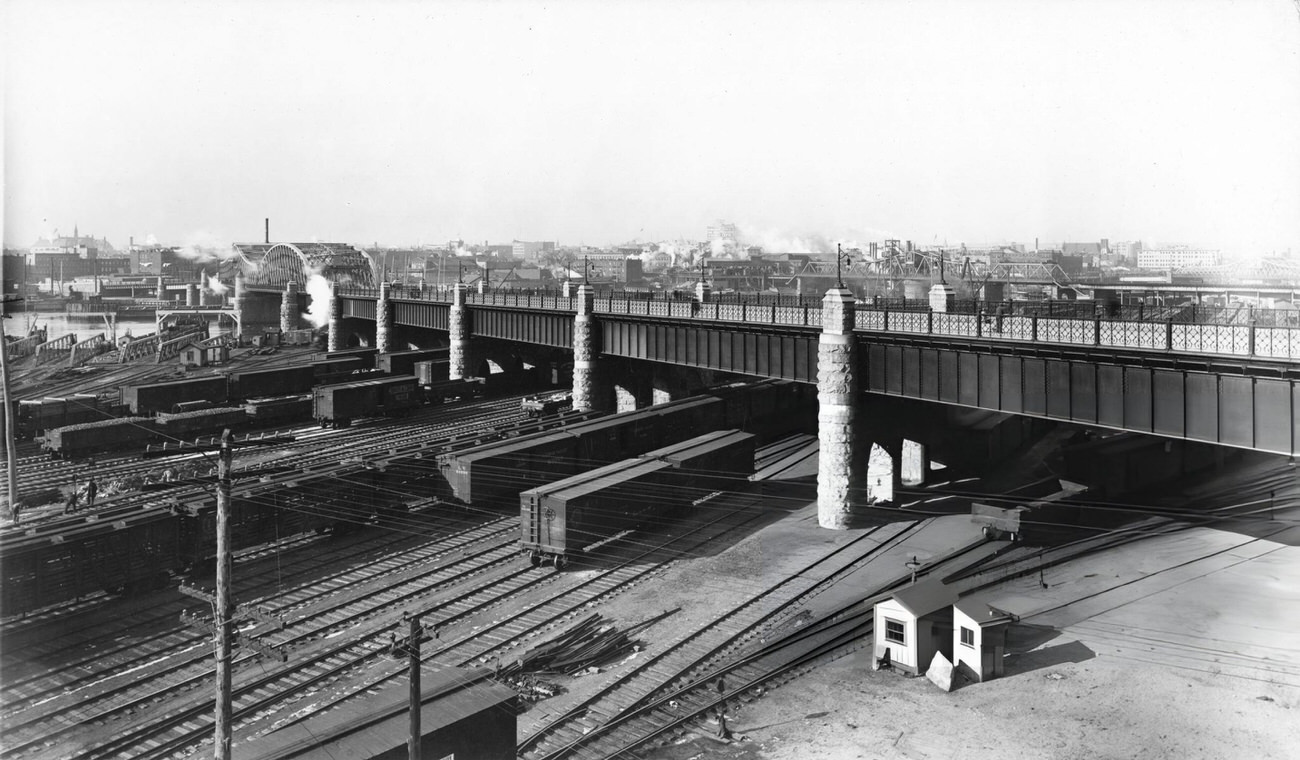
#14 Grounds of Gouverneur Morris’ residence on 132nd Street, Port Morris, Bronx, 1905.
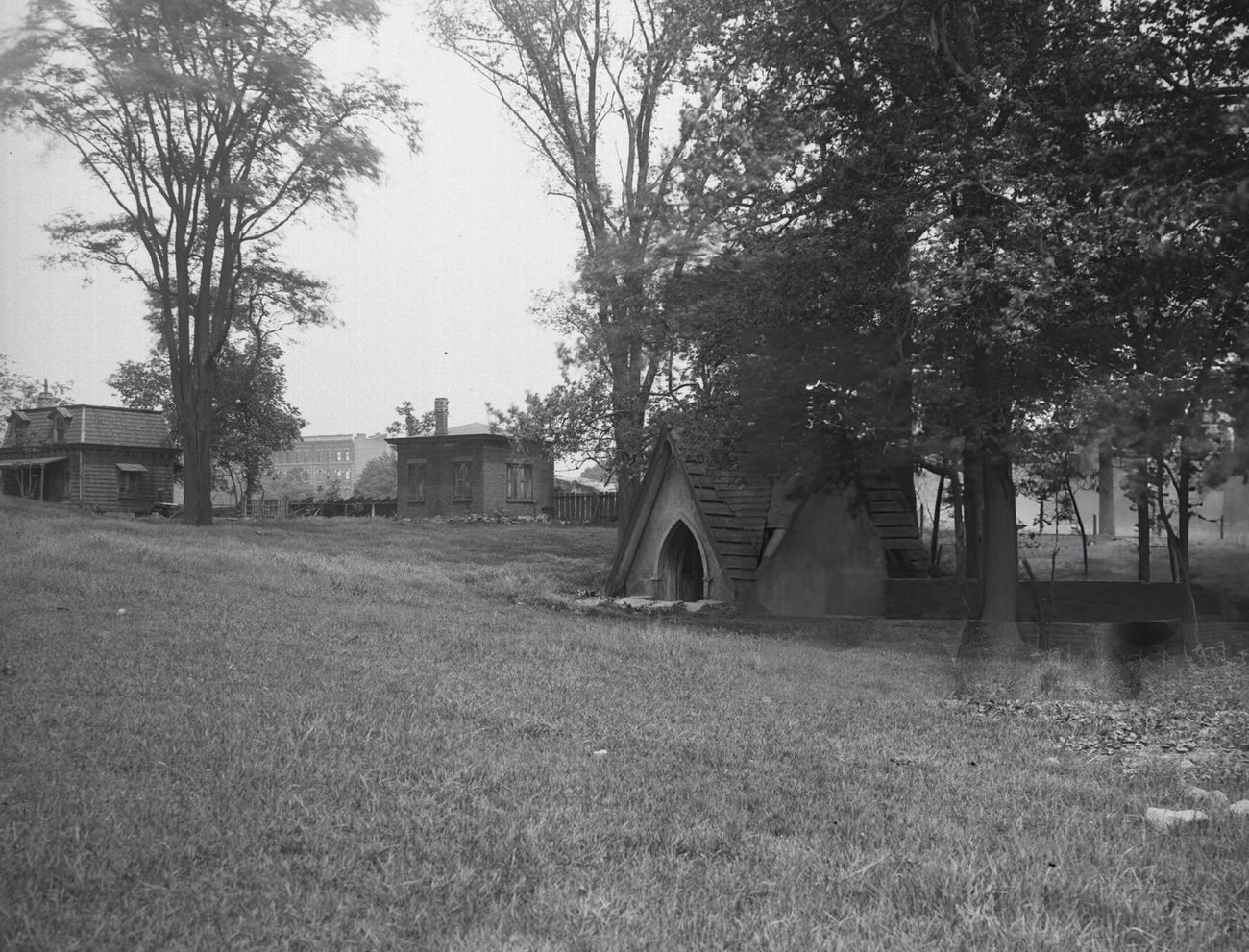
#15 Gouverneur Morris’ residence on 132nd Street, Port Morris, Bronx, 1905.
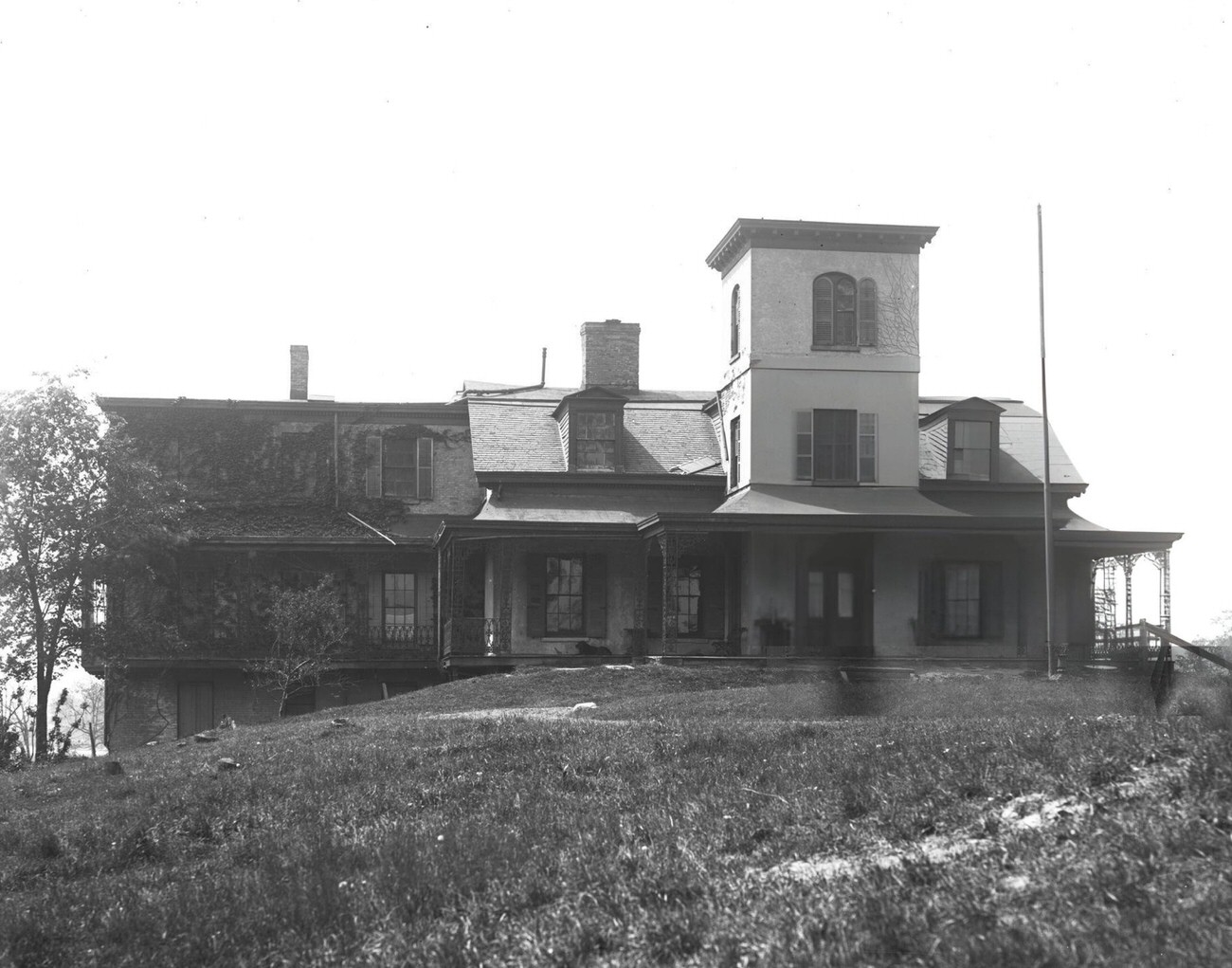
#16 Gouverneur Morris’ residence on 132nd Street, Port Morris, Bronx, 1905.
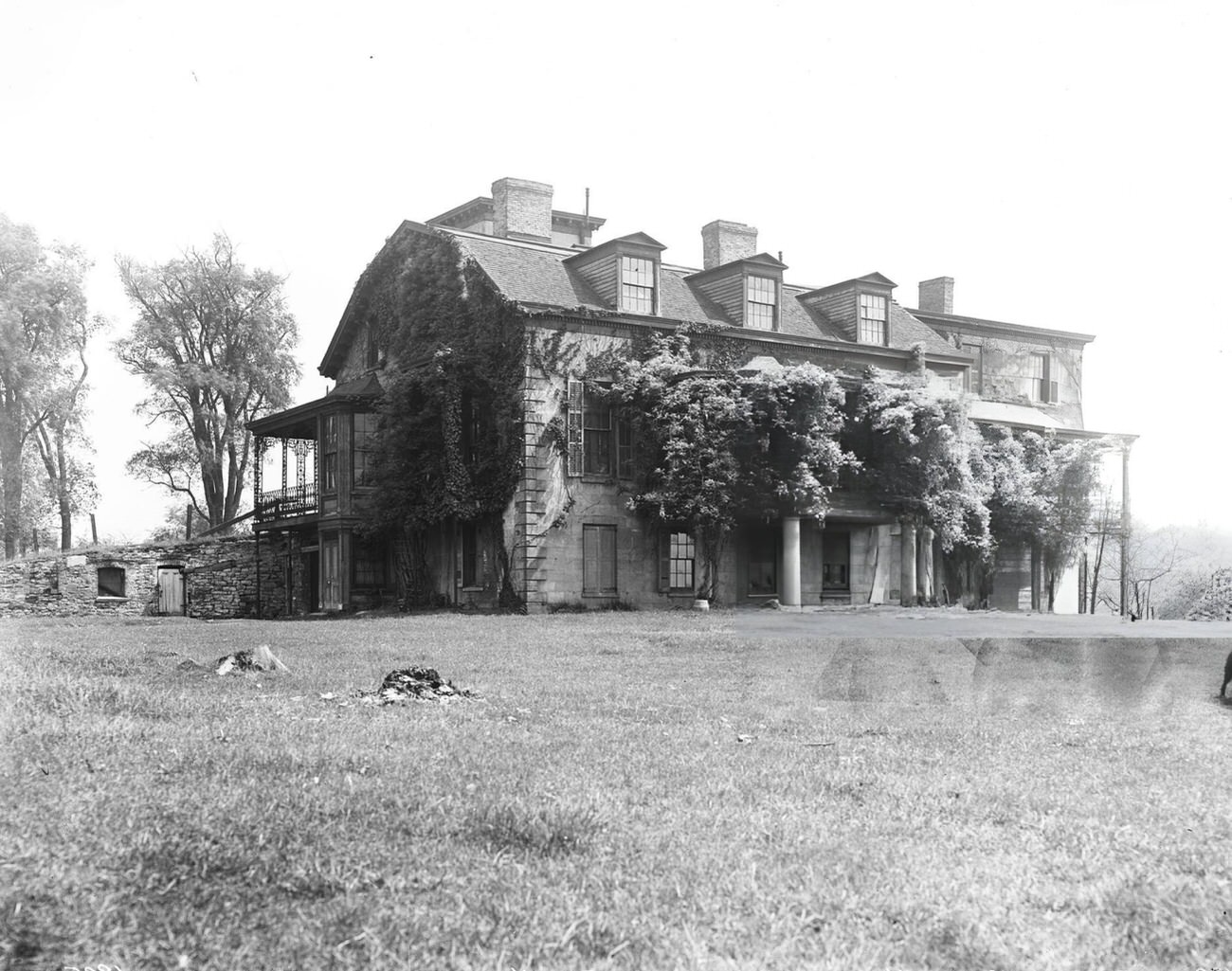
#17 St. Raymond’s Catholic Church on Castle Hill Avenue, Tremont Avenue, Bronx, 1905.
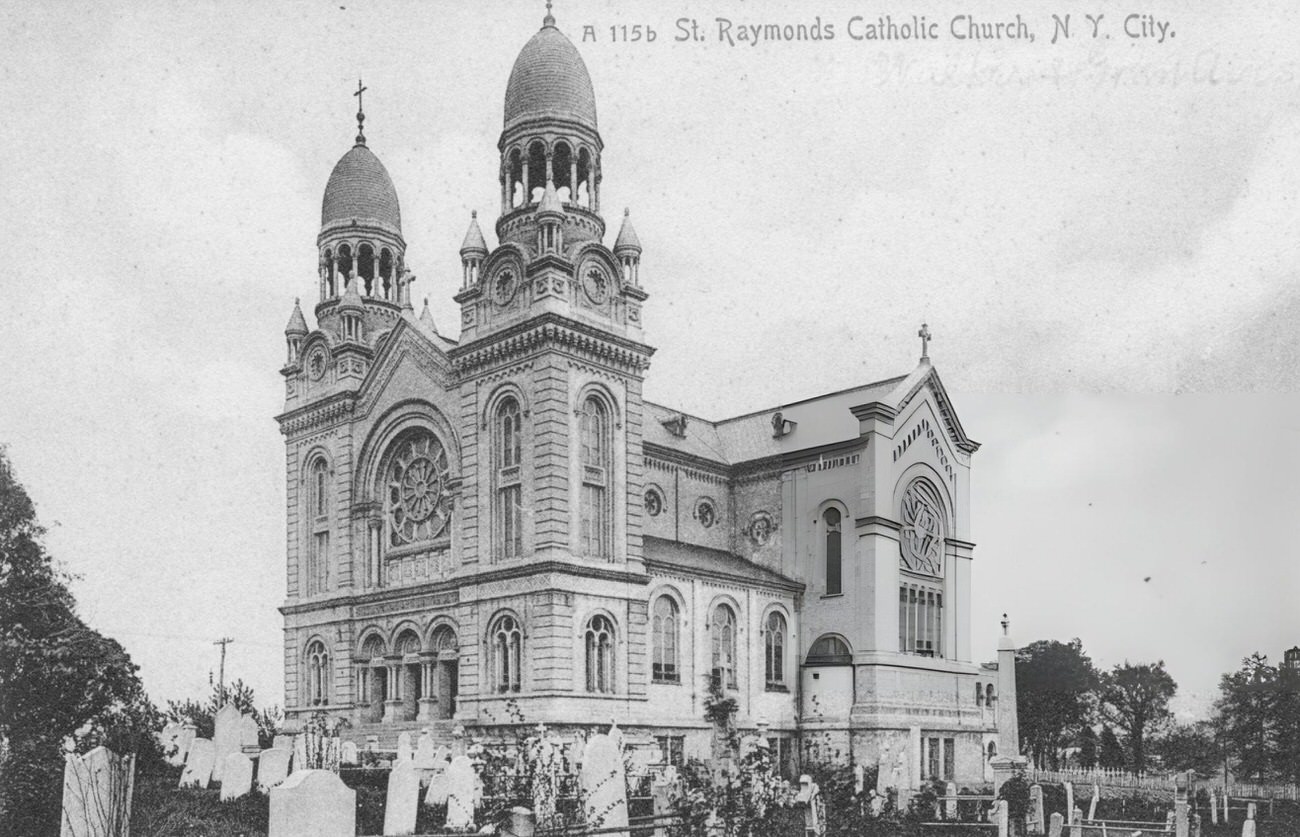
#18 Gould Hall, New York University (now part of Bronx Community College), Bronx, 1904.
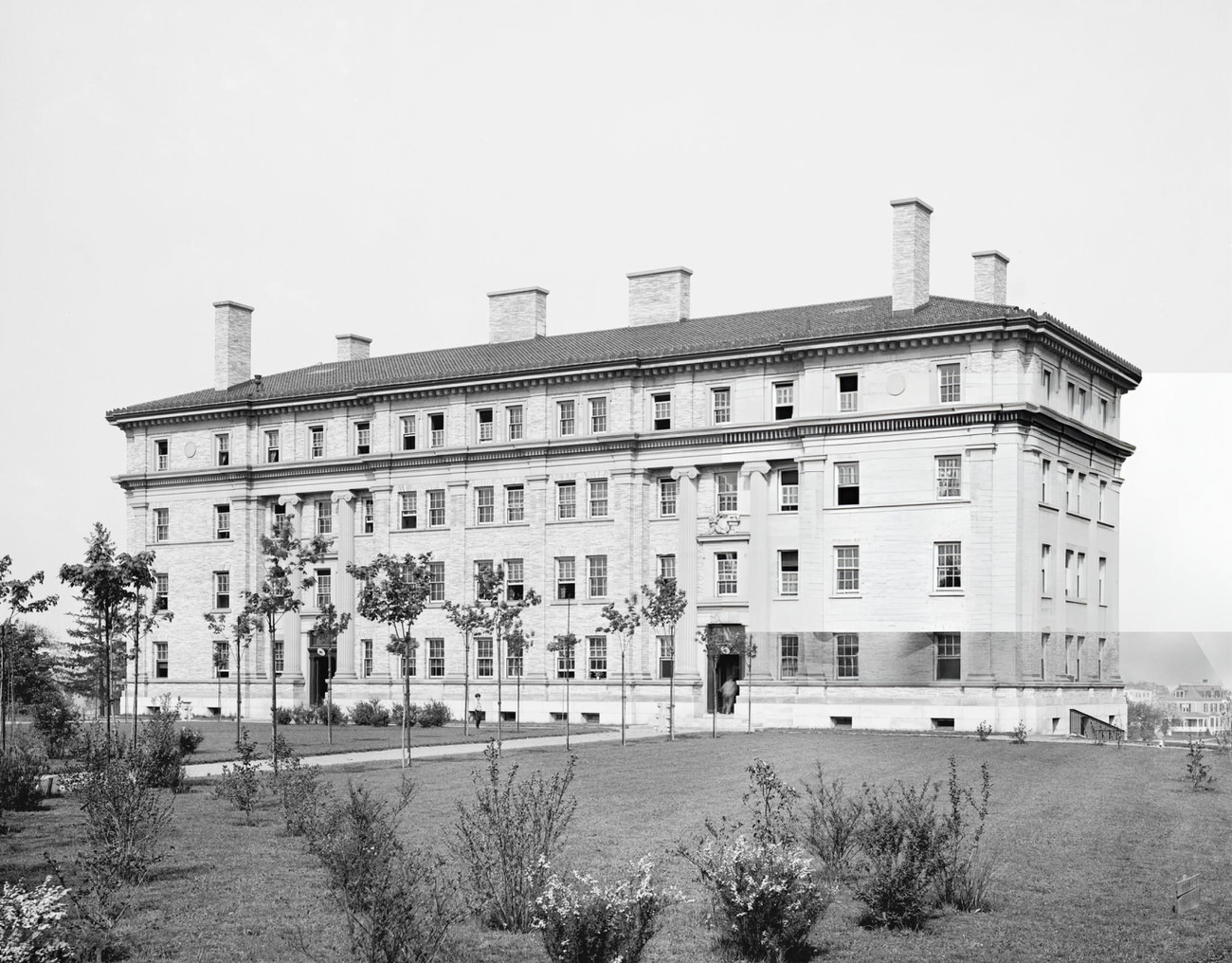
#19 Third Avenue Bridge over the Harlem River, viewed from the southeast, 1900s
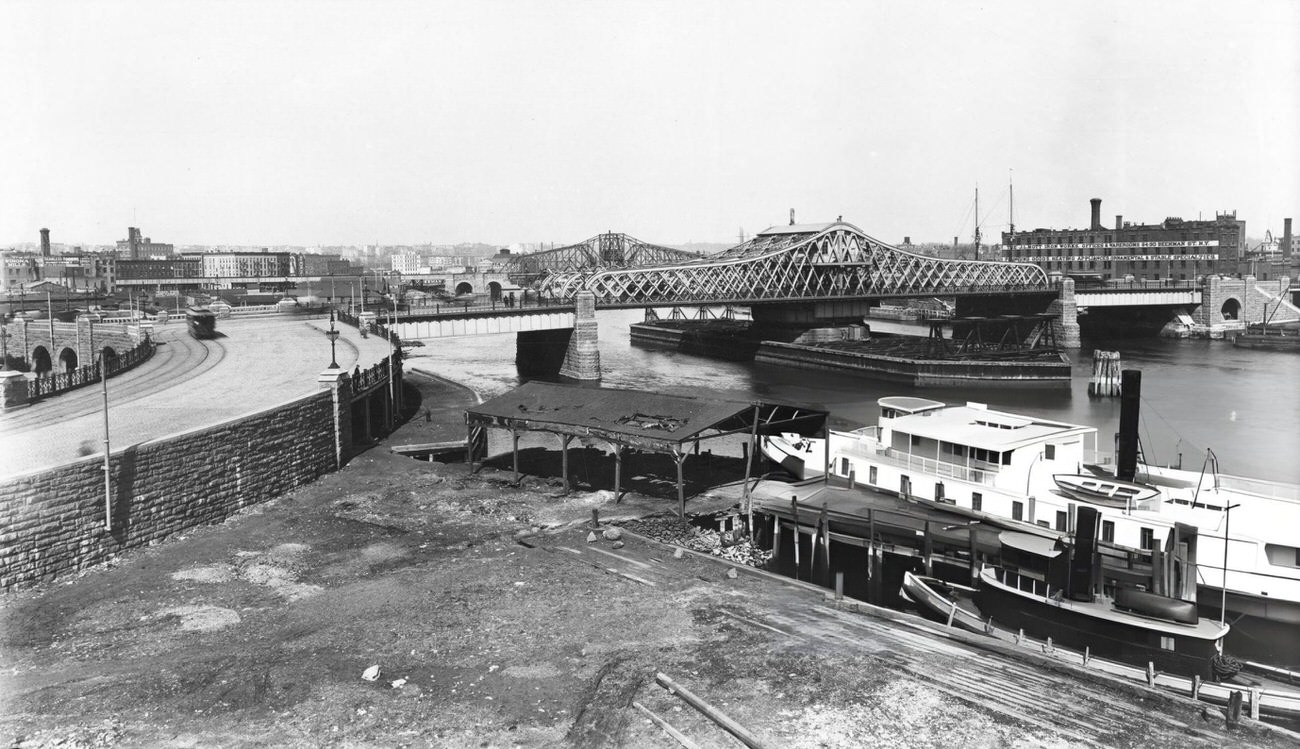
#20 Uptown campus of New York University library and Hall of Fame for Great Americans, Bronx, 1900s.
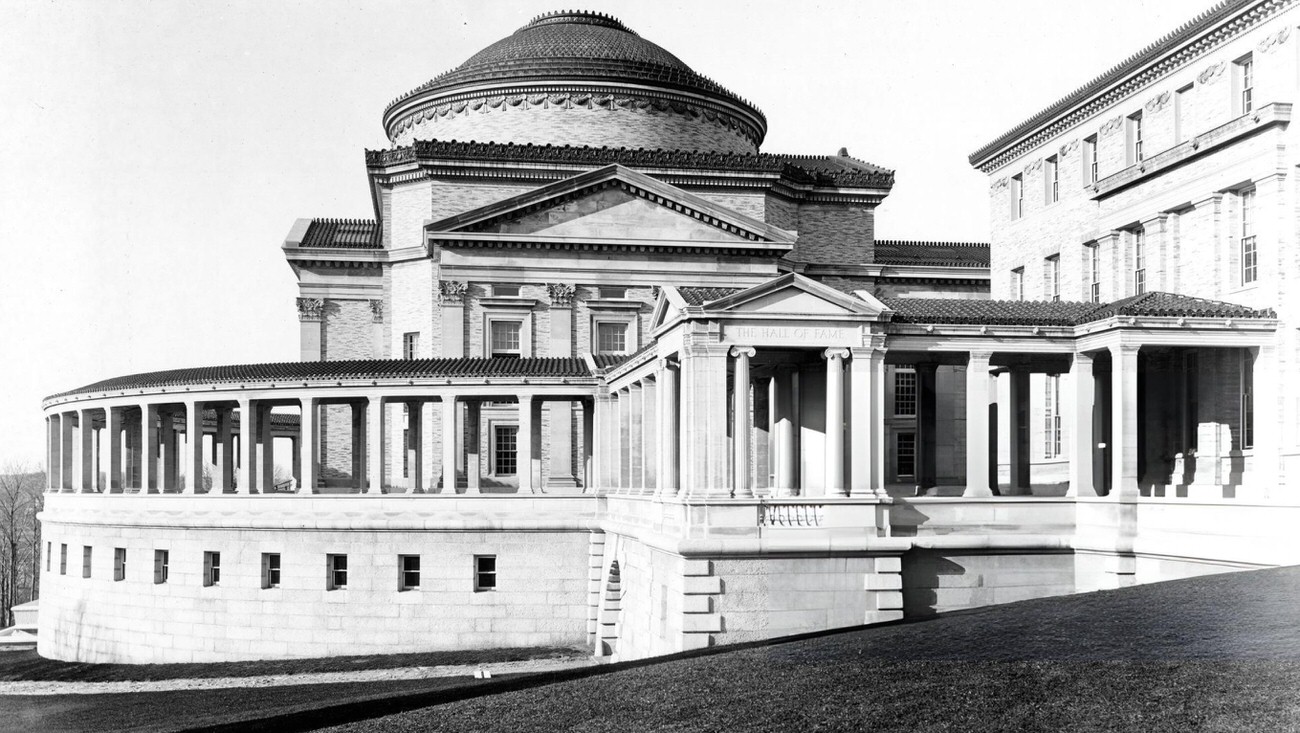
#21 Wakefield area before reclamation, showing a swamp, Bronx, 1907.
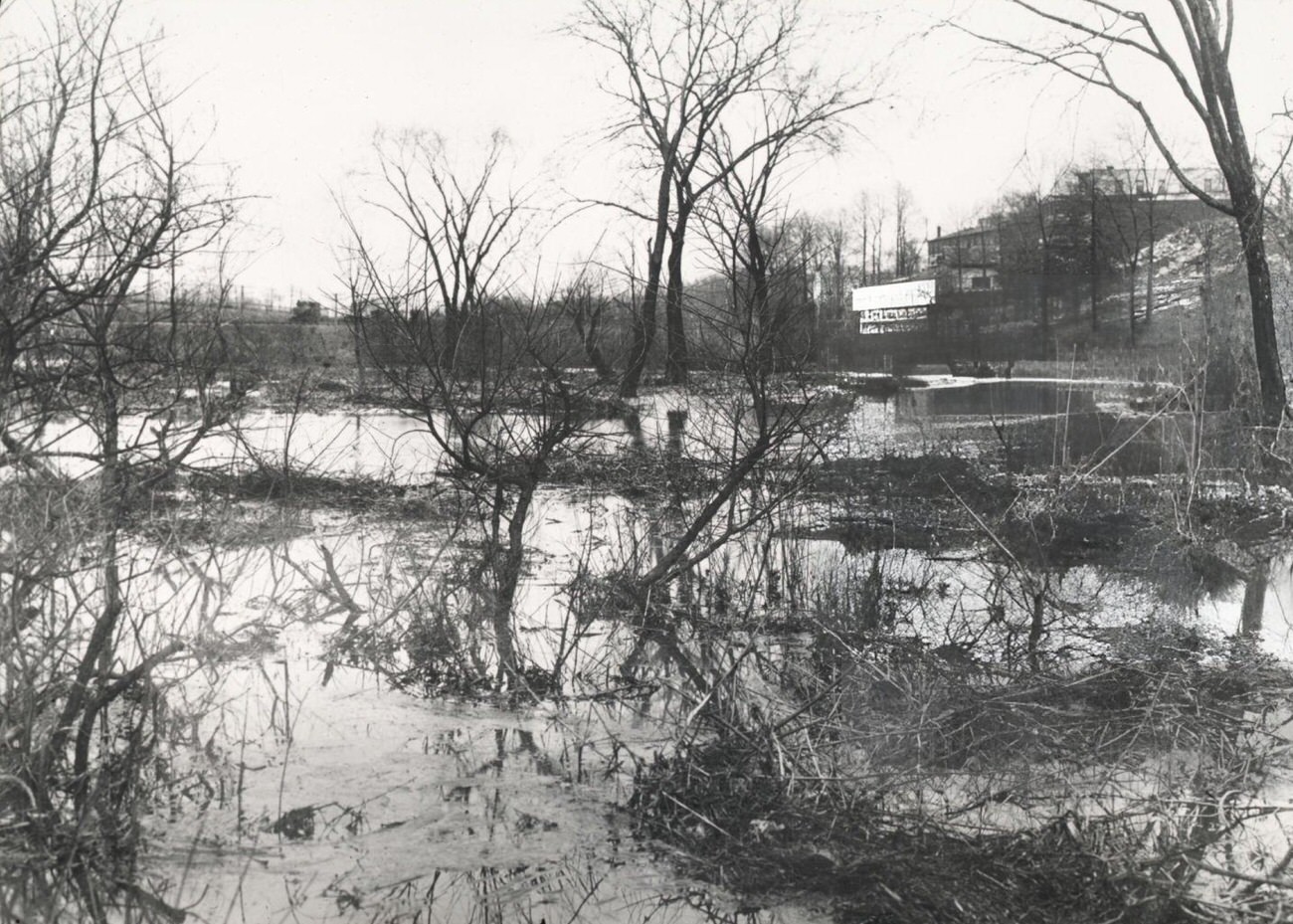
#22 Bronx Parkway, possibly the earliest limited-access automobile highway in the US, Bronx, 1900s
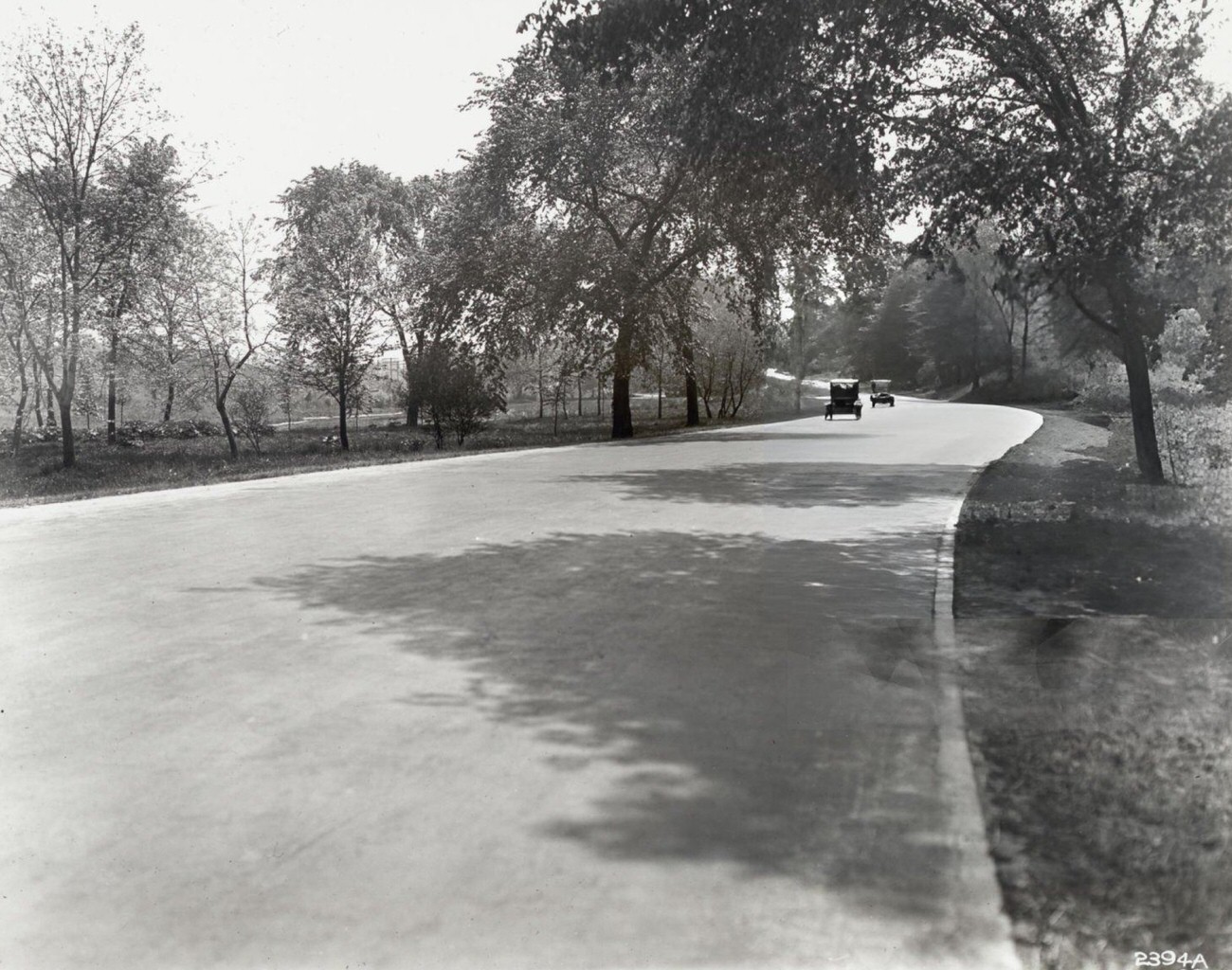
#23 Bronx Parkway Commission headquarters after renovation from a factory, Bronx, 1900s

#24 Factory before conversion to Bronx Parkway Commission headquarters, Bronx, 1907.
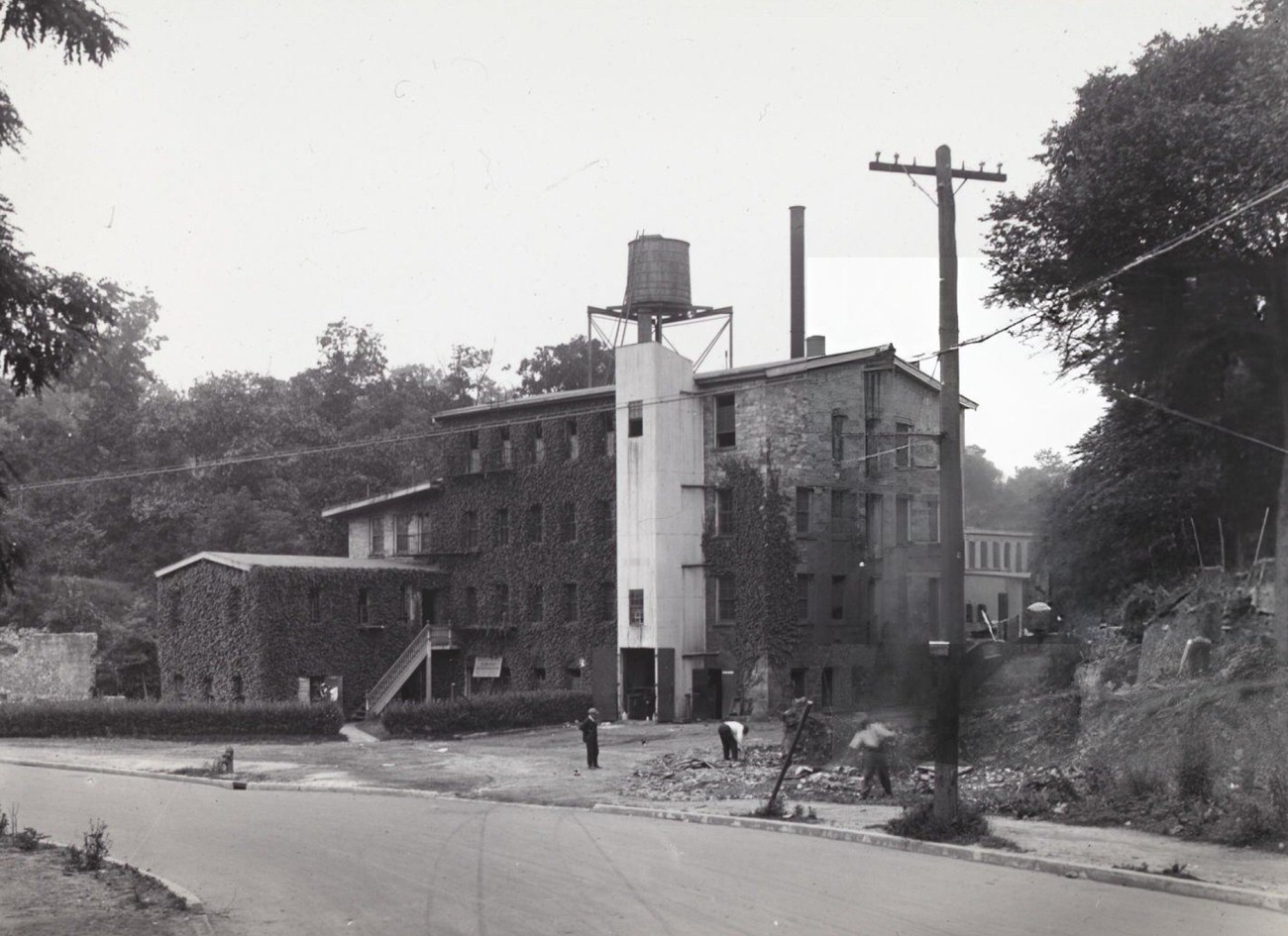
#25 A block of row houses and commercial storefronts in Tremont, Bronx, 1902.
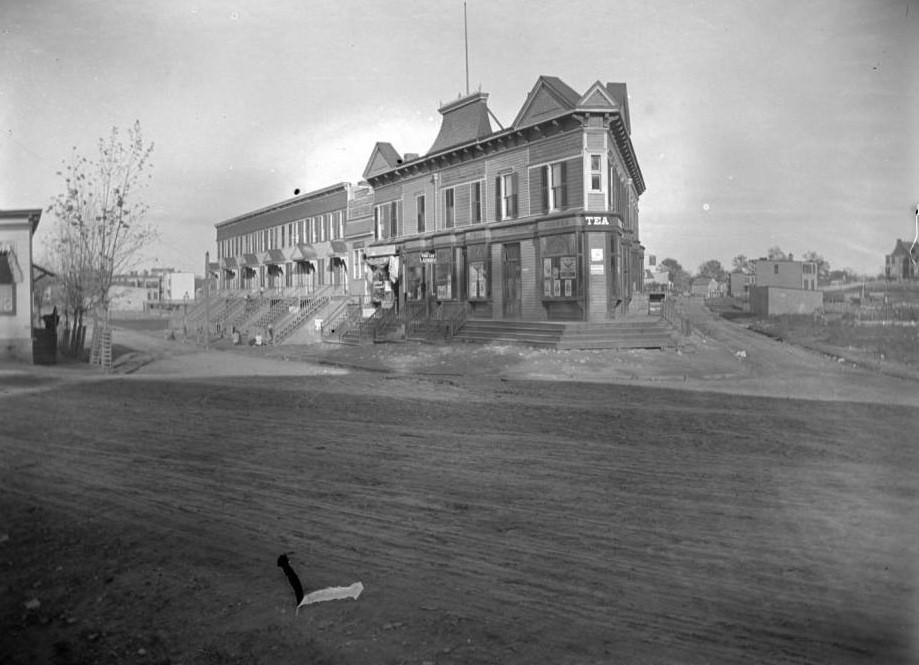
#26 A block of row houses in Tremont, Bronx, 1902.
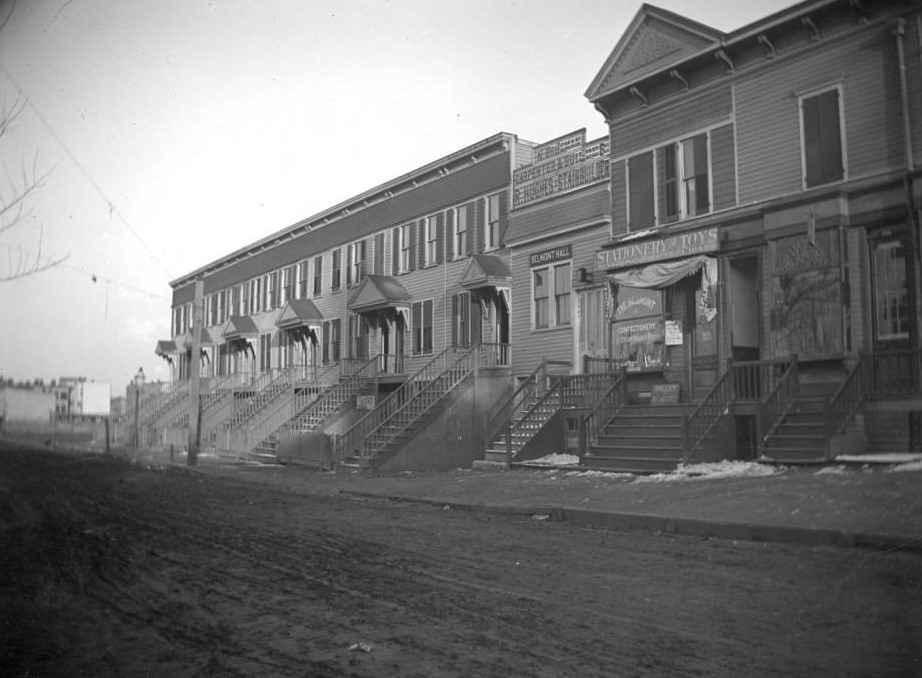
#27 P.S. 26 under construction at Andrews Avenue and Burnside Avenue, Bronx, 1902.
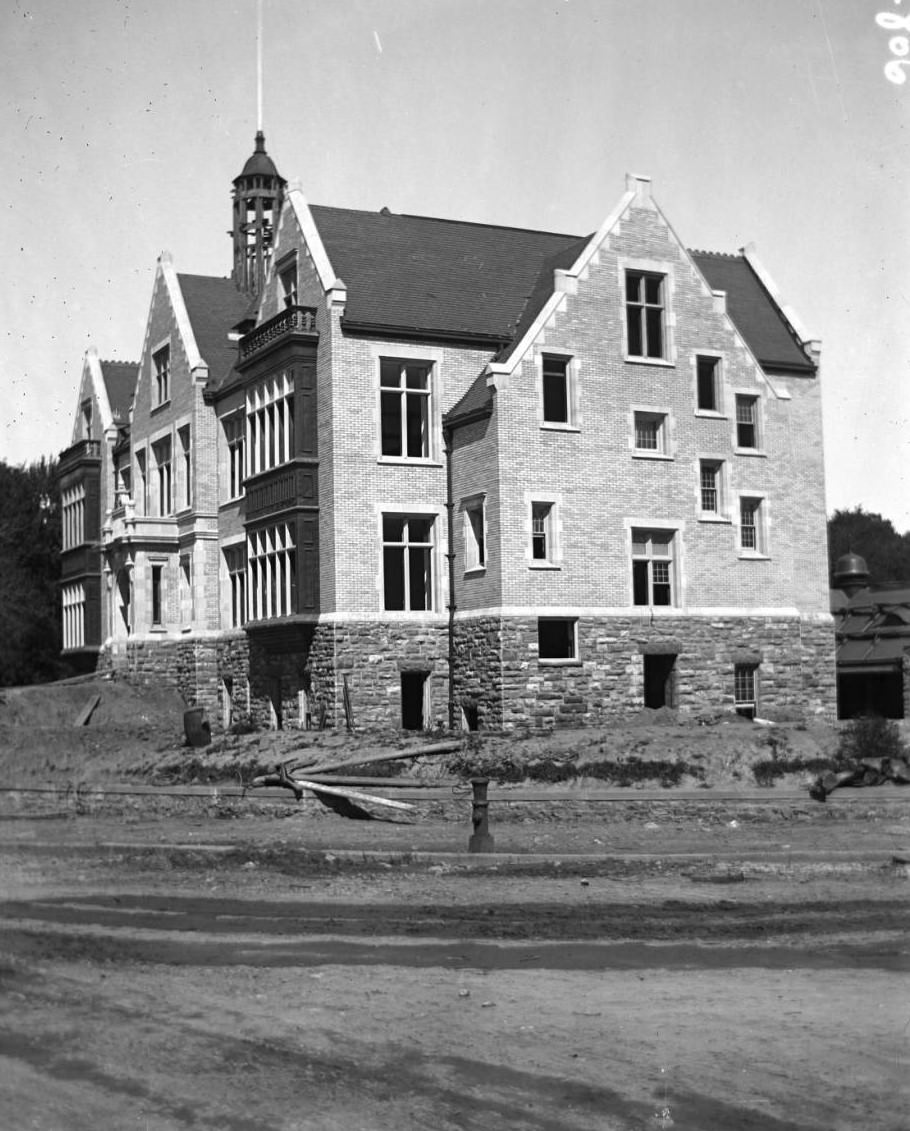
#28 Stone mansion in Tremont, Bronx, 1902.
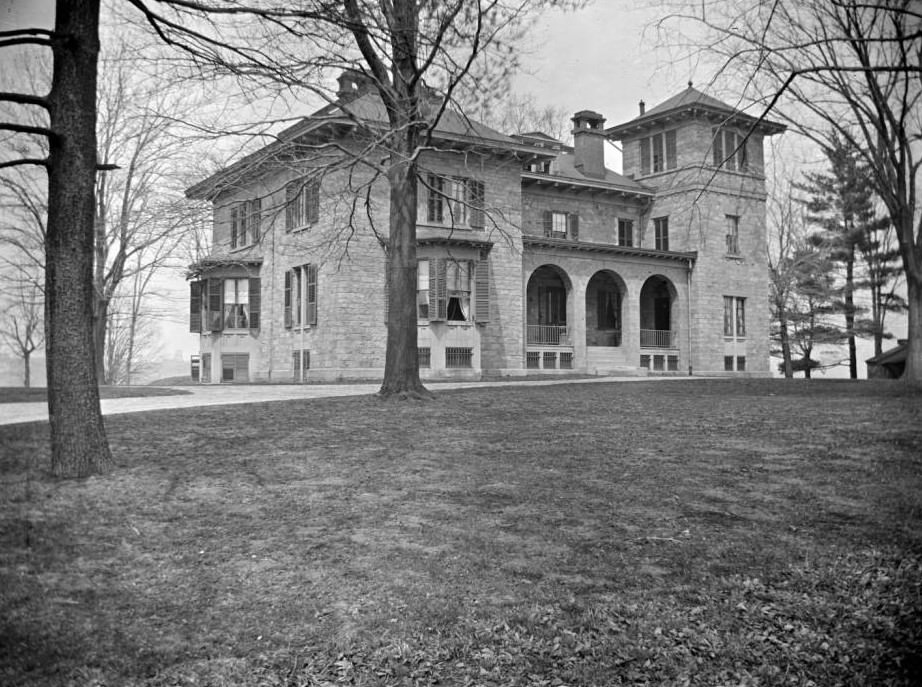
#29 M. & C. Uhly Delicatessen in Tremont, Bronx, 1902.
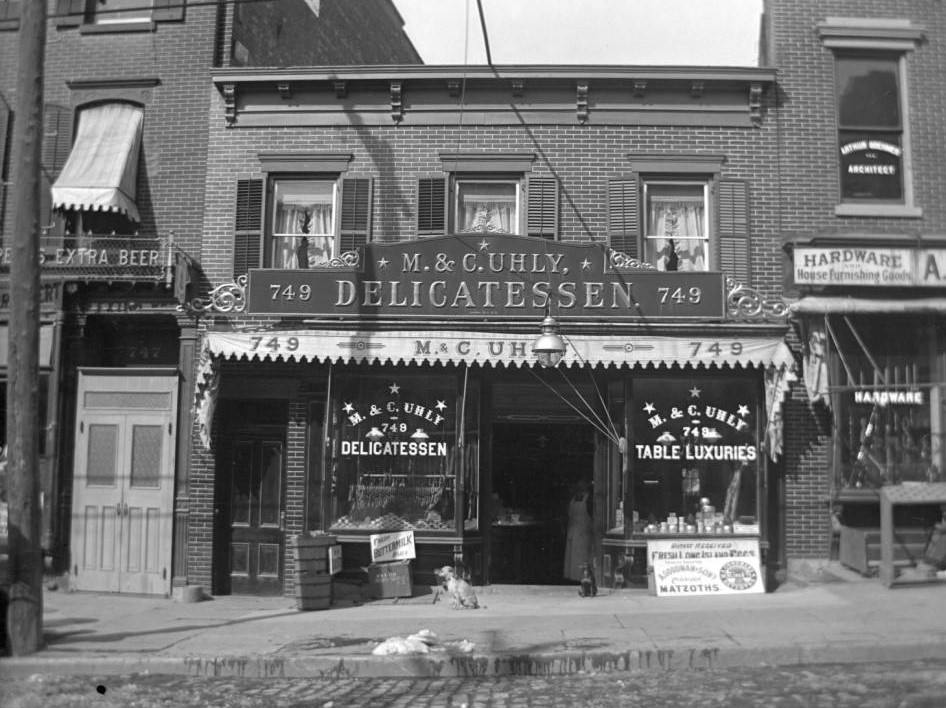
#30 A thoroughfare in Tremont, Bronx, 1902.
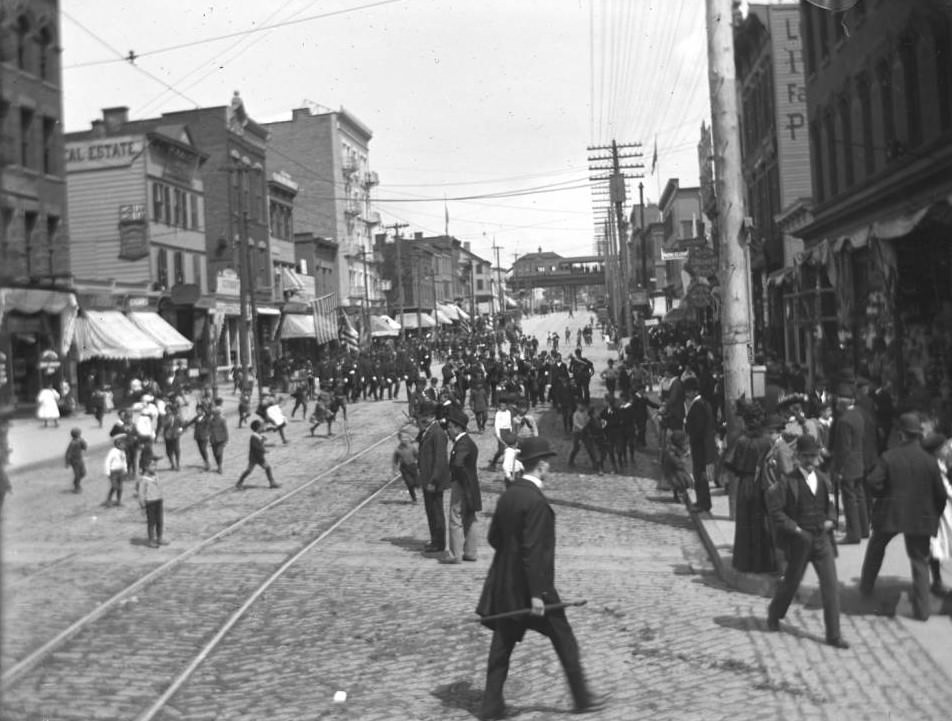
#31 H.N. Worth Fish & Oyster Market in Tremont, Bronx, 1902.
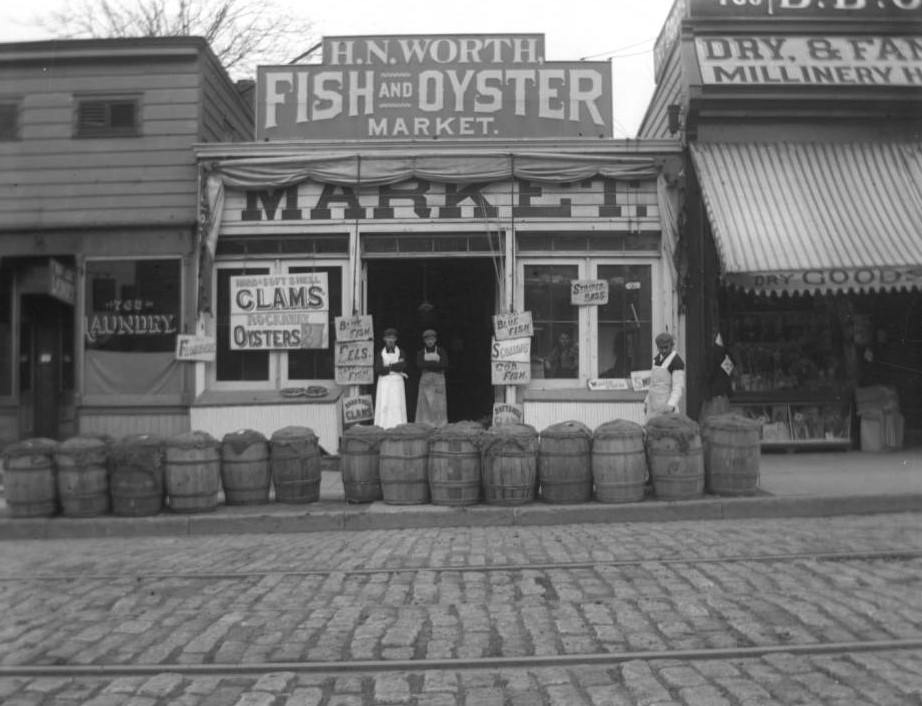
#32 H.N. Worth Fish & Oyster Market and Eaton’s Tremont Dairy in Tremont, Bronx, 1902.
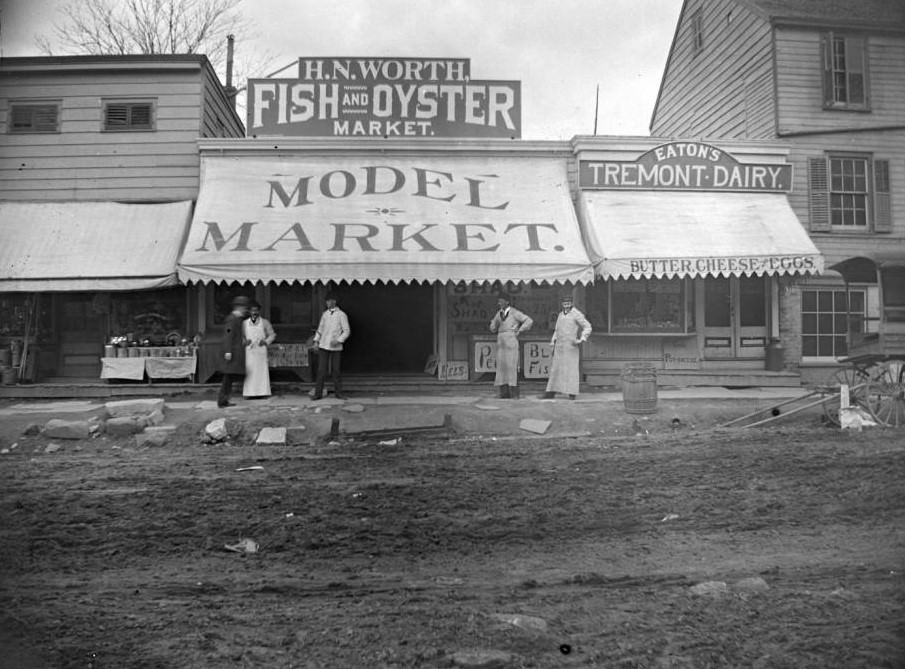
#33 Kaeppel & Company Real Estate Building in Tremont, Bronx, 1902.
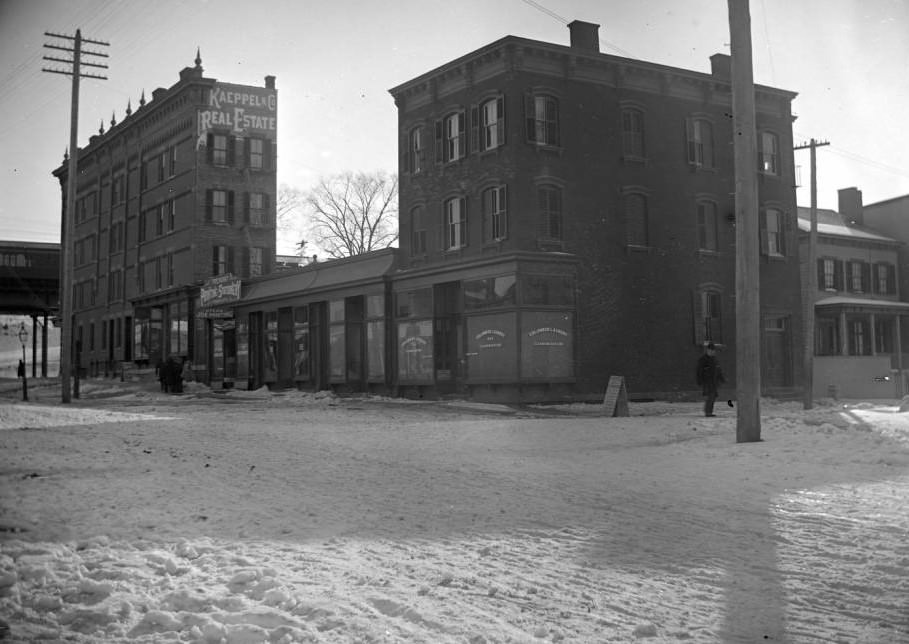
#34 S. Polak Cigars, H.N. Worth Fish & Oyster Market, and Eaton’s Tremont Dairy in Tremont, Bronx, 1902.
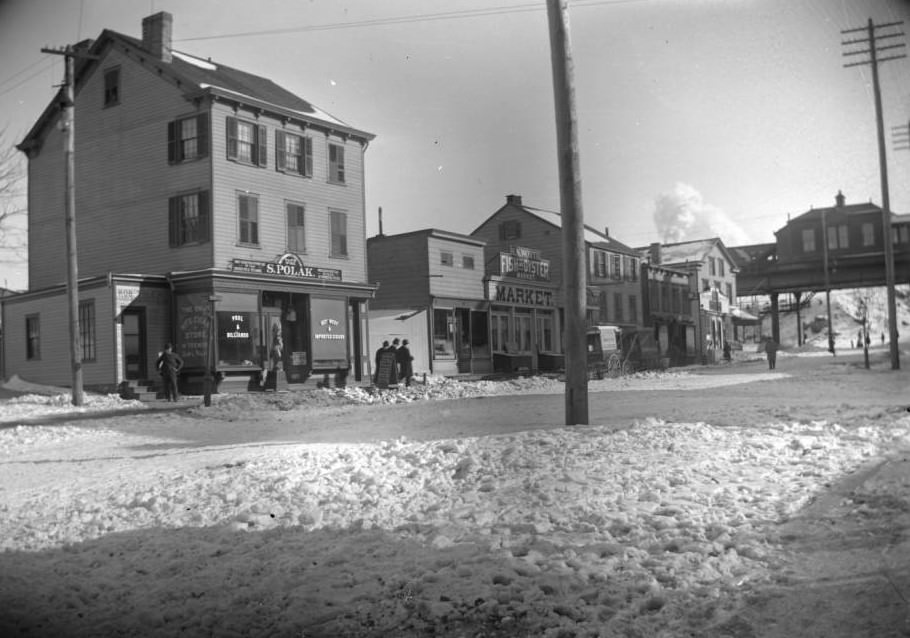
#35 An intersection in snow in Tremont, Bronx, 1902.
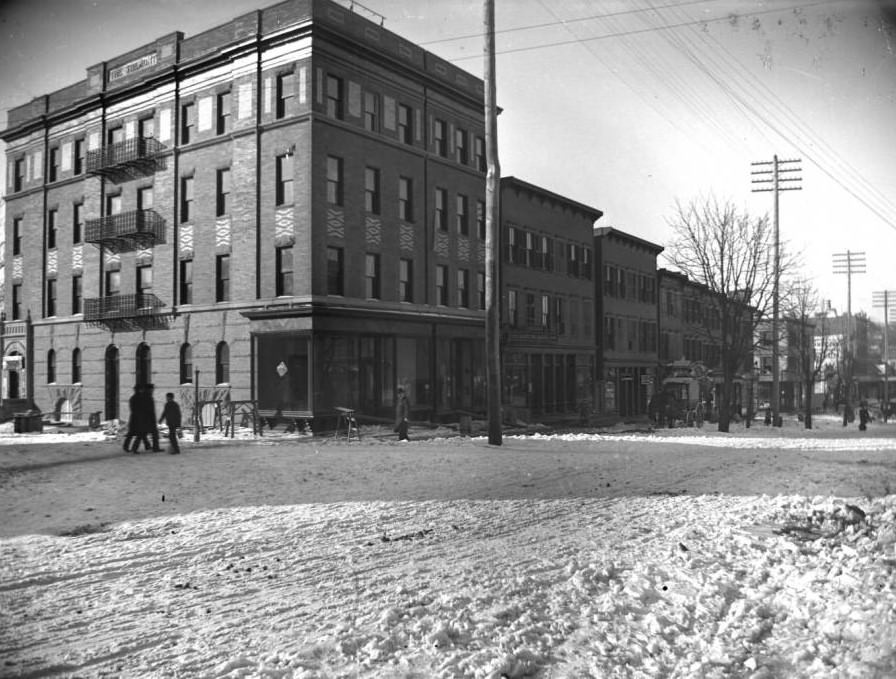
#36 Burned-out block of commercial buildings at Third Avenue and Fordham Road, Fordham, Bronx, 1902.
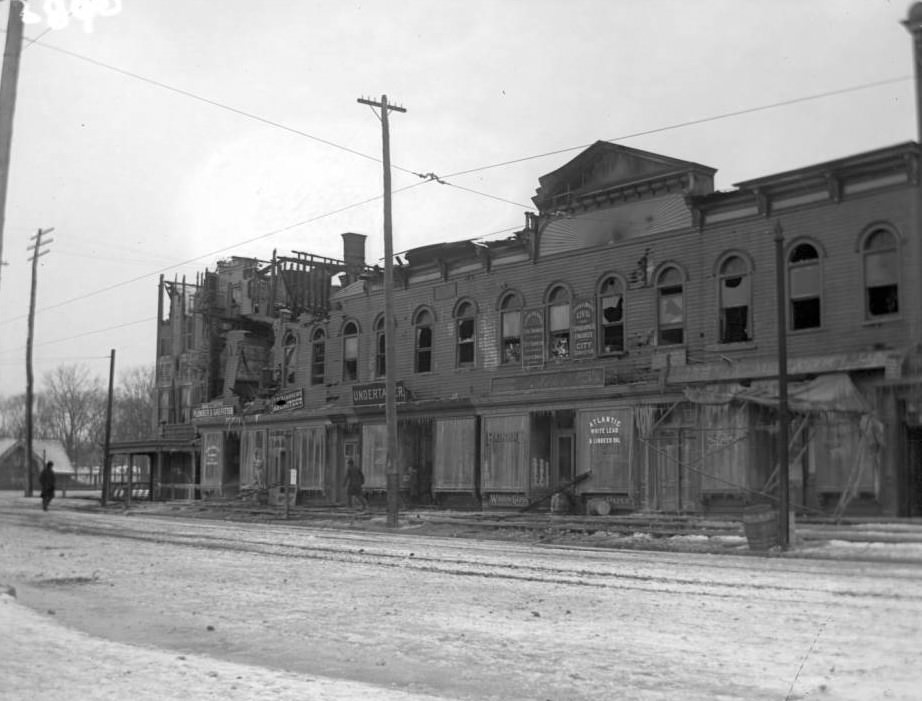
#37 The Kearns Hotel after a fire at Third Avenue and Fordham Road, Fordham, Bronx, 1902.
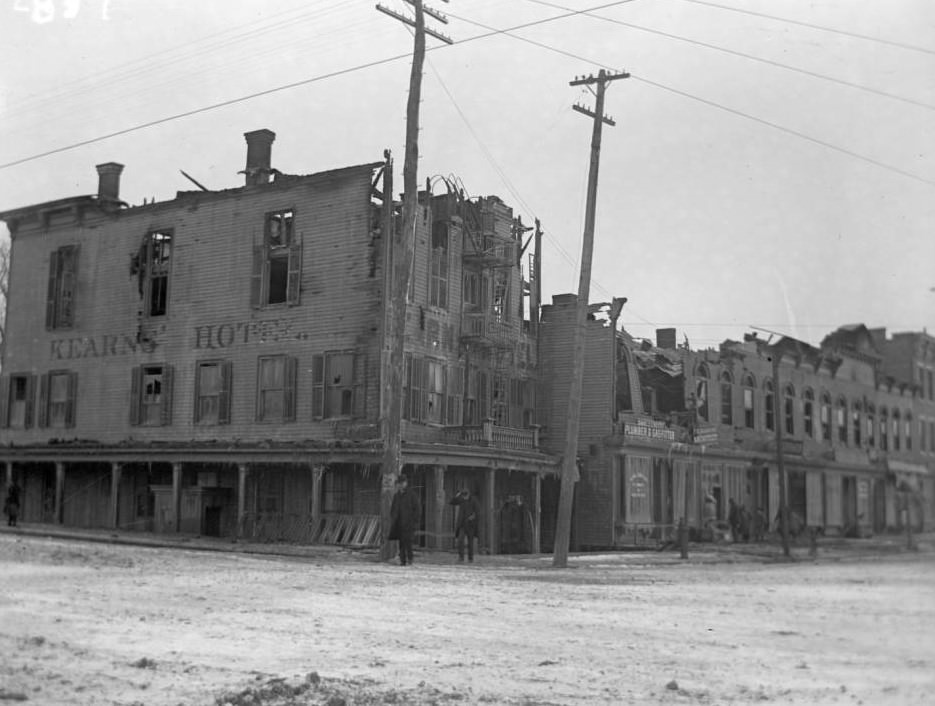
#38 Residence of Dr. Irving Balcom on Fordham Road near Kingsbridge Road, Fordham, Bronx, 1902.
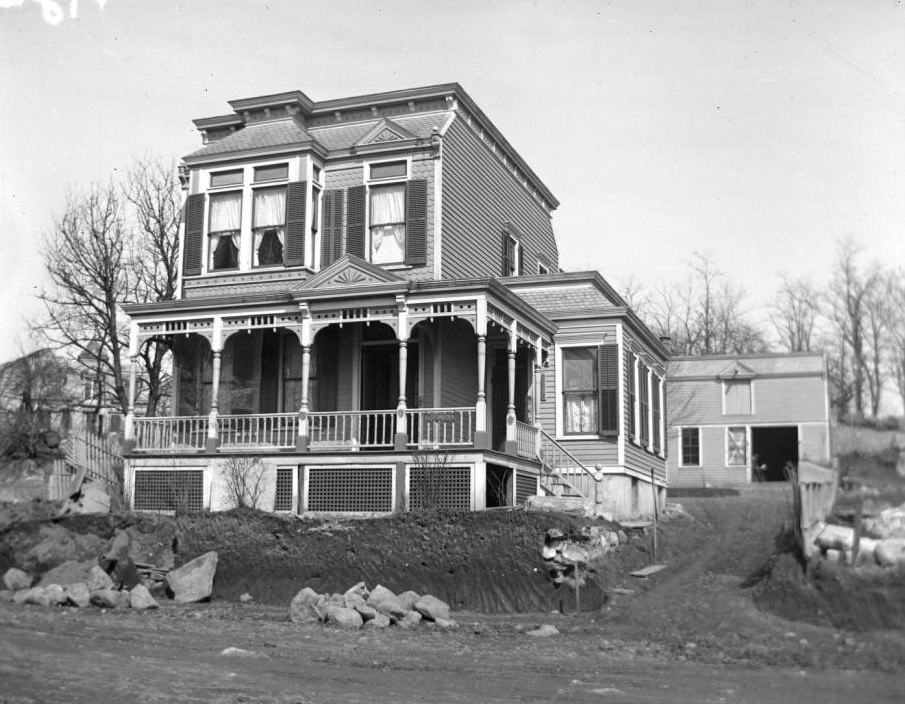
#39 Cole’s Store at 2517 Webster Avenue south of Fordham Road, Fordham, Bronx, 1902.
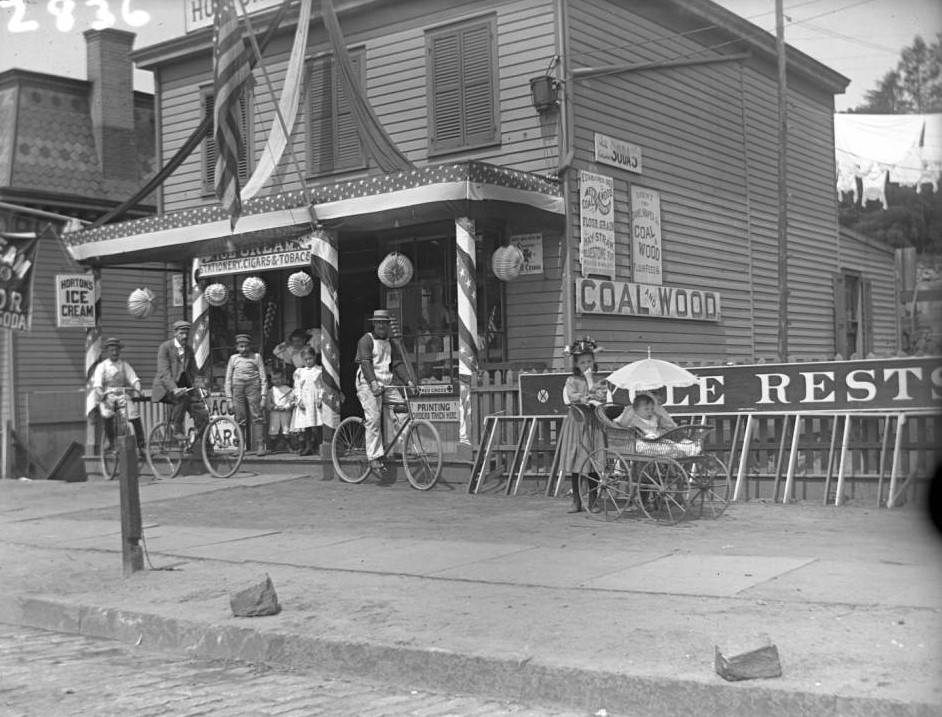
#40 2513 Webster Avenue south of Fordham Road, Fordham, Bronx, 1902.
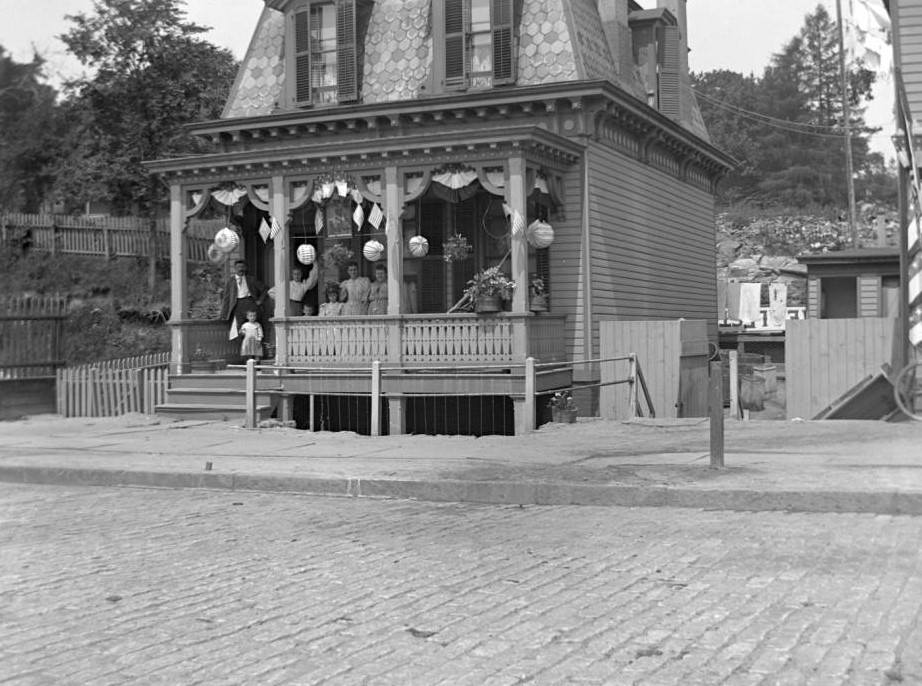
#41 Poe Cottage on Kingsbridge Road, Fordham, Bronx, 1902.
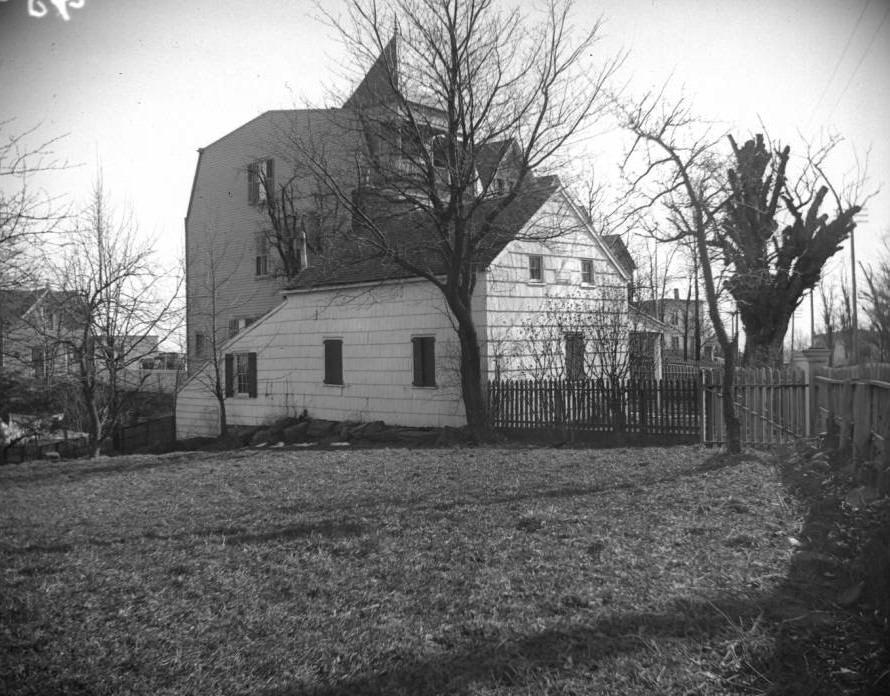
#42 Residence of Dr. Irving Balcom on Fordham Road near Kingsbridge Road, Fordham, Bronx, 1902.
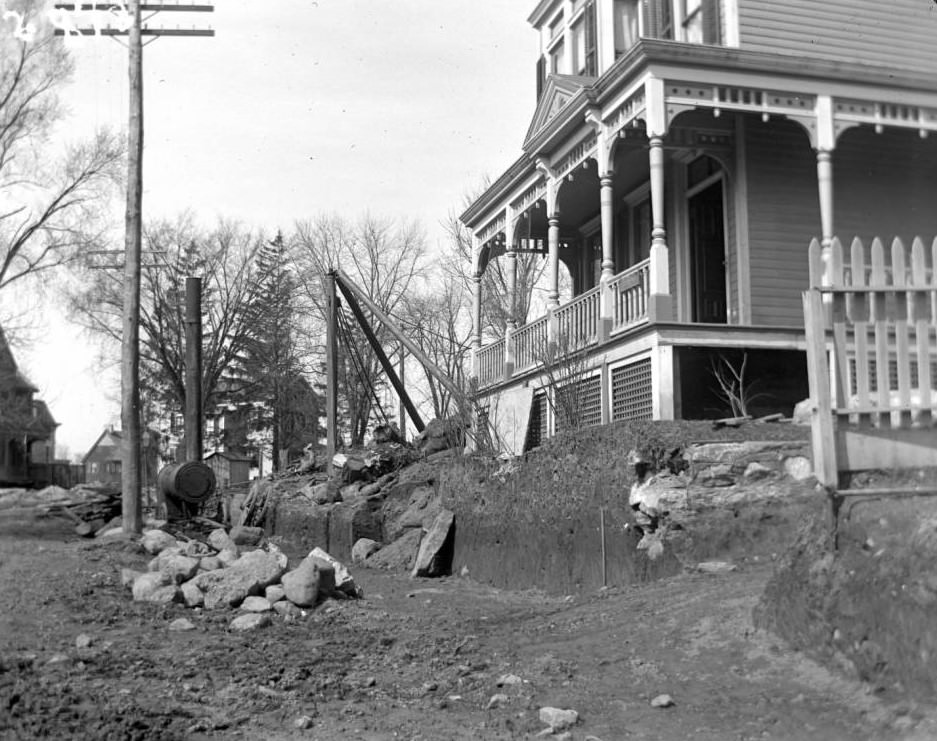
#43 P.S. 31, Bronx, 1900s
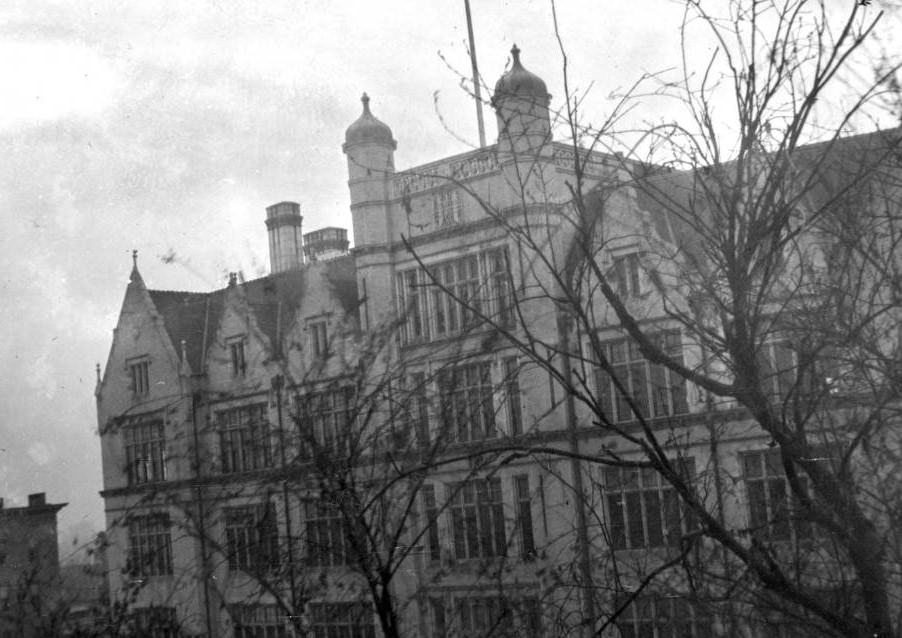
#44 Gouverneur Morris residence on 132nd Street, Port Morris, 1905
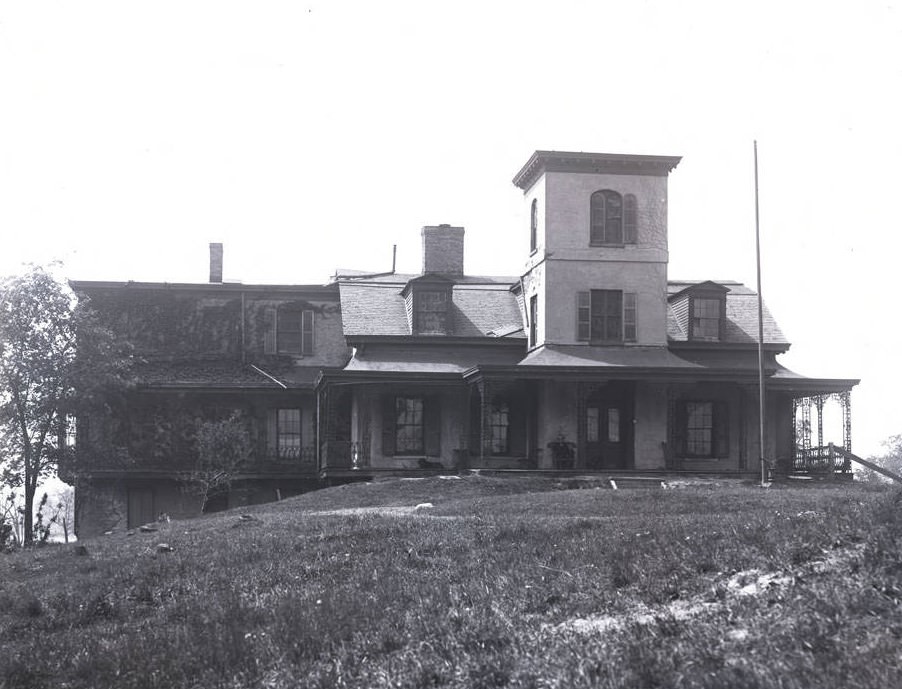
#45 River in the snow in Bronx Park, 1903.
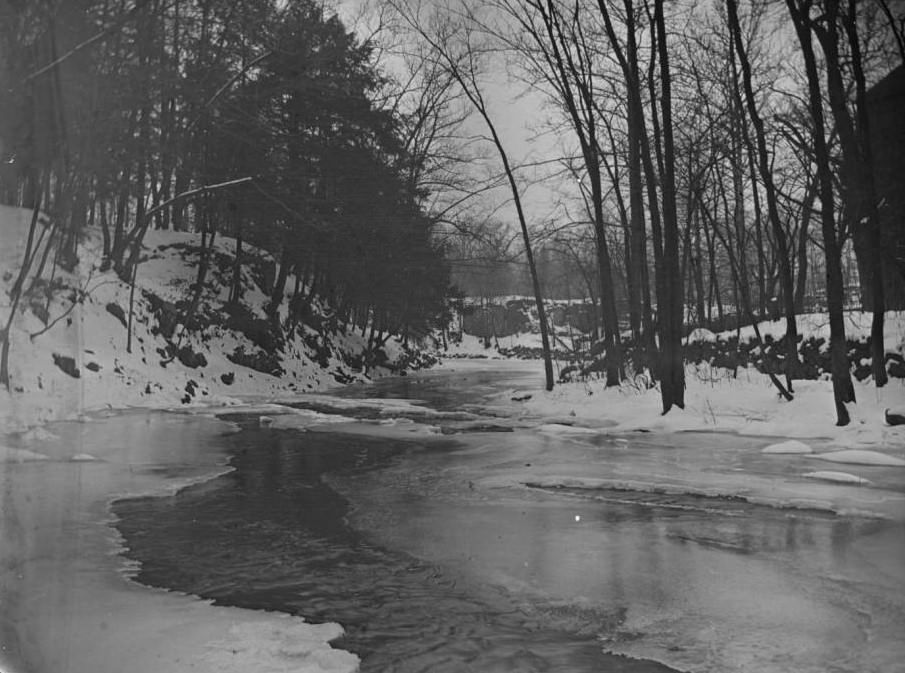
#46 A mansion in Bronx Park, Bronx, 1902.
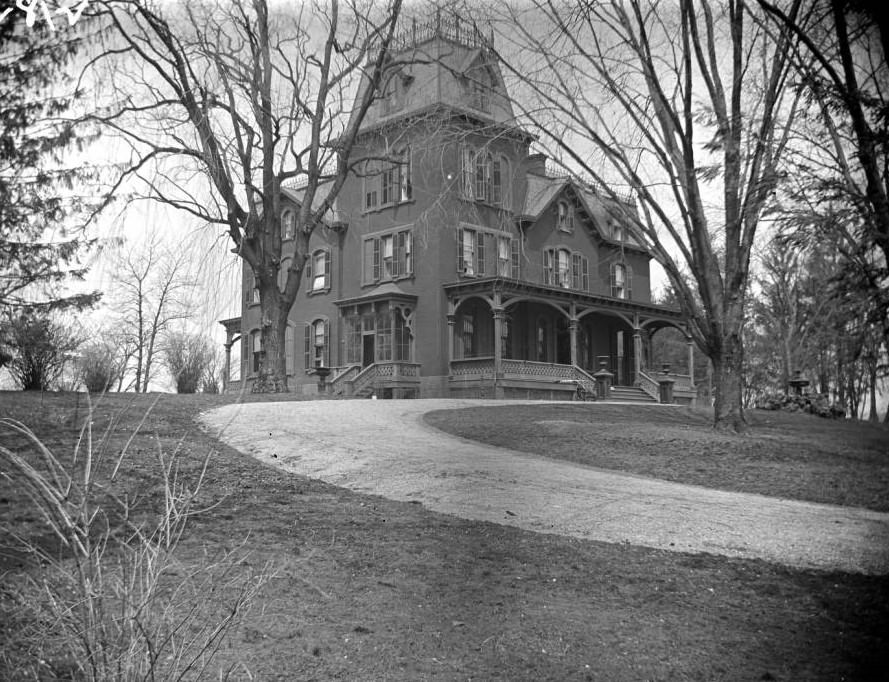
#47 St. Joseph’s Catholic Church on Bathgate Avenue and E. 178th Street, Bronx, 1900s
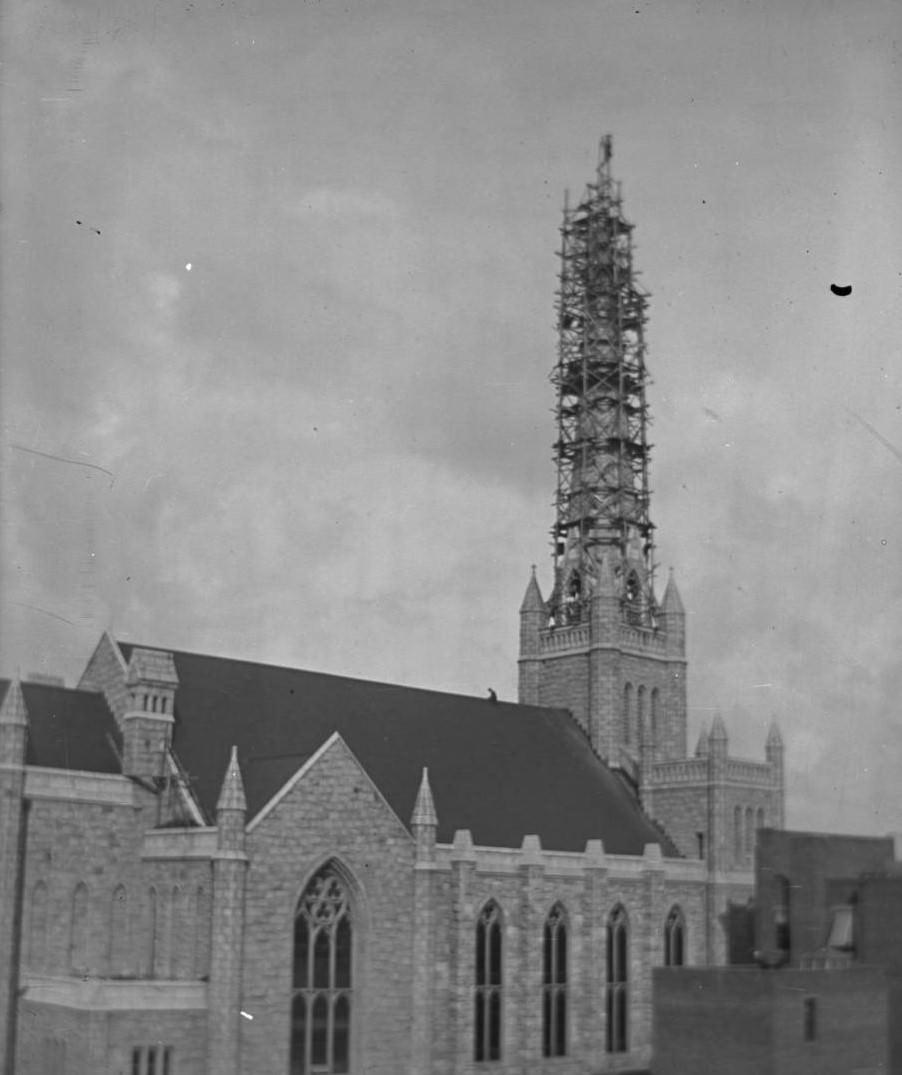
#48 Poe Cottage on Kingsbridge Road, Fordham, Bronx, 1902.
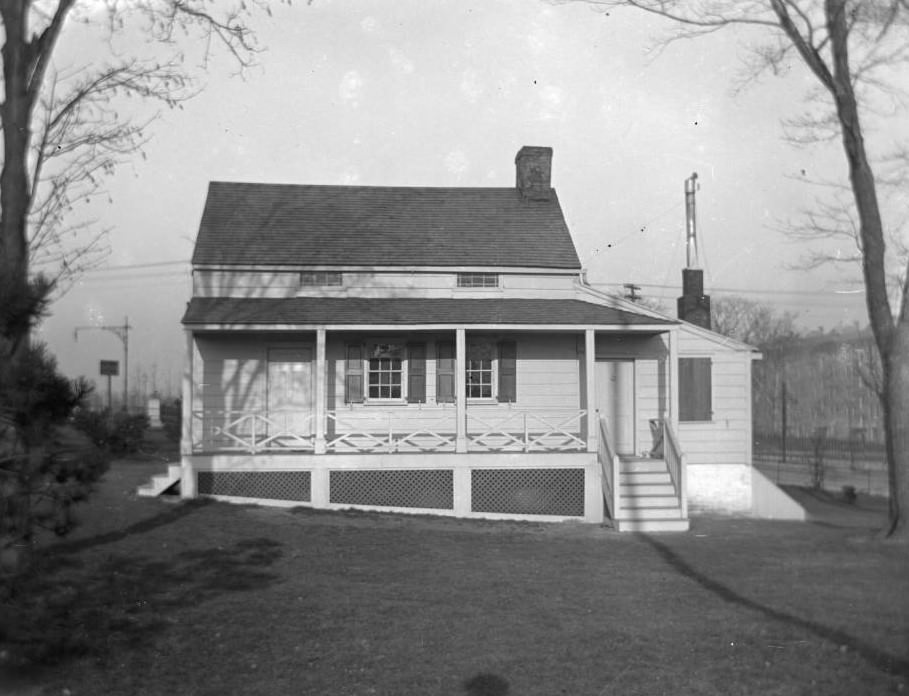
#49 Alley between houses on Washington Avenue near E. 188th Street, Fordham, Bronx, 1902.

#50 Ice skating in Crotona Park, Bronx, 1900s
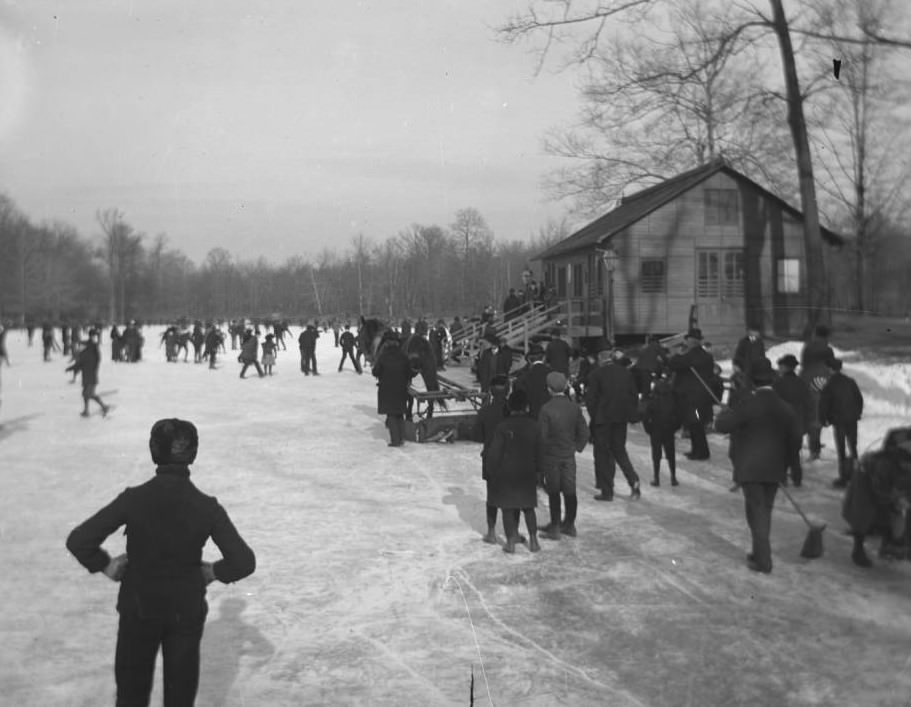
#51 A houses on Washington Avenue near E. 188th Street, Fordham, Bronx, 1902.
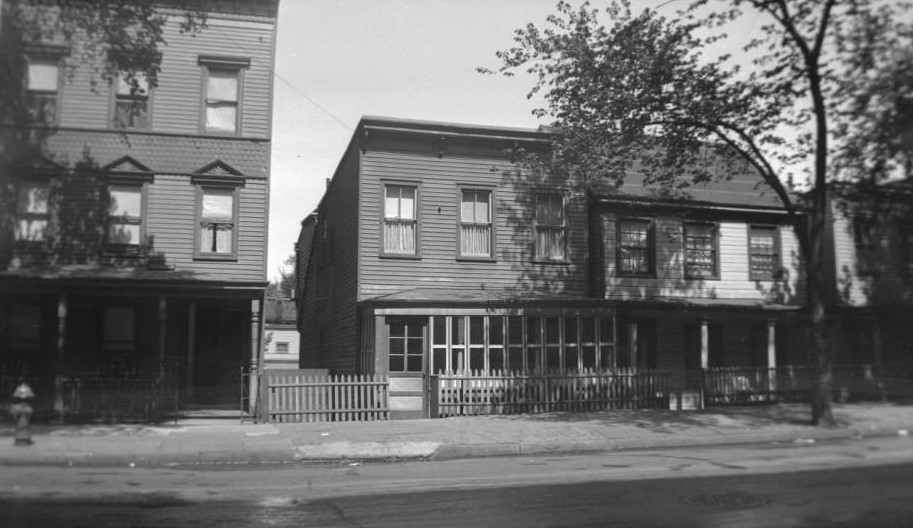
#52 A houses on Washington Avenue near E. 188th Street, Fordham, Bronx, 1902.
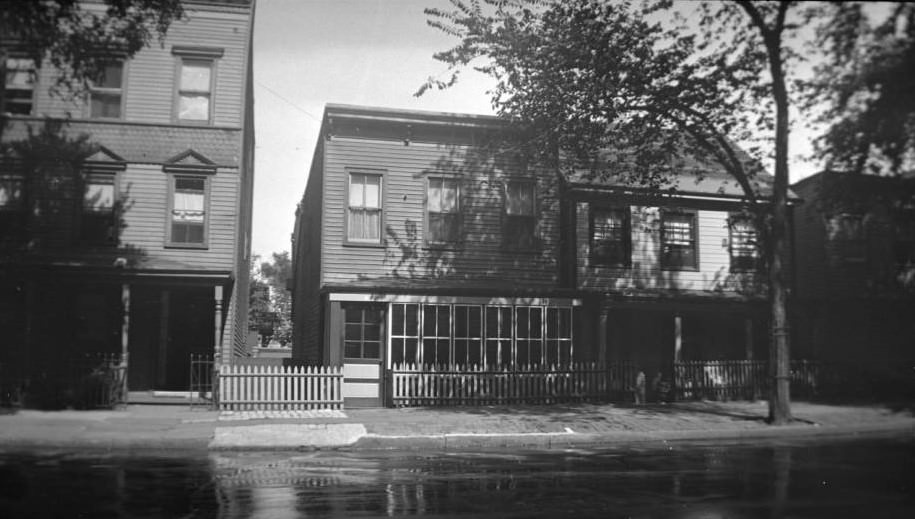
#53 The Macedonia Hotel, City Island, Bronx, 1900s

#54 Bathers on the beach at Orchard Beach, Bronx, 1907.
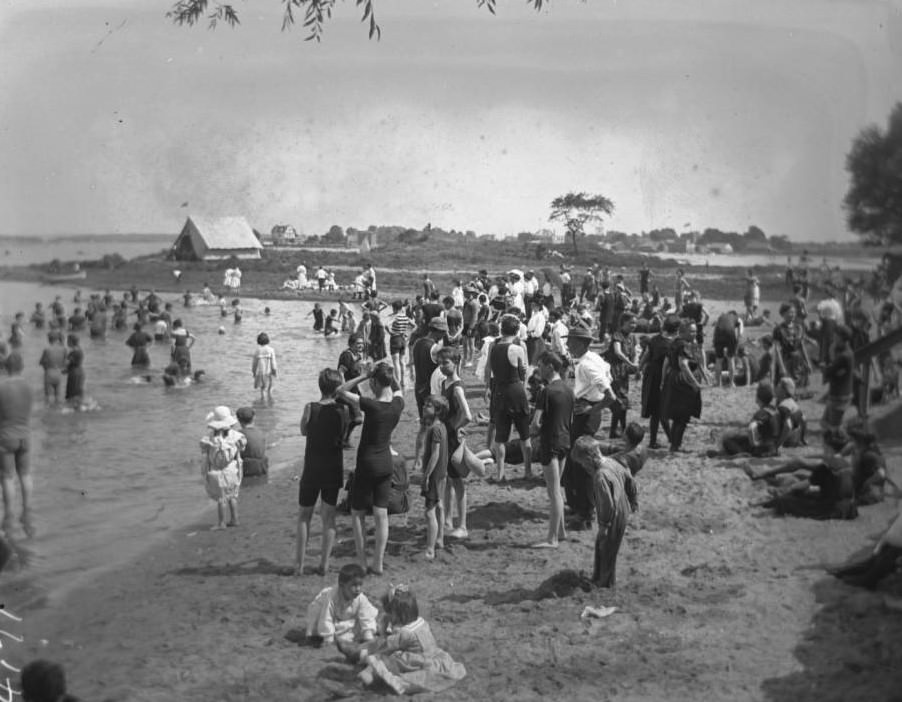
#55 Men of the 71st Regiment in a Decoration Day parade, Bronx, 1902
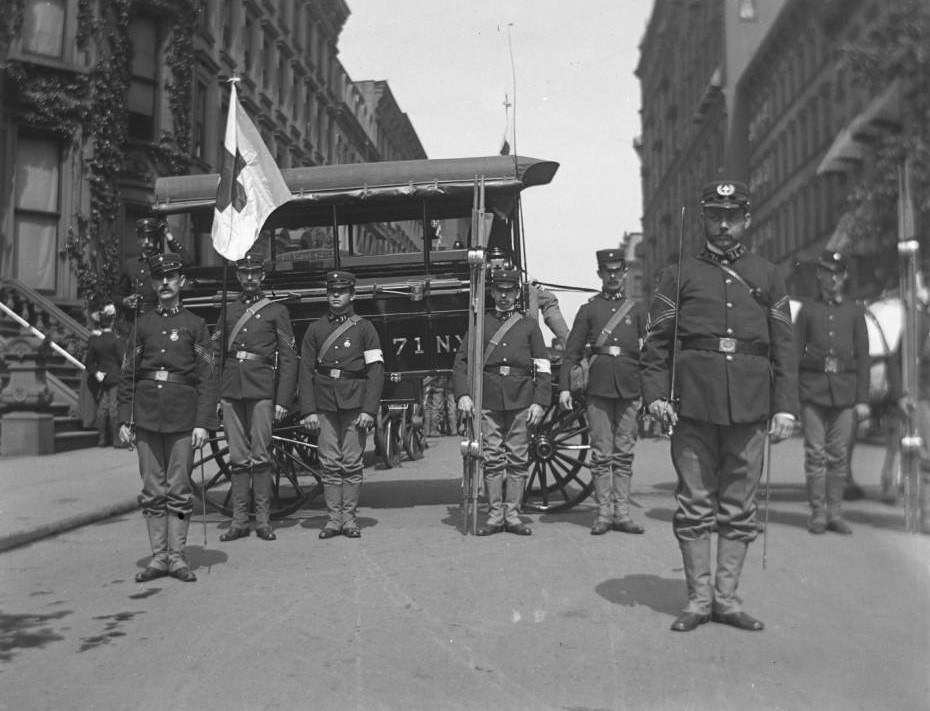
#56 Auto body shop at the corner of E. 188th Street and Washington Avenue, Fordham, Bronx, 1902.
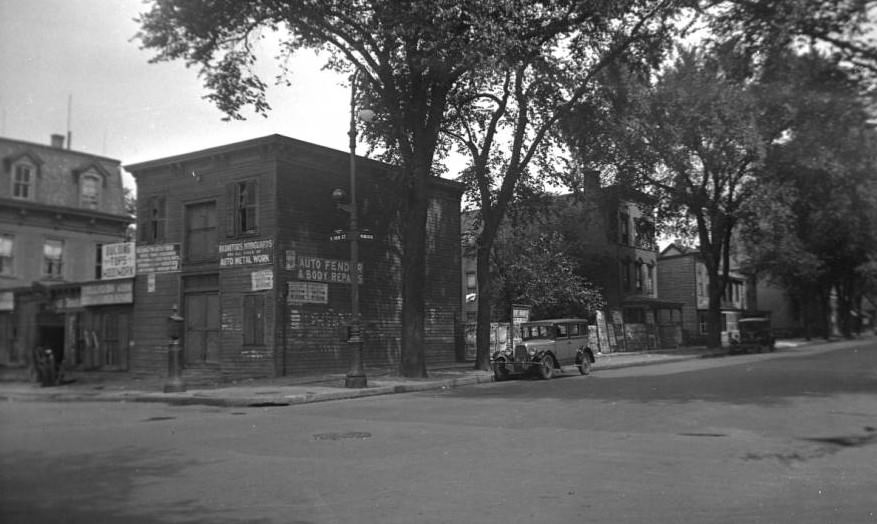
#57 Men of the 71st Regiment in a Decoration Day parade, Bronx, 1901
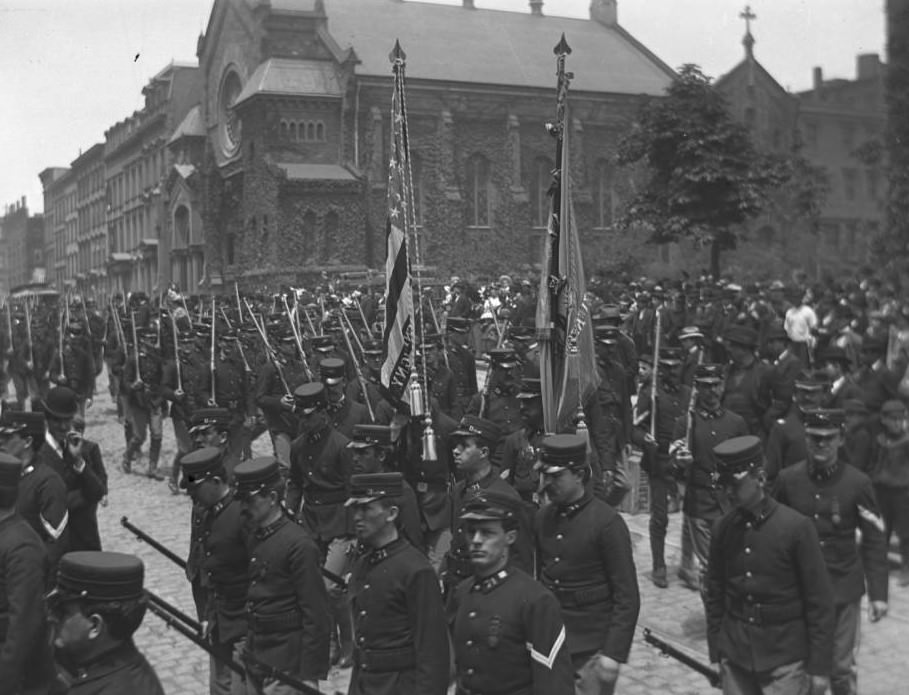
#58 A Zouaves marching in a Decoration Day parade, Bronx, 1902
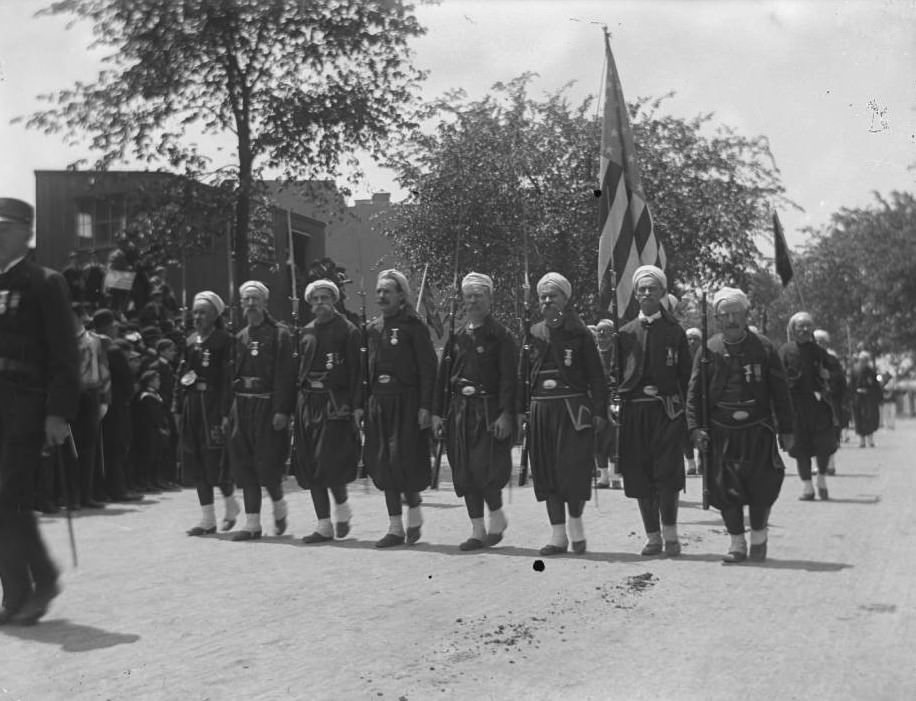
#59 The new concrete Pelham Bridge, Bronx, 1907.
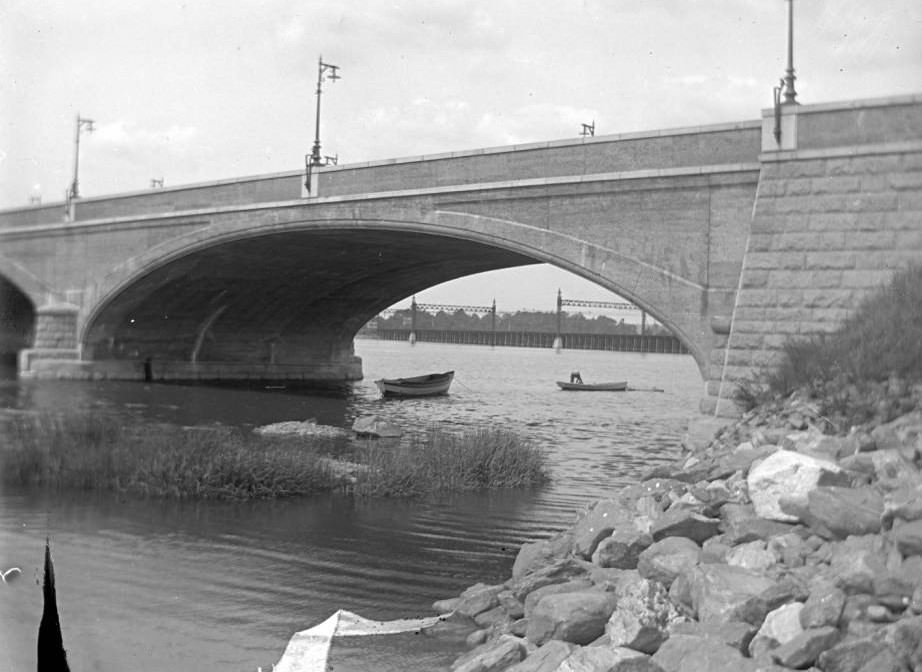
#60 The Mott Haven branch of the New York Public Library, Bronx, 1905
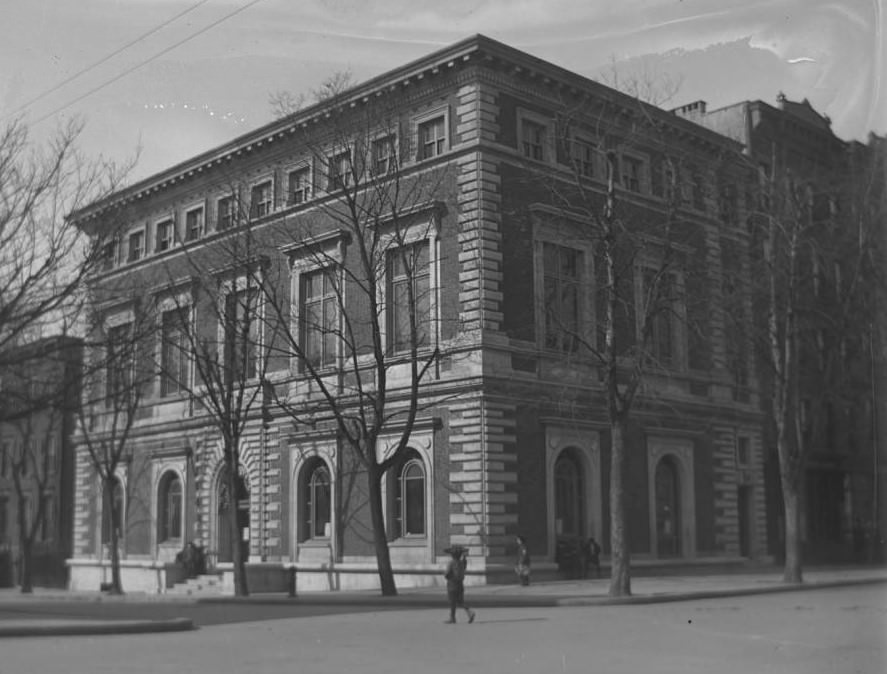
#61 The old iron Pelham Bridge, Bronx, 1907.
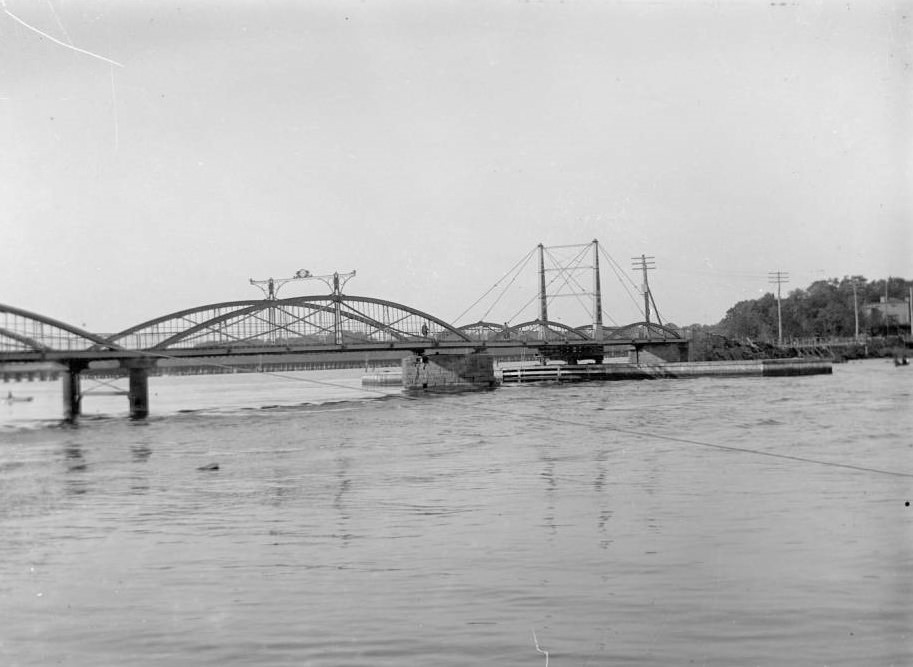
#62 Temporary quarters of the Second Battery, N.G.N.Y., Bronx, 1902
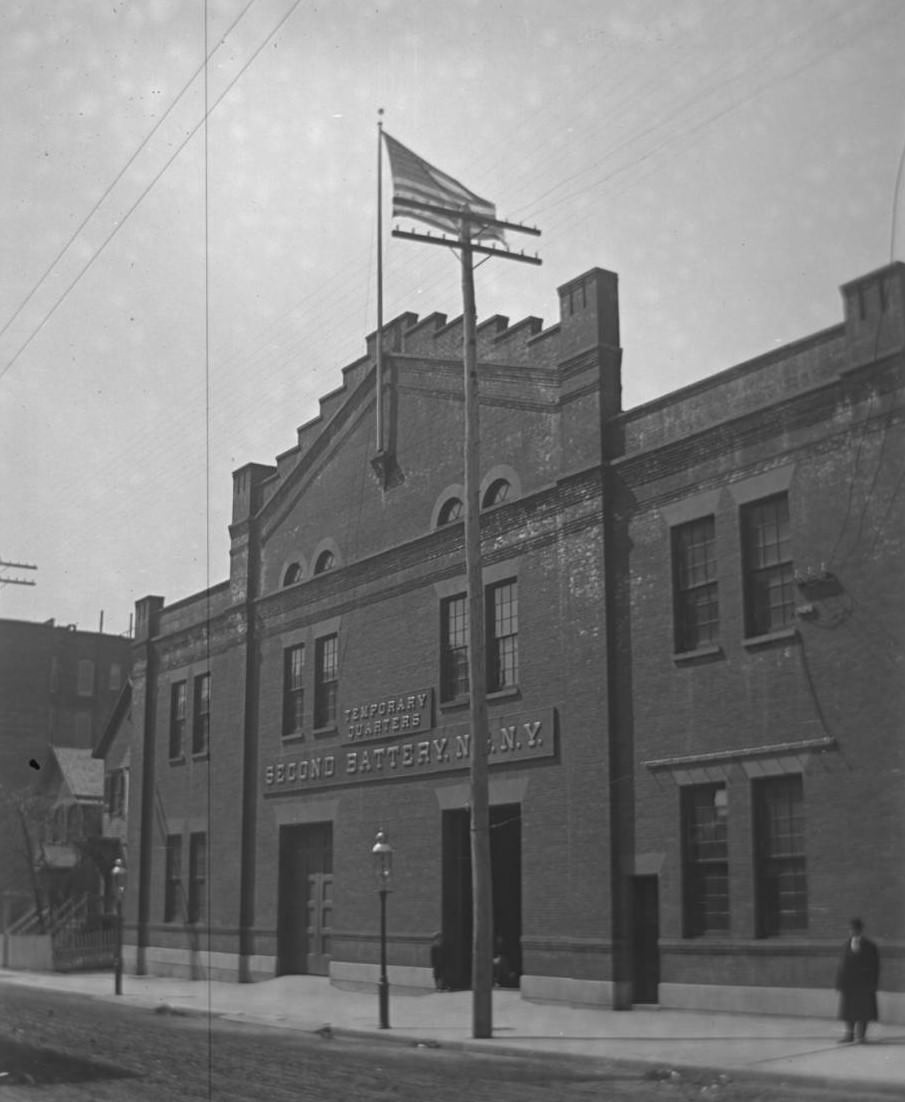
#63 The old iron Pelham Bridge, Bronx, 1907.
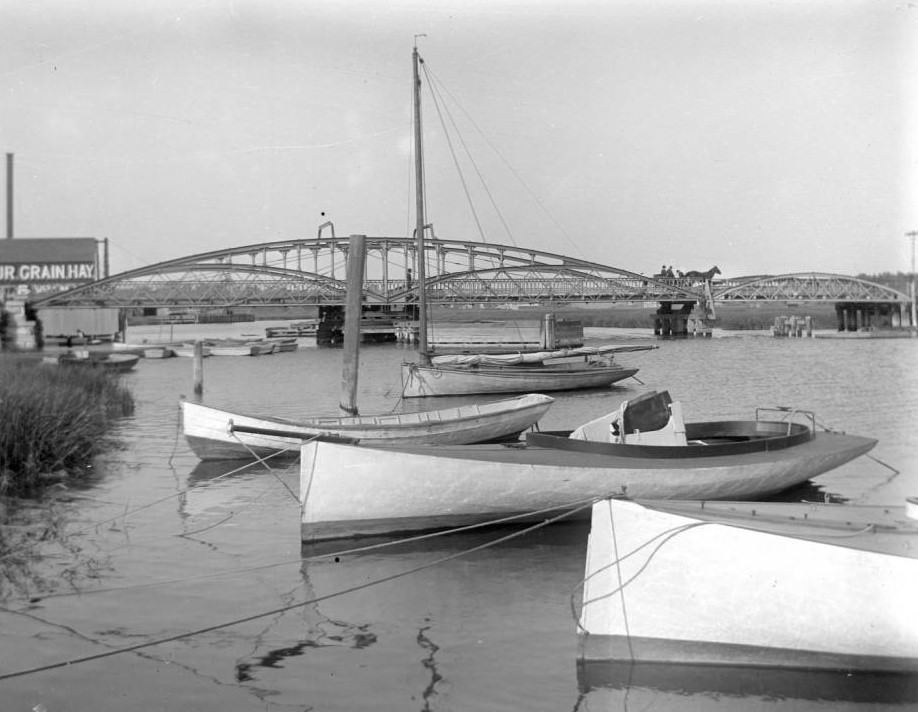
#64 Wood buildings bordering the site of Jerome Park, Bronx, 1905
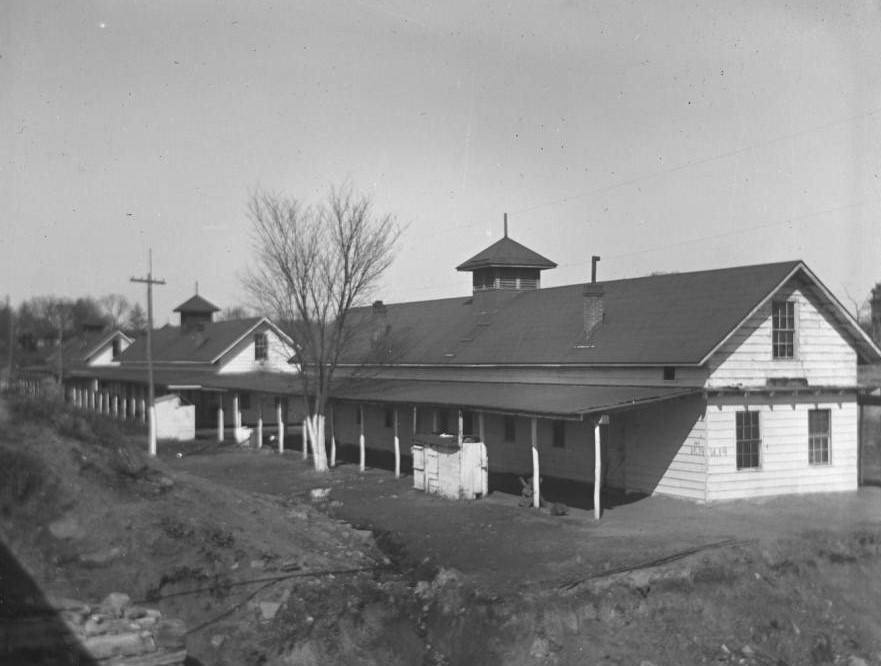
#65 Railroad tracks and temporary conduit for the old aqueduct during the construction of Jerome Park, Bronx, 1905-
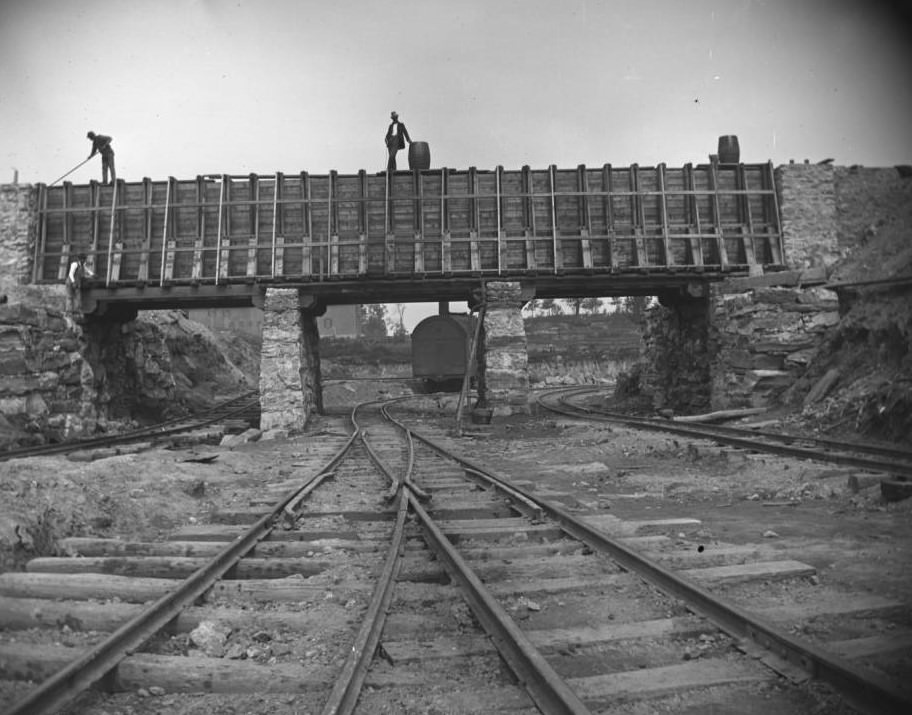
#66 Captain Wilson of the 2nd Battery N.G.N.Y. receiving the key to the borough, Bronx, 1902
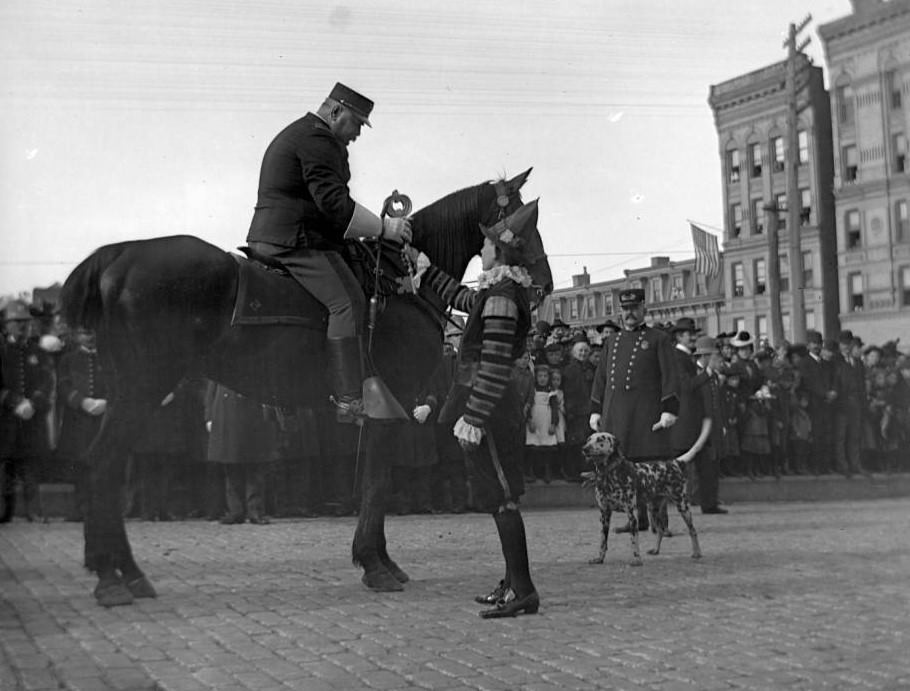
#67 The Zborowski mansion in Claremont Park, Bronx, 1903.
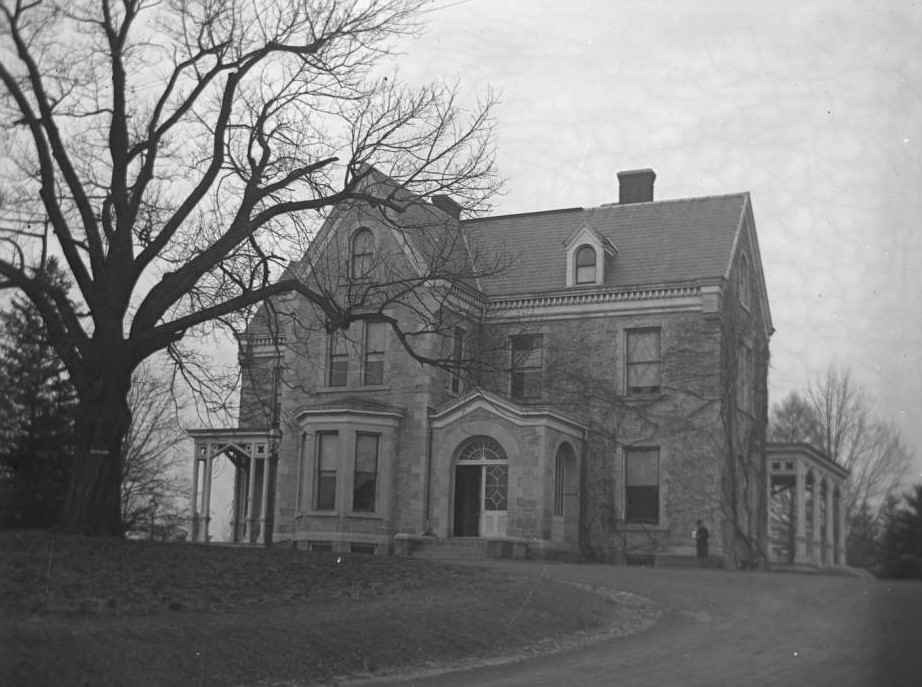
#68 Campsites with carriage and women in white at Orchard Beach, Bronx, 1908.
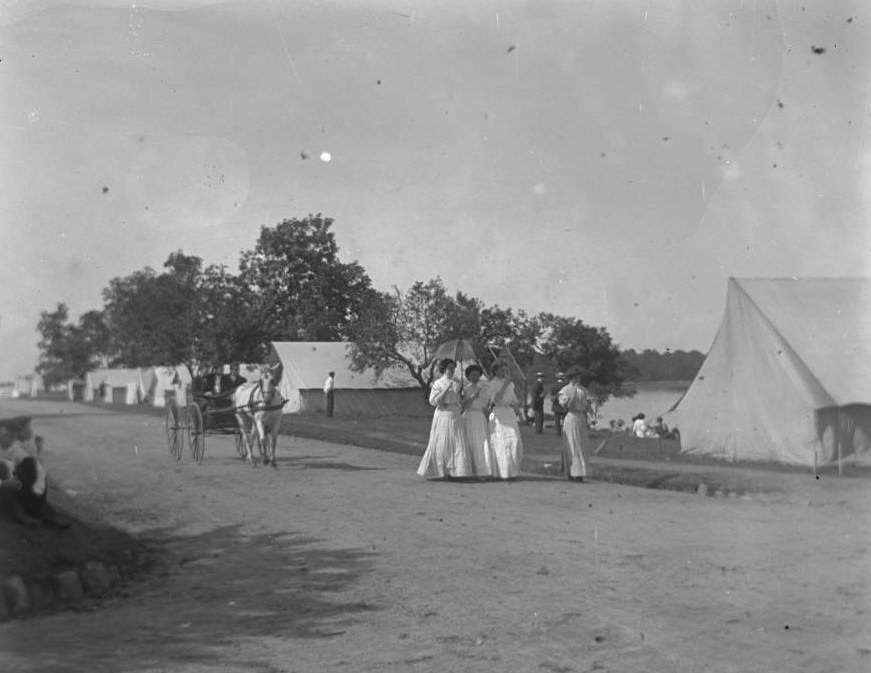
#69 Uniformed boys on parade for Decoration Day, 1903
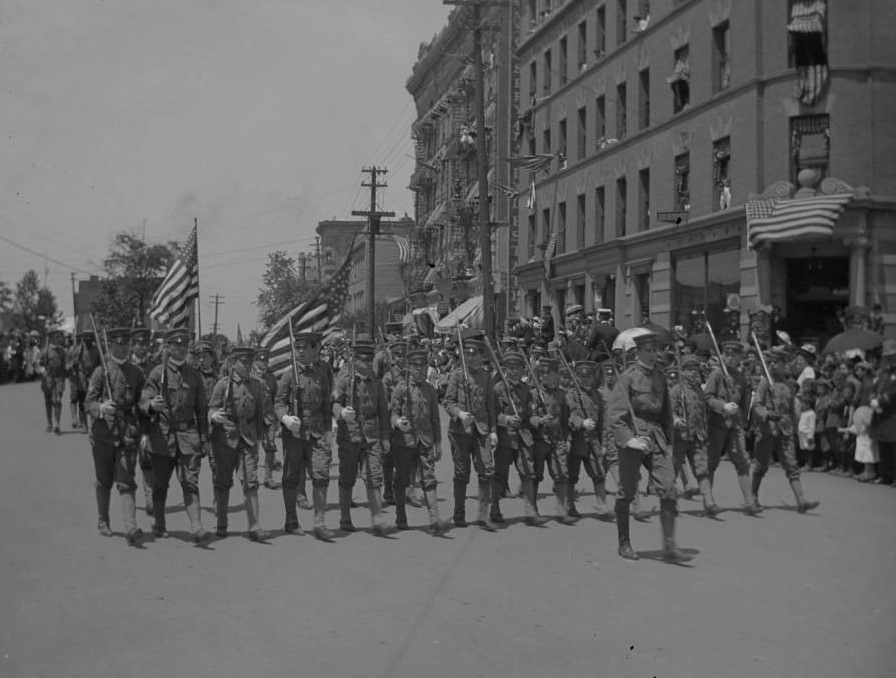
#70 The Fordham Club on Highbridge Road, Bronx, 1903.
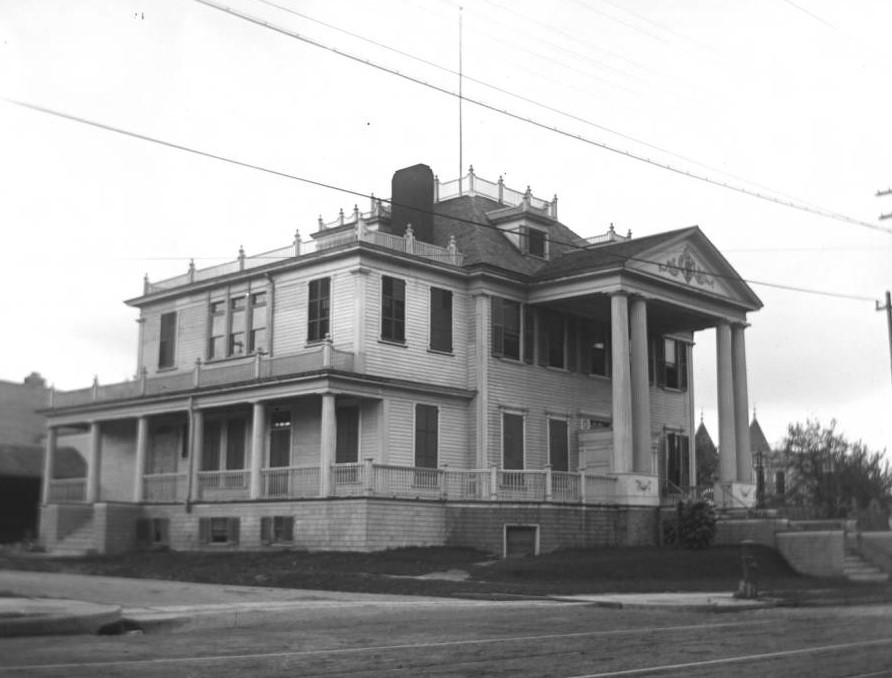
#71 A Masonic building in the Bronx, 1903.
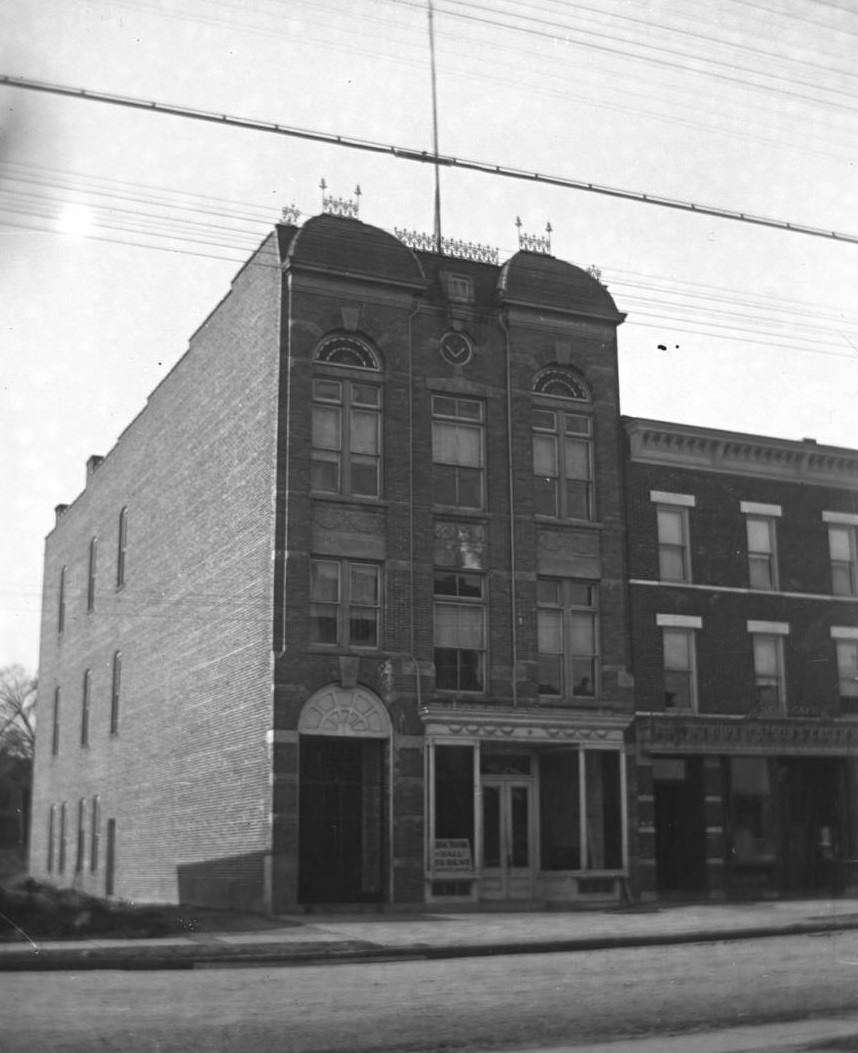
#72 Firemen marching in a Decoration Day parade, 1903
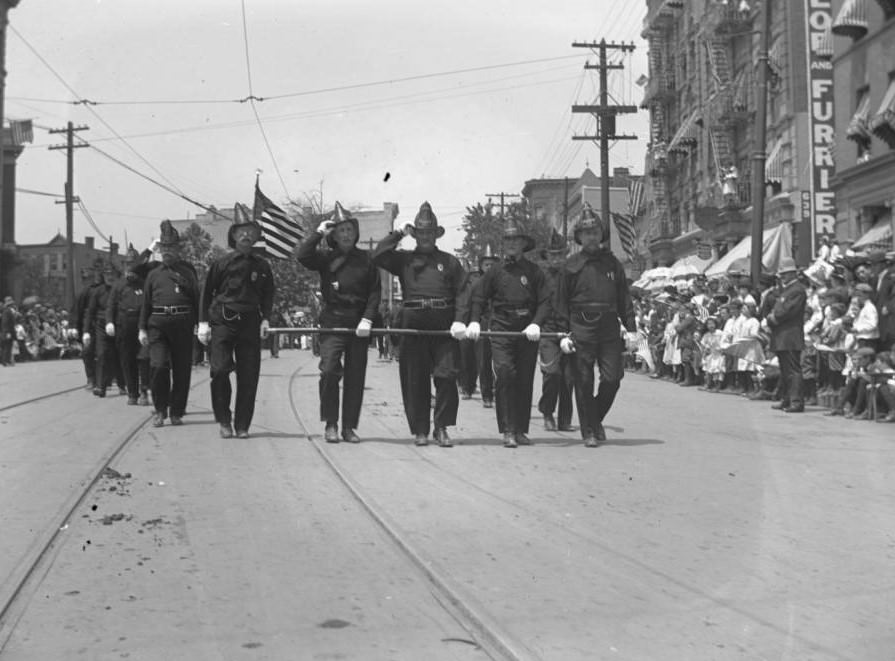
#73 Men pulling a fire wagon in a Decoration Day parade, 1903
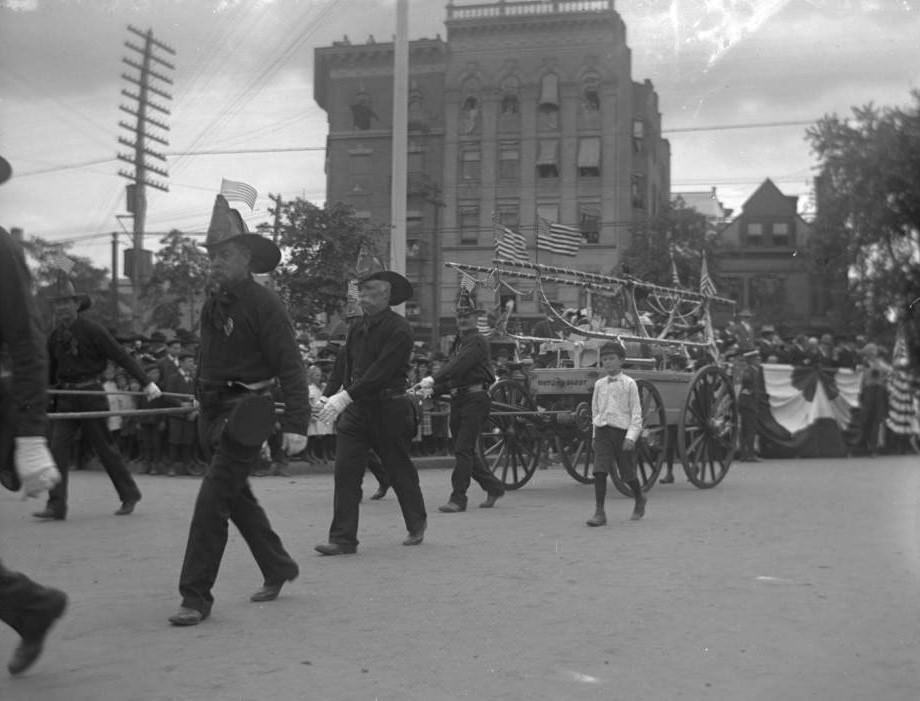
#74 Crowd gathered at a square in Mount Hope, Bronx, 1907.
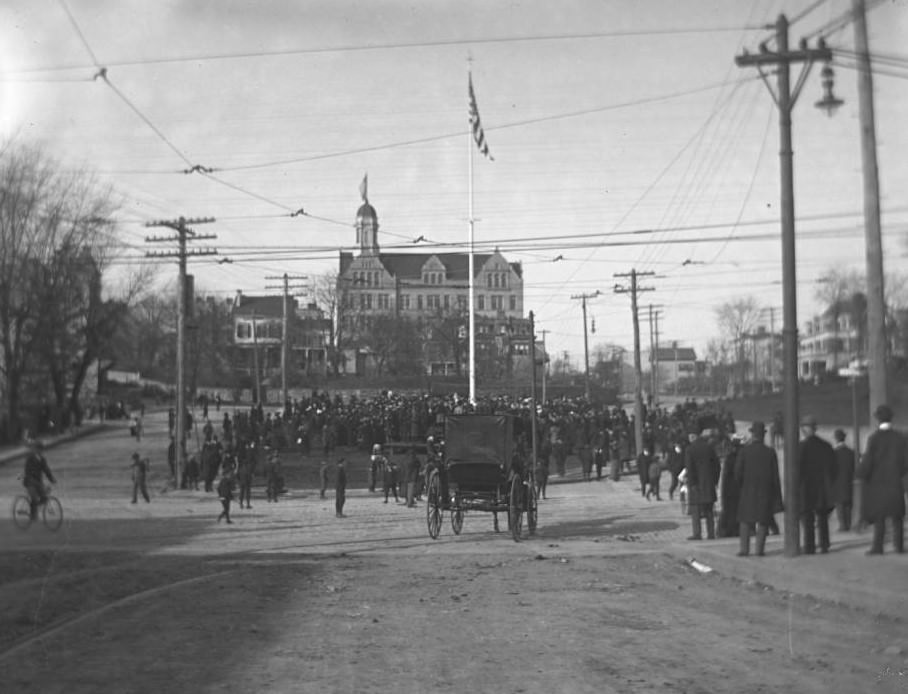
#75 The Northern Gaslight Company plant in West Farms, Bronx, 1900

#76 The Northern Gaslight Company plant in West Farms, Bronx, 1900

#77 Office of the Northern Gaslight Company on Park Avenue, Bronx, 1900

#78 Office of the Northern Gaslight Company on Park Avenue, Bronx, 1900
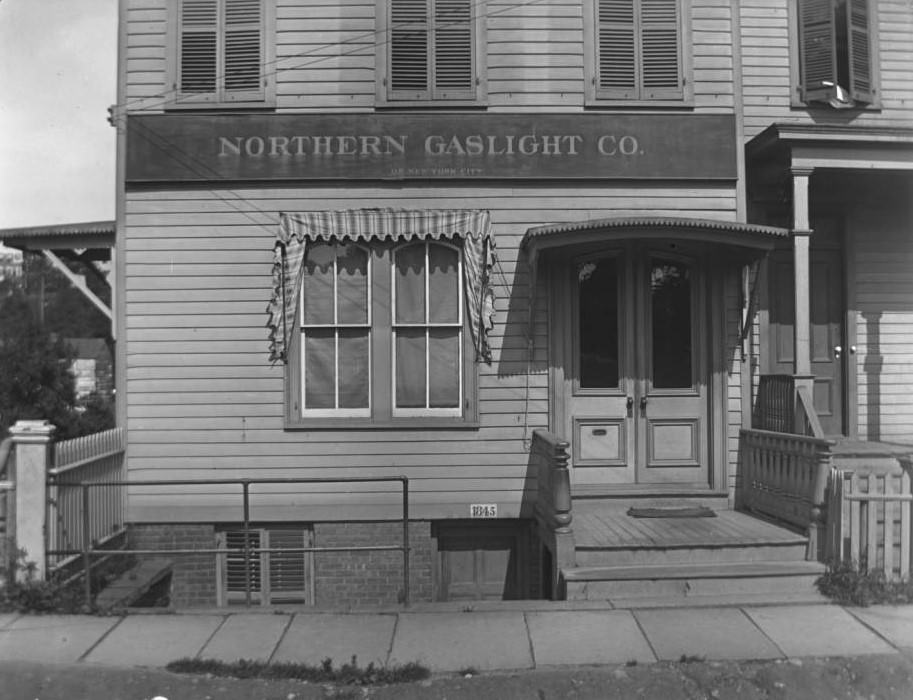
#79 The 34th Precinct Police Station in Tremont, Bronx, 1902.
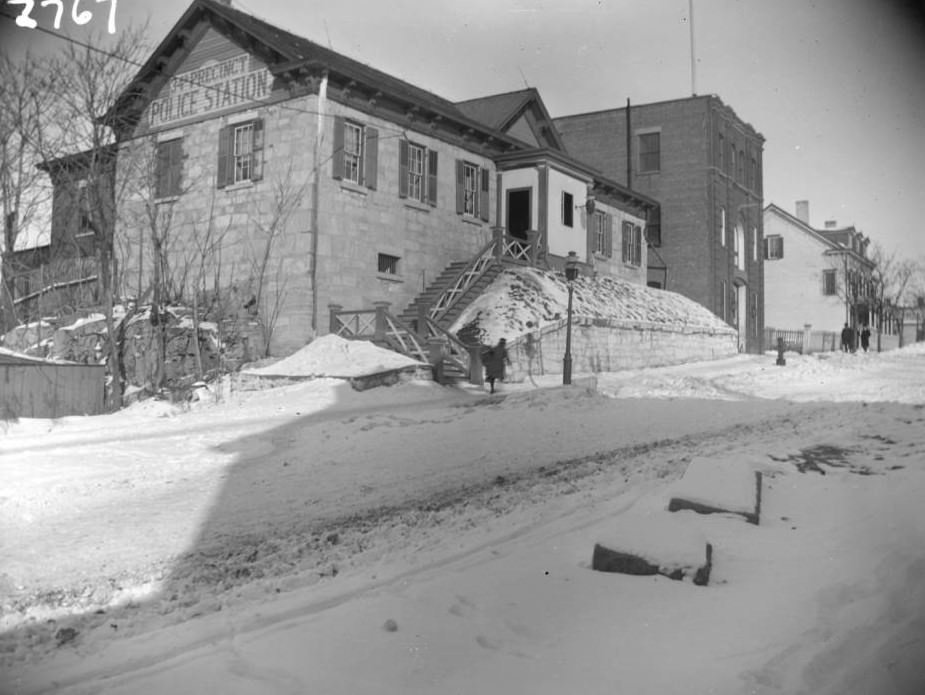
#80 A school with the flag at half mast in Tremont, Bronx, 1902.
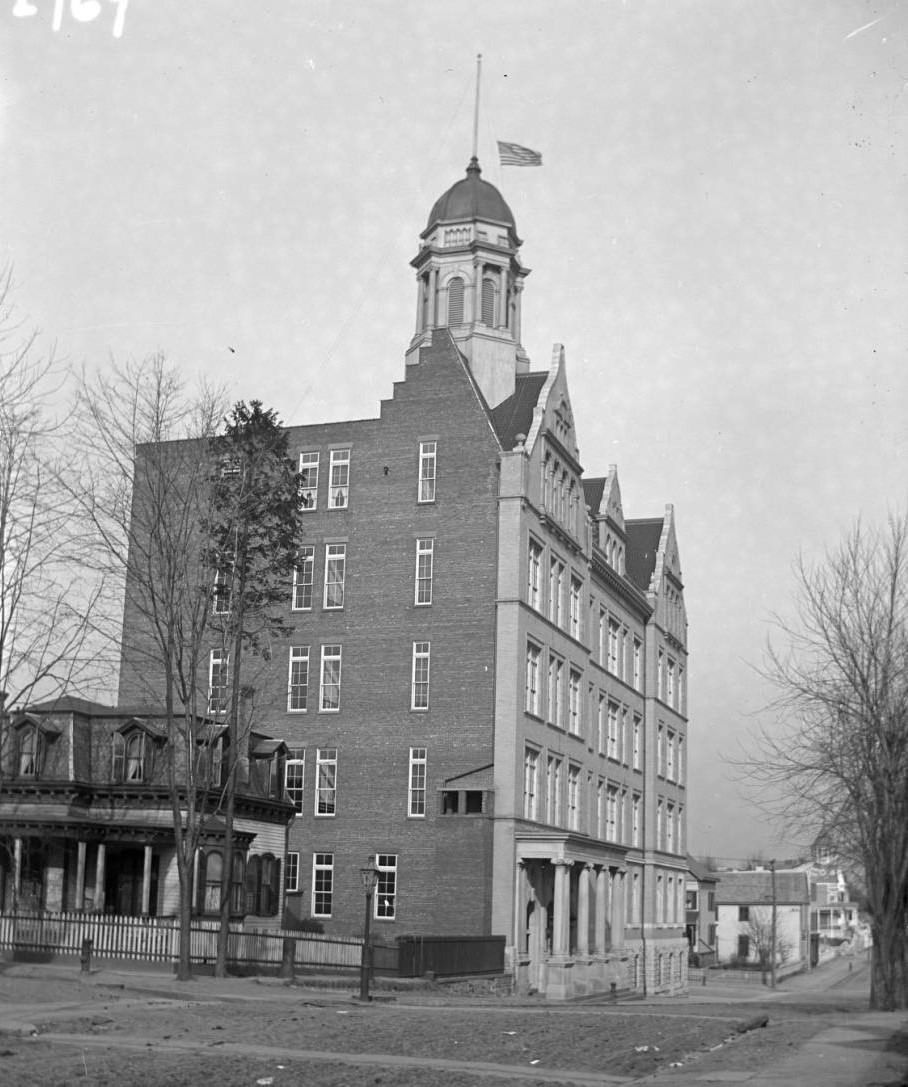
#81 New P.S. 4 school building on E. 173rd Street between Fulton Avenue and Third Avenue, Tremont, Bronx, 1902.
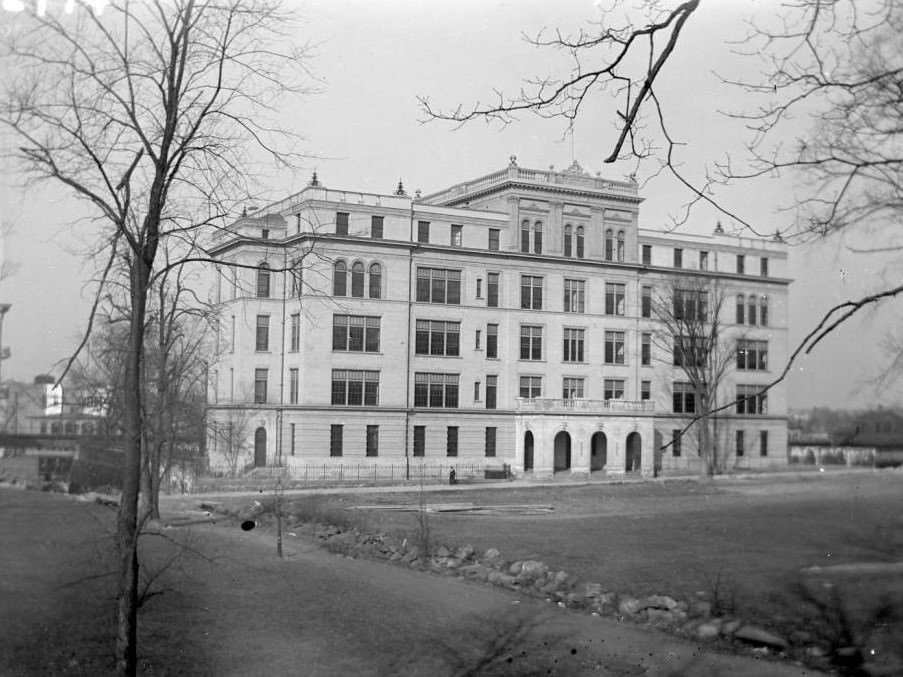
#82 A large stone and shingle house in Tremont, Bronx, 1902.
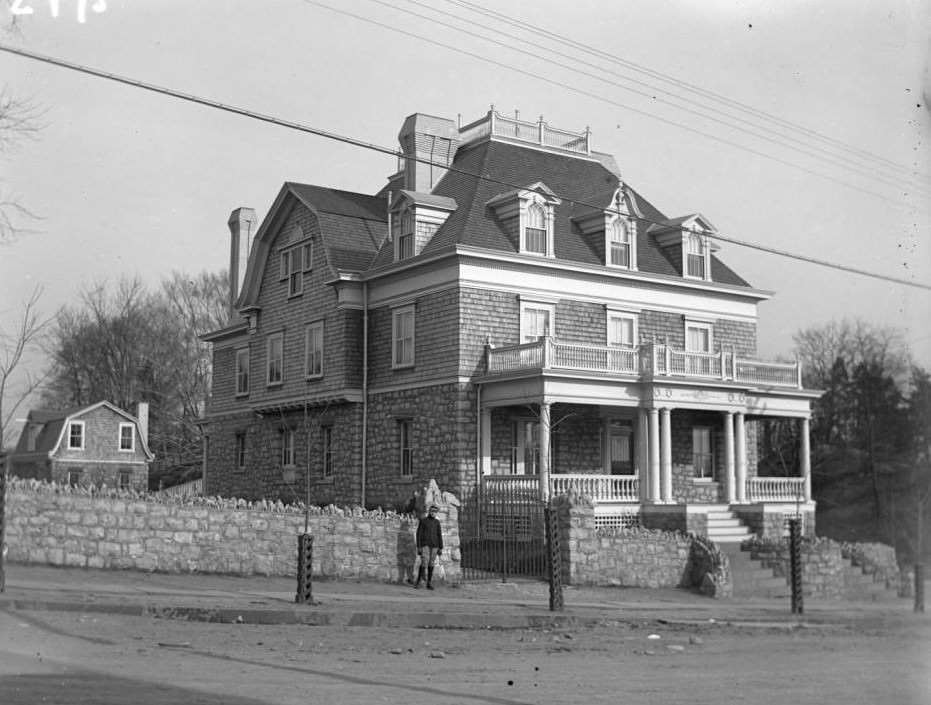
#83 The Suburban Club of the City of New York on E. 176th Street and Park Avenue, Bronx, 1902.
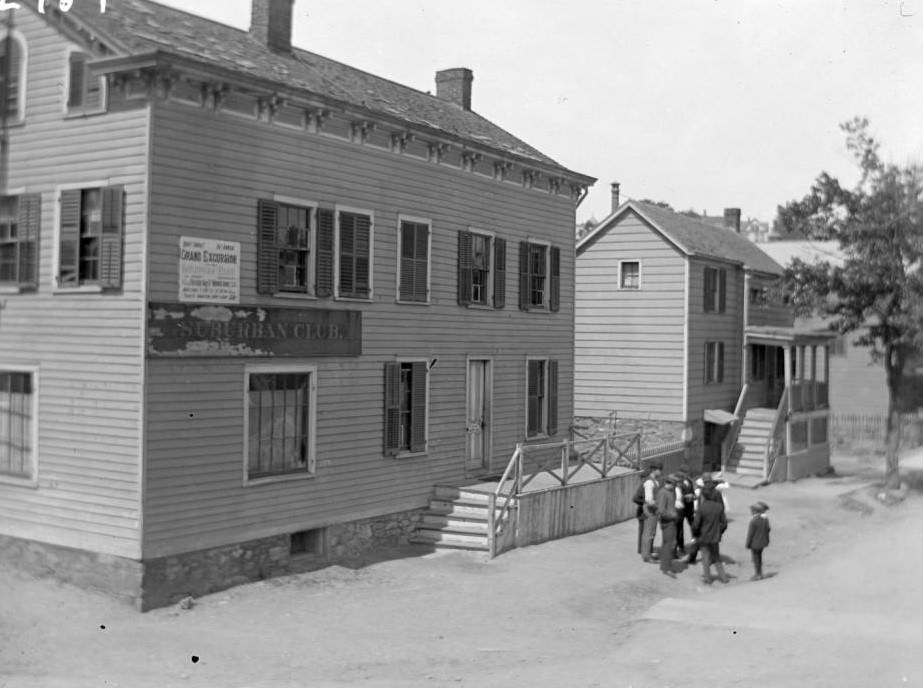
#84 Tremont train station over Park Avenue, Bronx, 1902.
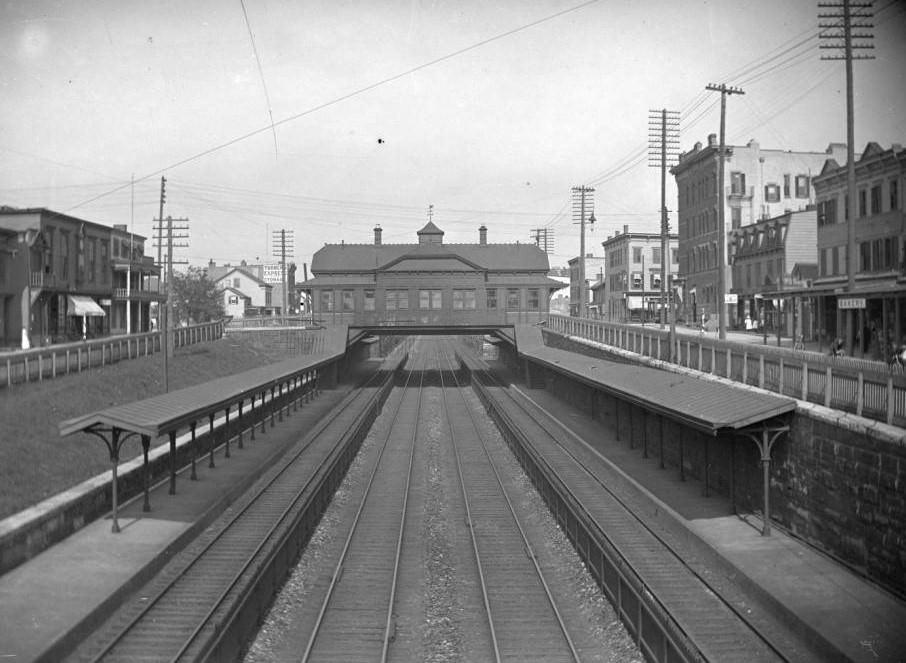
#85 The Bronx Municipal Building (Bronx Borough Hall), Bronx, 1902.
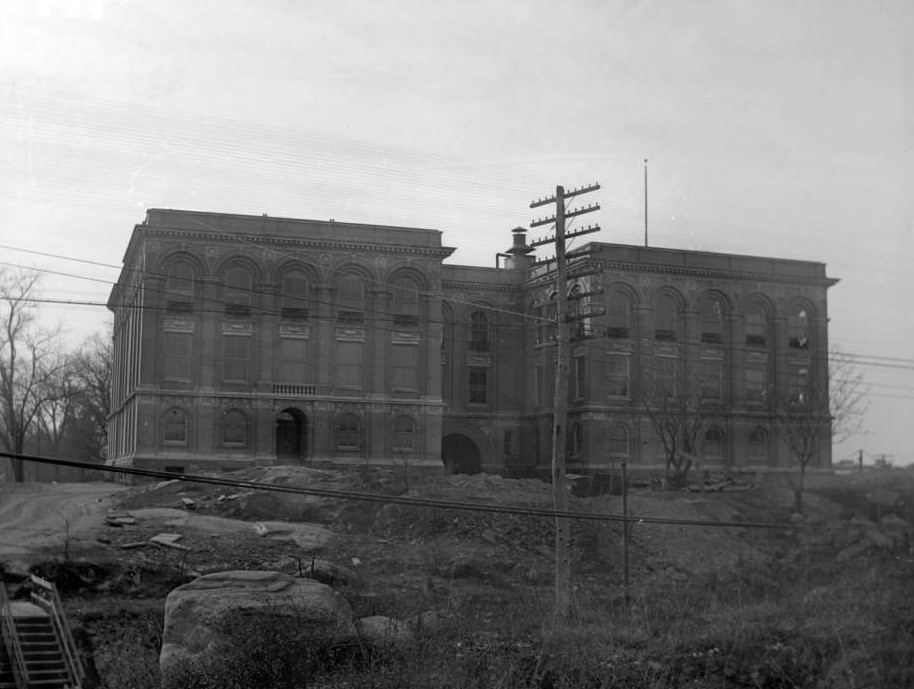
#86 The Bronx Municipal Building (Bronx Borough Hall), Bronx, 1902.
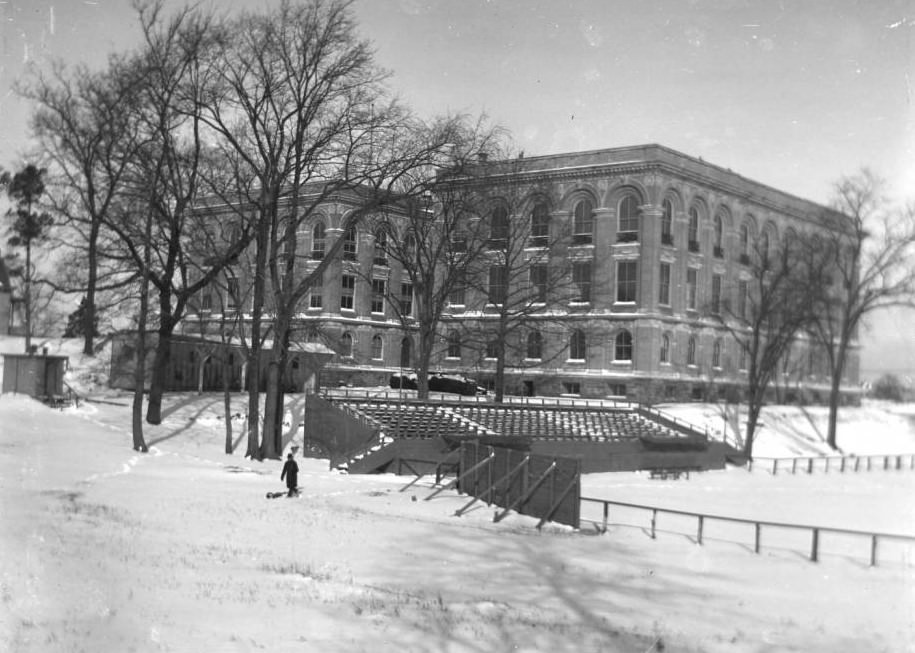
#87 The Lorillard Mansion in Bronx Park, Bronx, 1902
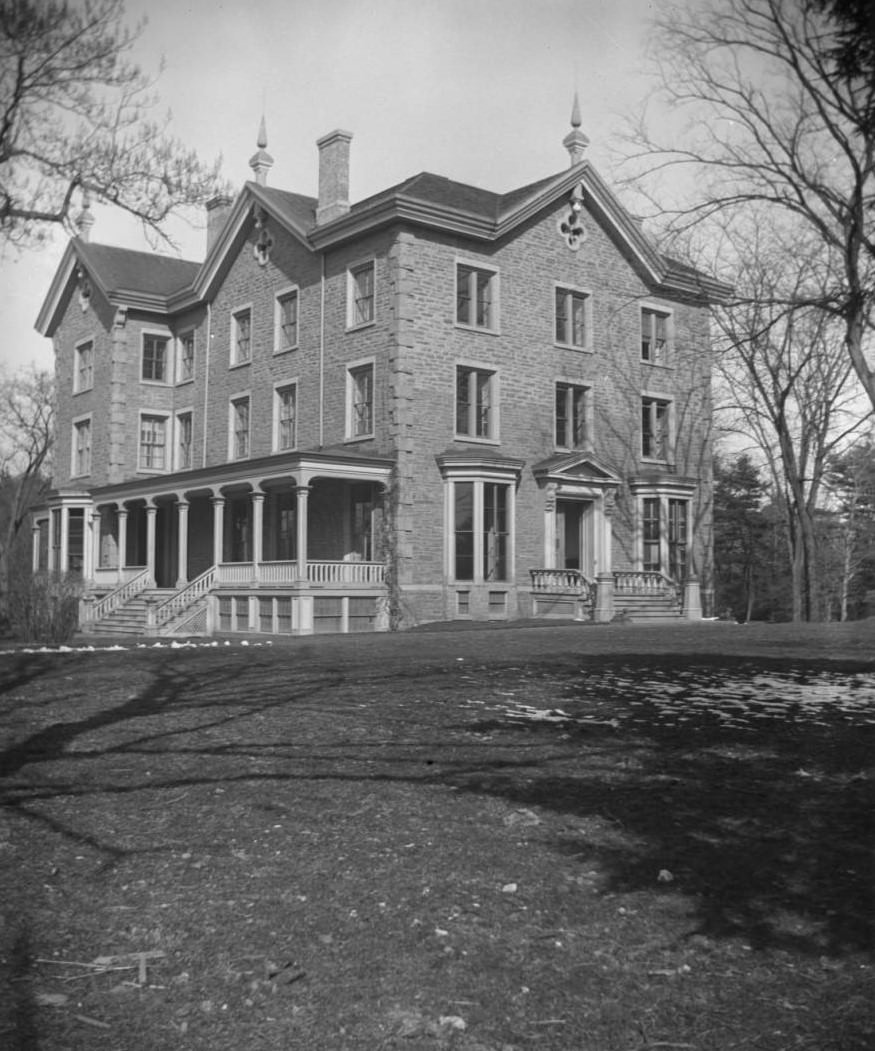
#88 149th Street and Morris Avenue, 1902, from Transit System Survey.
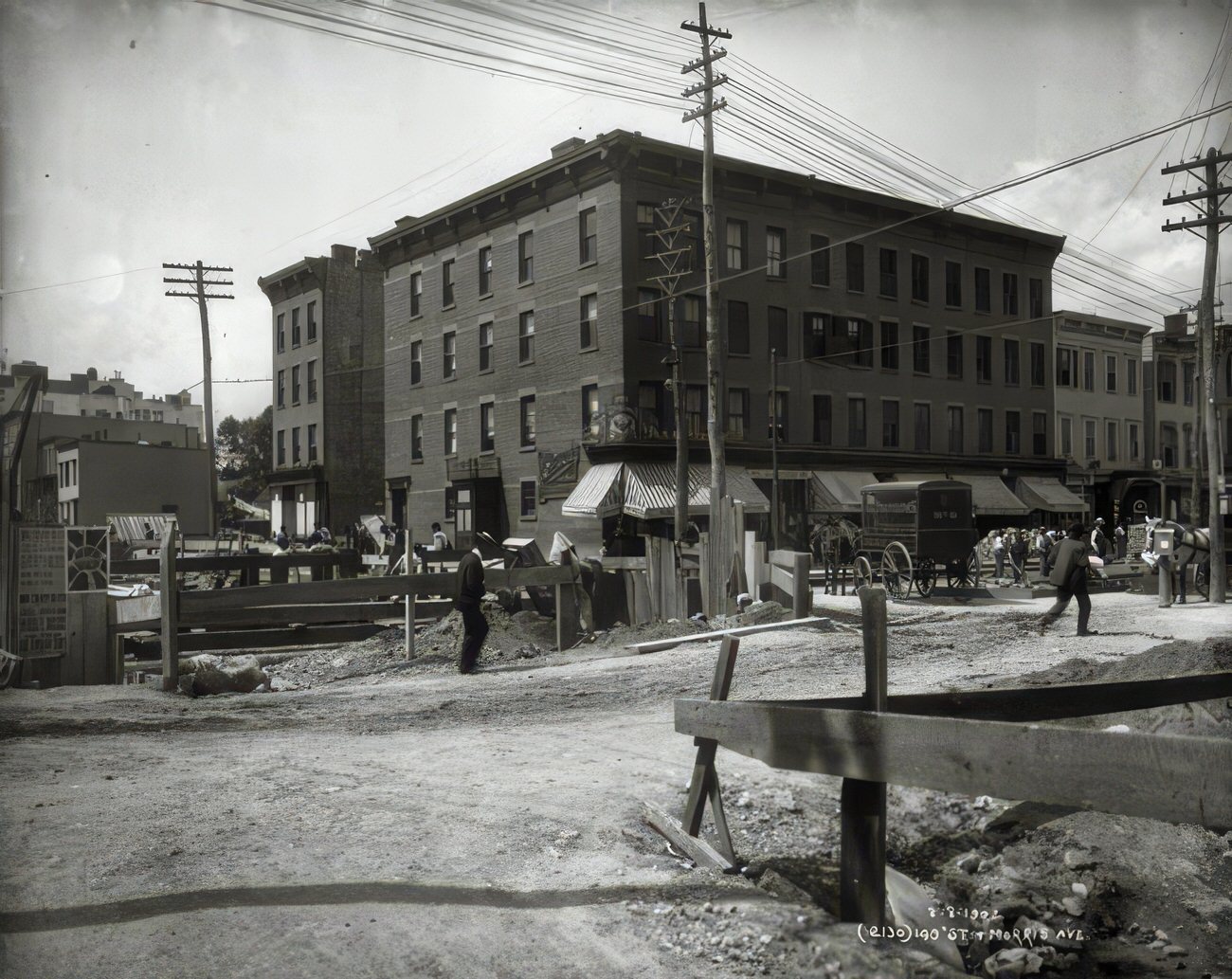
#89 Bronx Railroad Tracks, circa 1902.
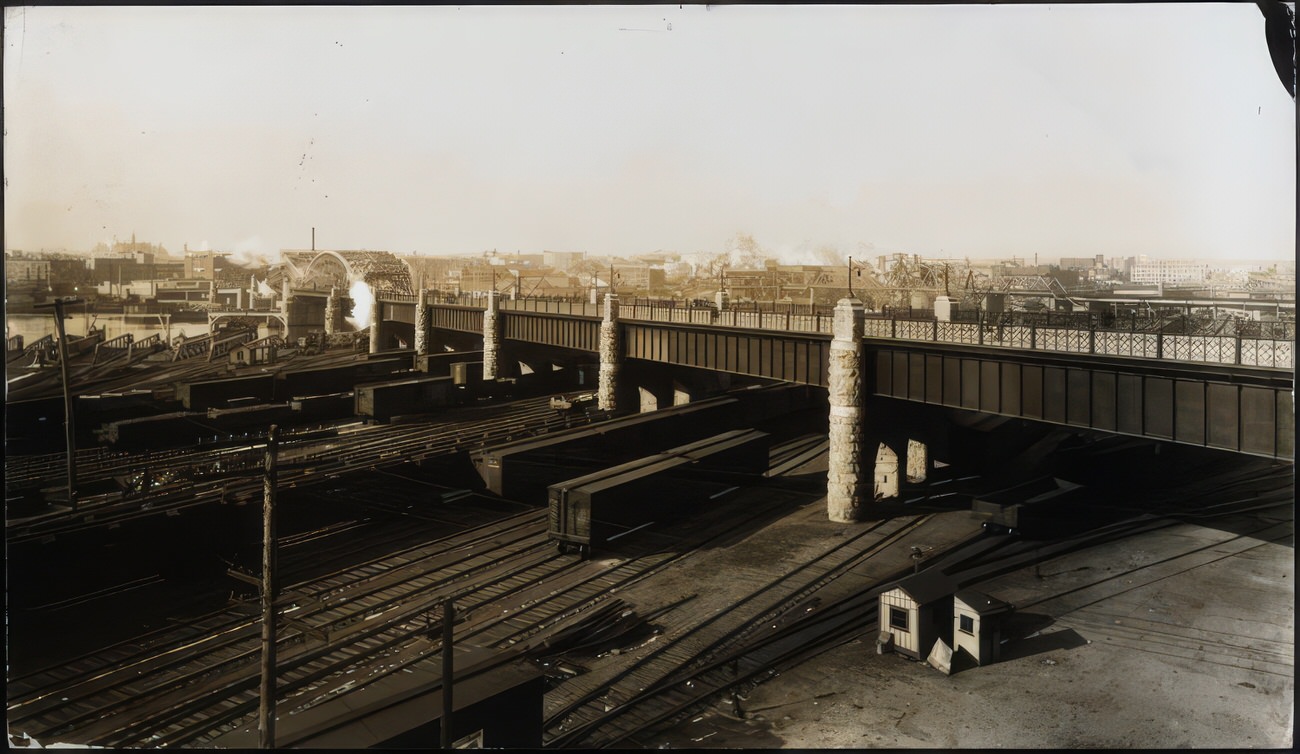
#90 Main Entrance of Public School 153 Bronx, circa 1900.
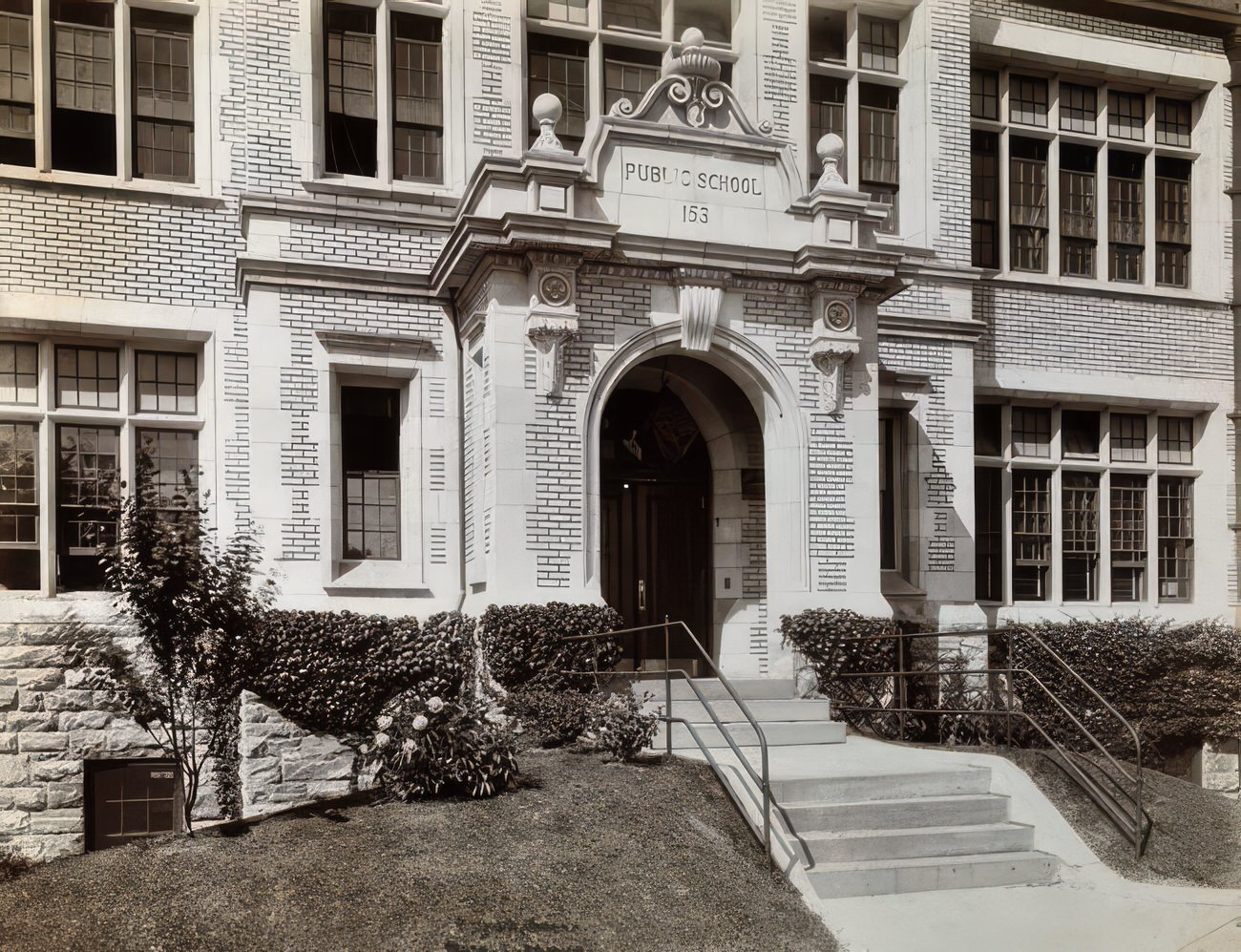
#91 Skating, Van Cortlandt Park, 1906.
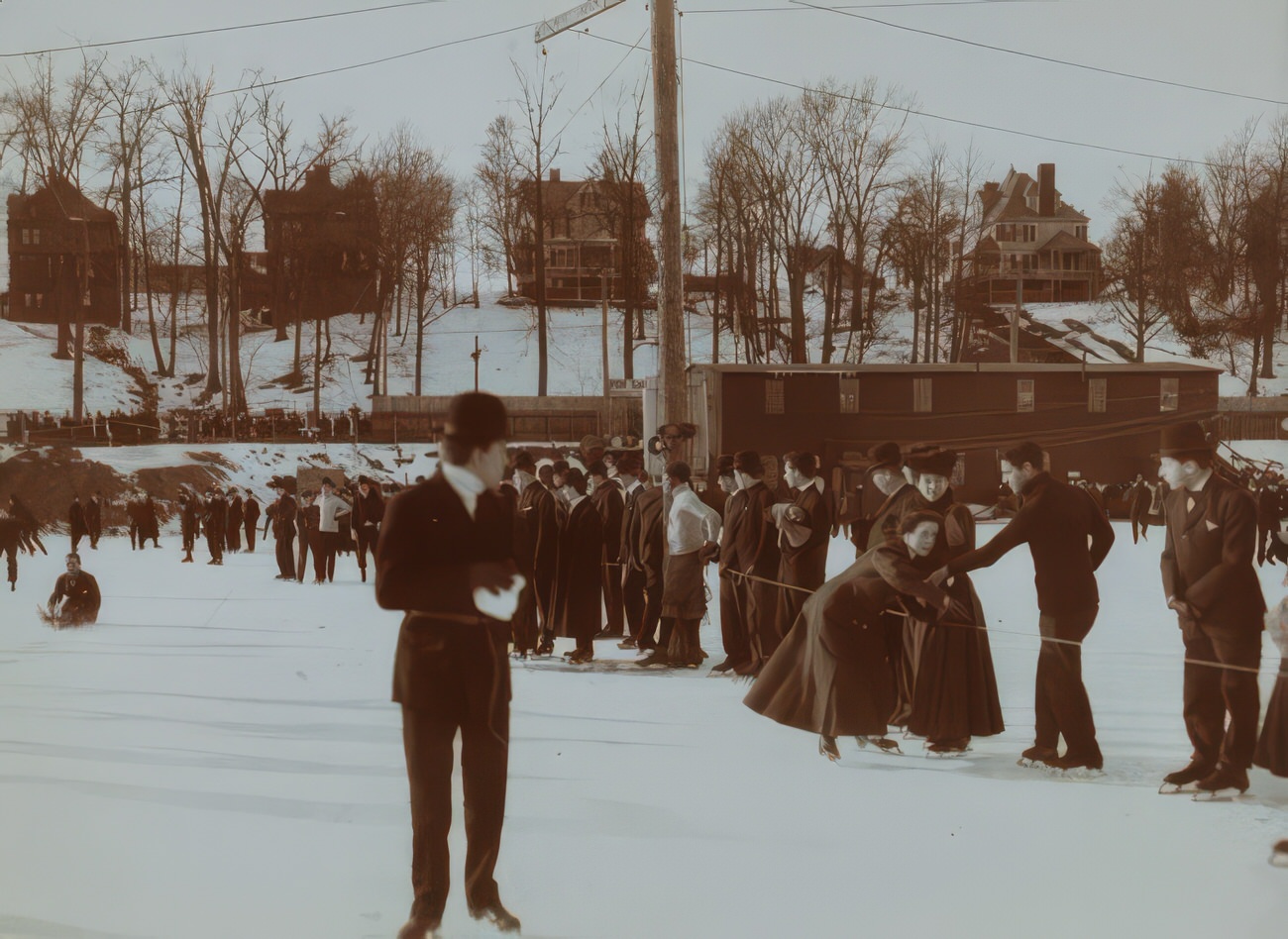
#92 Public School 167 in the Bronx, Main Entrance, circa 1900.

#93 Public School 175 in the Bronx, Jerome Avenue north of 184th Street, circa 1900.
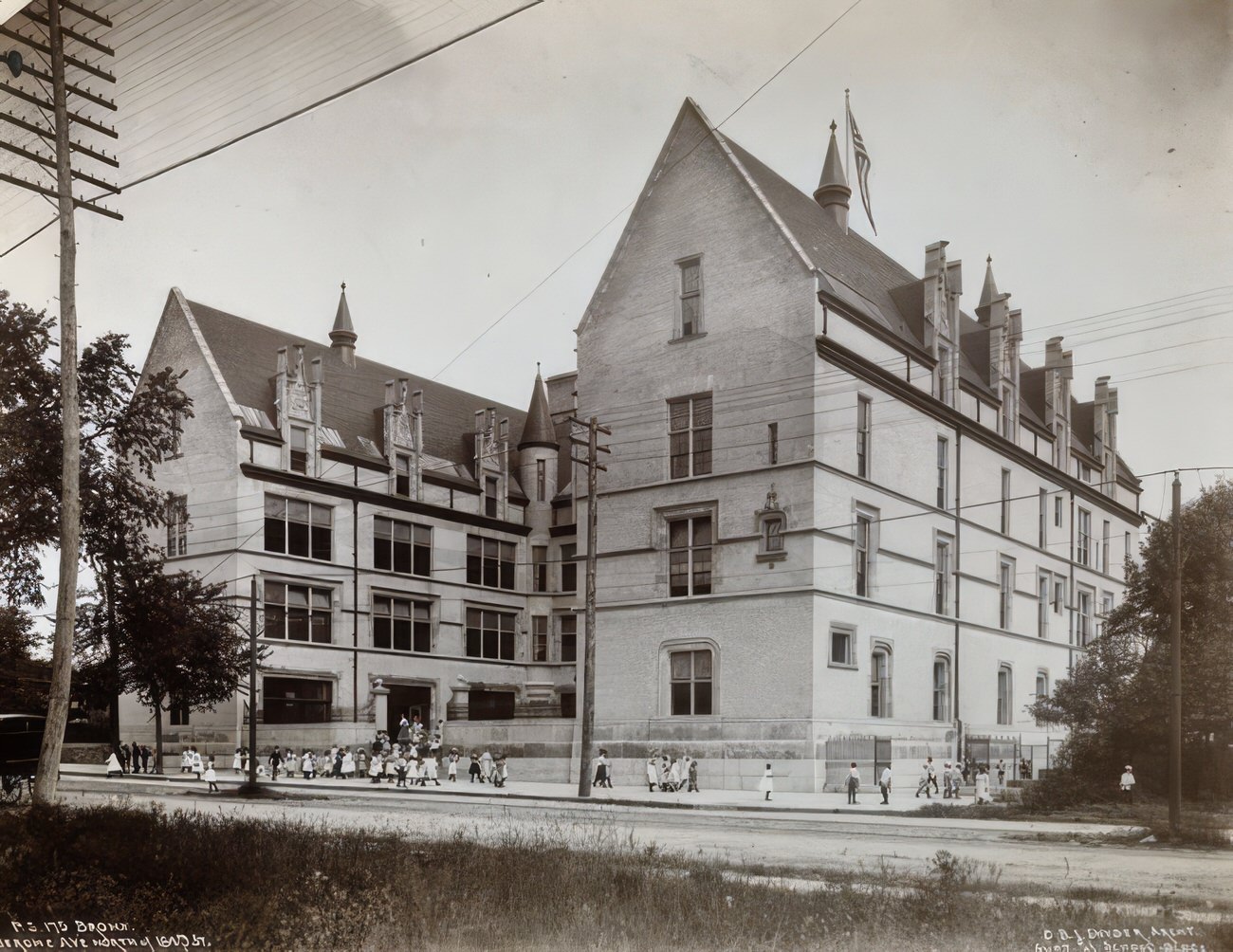
#94 Morris High School in the Bronx from the Front, Southwest, circa 1903.
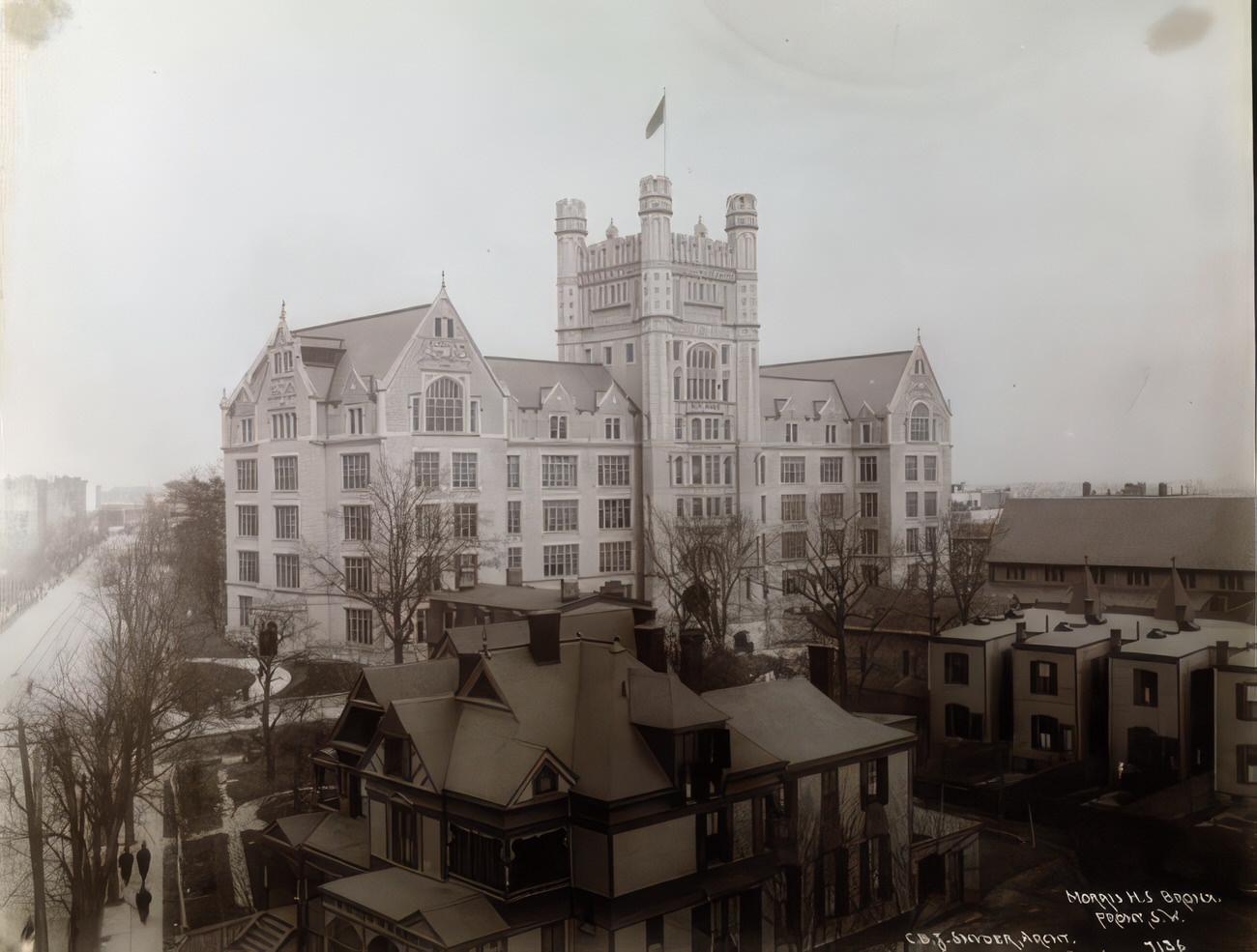
#95 181 St Yard Looking North, 1900.
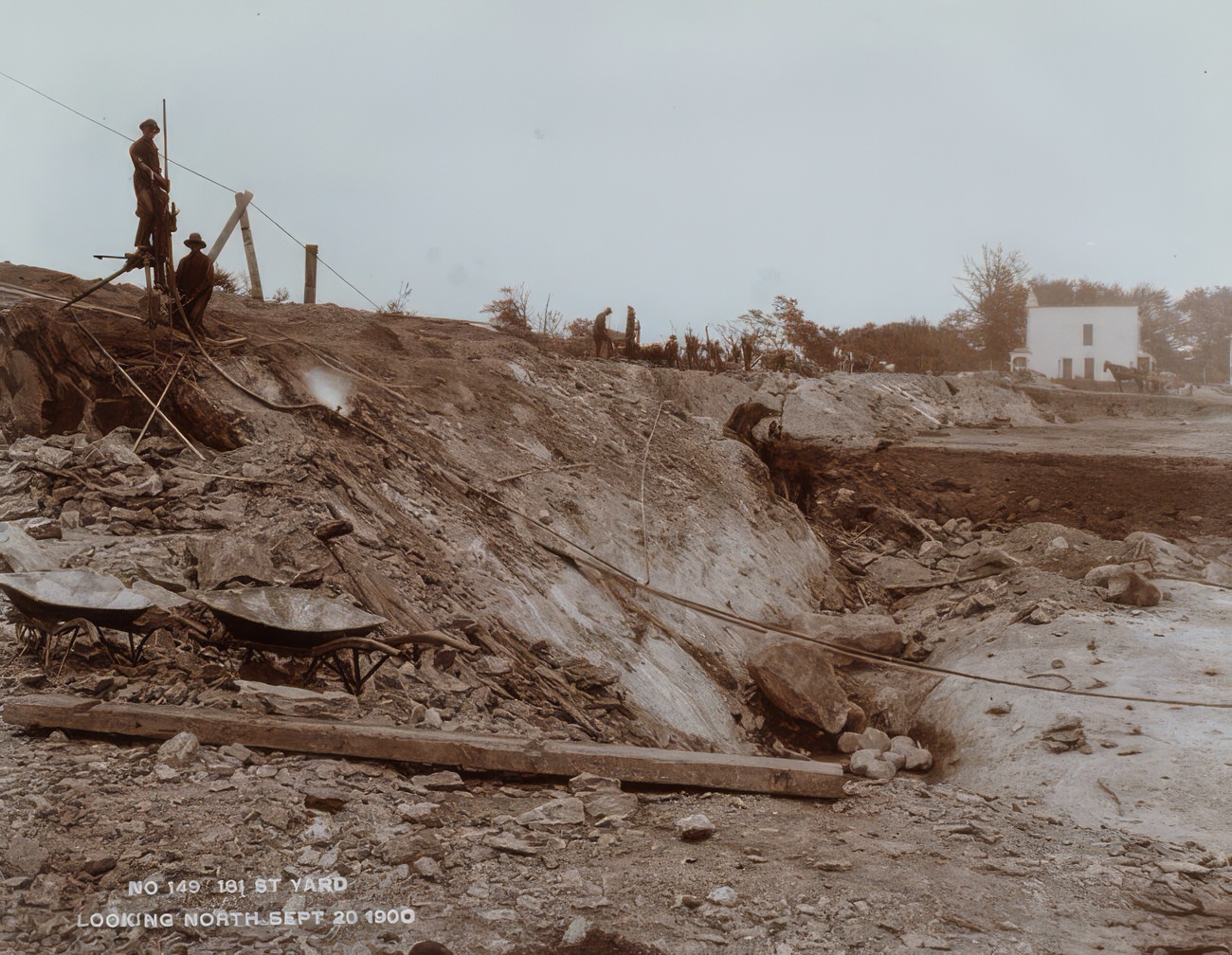
#96 St. Francis Hospital, circa 1905.
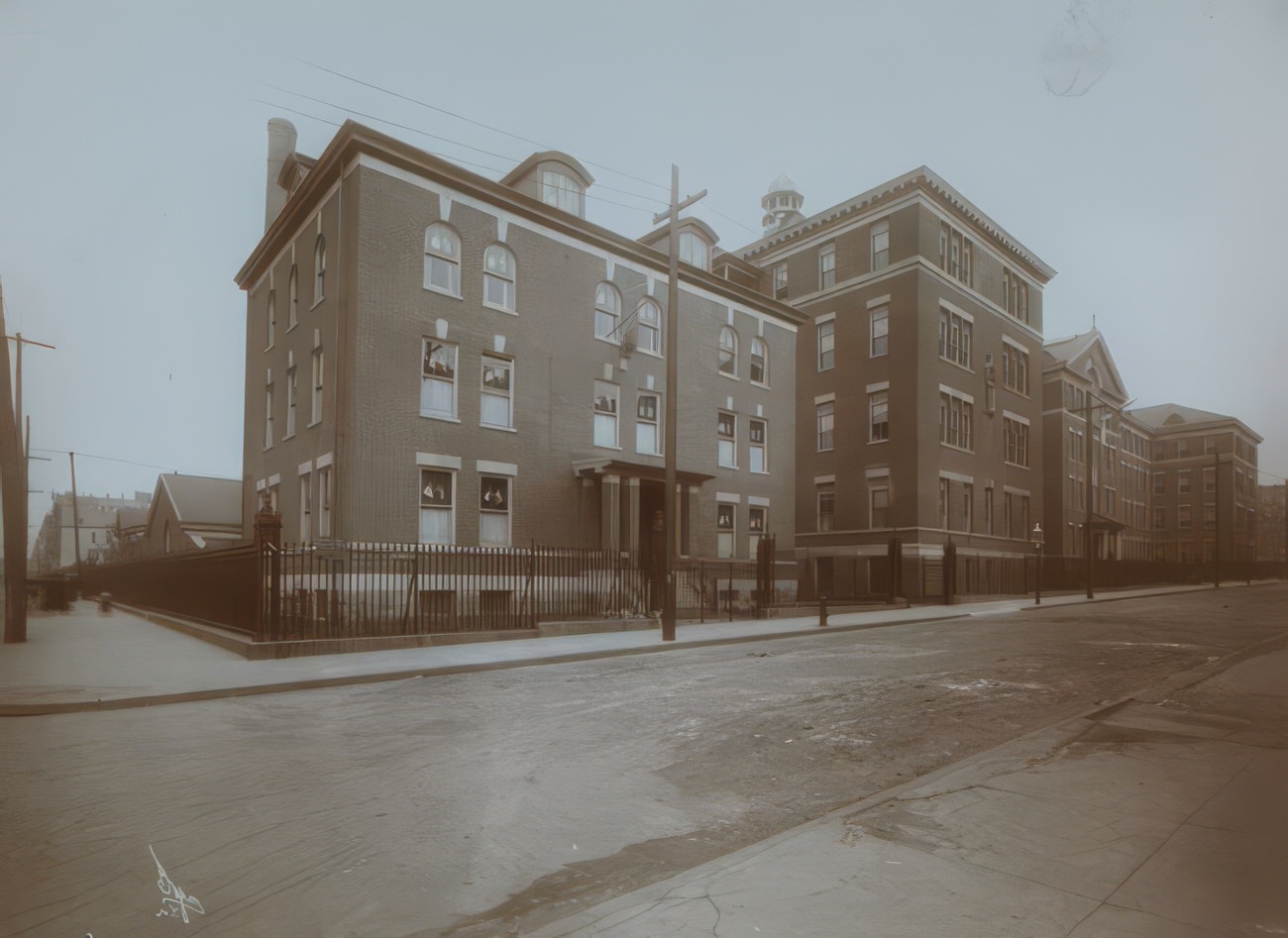
#97 N.Y. Launch & Engine Works, Morris Heights, 20th Century Marine Engine, 1905.
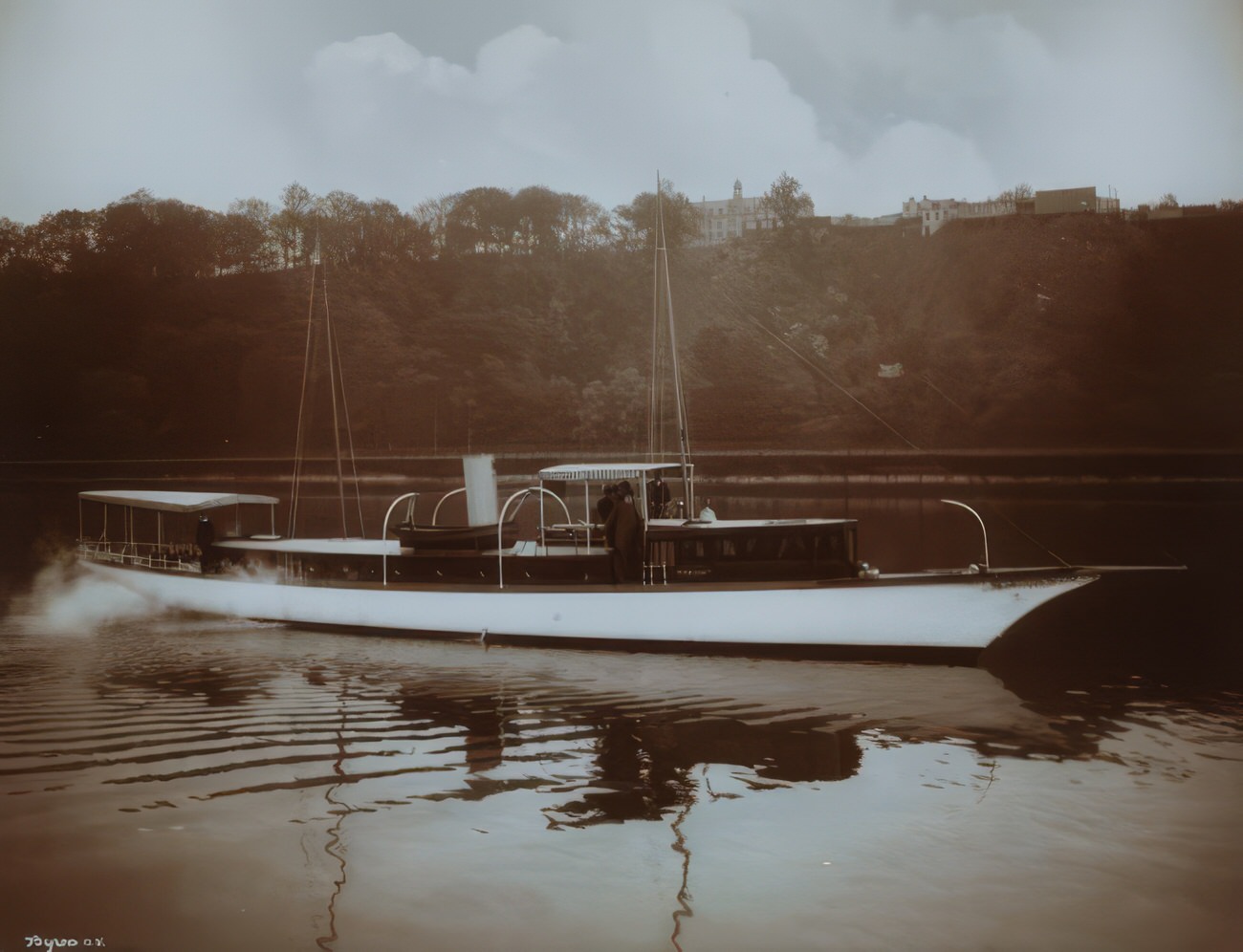
#98 Skating, McCombs Dam, Jerome Ave., 1904.
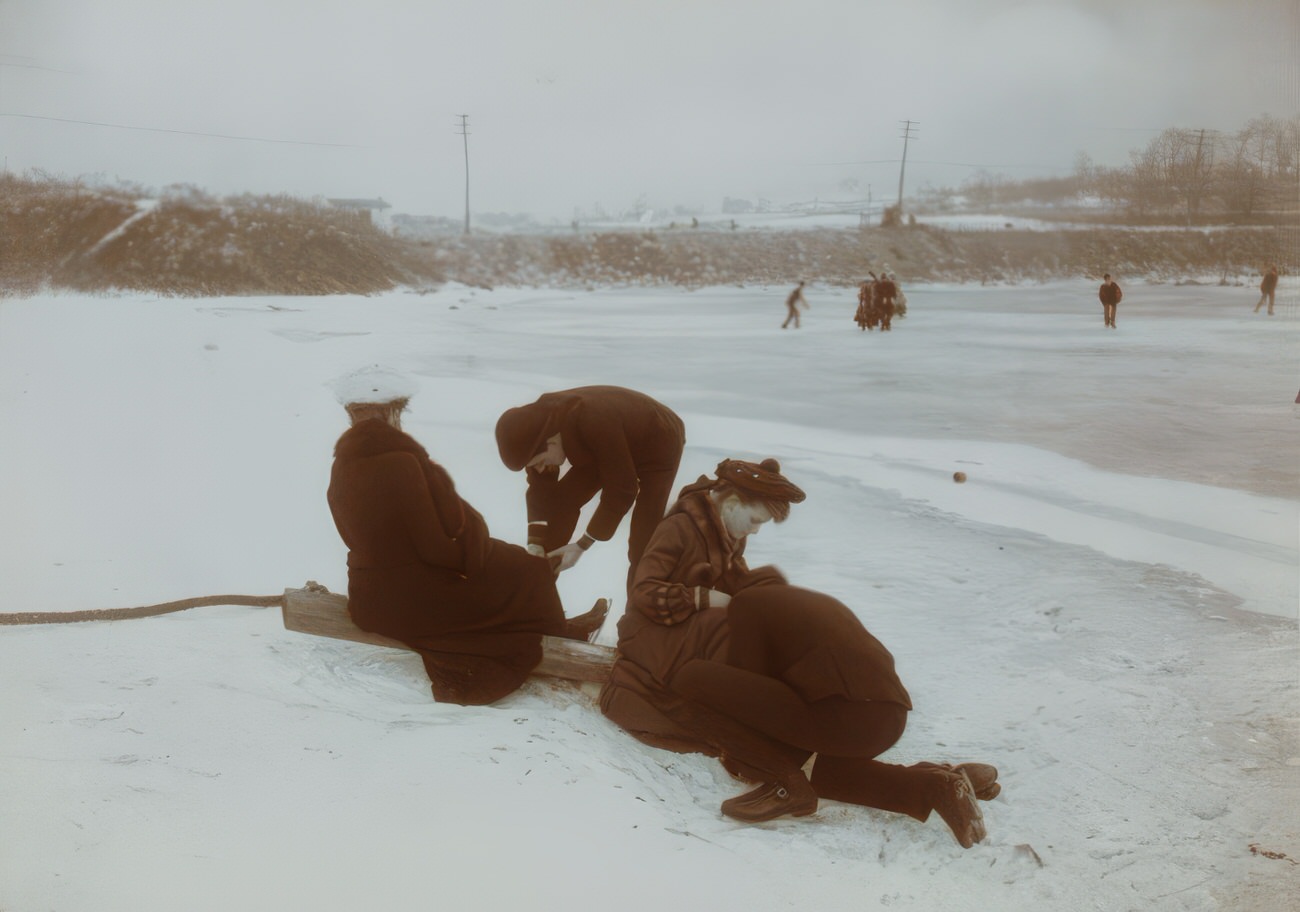
#99 Education, Schools, Academy of Mt. St. Vincent, 1905.
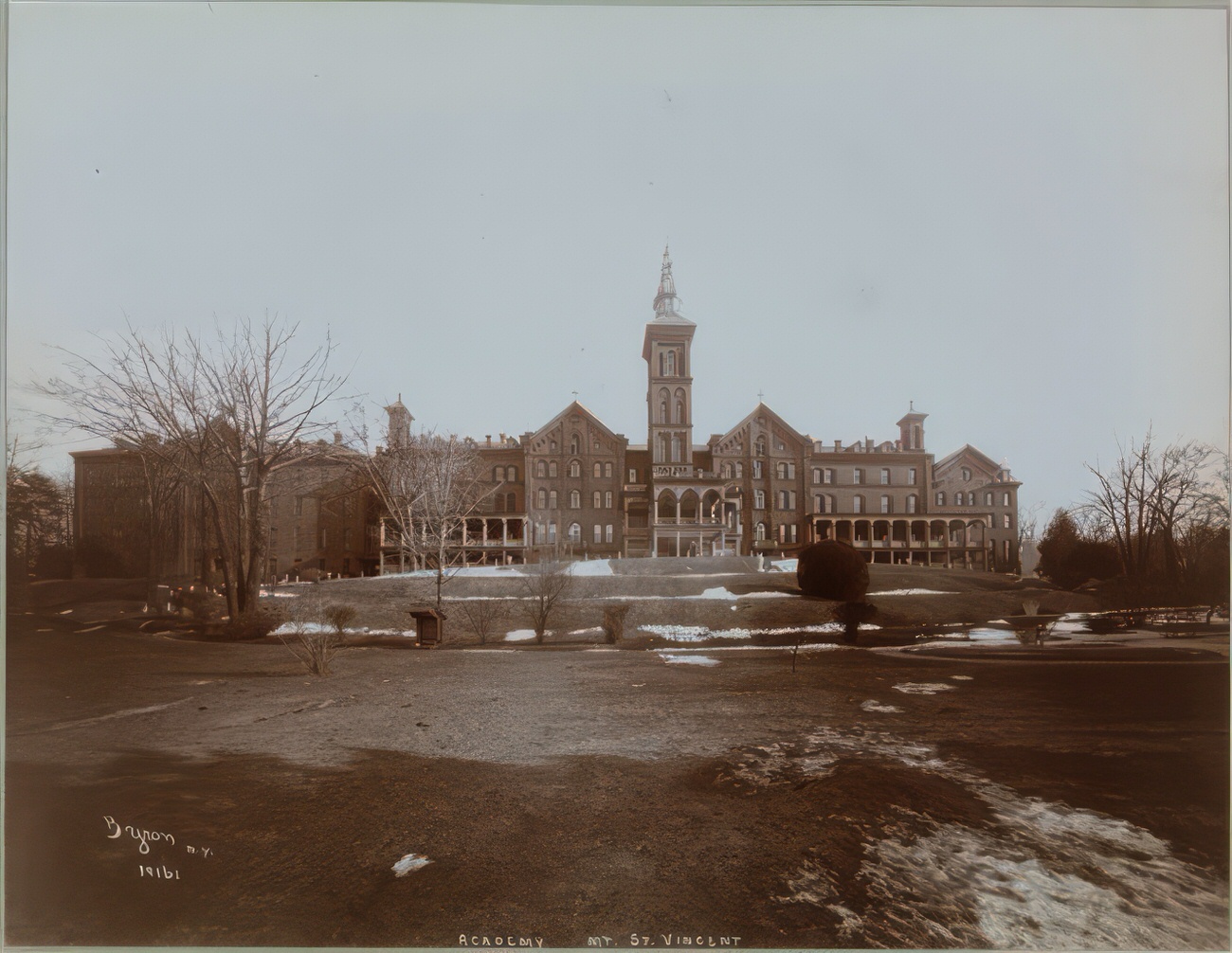
#100 Hall of Fame for Great Americans, circa 1900.
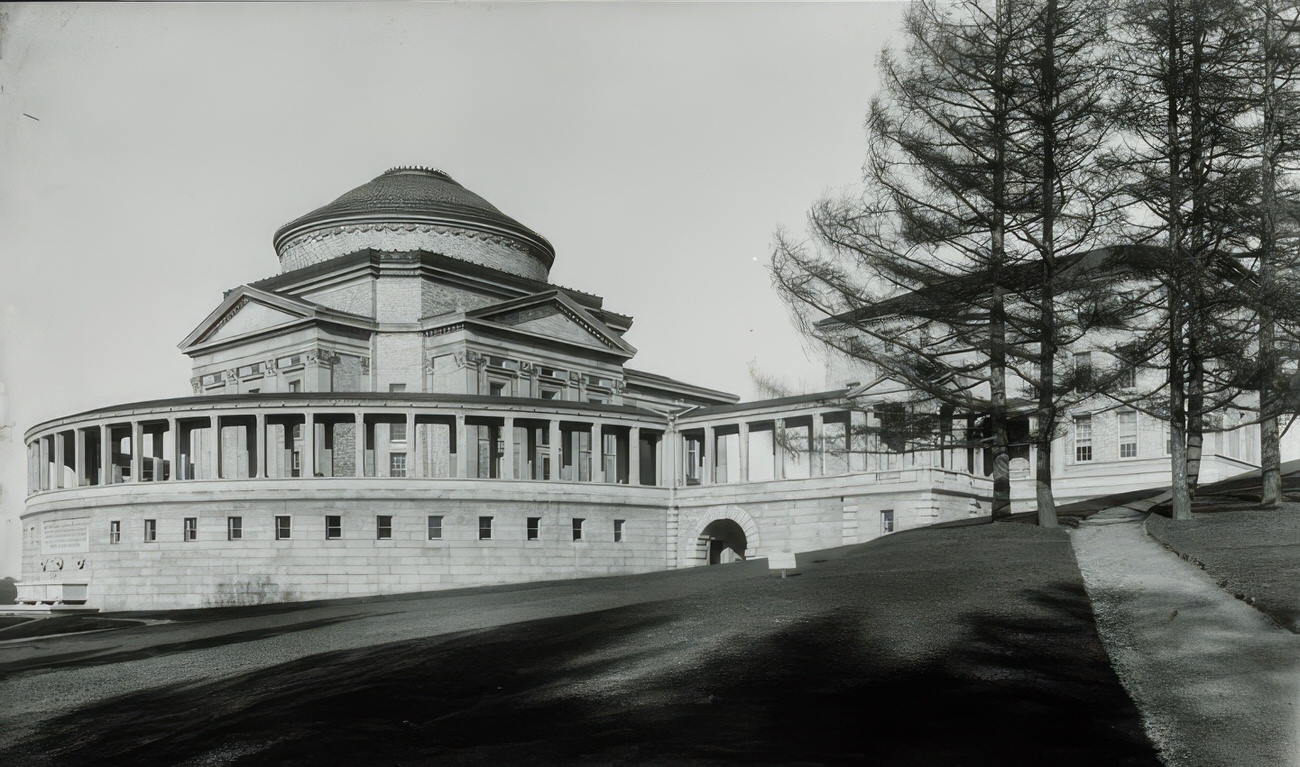
#101 Bronx Zoo, Lion House, circa 1900.
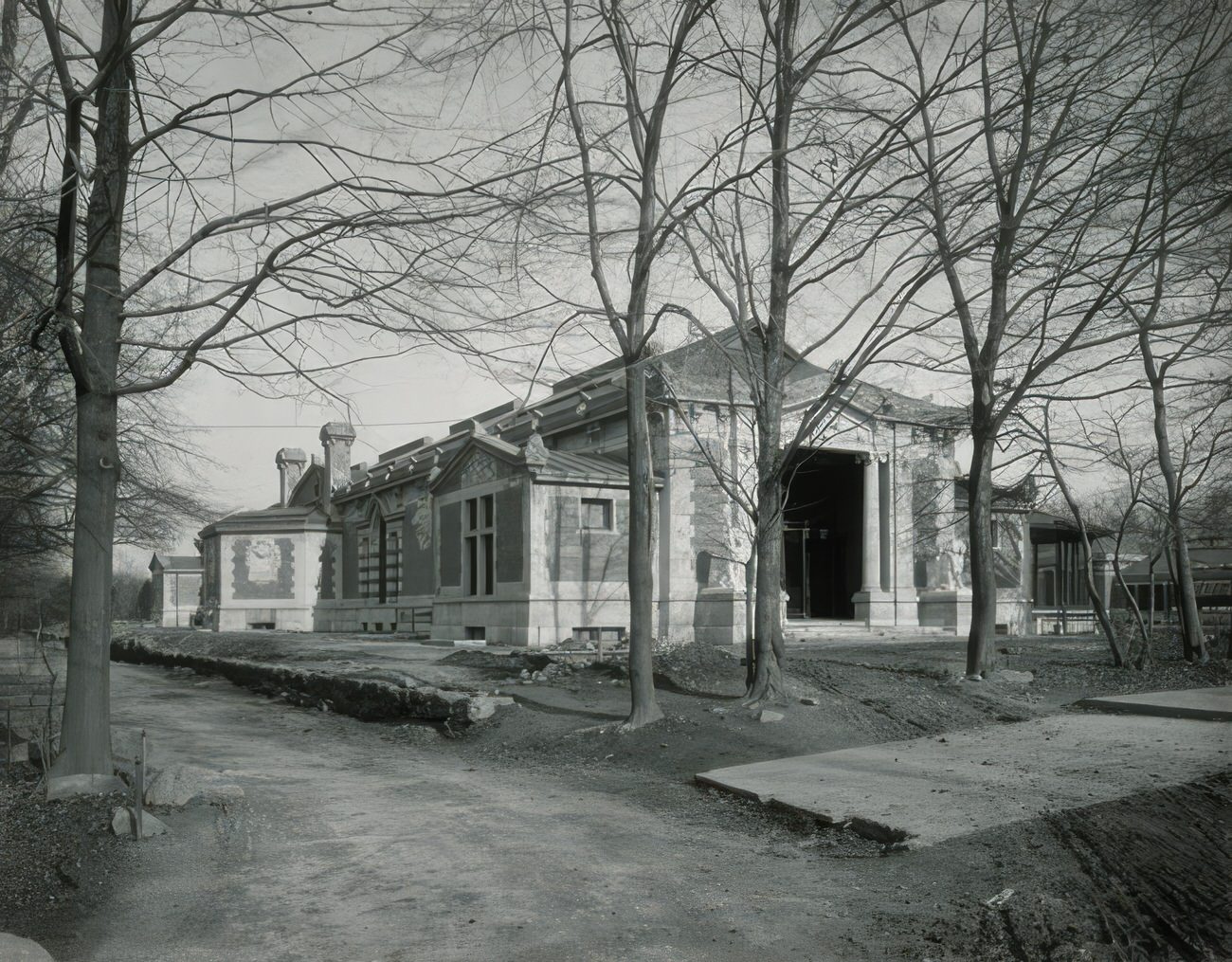
#102 J.R. Delafield house, circa 1905.
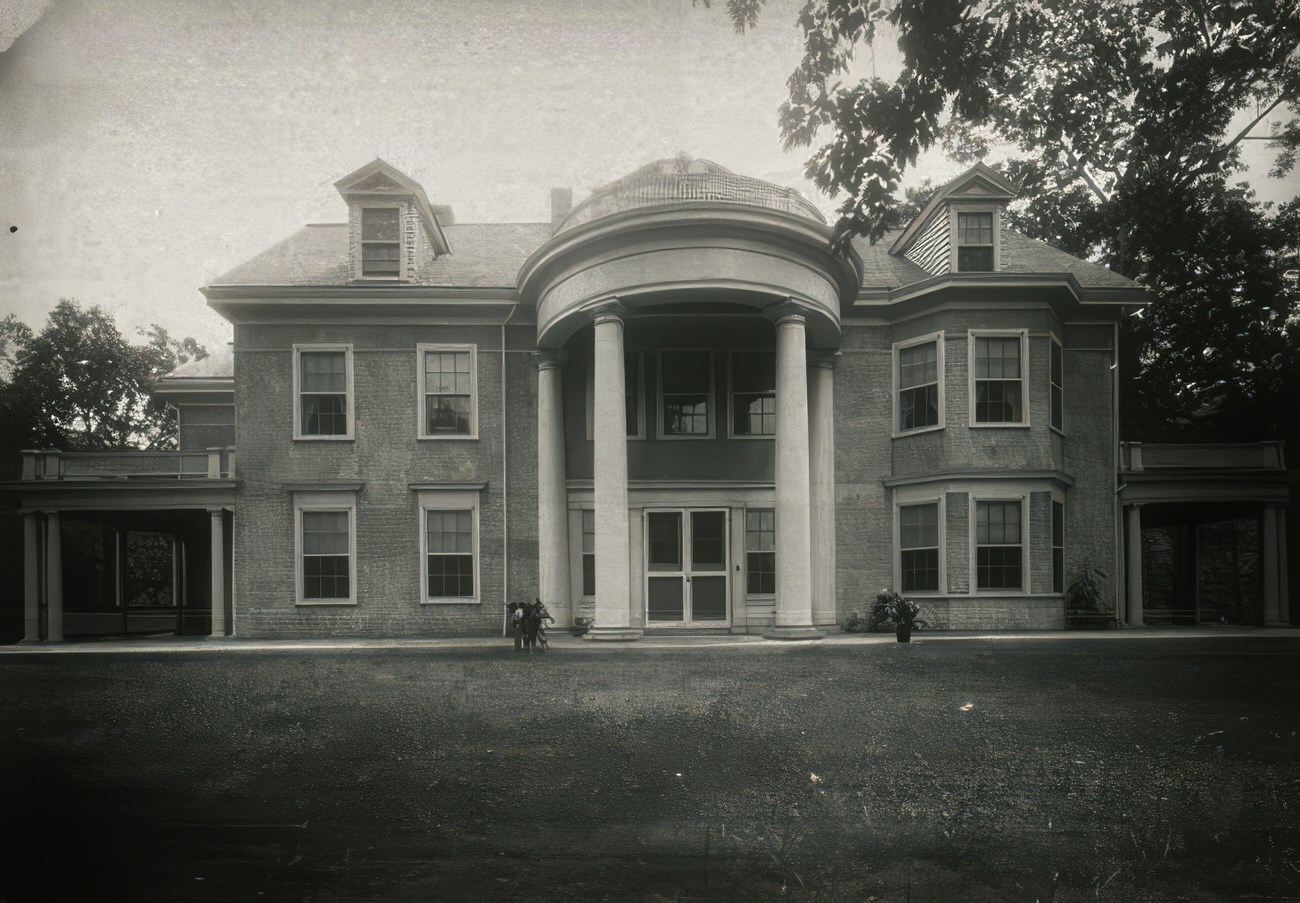
#103 New York University, Delta Upsilon Fraternity House, circa 1905.
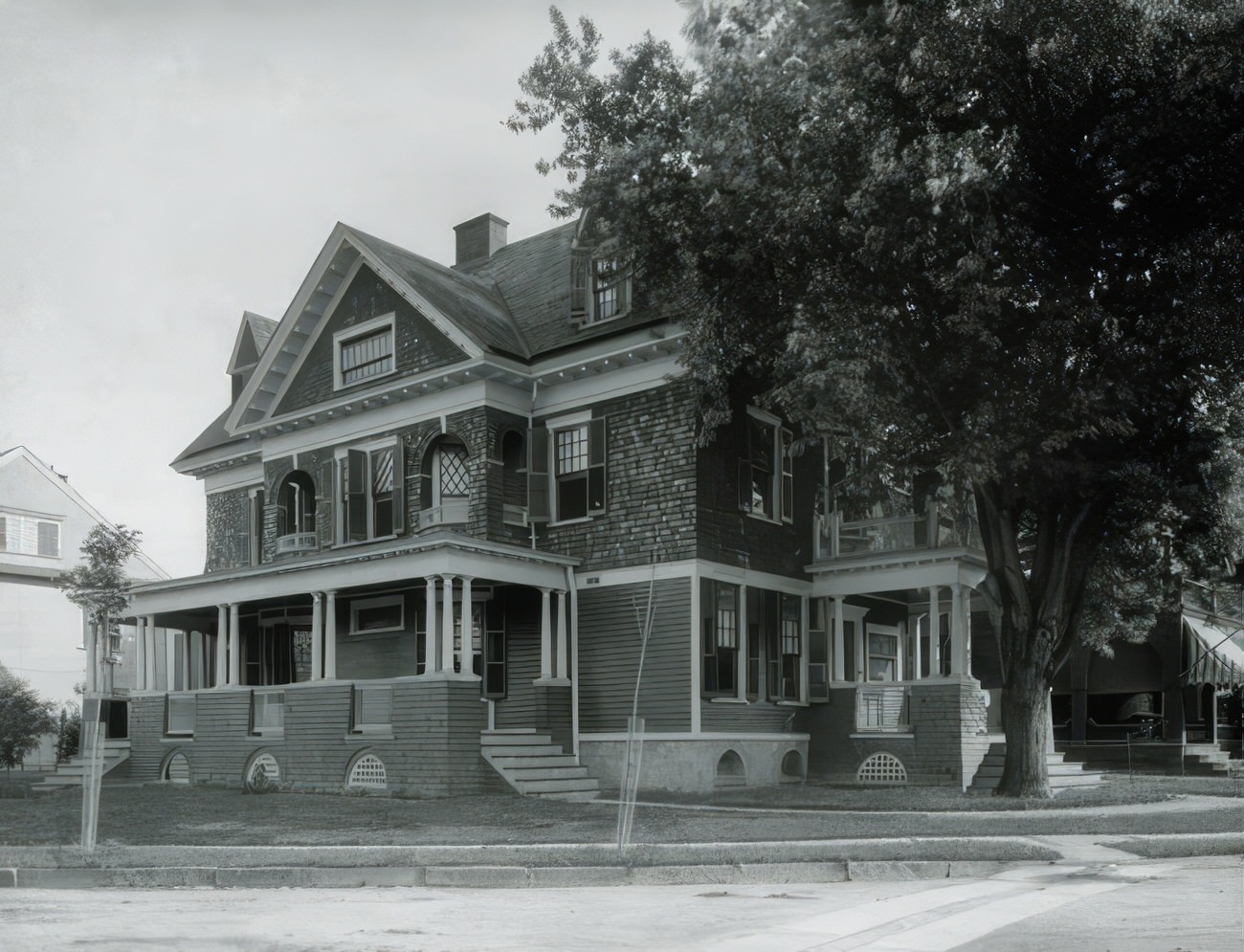
#104 House adjoining New York University, circa 1905.
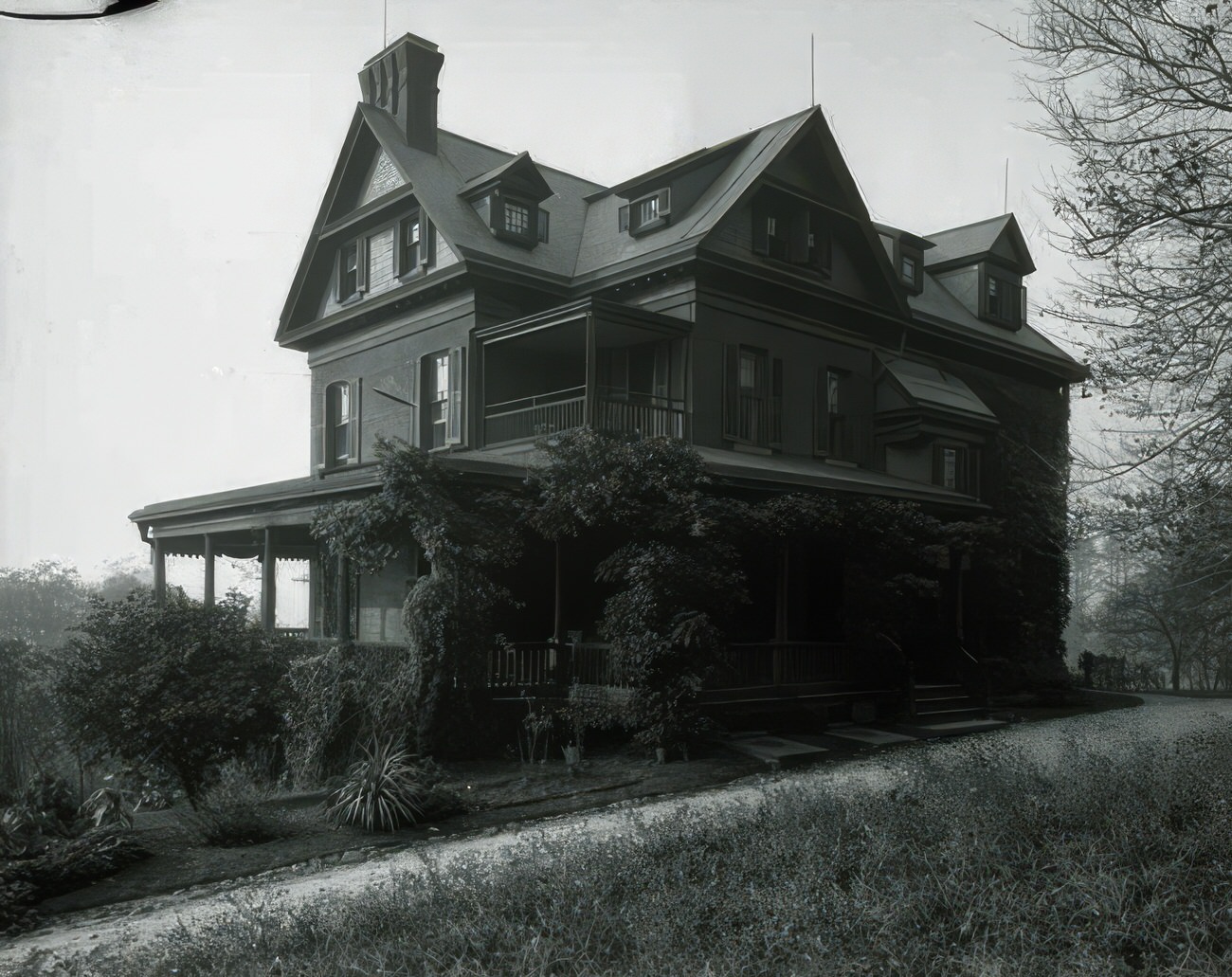
#105 House near New York University, circa 1905.
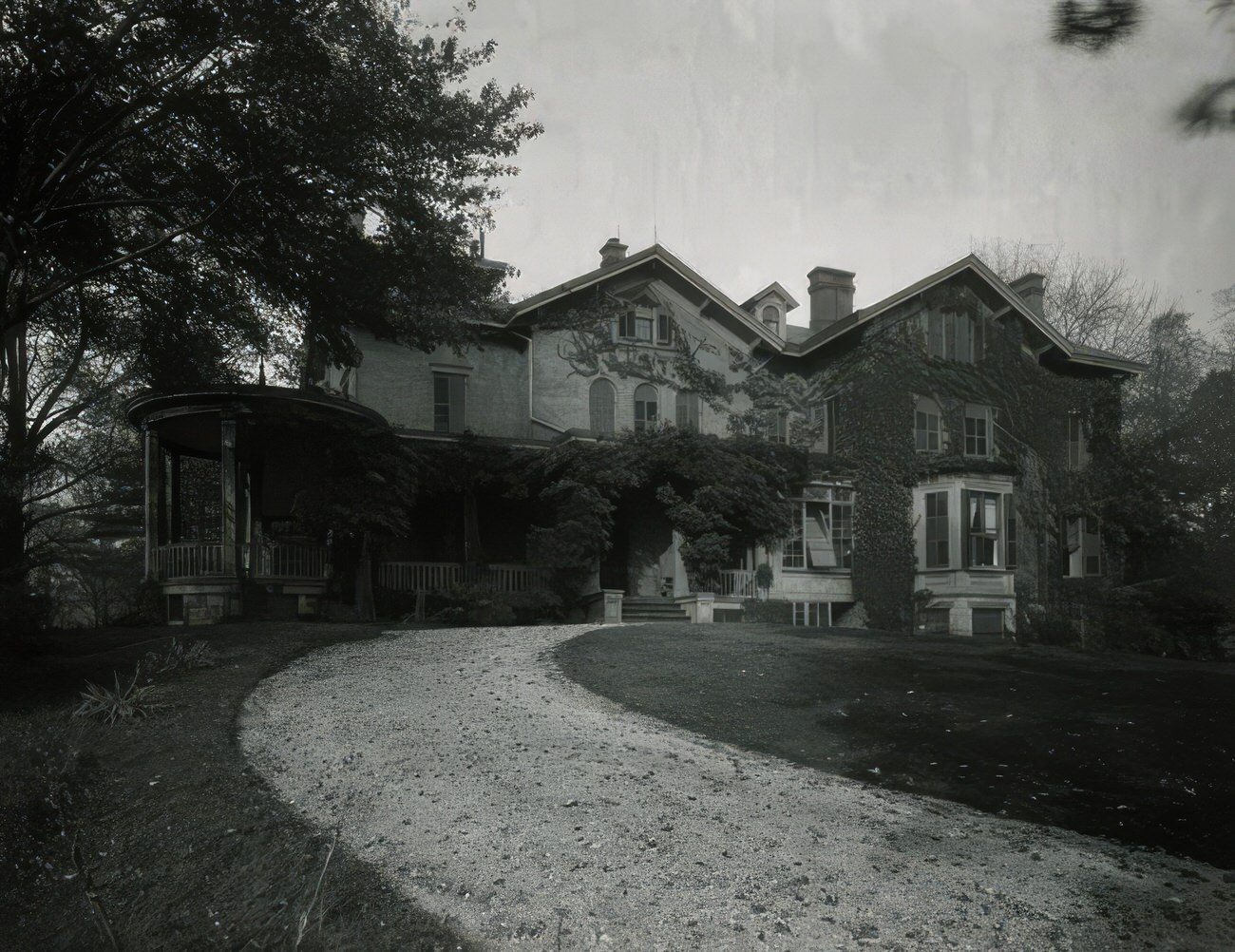
#106 Bronx Park, Bird cages, circa 1905.
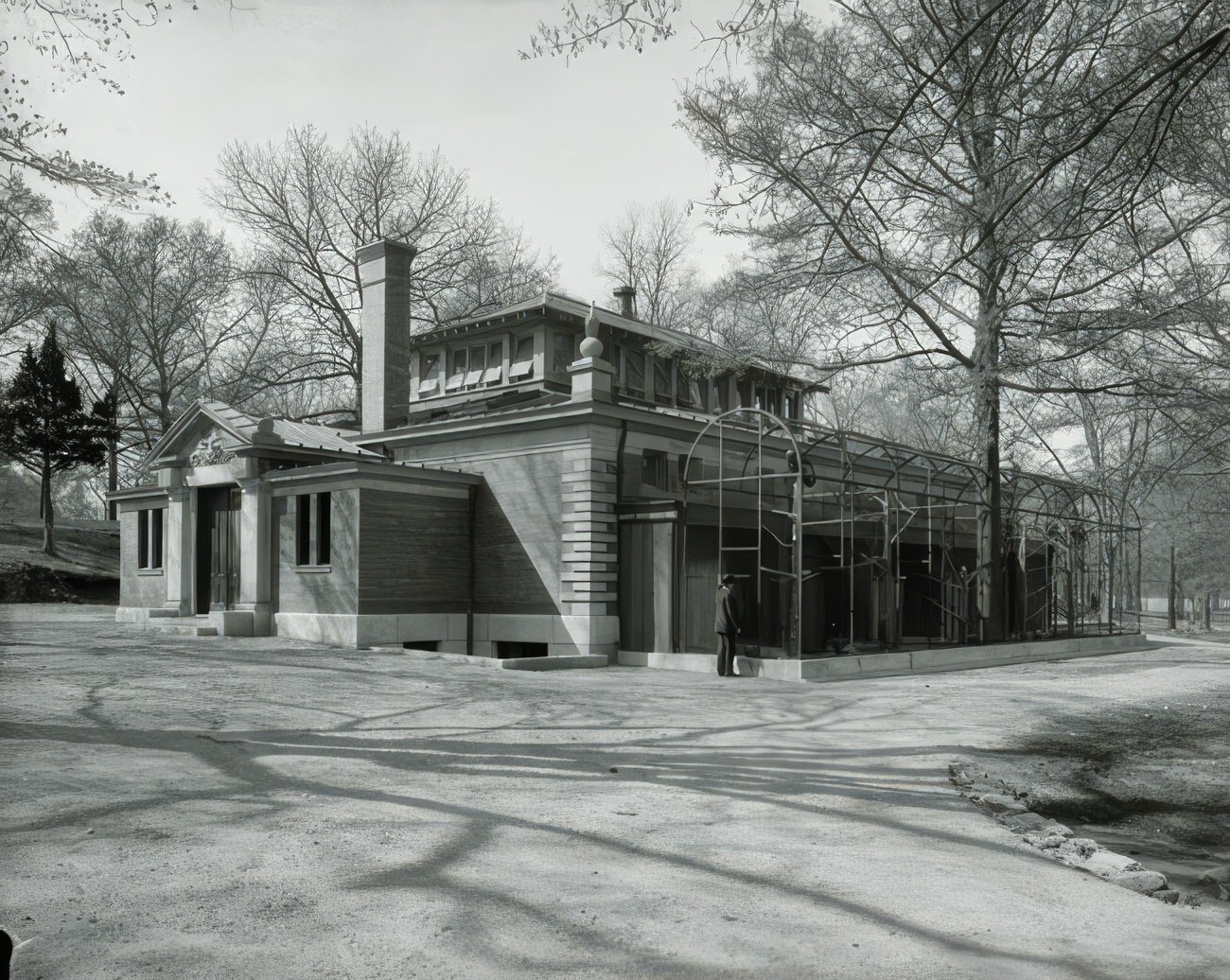
#107 Bronx Park, Reptile house, circa 1905.

#108 Woodlawn Cemetery, Ehret mausoleum, circa 1905.
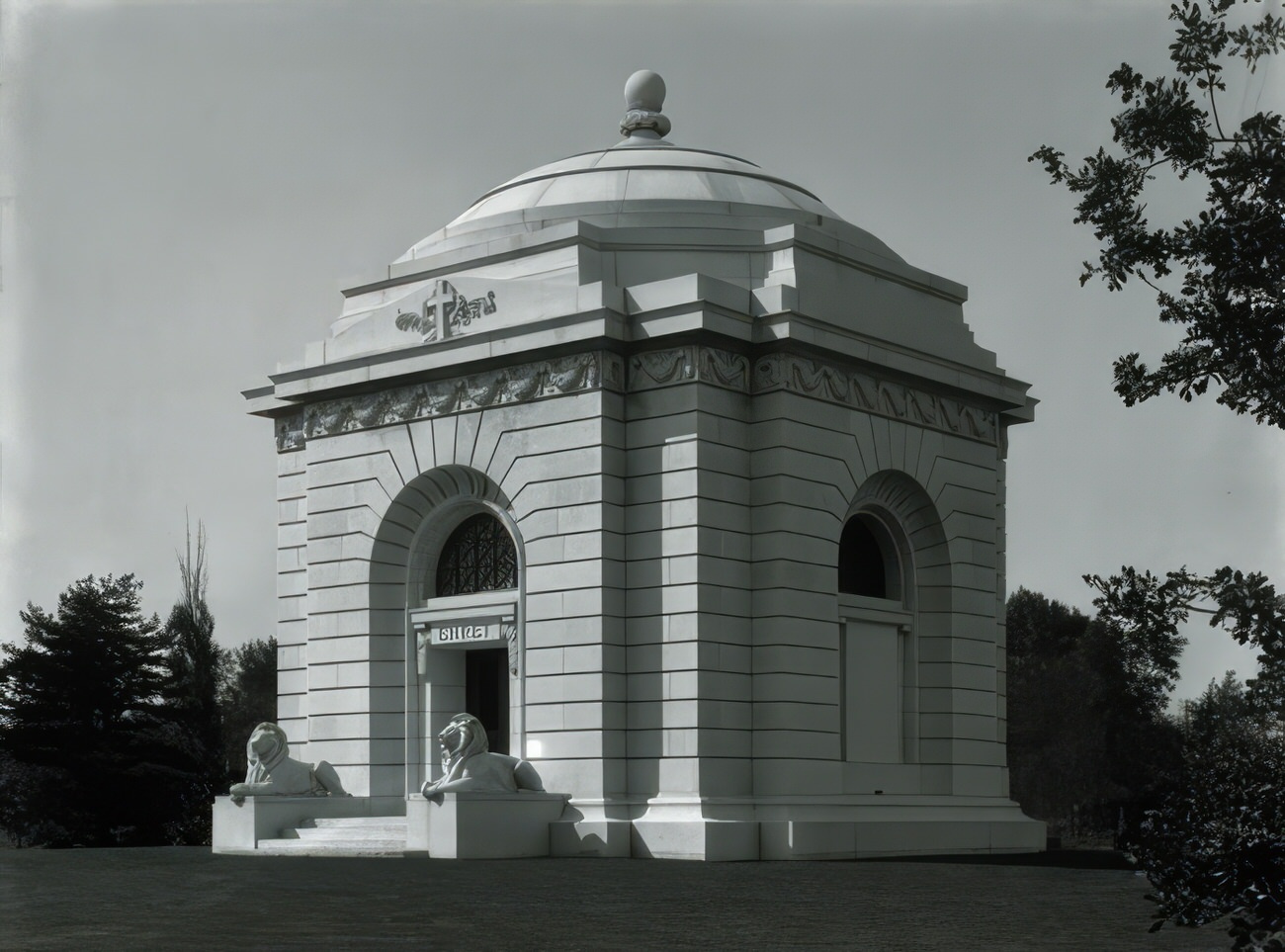
#109 New York University Library, rear, circa 1905.
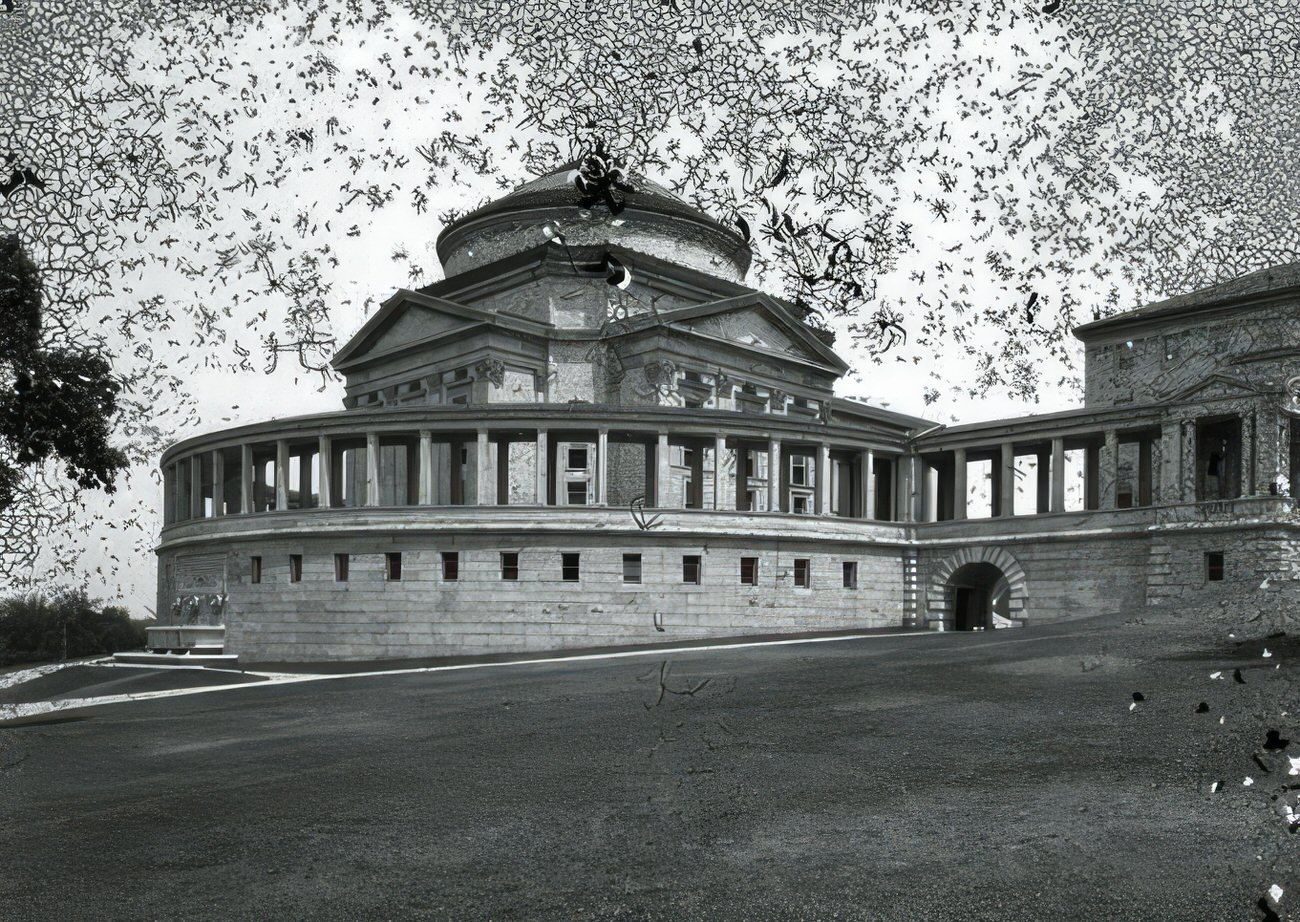
#110 New York University, Gould Dormitory, circa 1908.
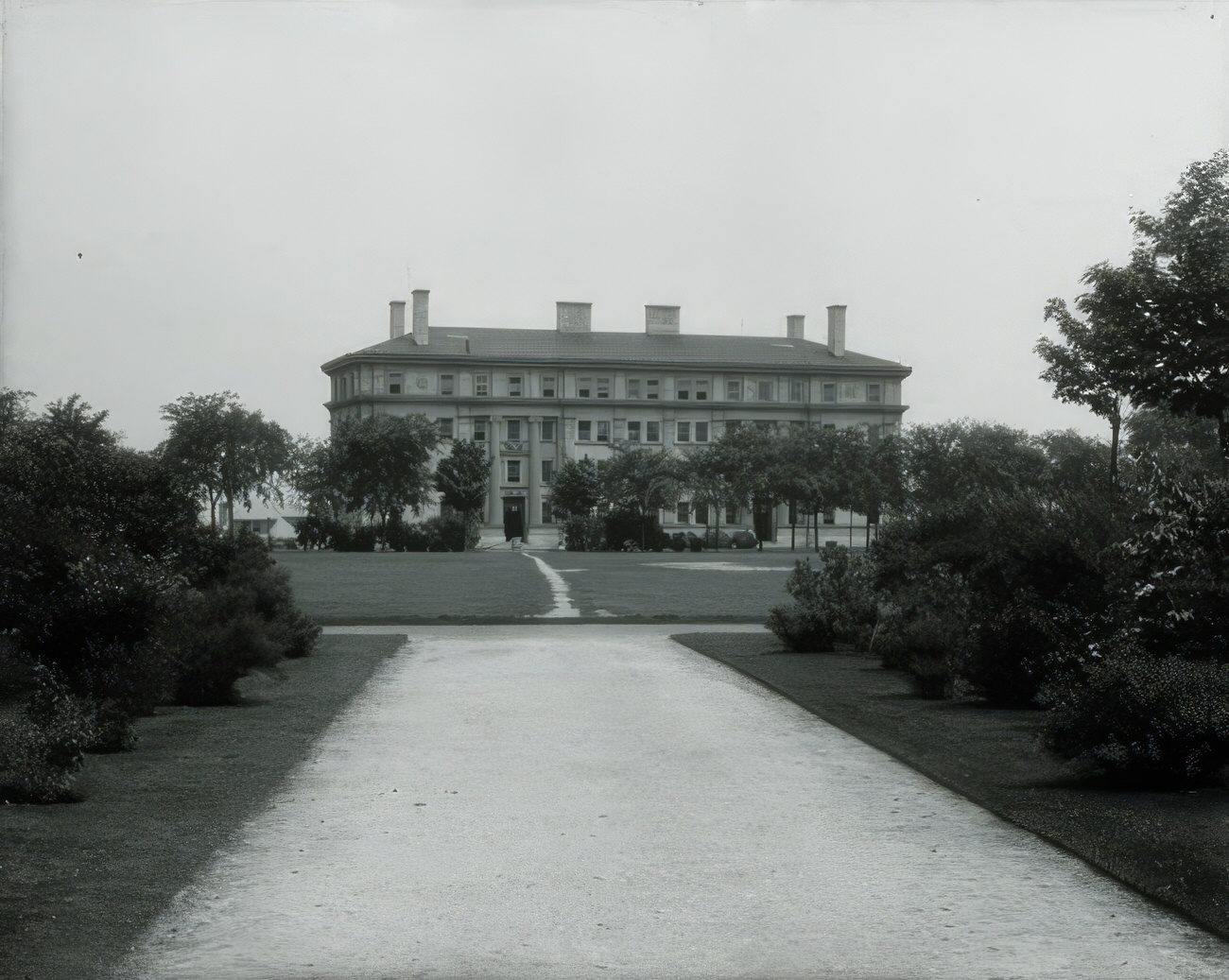
#111 J.R. Delafield house, circa 1905.

#112 E.C. Delafield house, circa 1905.
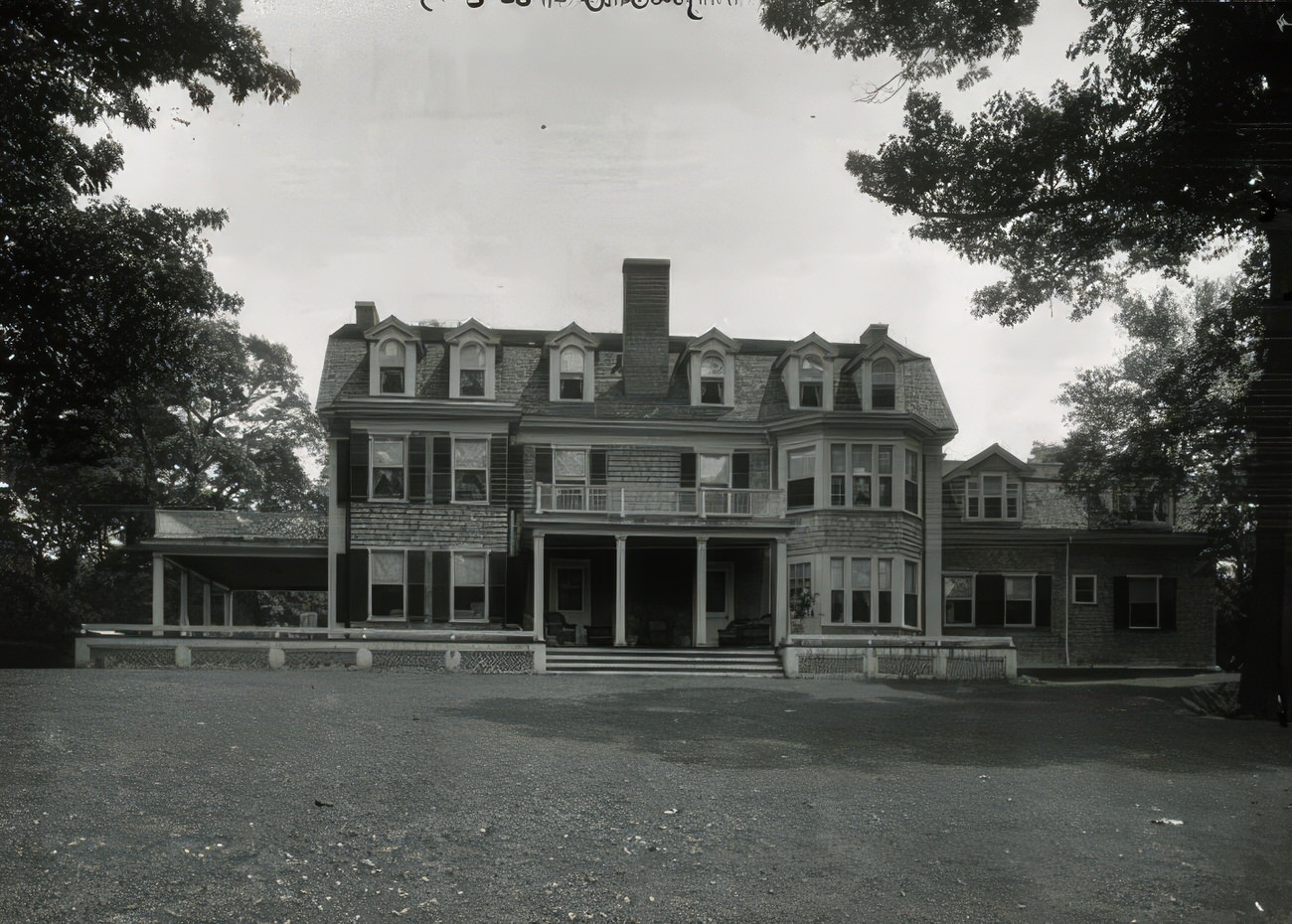
#113 J.R. Delafield house, circa 1905.
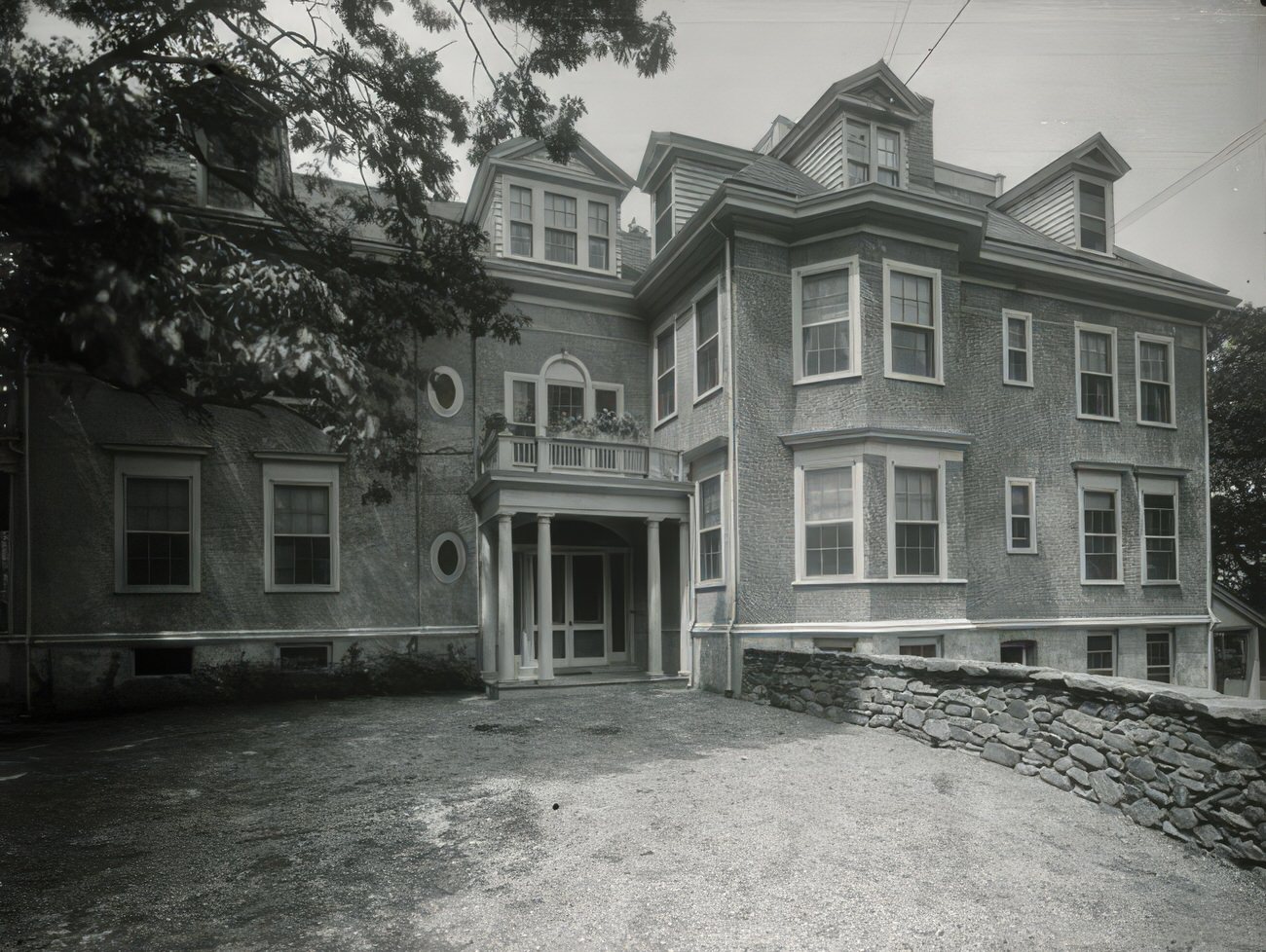
#114 Children engaged in exercise activities at Crotona Park’s Vacation Playground, 1901.
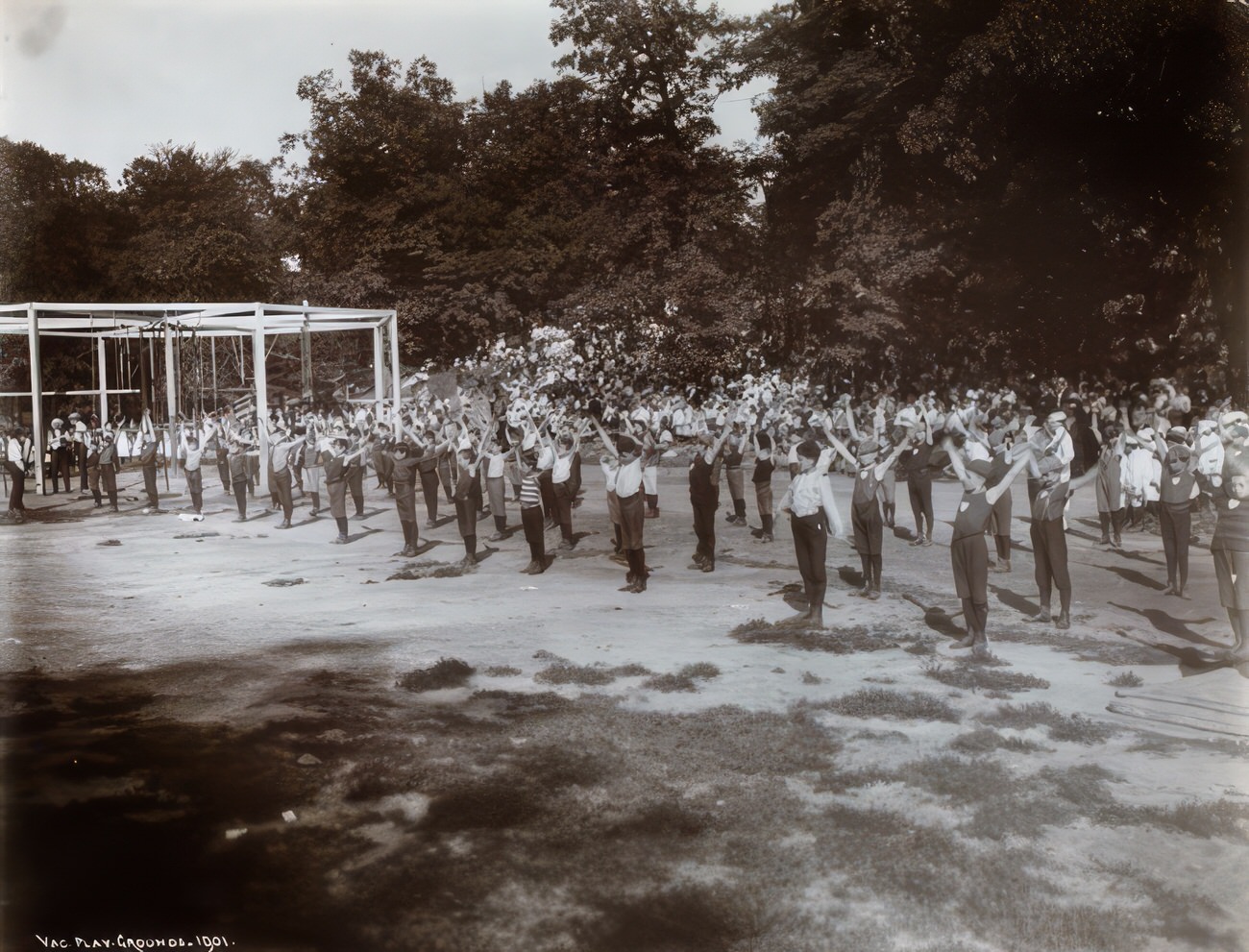
#115 Exterior of Metropolis Theatre on 3rd Avenue, 1903.
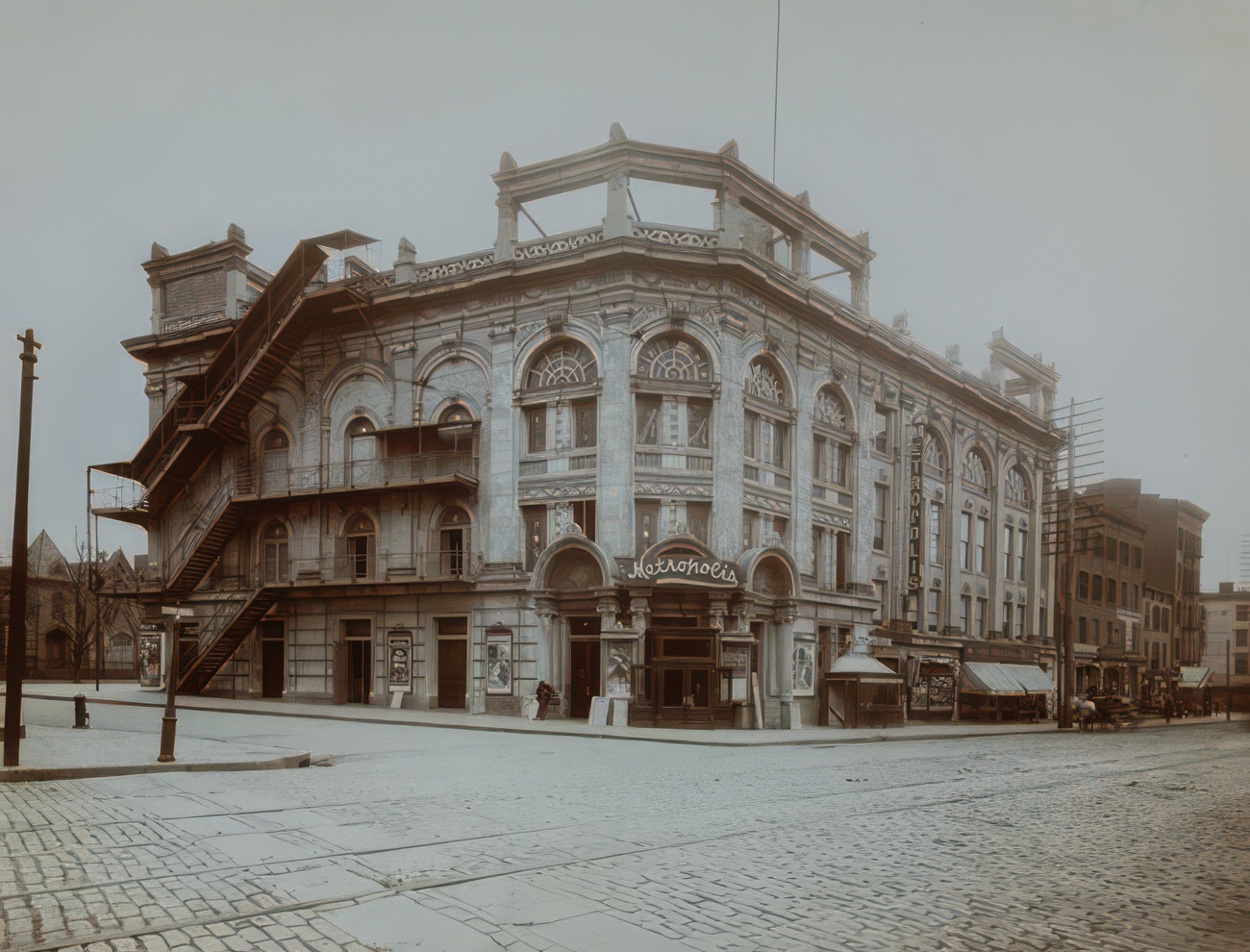
#116 Facade of a large church in a cemetery, 1905.
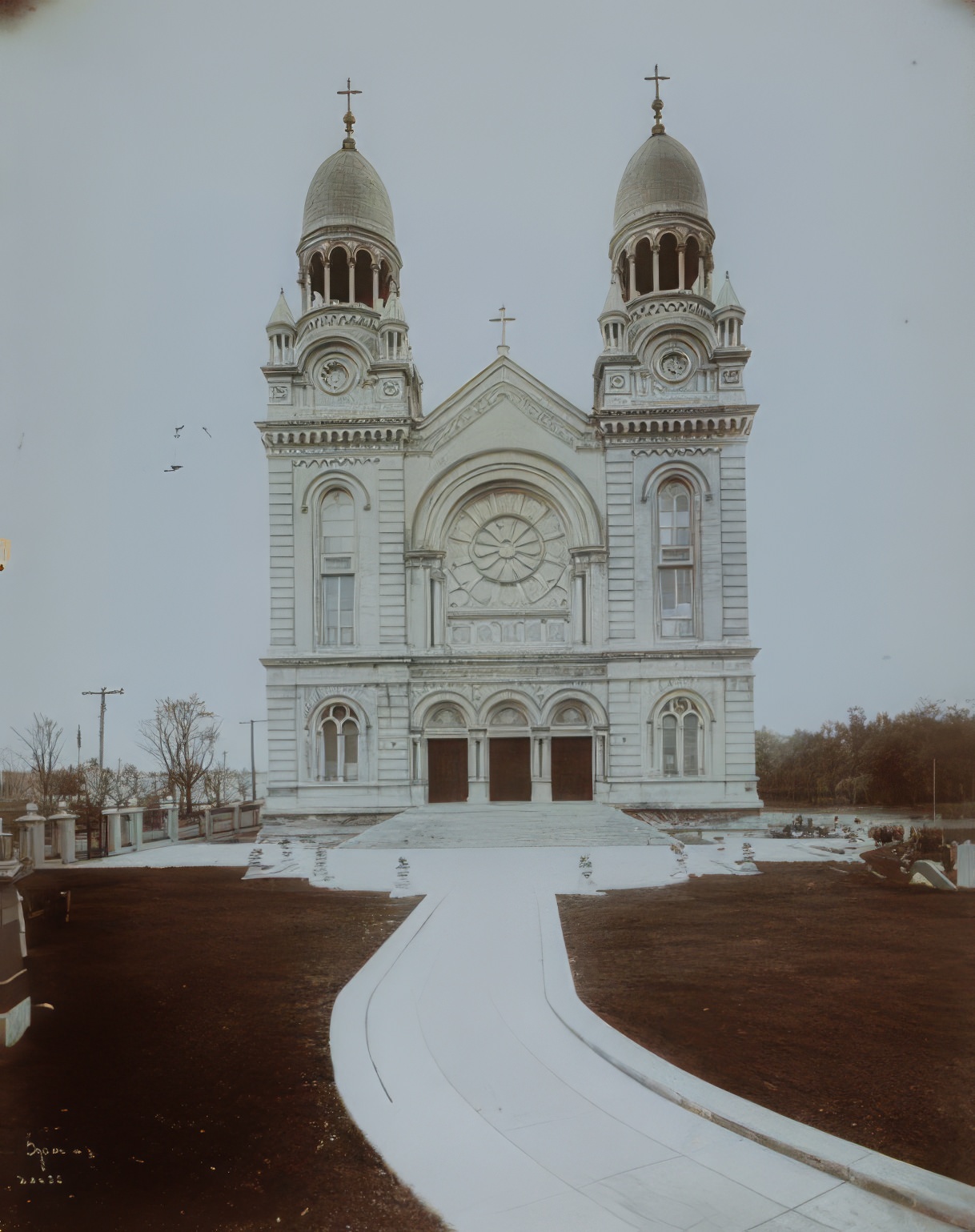
#117 Boys boxing at Crotona Park’s vacation playground, 1901.
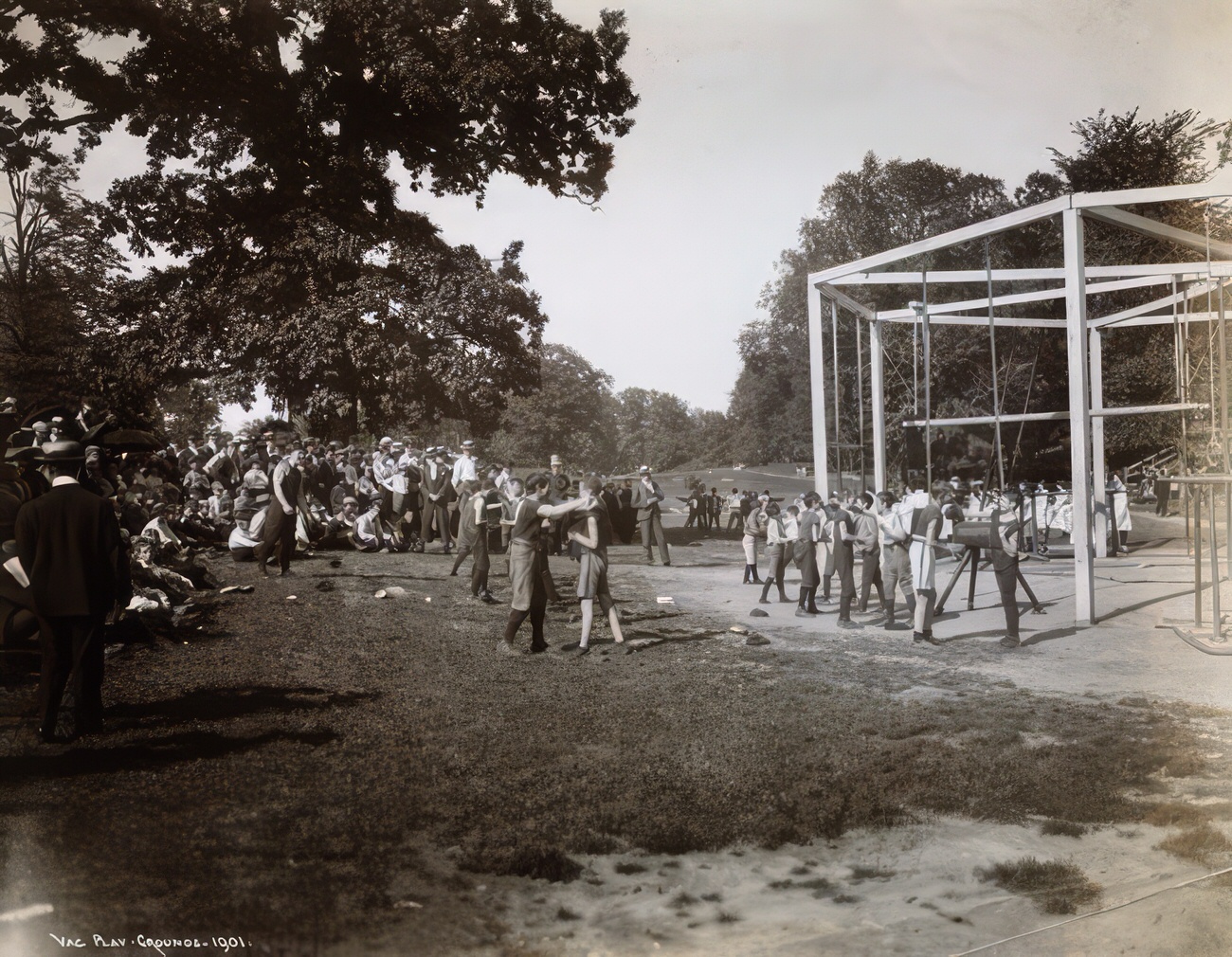
#118 Mousquetaire N.Y., N.Y.Y.L. & E. Co., 1905.
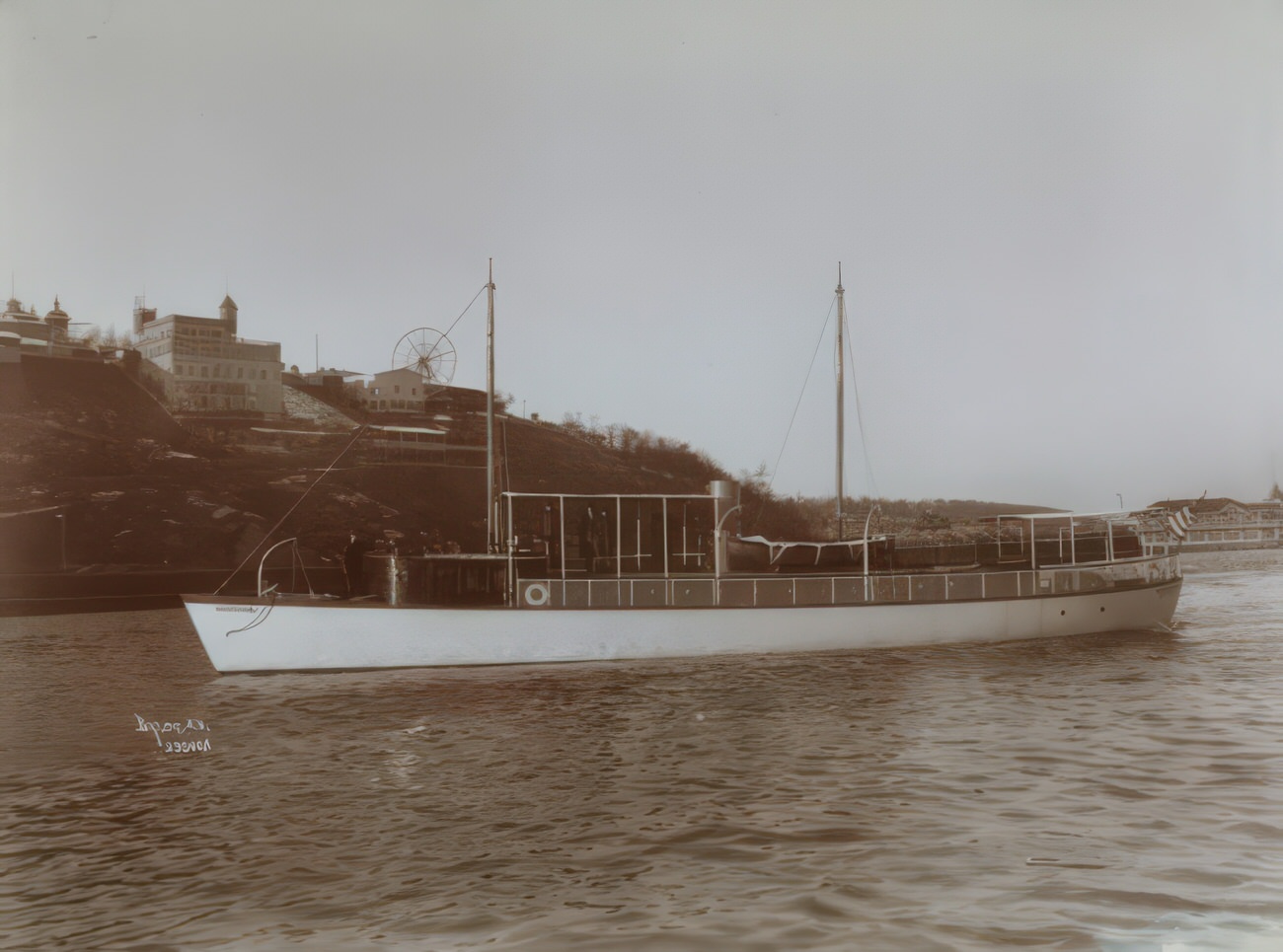
#119 Skating on a frozen lake at Van Cortlandt Park, 1906.
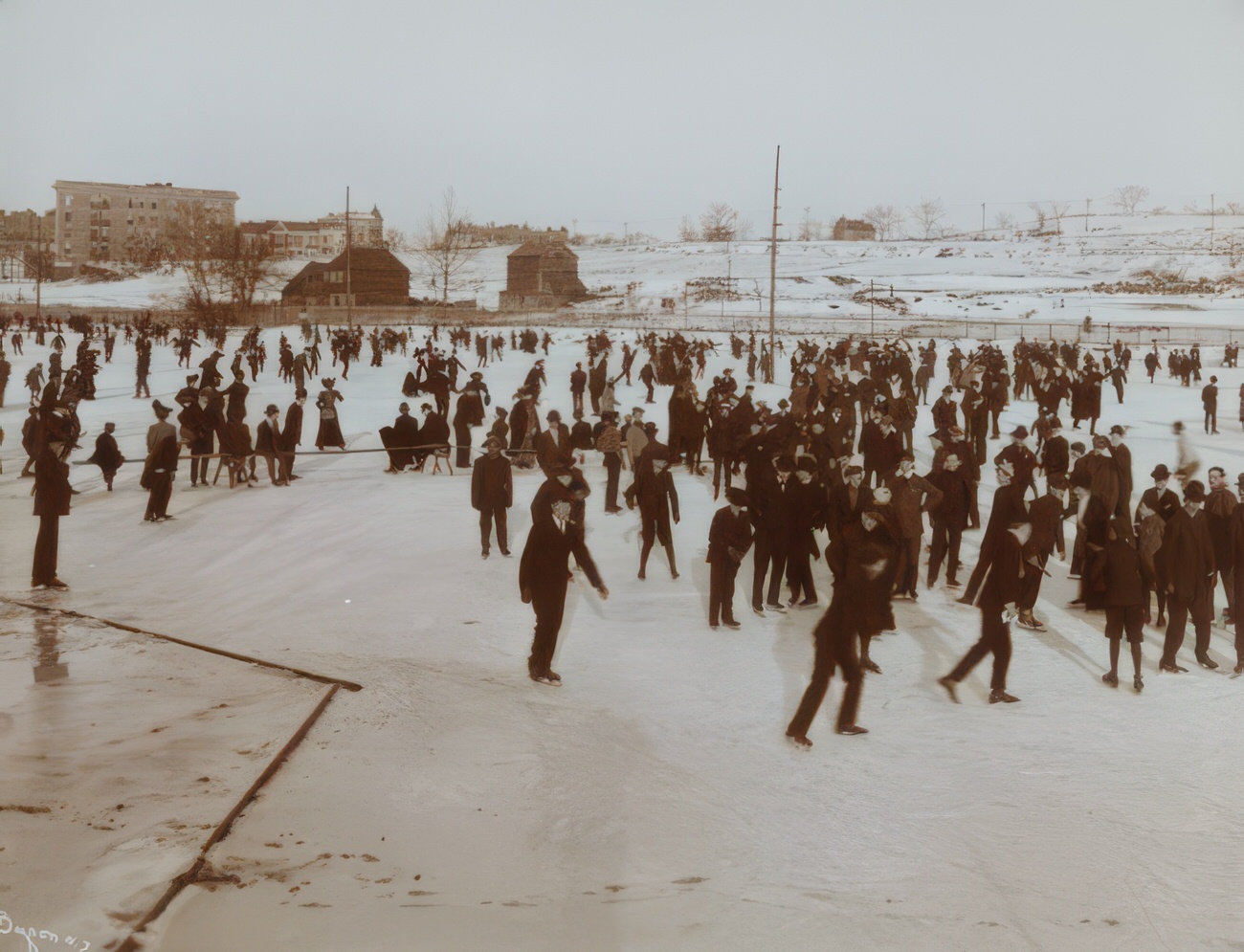
#120 N.Y. Launch & Engine Works, Morris Heights, showcasing a 20th Century Marine Engine, 1905.
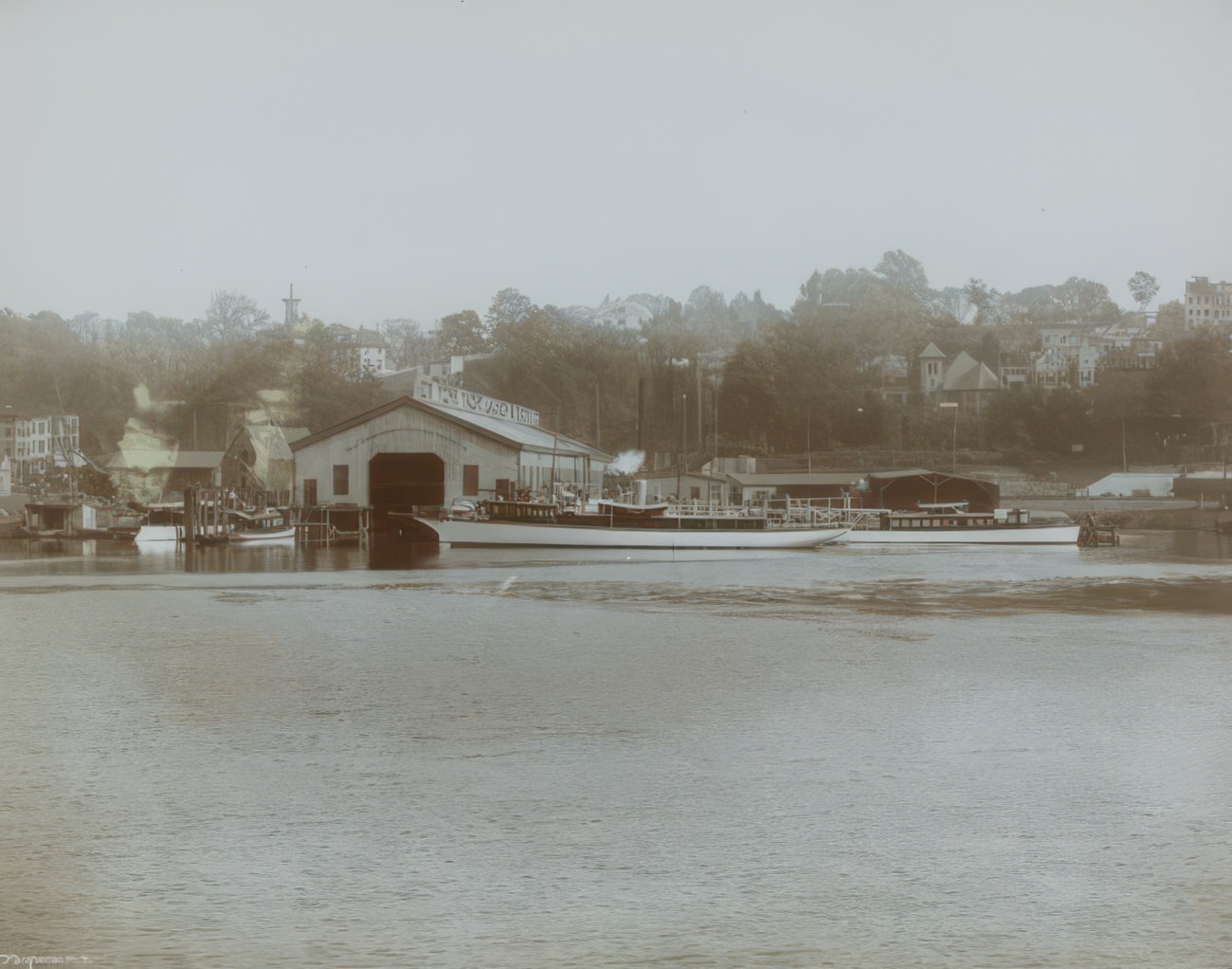
#121 Henry Augustus Coit Taylor mausoleum at Woodlawn Cemetery, 1900
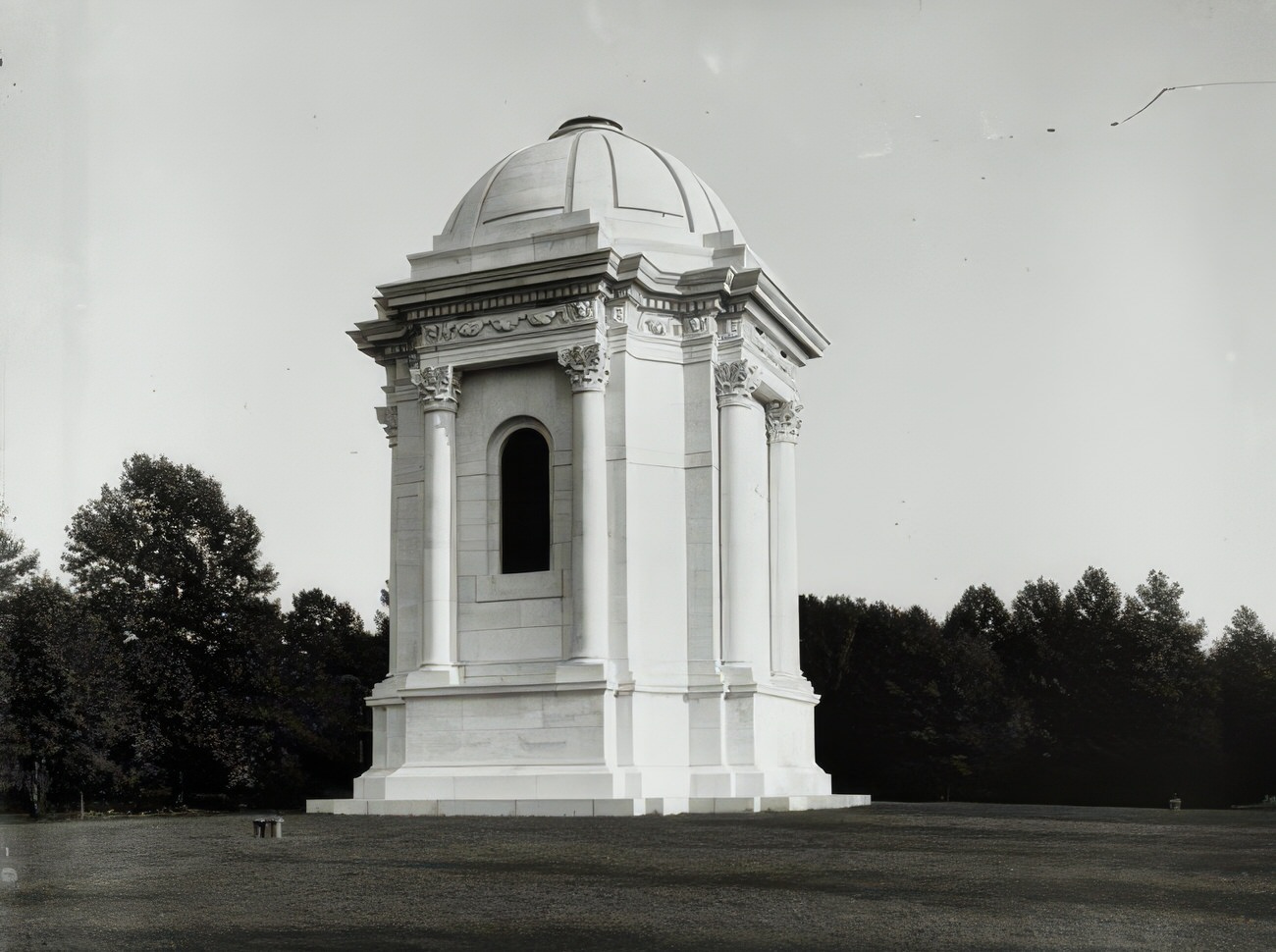
#122 Bronx Park, possibly the New York Botanical Garden, circa 1900.
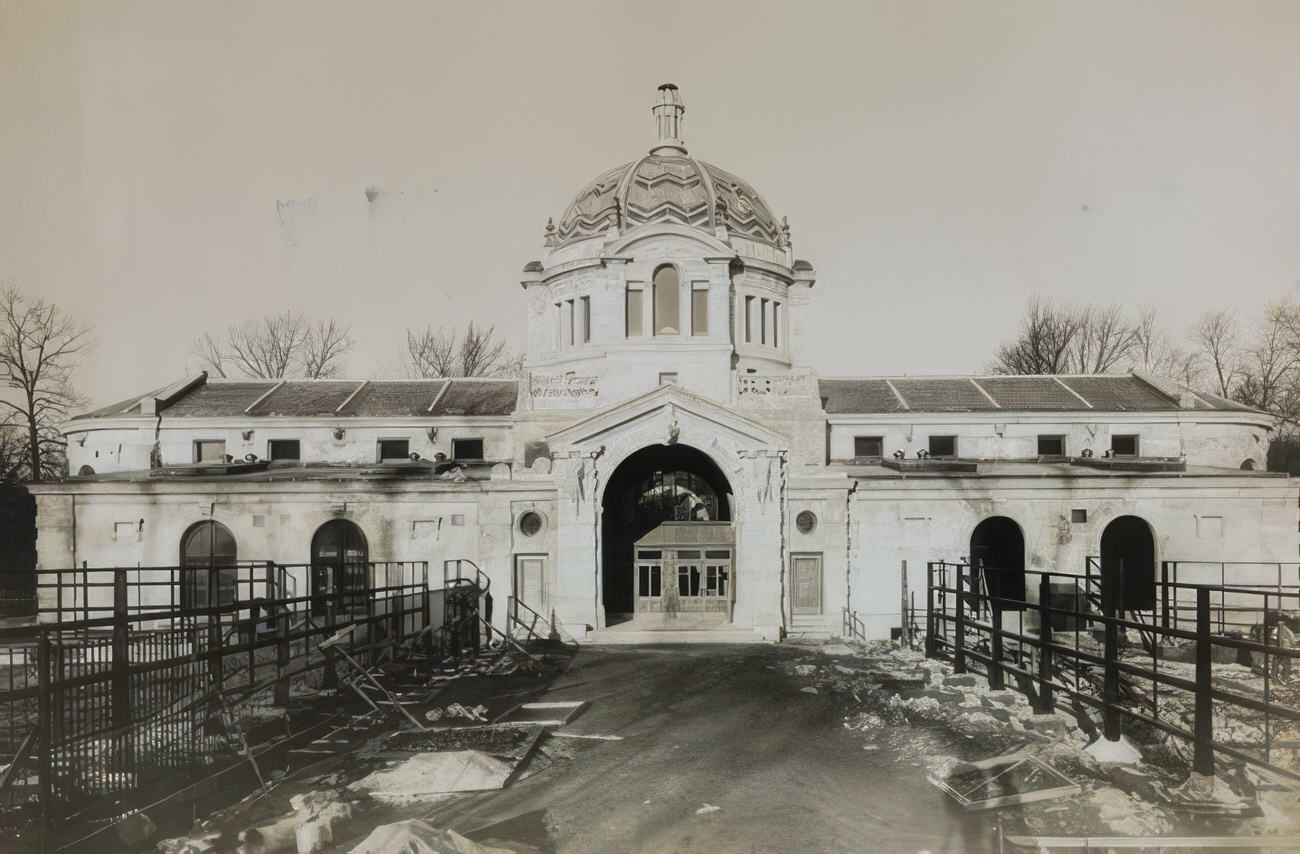
#123 Lorillard House in Bronx Park, circa 1900.
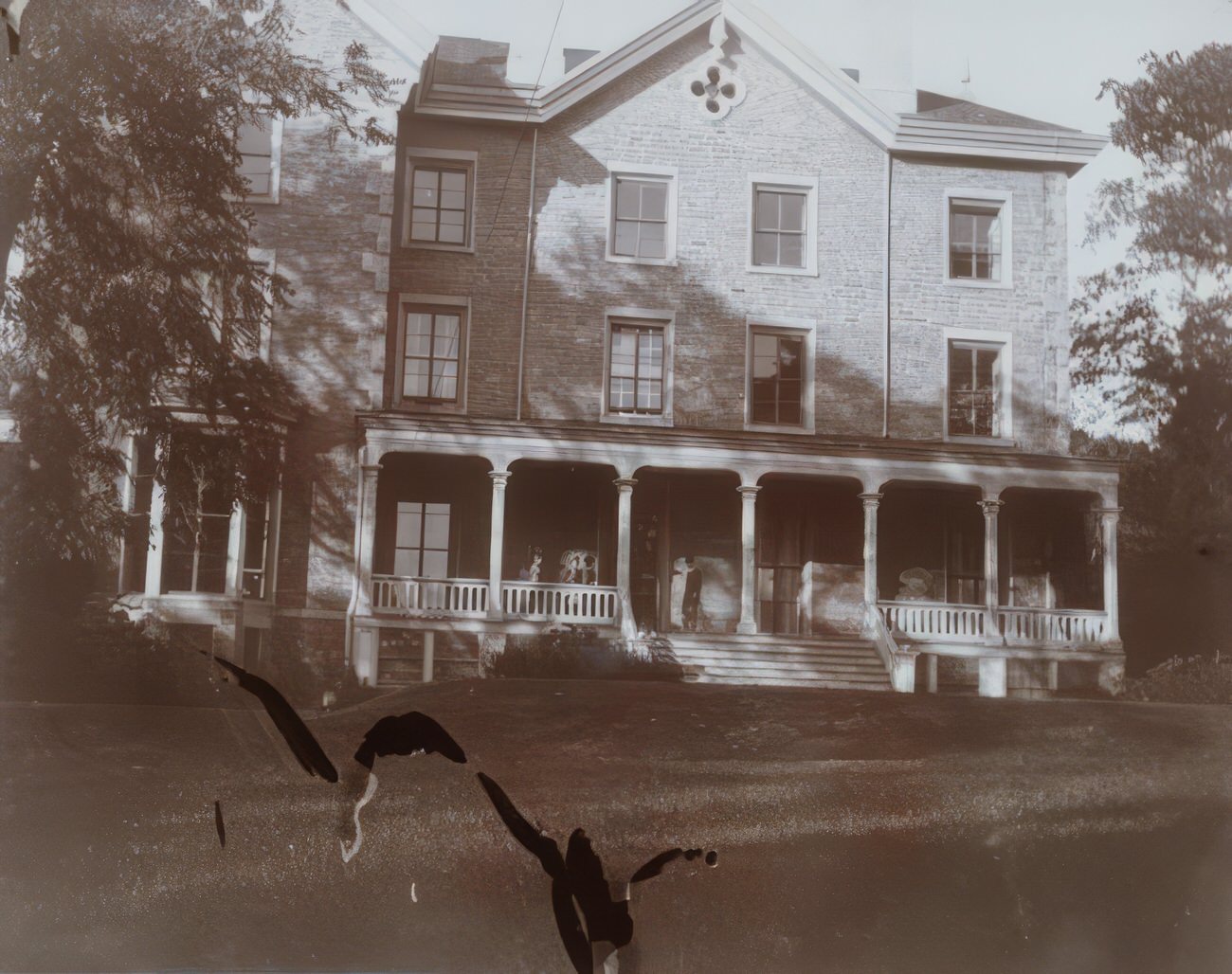
#124 Old Purdy Mansion, circa 1900.
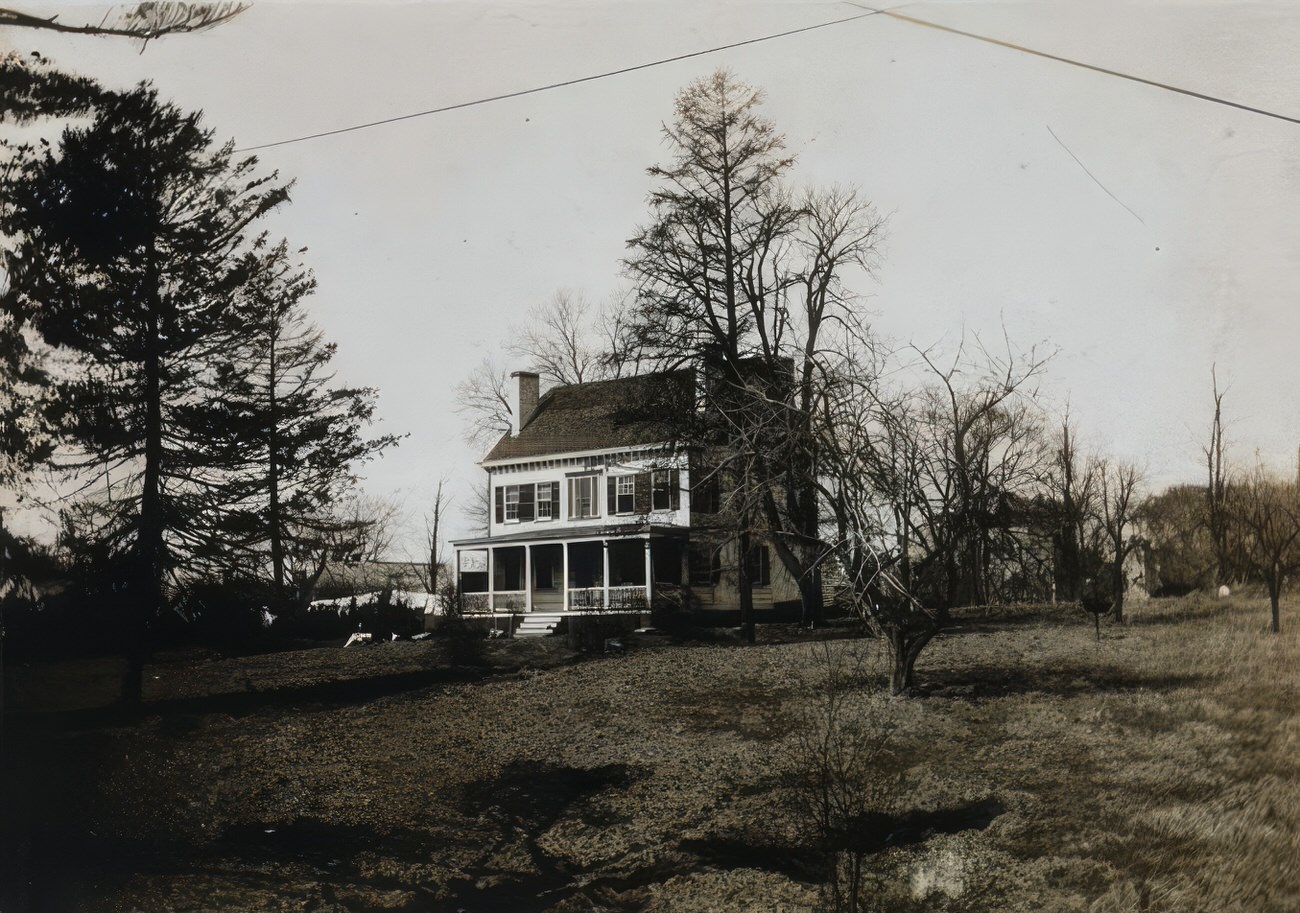
#125 Bronx Bleaching and Dyeing Works on Bronx River, circa 1900.
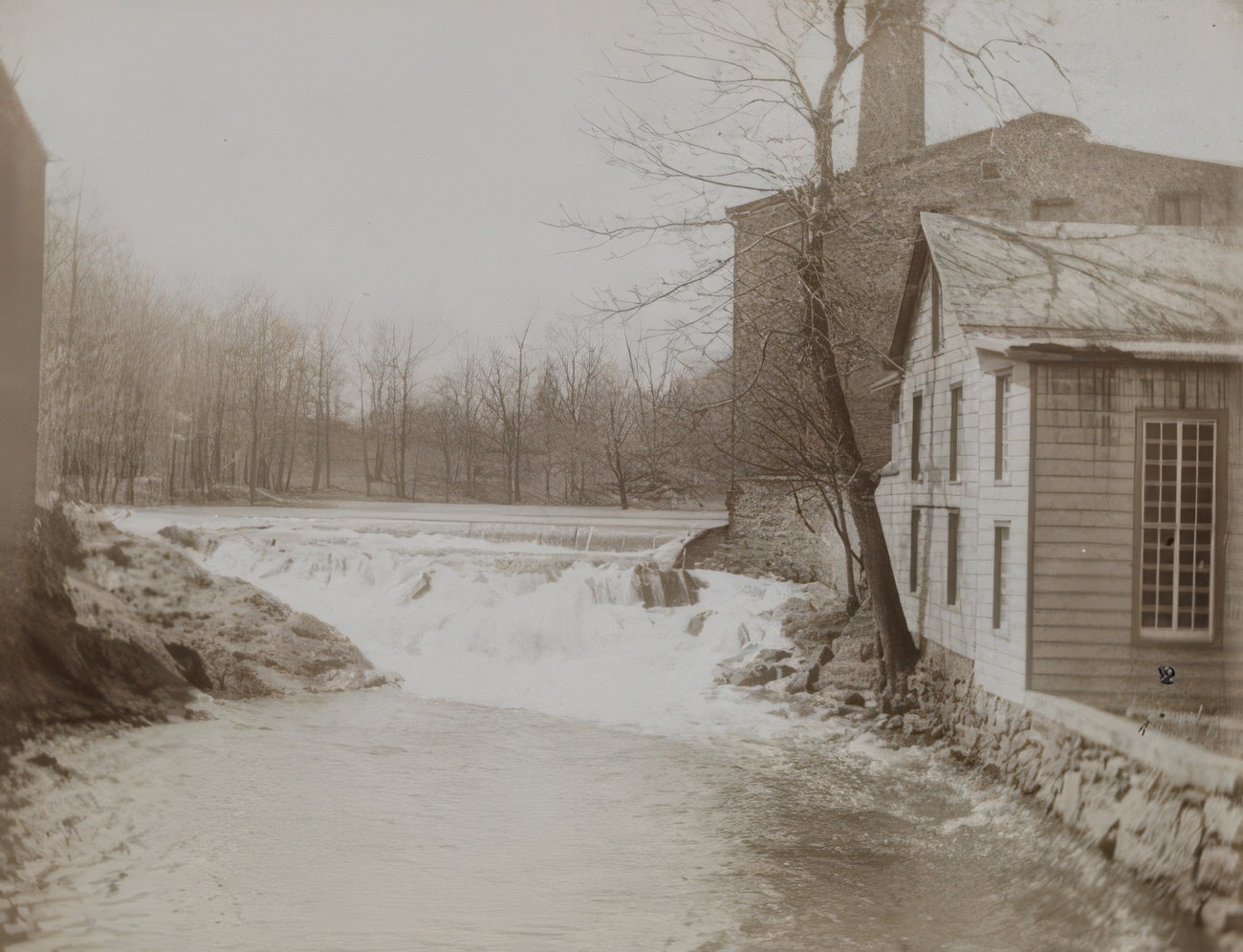
#126 Broadway and 242nd Street at Van Cortlandt Park, circa 1905.

#127 Dash Estate lots east of Broadway and 238th Street, circa 1905.
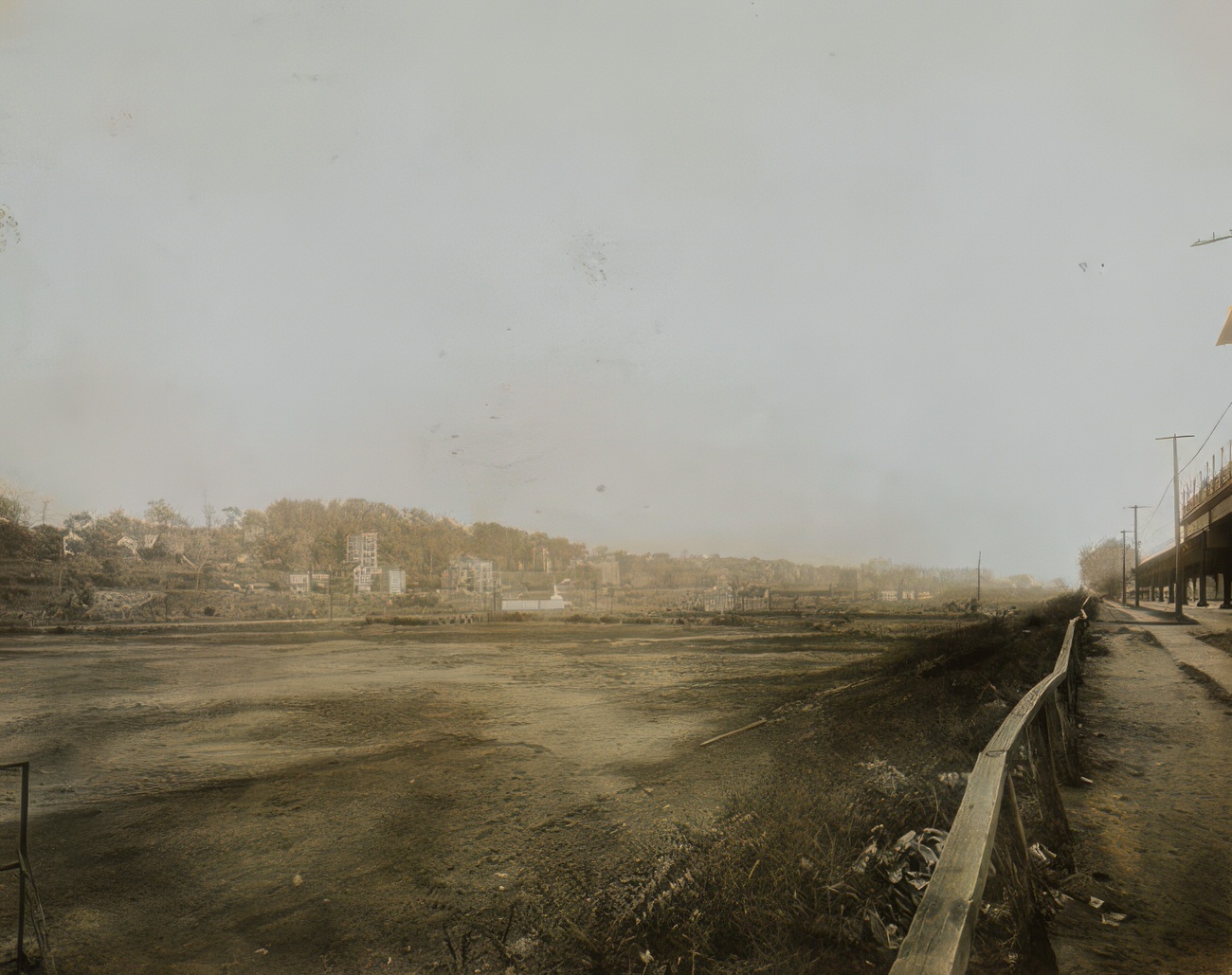
#128 General Franz Sigel’s funeral in the Bronx, circa 1902.
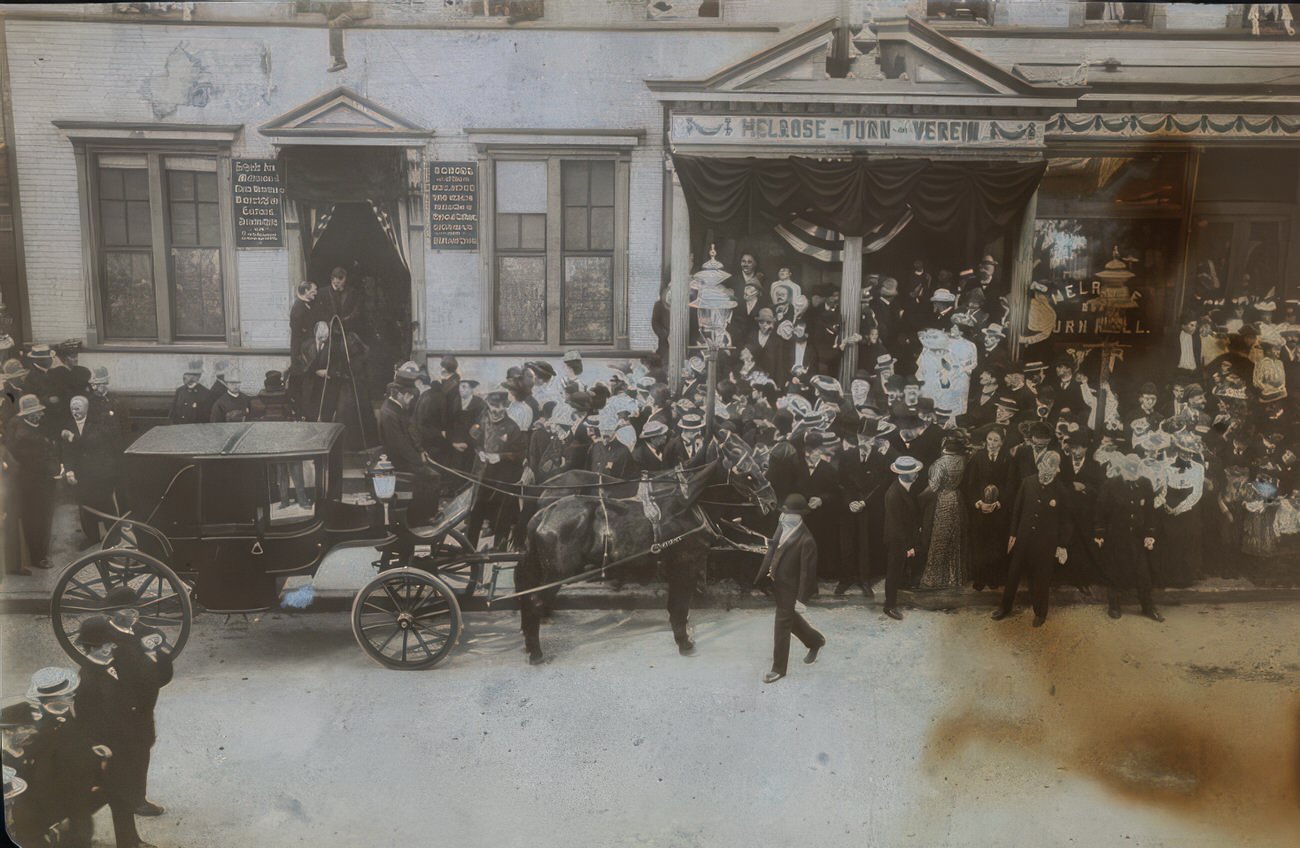
#129 Intervale Avenue looking south from Westchester Avenue, circa 1900.
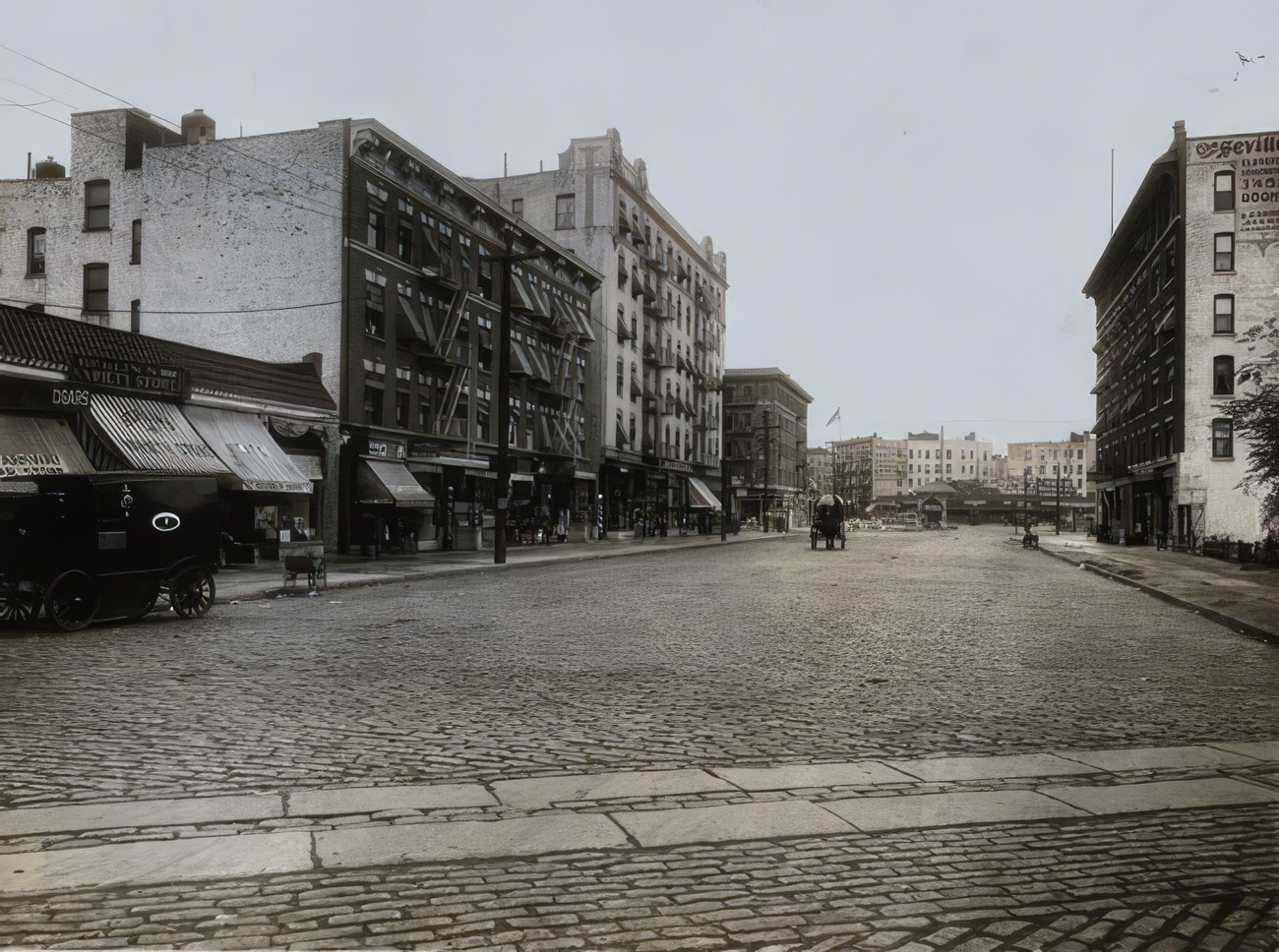
#130 Jerome Avenue and 212th Street, a wooded area in the Bronx, circa 1905.
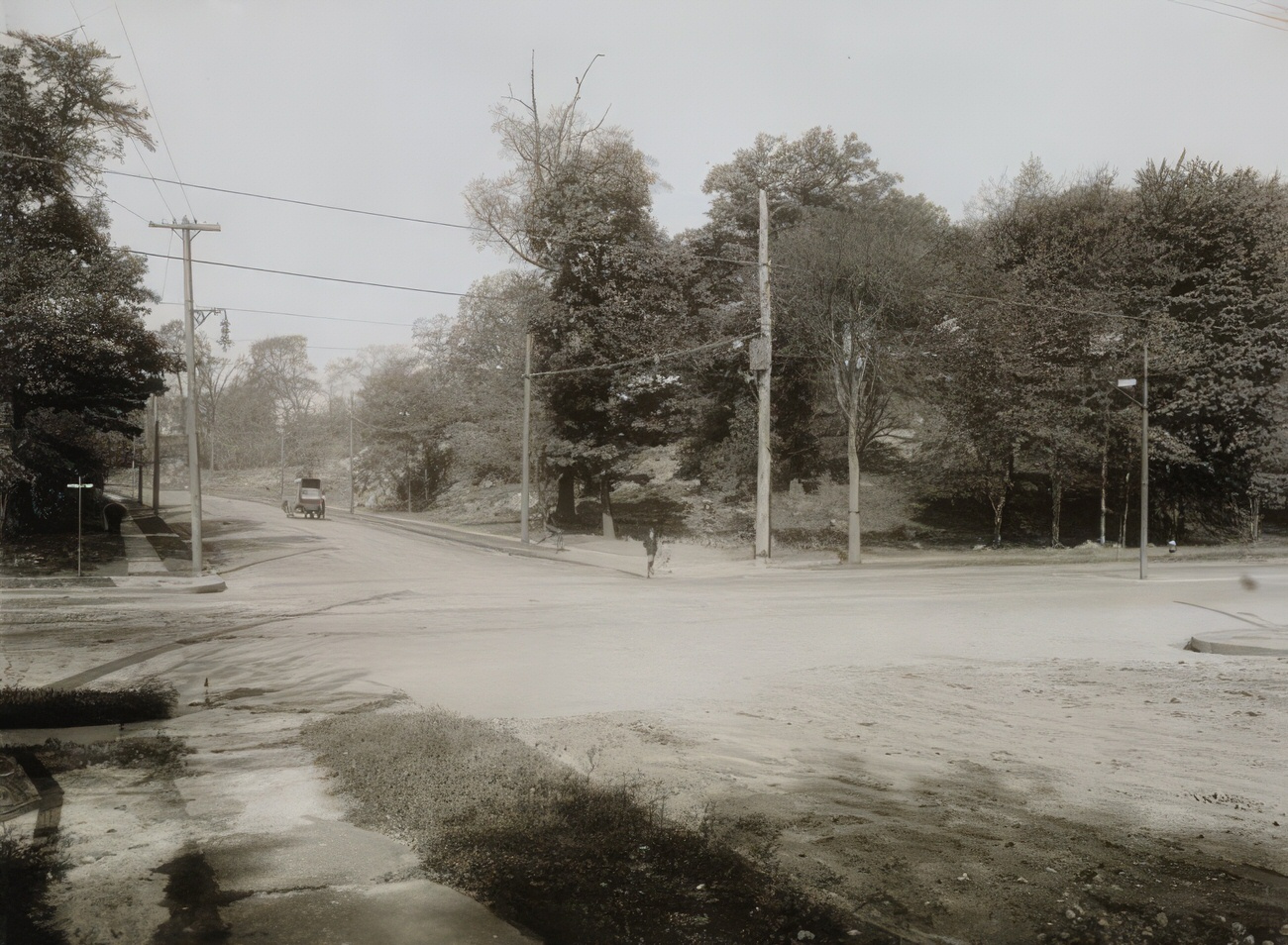
#131 Hunts Point Road, circa 1905.
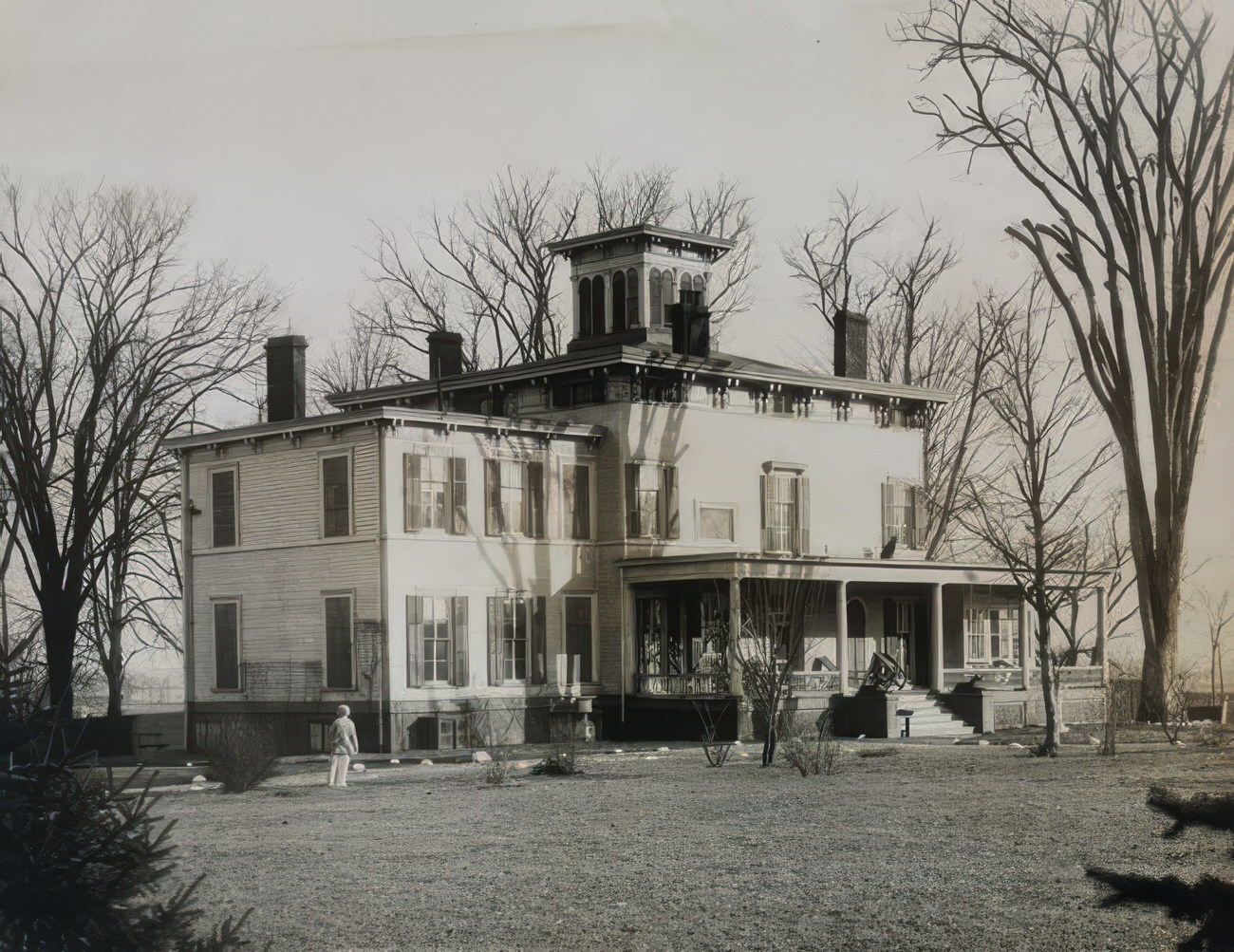
#132 Poe Cottage before moving, circa 1905.
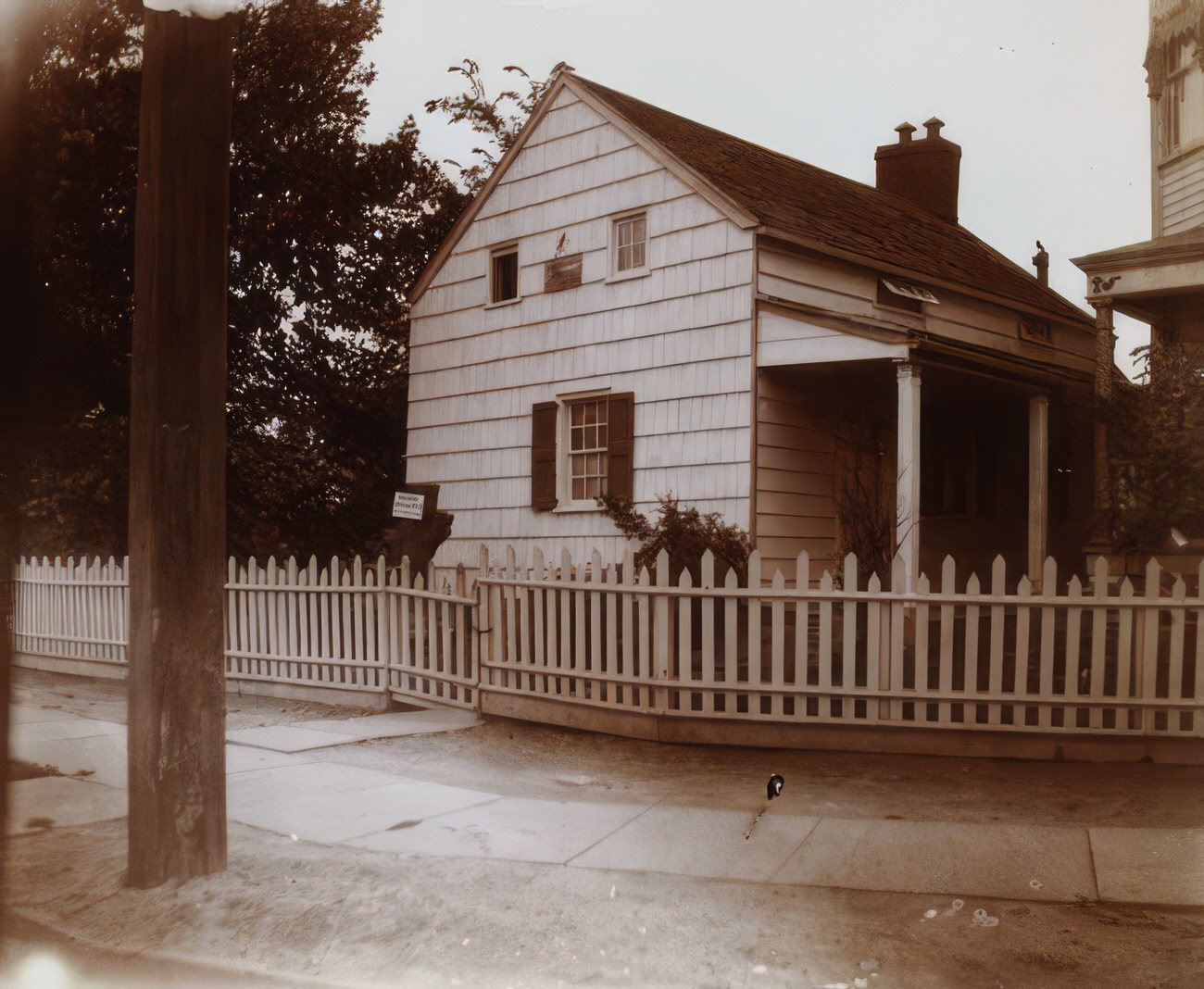
#133 Manida Street and Spofford Avenue, circa 1905.

#134 Manida Street near Spofford Avenue, circa 1900.
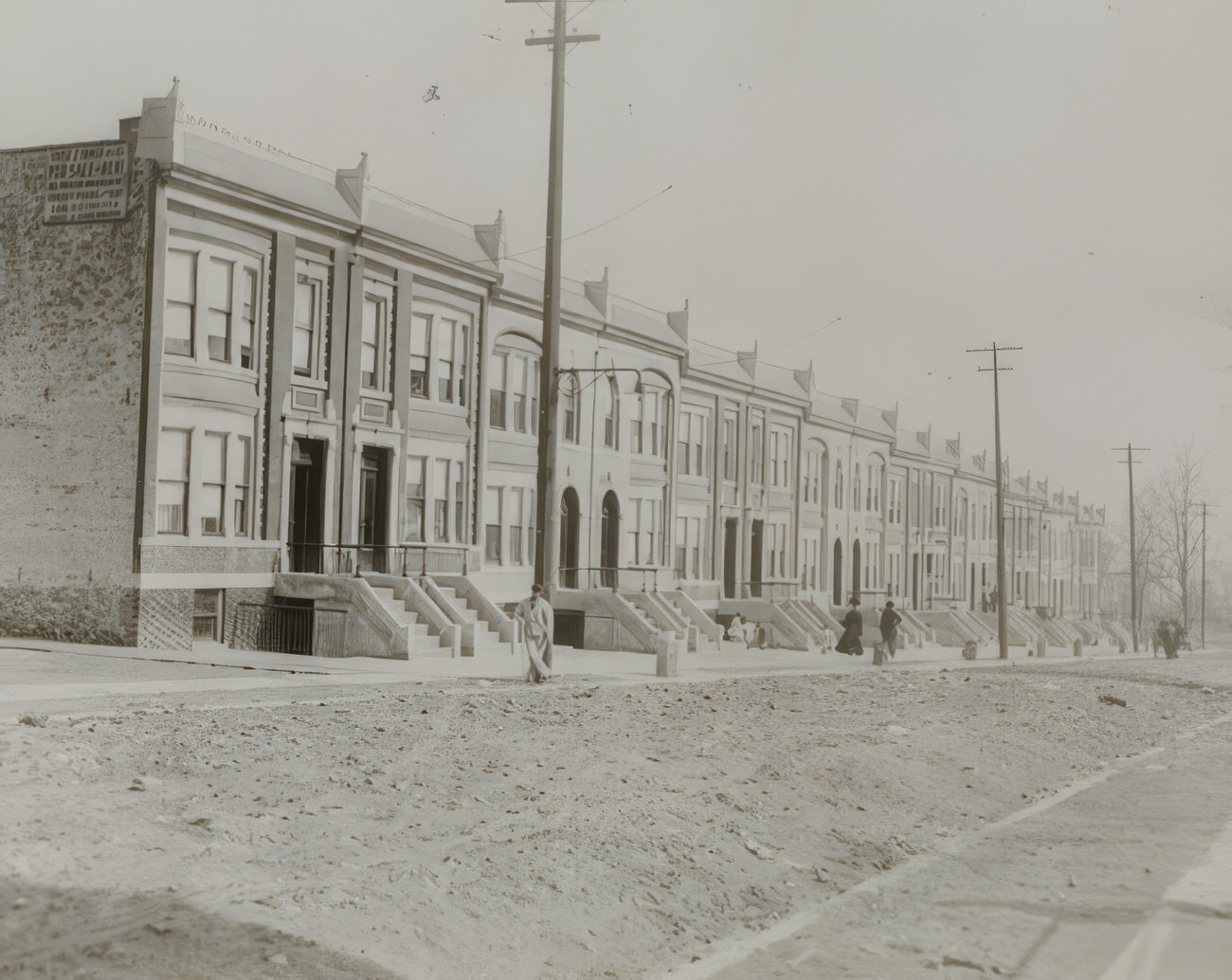
#135 Mapes Avenue on the northeast corner of 178th Street, circa 1905.
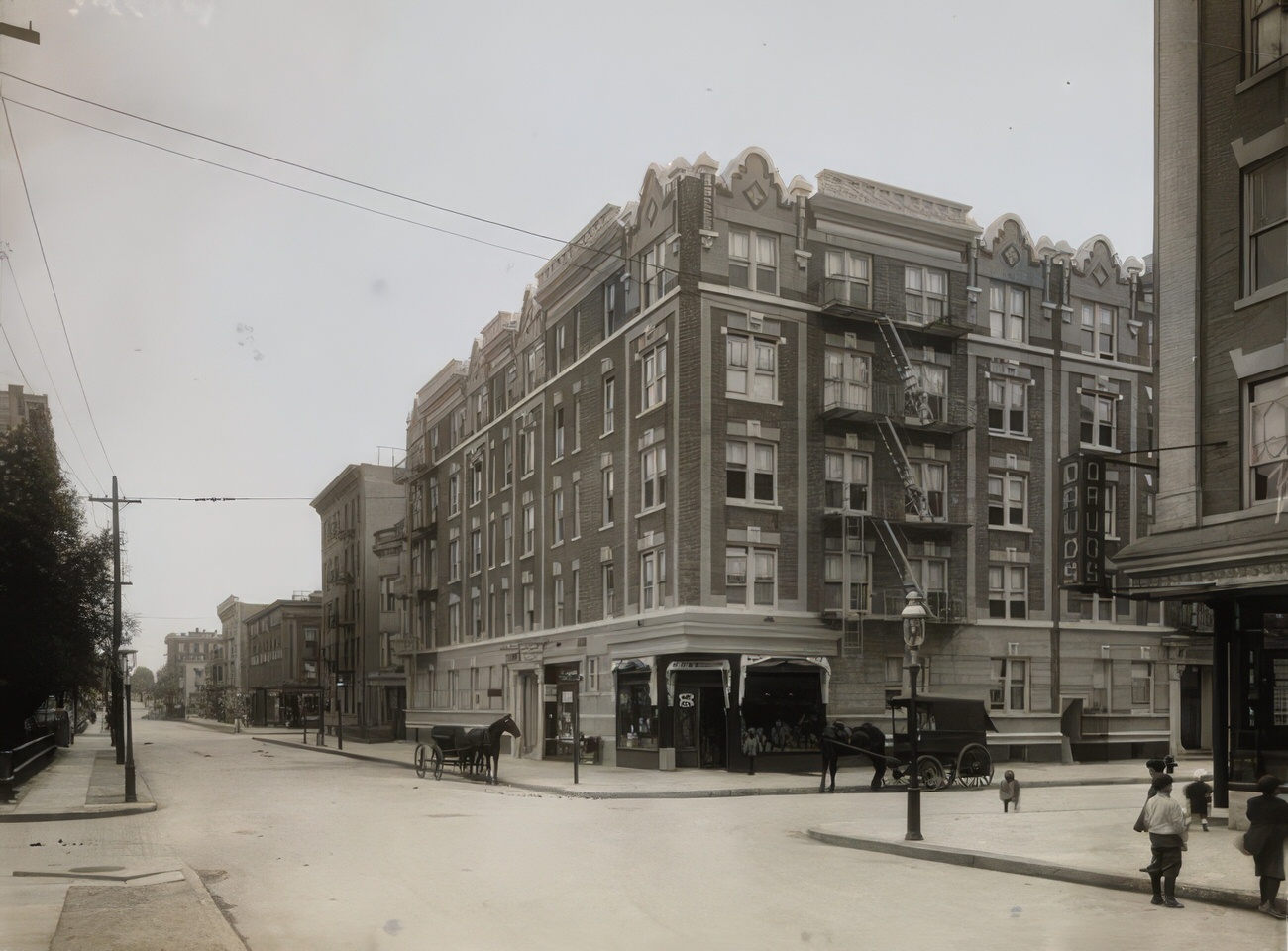
#136 Morris Park Race Track, circa 1900.
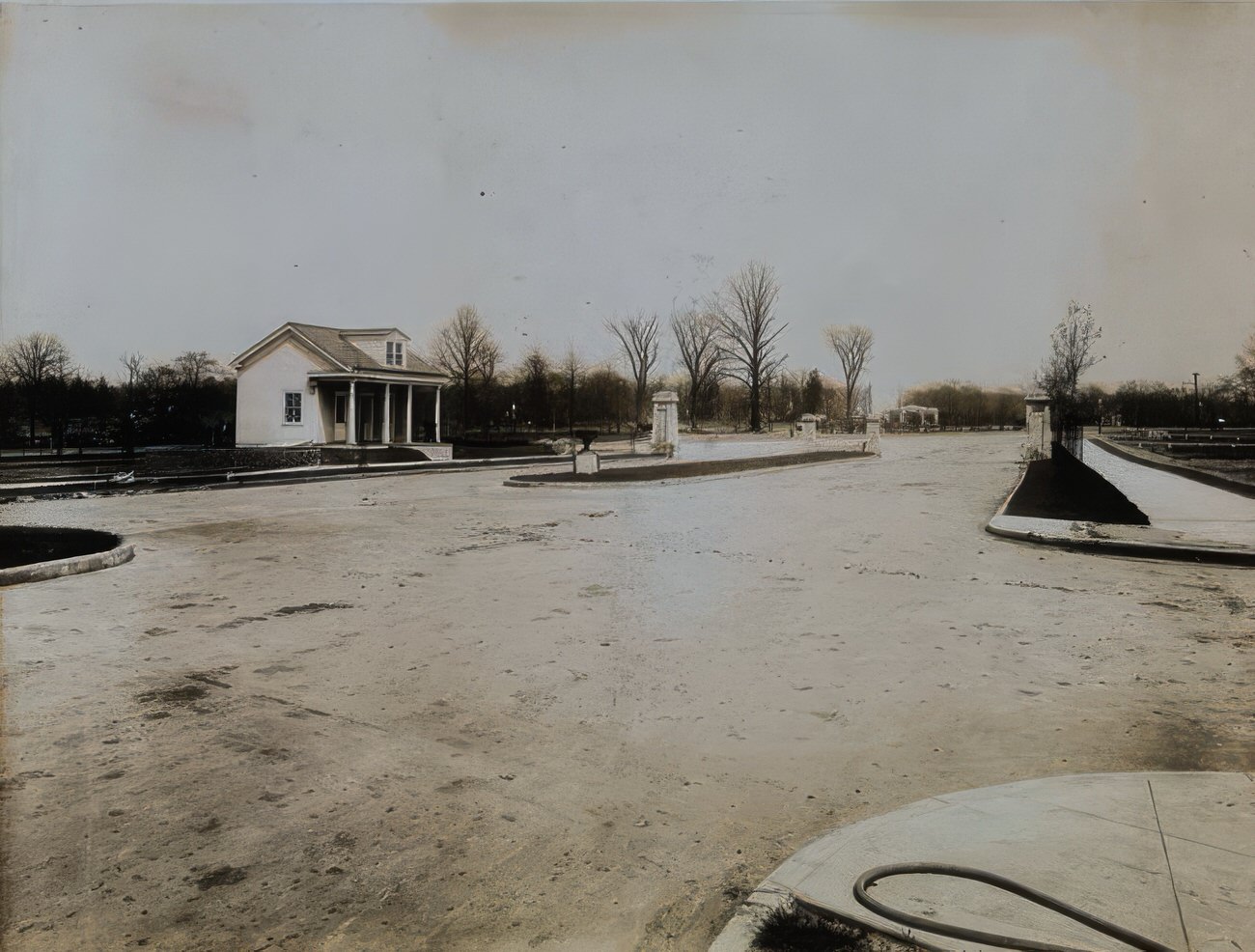
#137 Pelham Parkway, circa 1900.
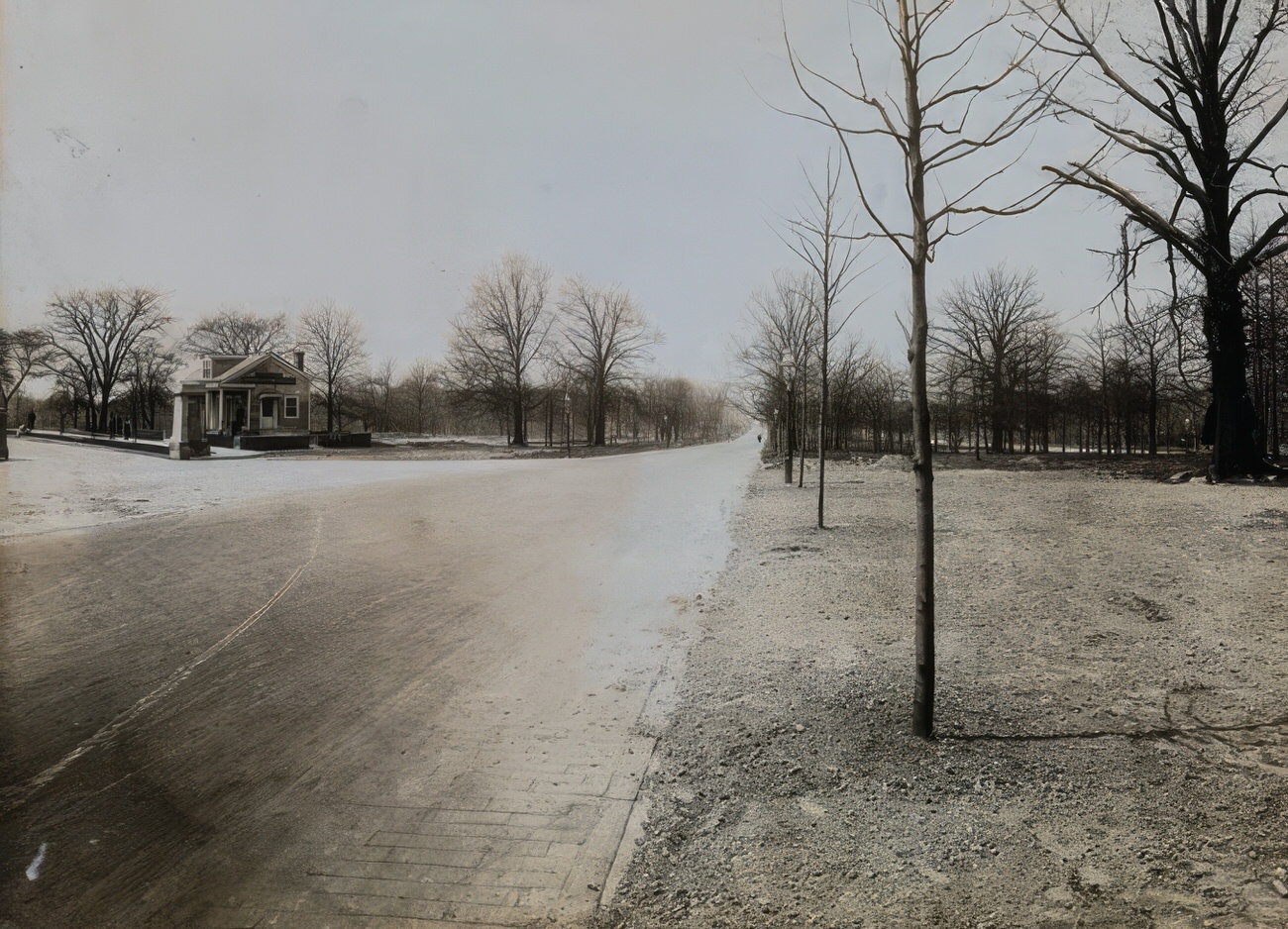
#138 Morris Park Race Track clubhouse, 1900.
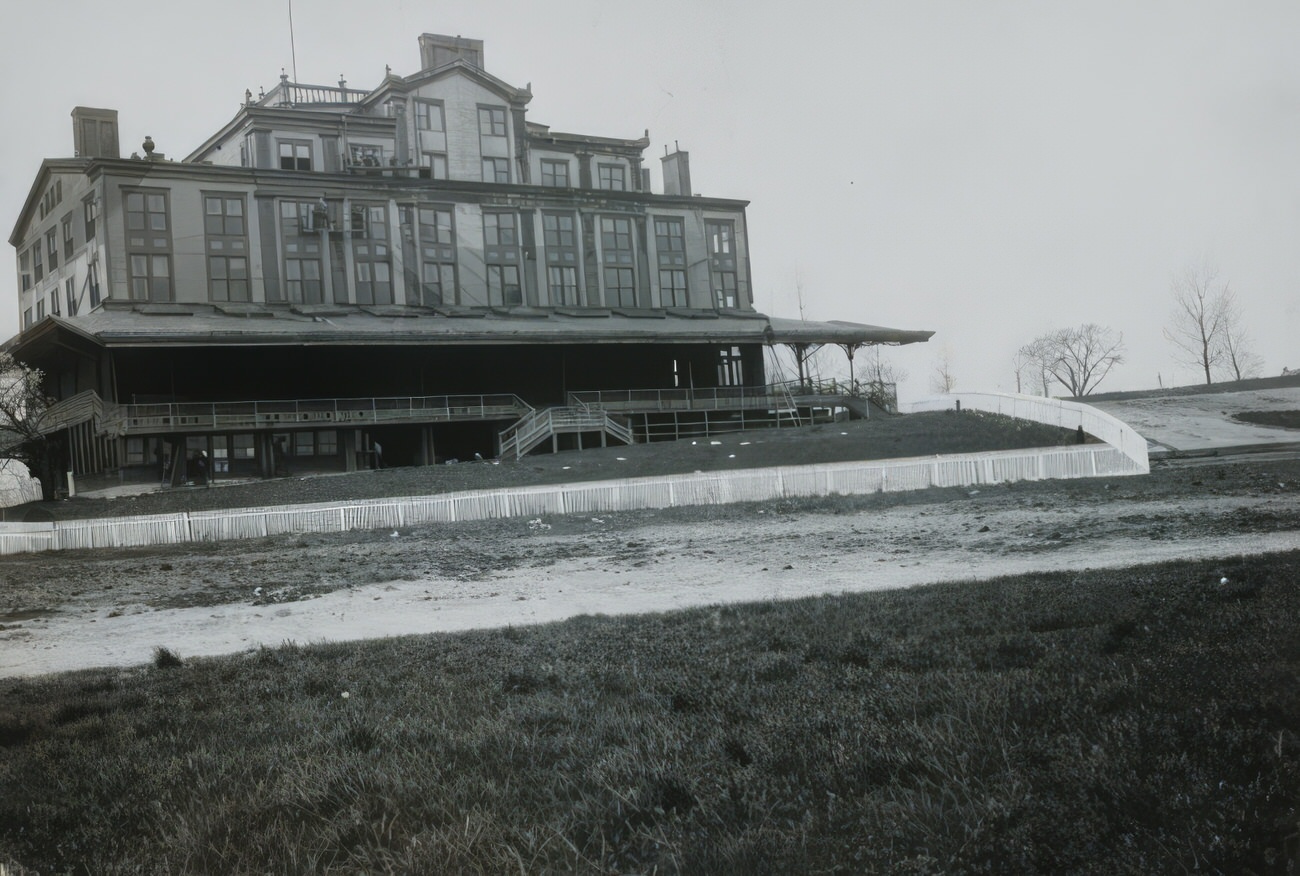
#139 Weber’s house on Ogden Avenue, 1904.
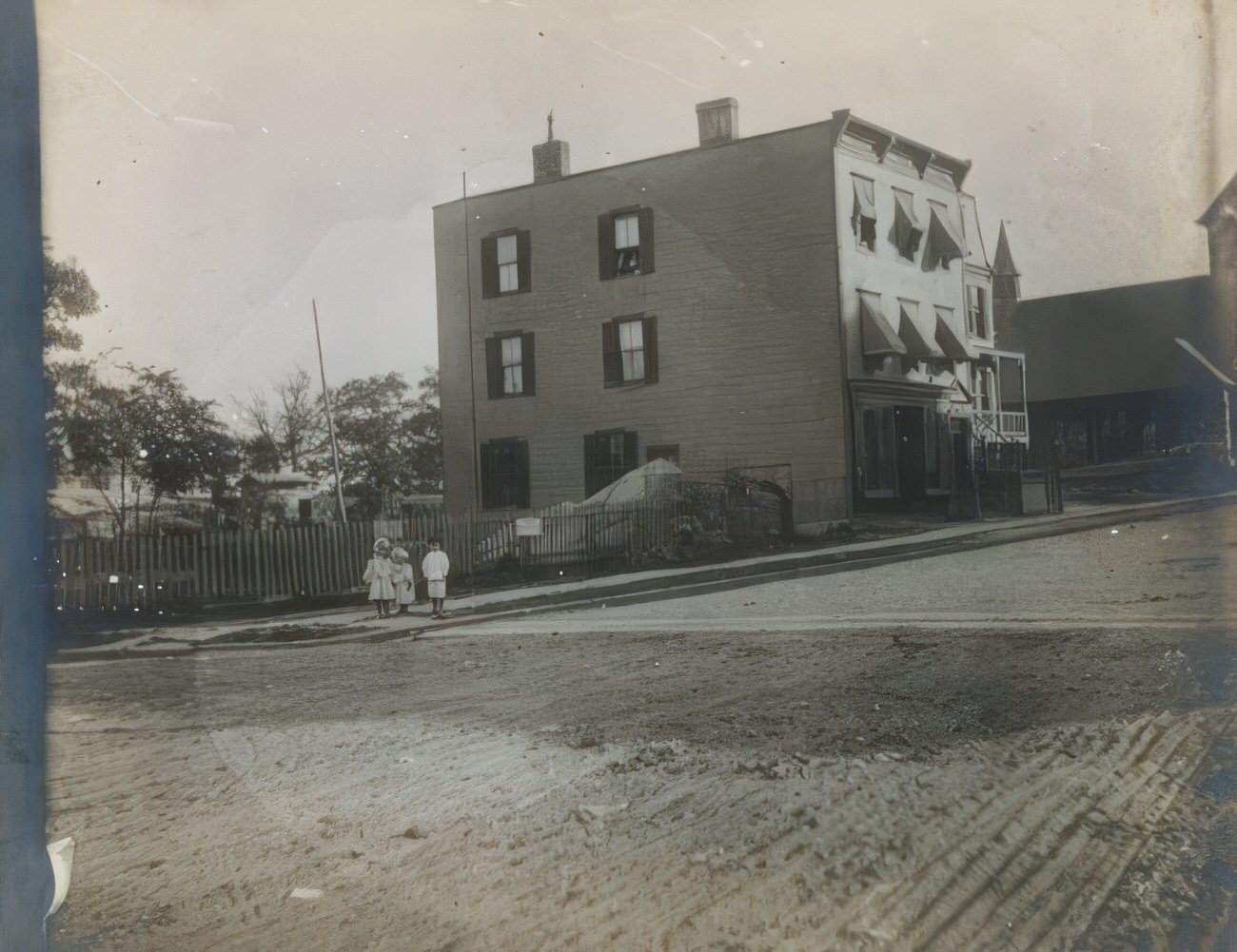
#140 169th Street and Ogden Avenue, an undeveloped and wooded section of the Bronx, circa 1906.
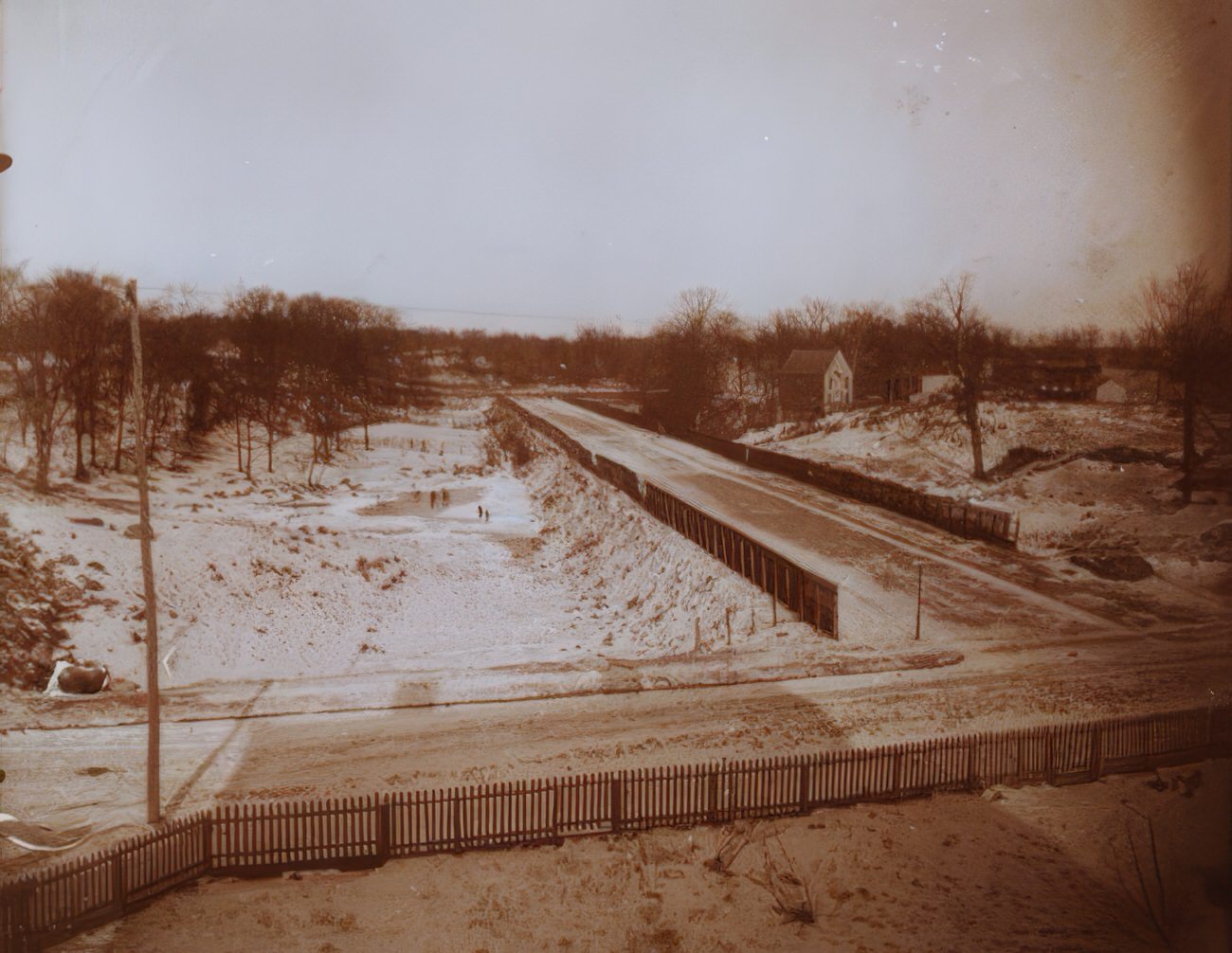
#141 Ogden Avenue, 1903.
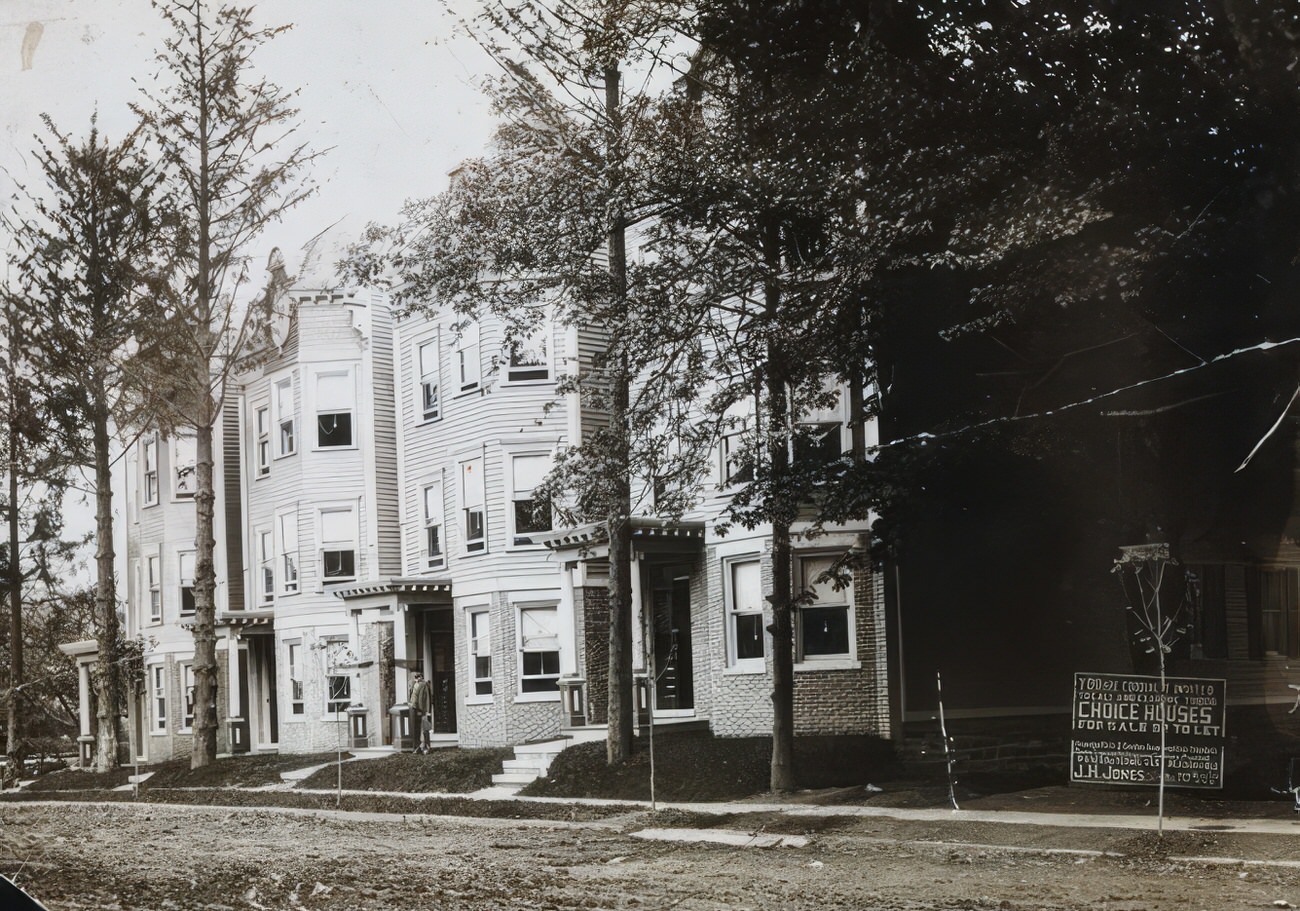
#142 Prospect Avenue and Avenue St. John, circa 1905.
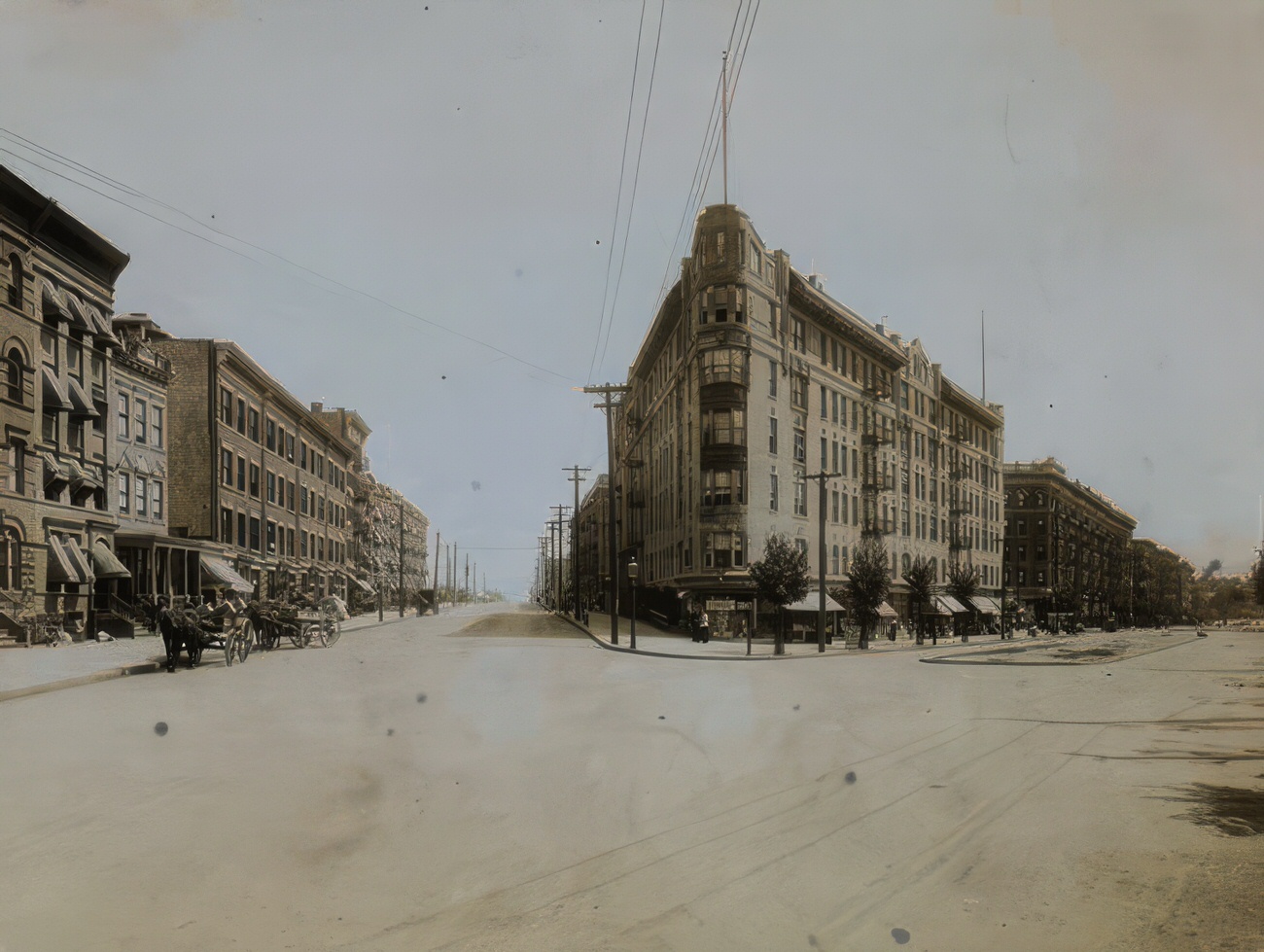
#143 Front view of Hutchins mansion, 1909.
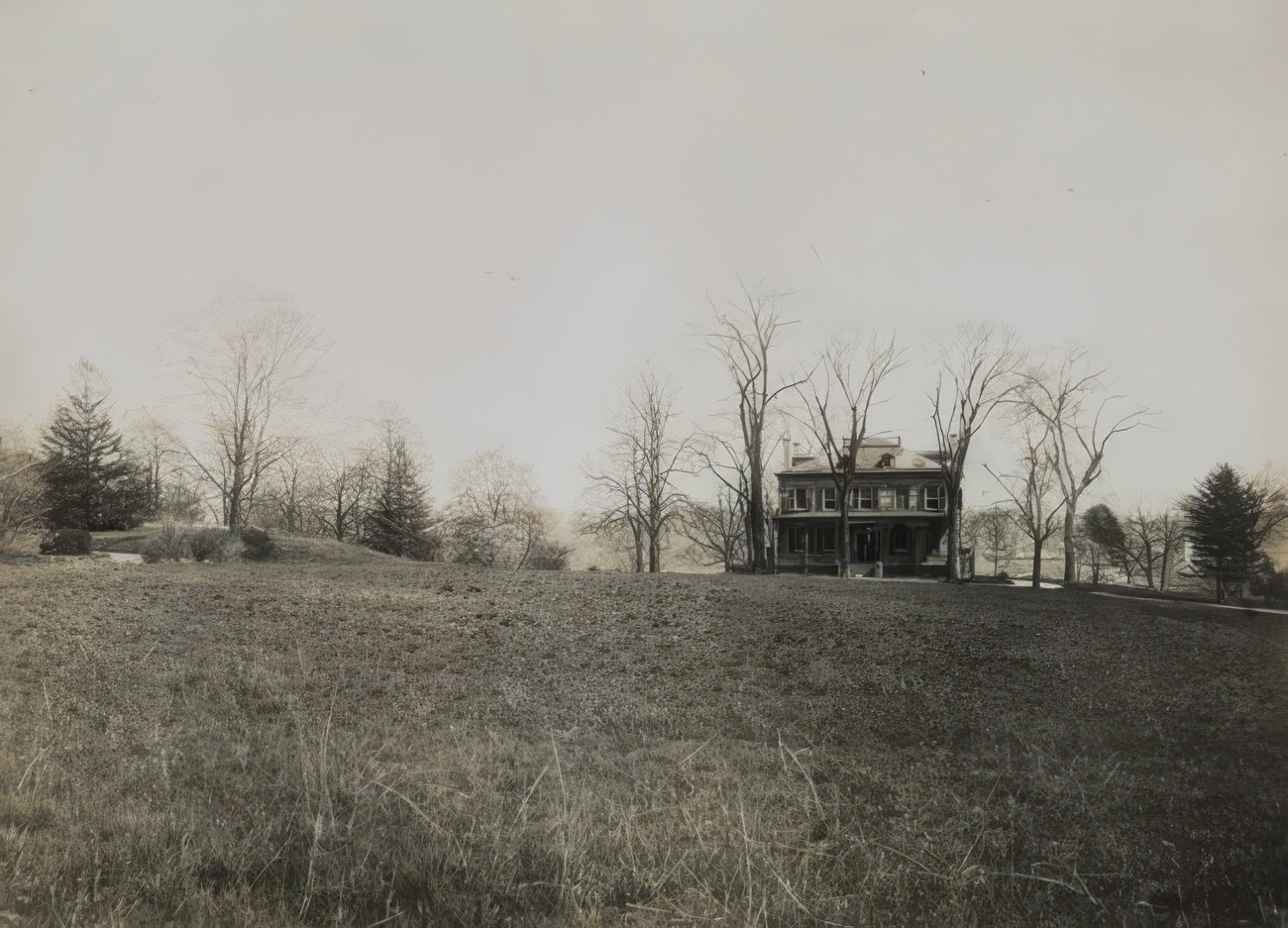
#144 House on the Hutchins Estate, 1909.
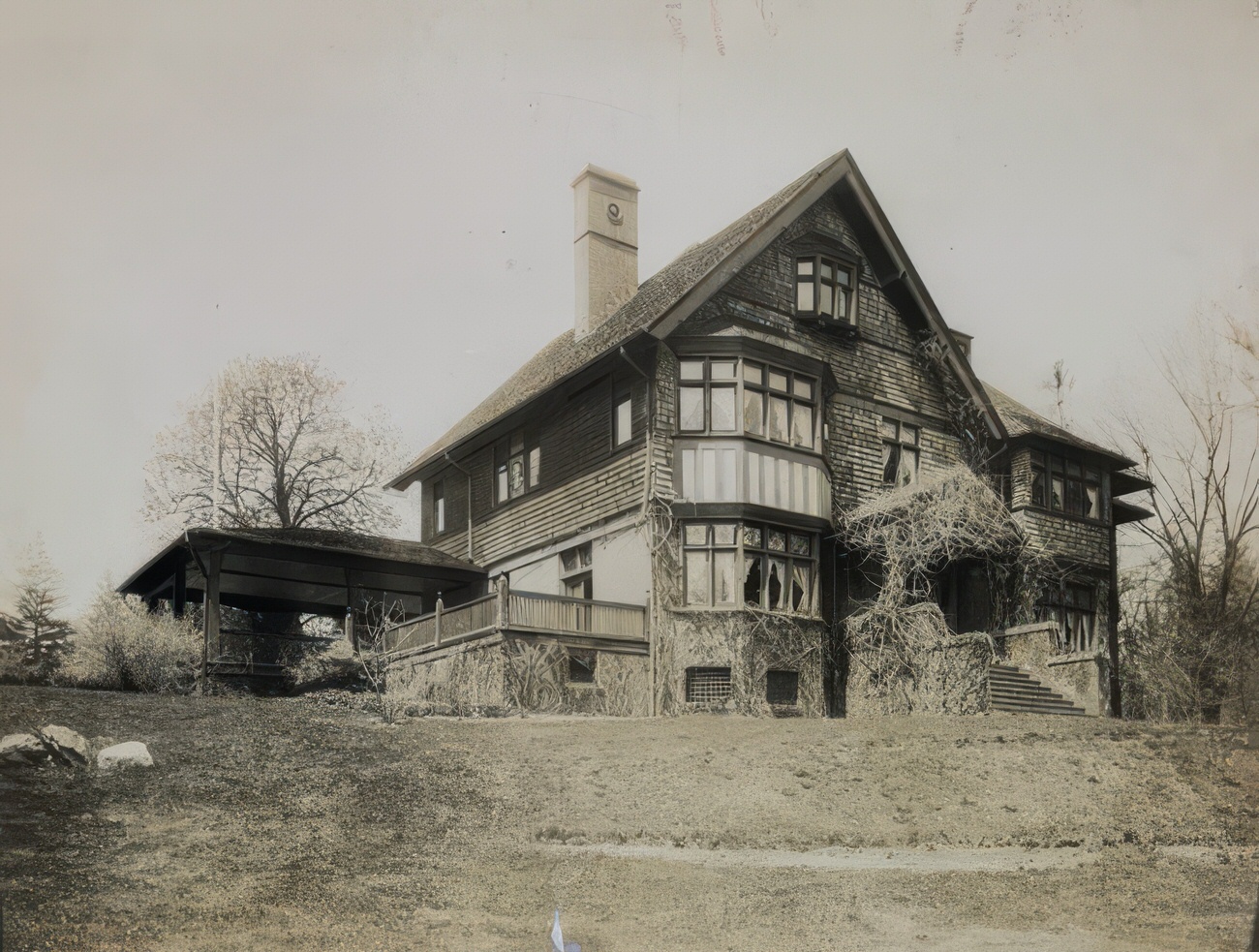
#145 Riverdale Avenue to Hutchins Estate, 1909.
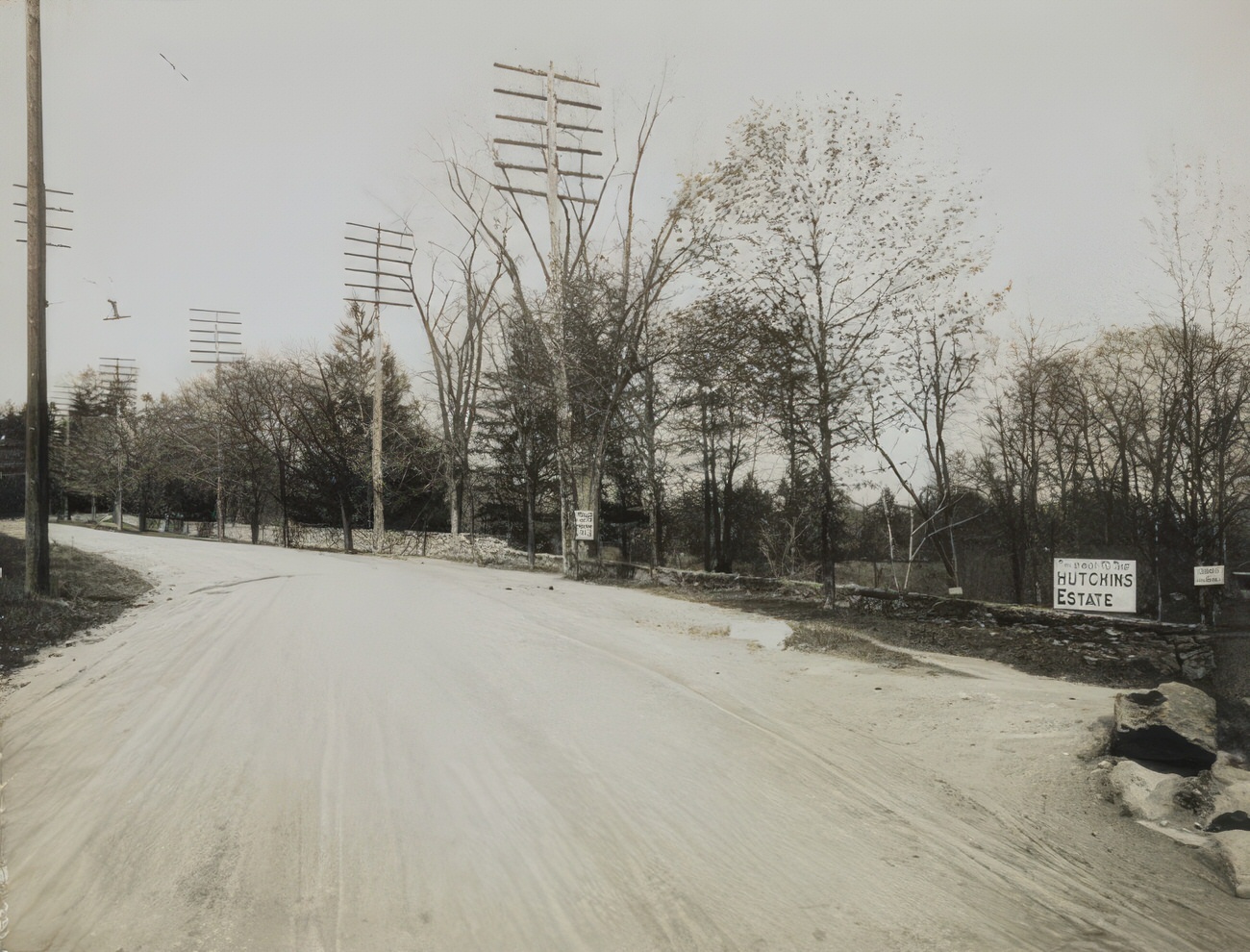
#146 A Pell House, circa 1905.
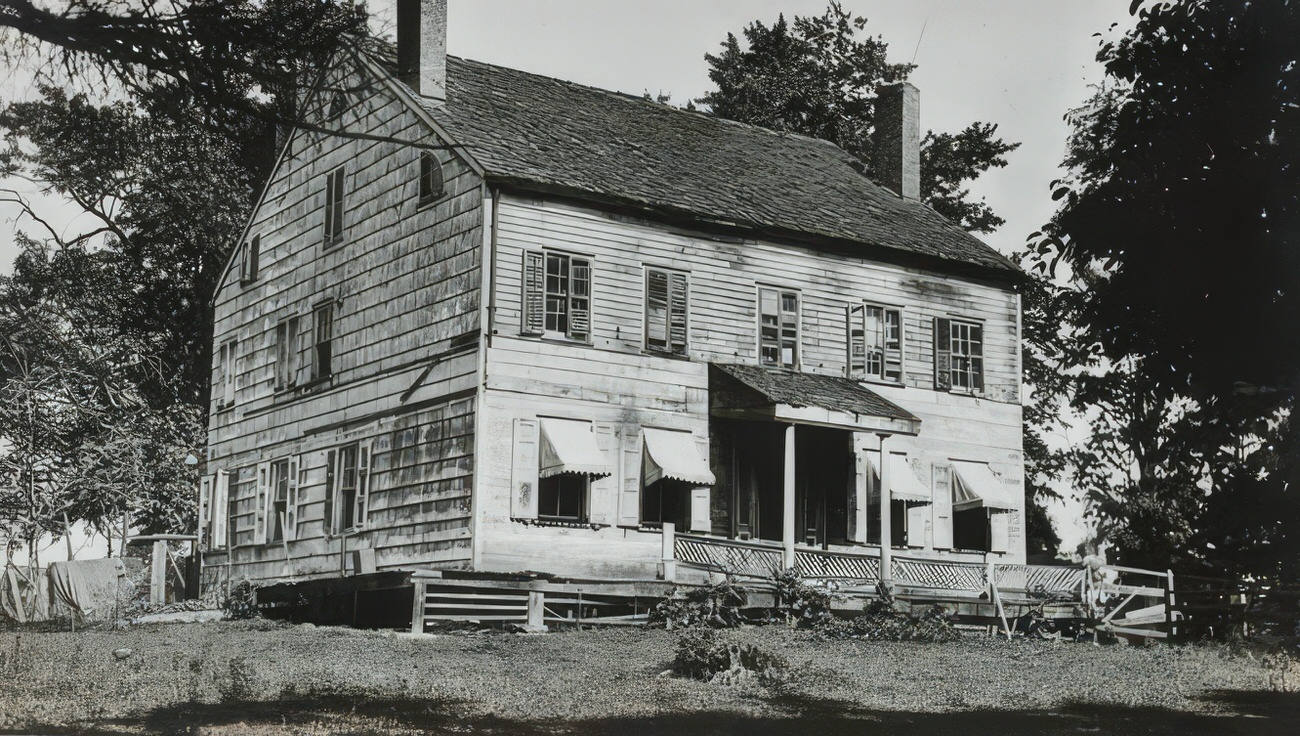
#147 Seward Avenue from White Plains Road, circa 1905.
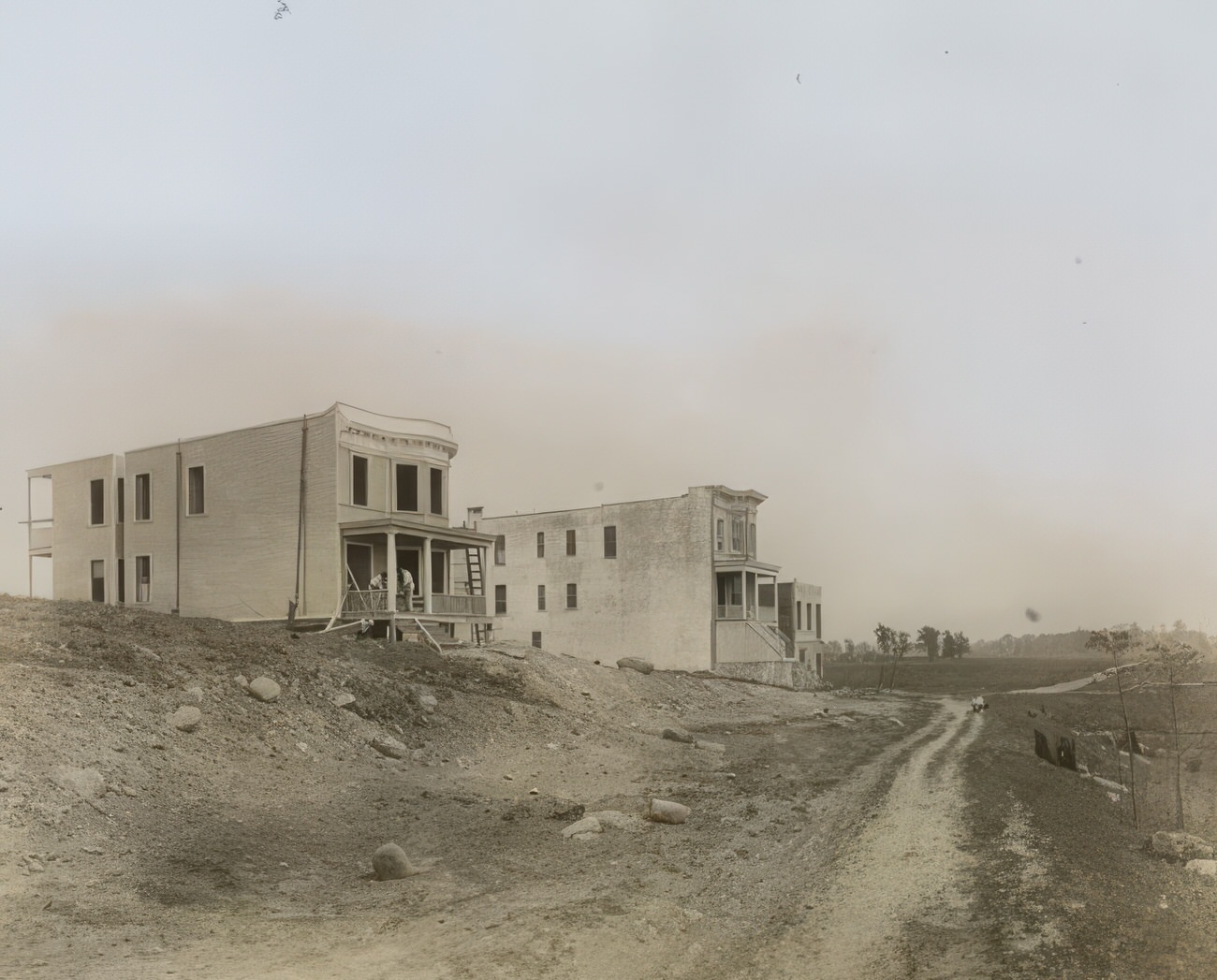
#148 Southwest corner of Southern Boulevard and Tremont Avenue, circa 1905.
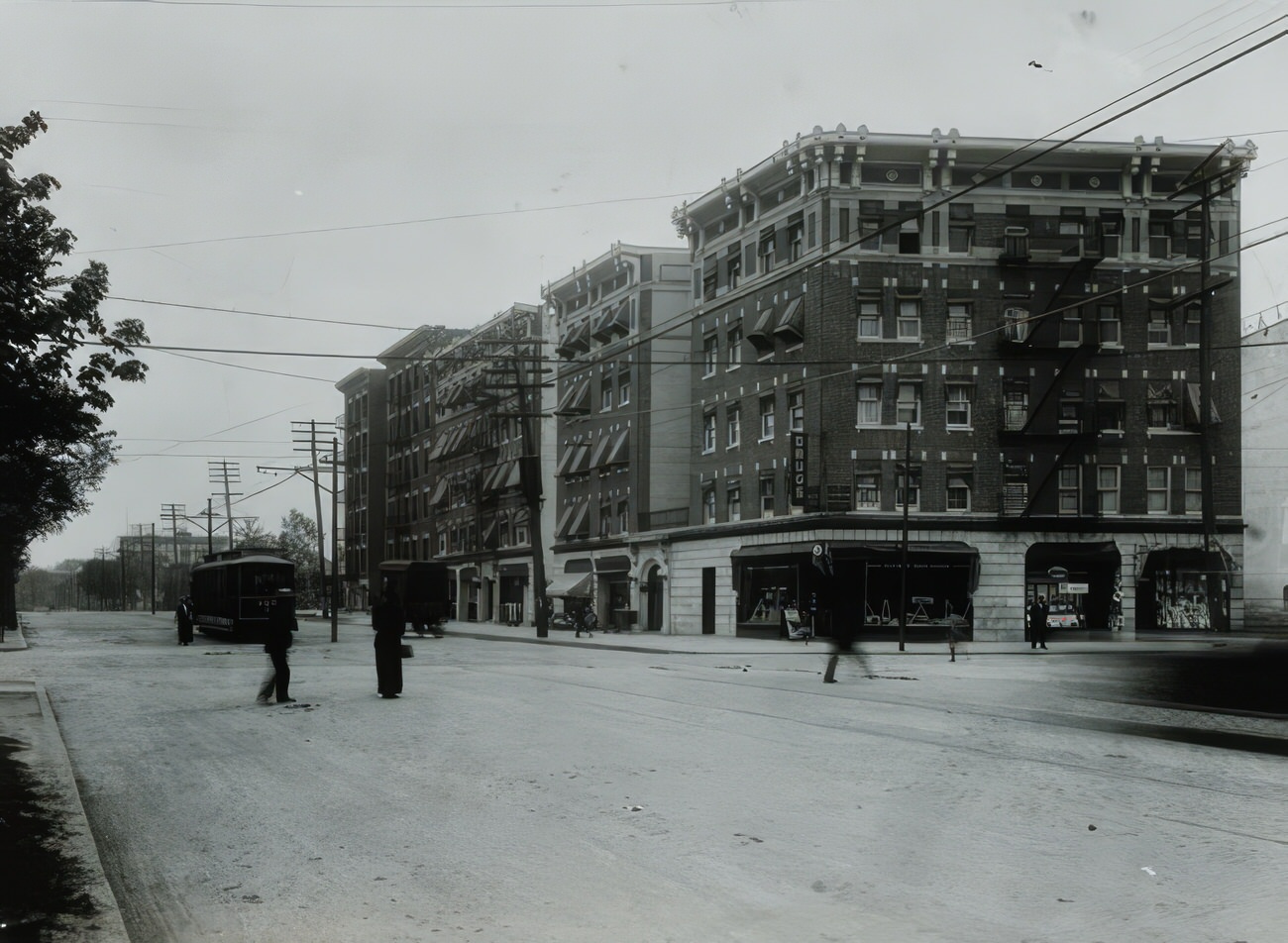
#149 3rd Avenue and Melrose Avenue at 149th Street, 1900.
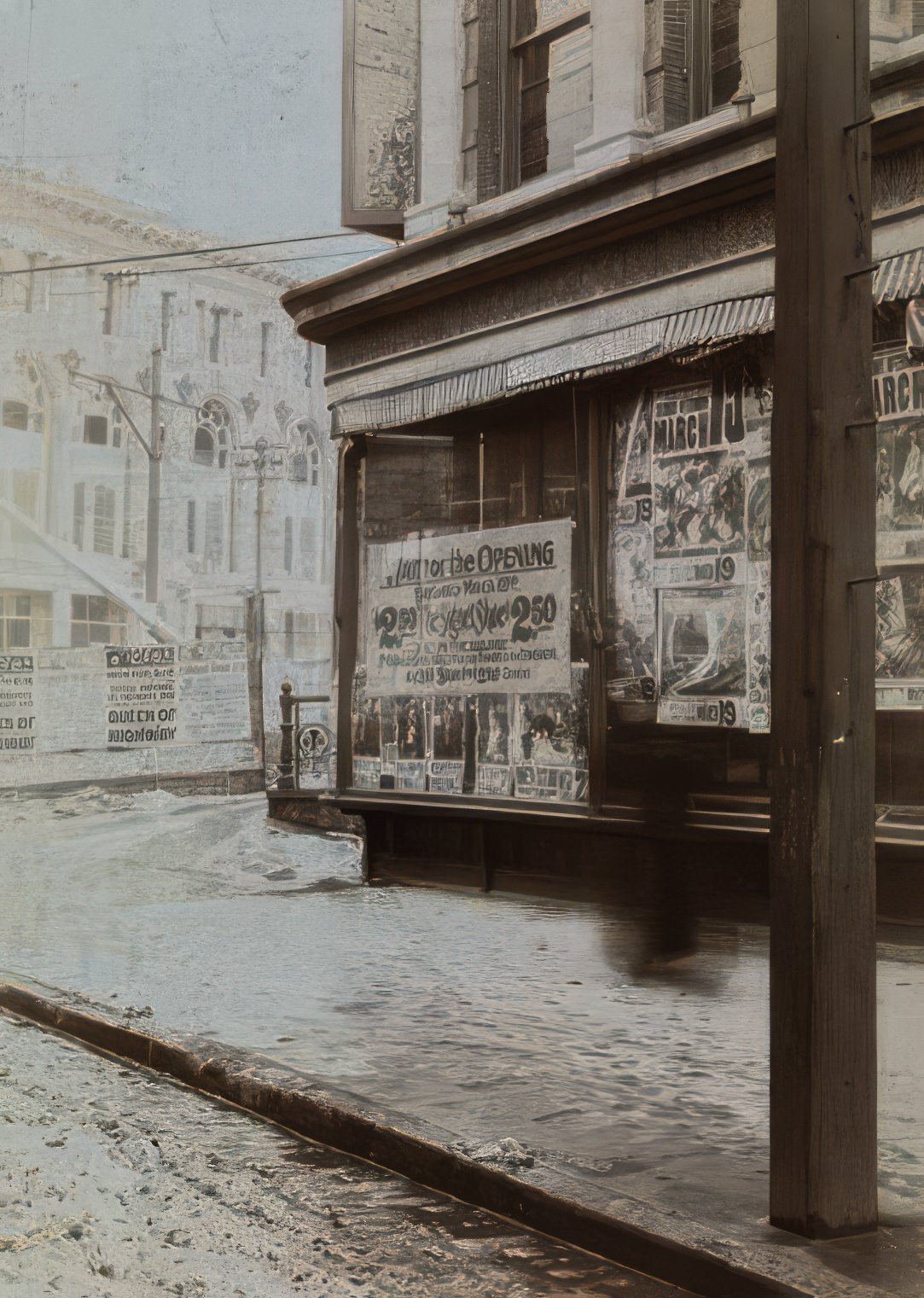
#150 Willis Avenue between 148th Street and 3rd Avenue, showing the J. Clarence Davies Real Estate Offices, circa 1904.
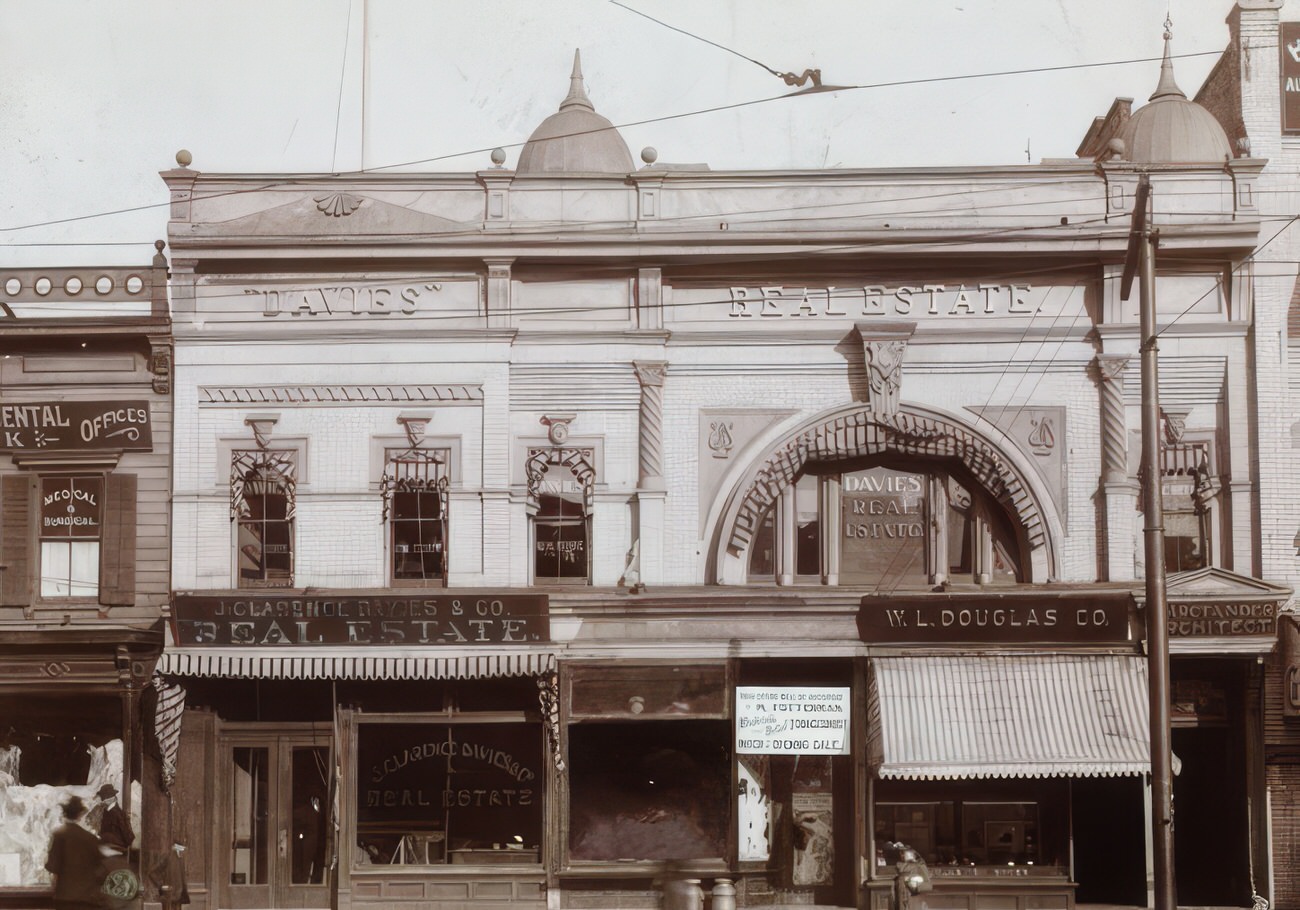
#151 Southwest corner of 149th Street and 3rd Avenue, circa 1905.
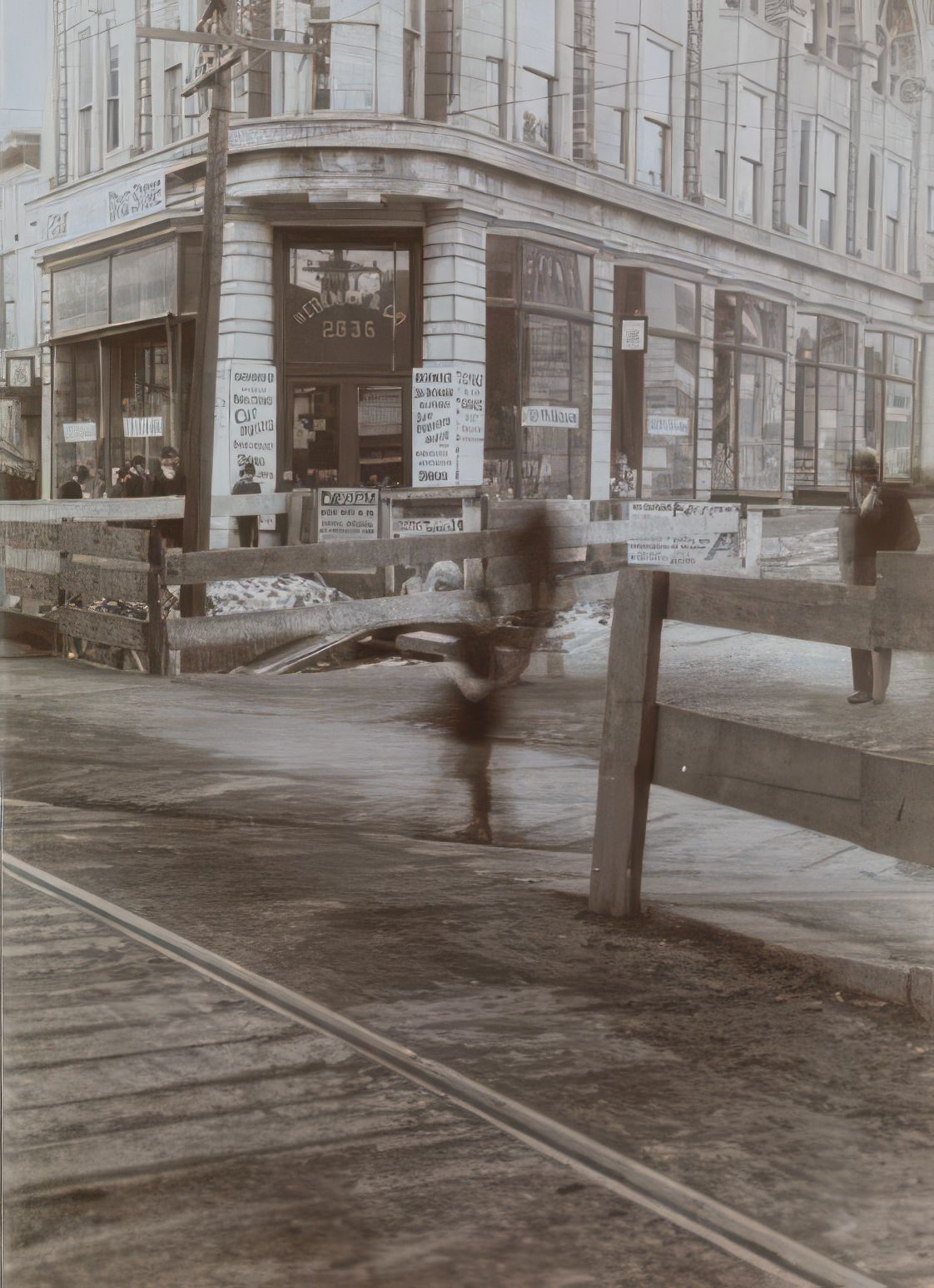
#152 Tinton Avenue and 152nd Street, circa 1905.

#153 Tremont Avenue, west from 3rd Avenue, circa 1905.
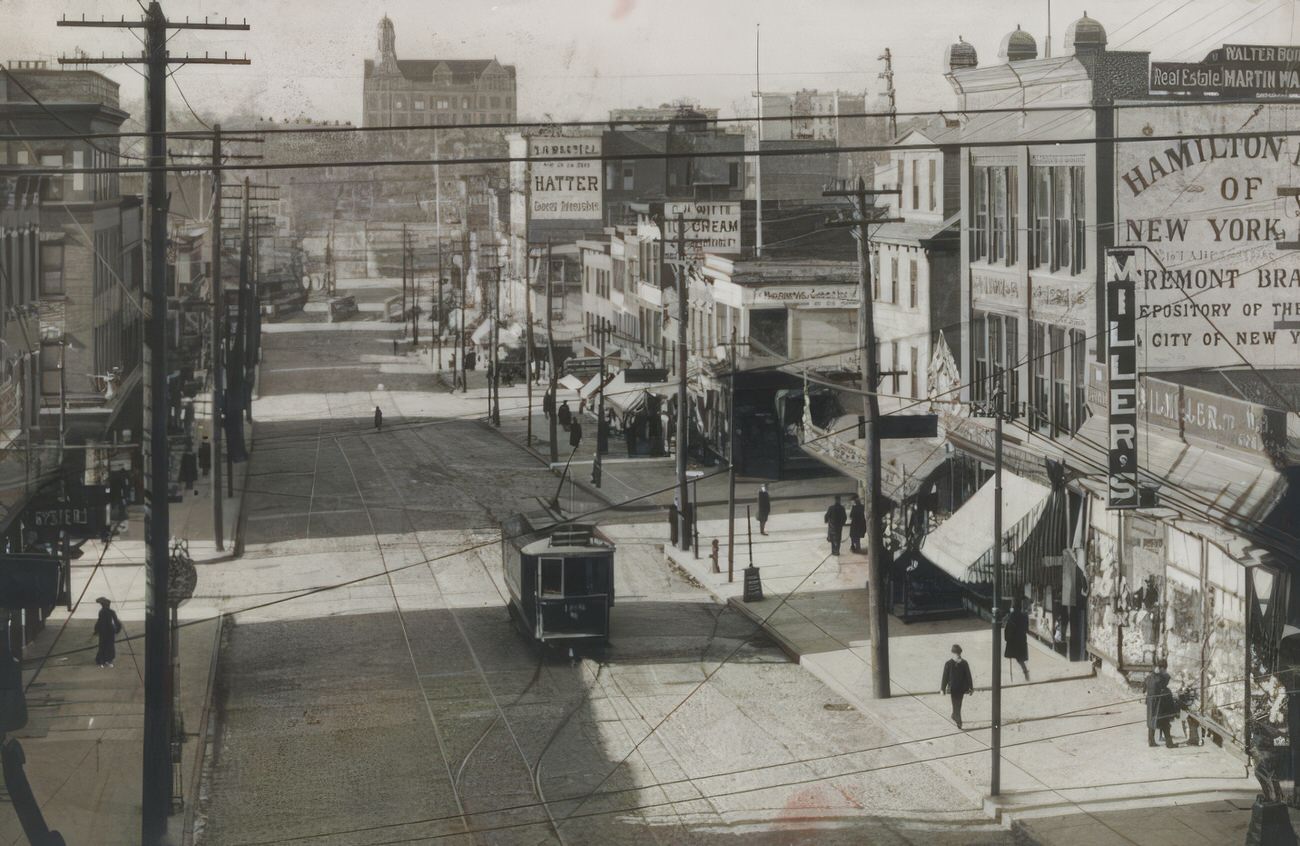
#154 New York University Library, now the Bronx Community College, circa 1905.
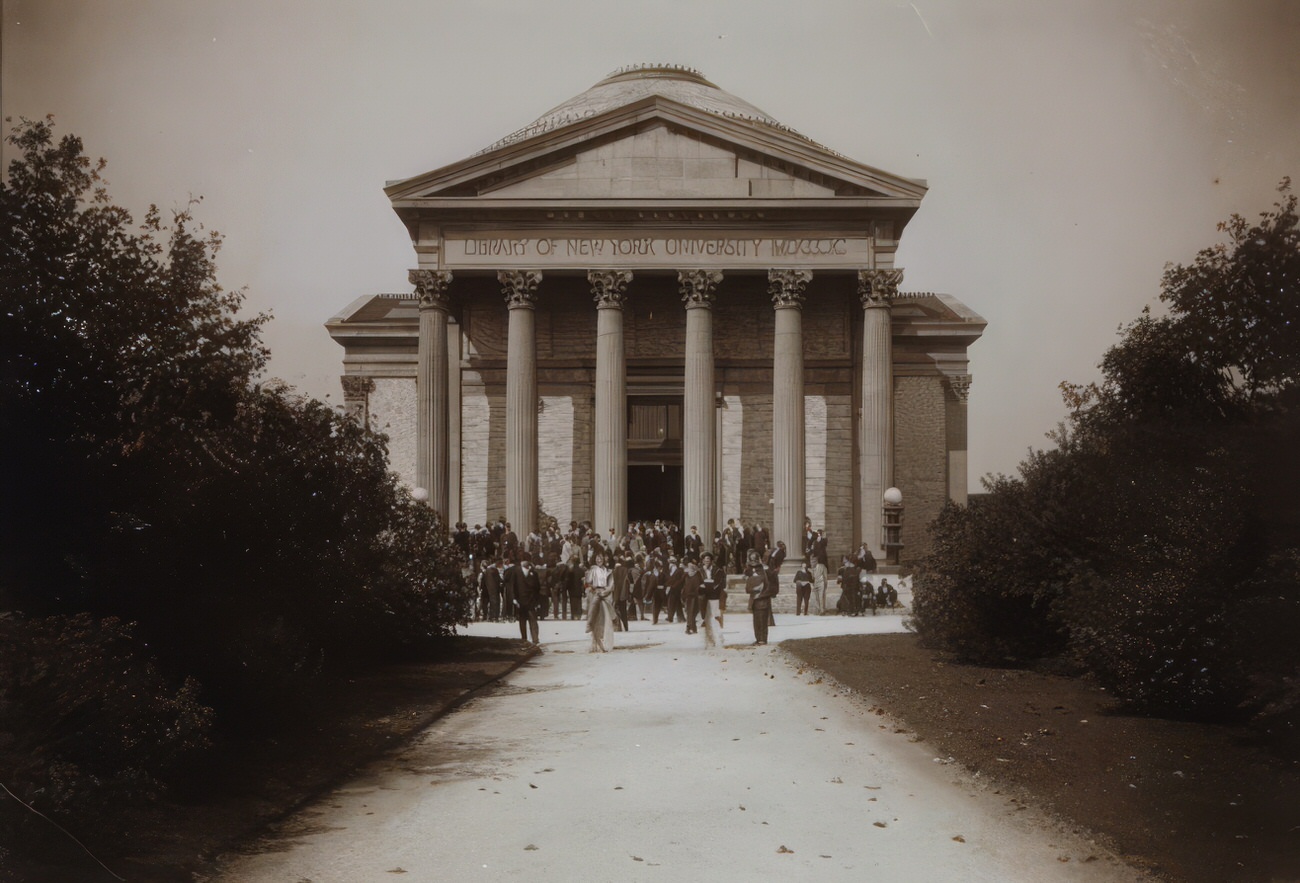
#155 New York University Library, Bronx campus, now Bronx Community College, 1901.
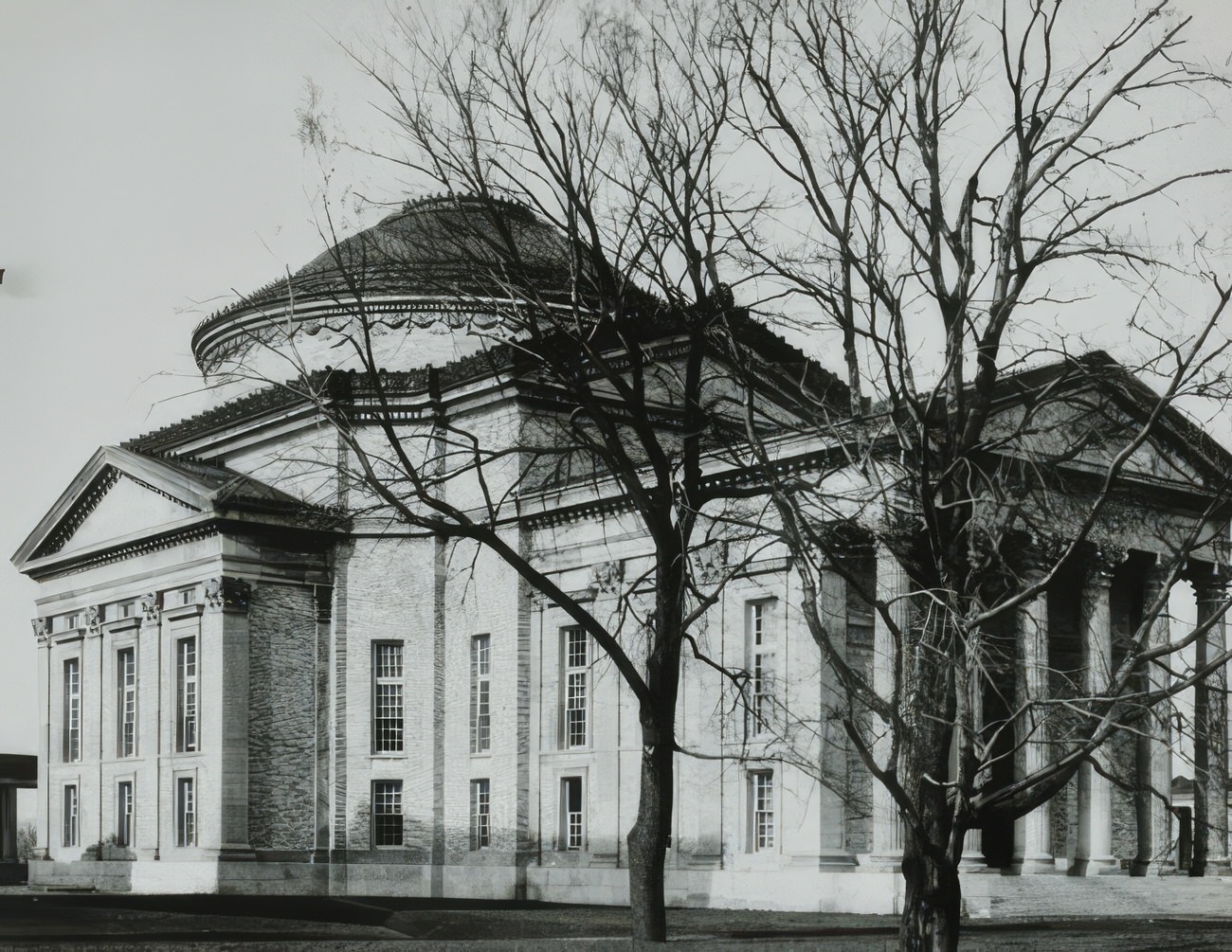
#156 Polo game in Van Cortlandt Park, circa 1905.
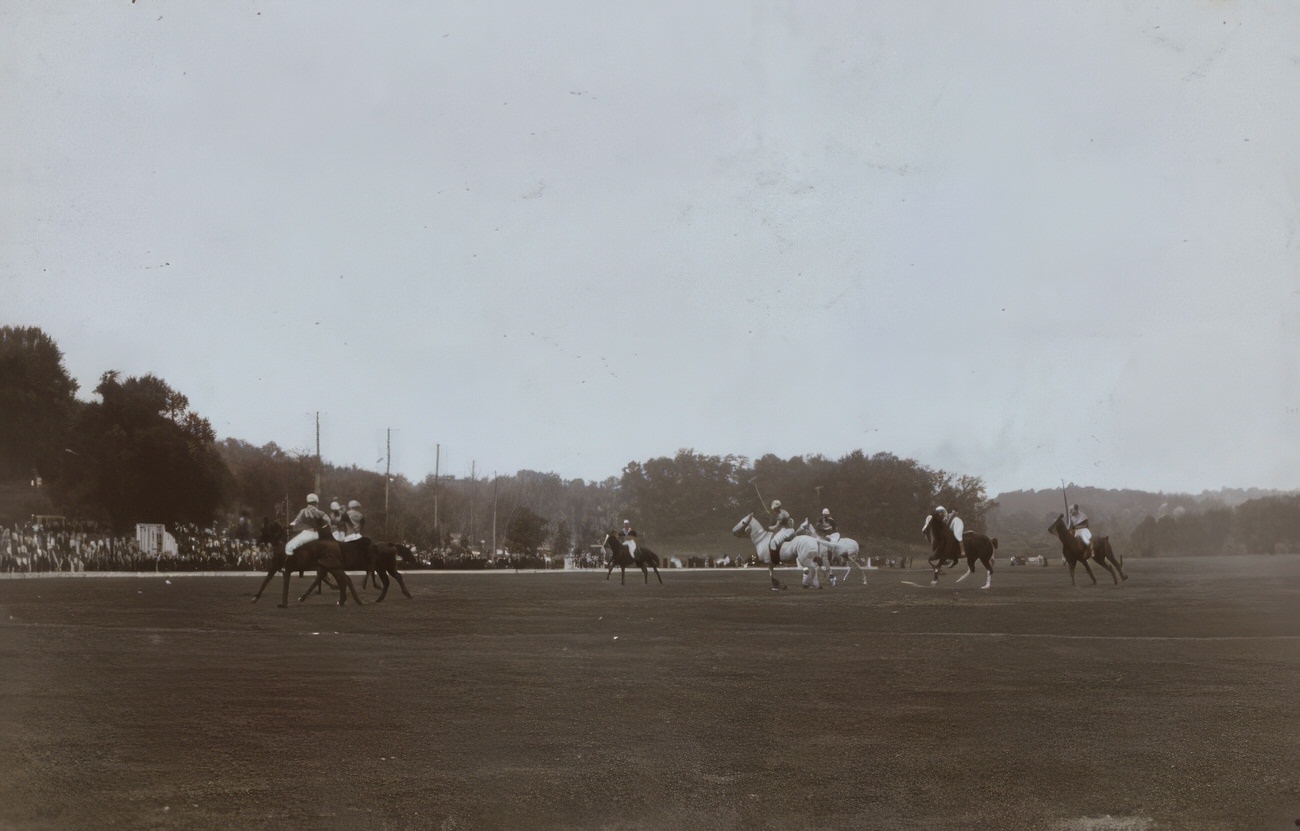
#157 Van Cortlandt Mansion, circa 1900.

#158 Van Cortlandt Mansion, circa 1900.
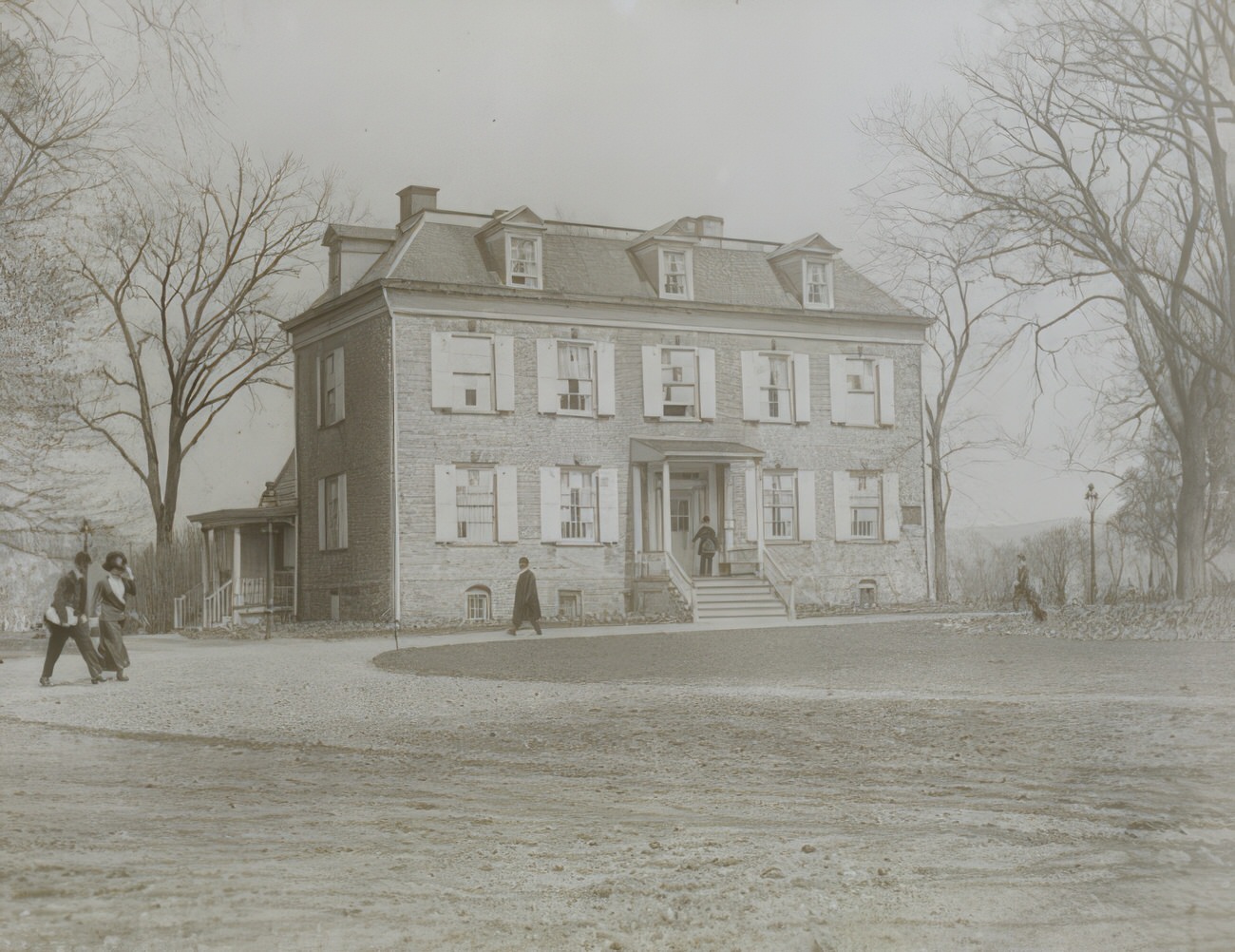
#159 Washington Gun House, 1901.
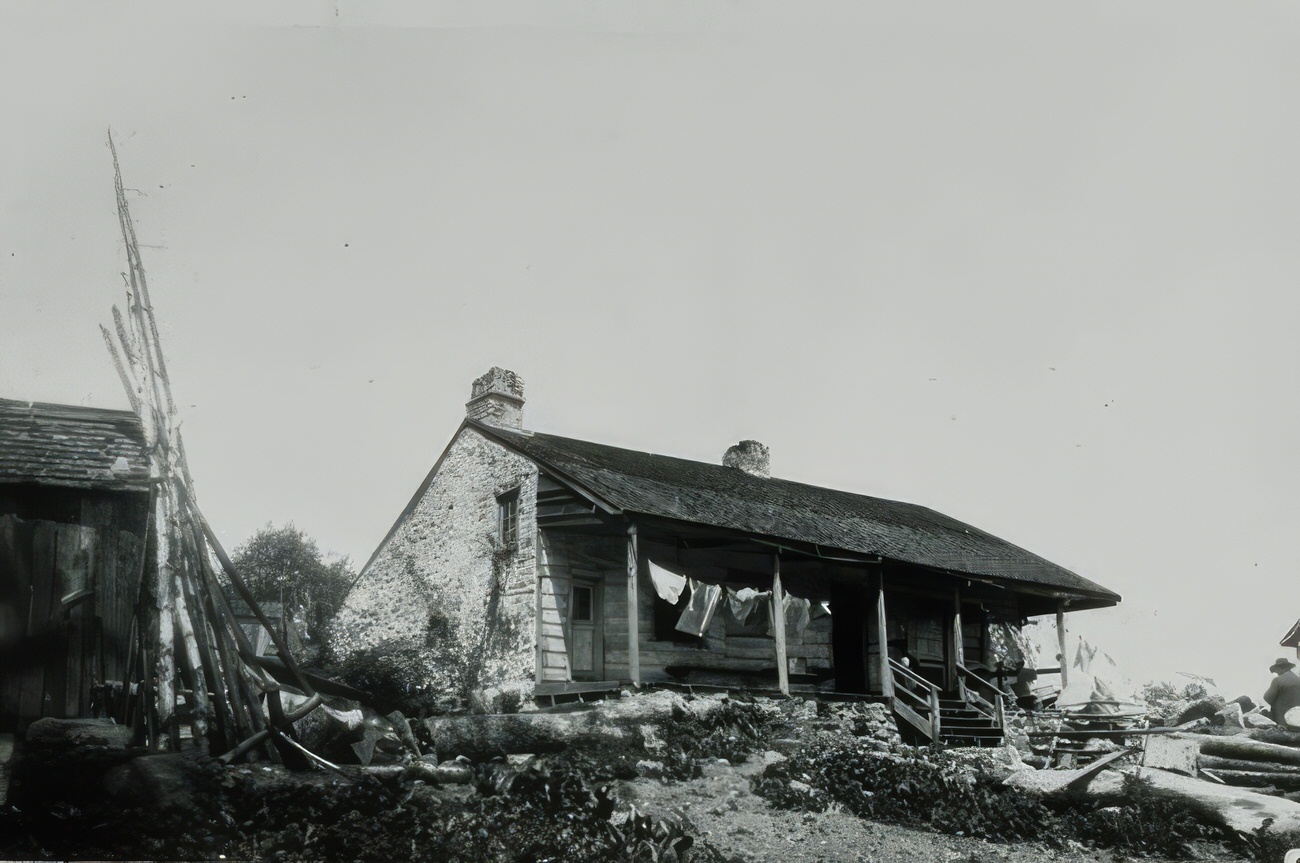
#160 West Farms Road, circa 1900.
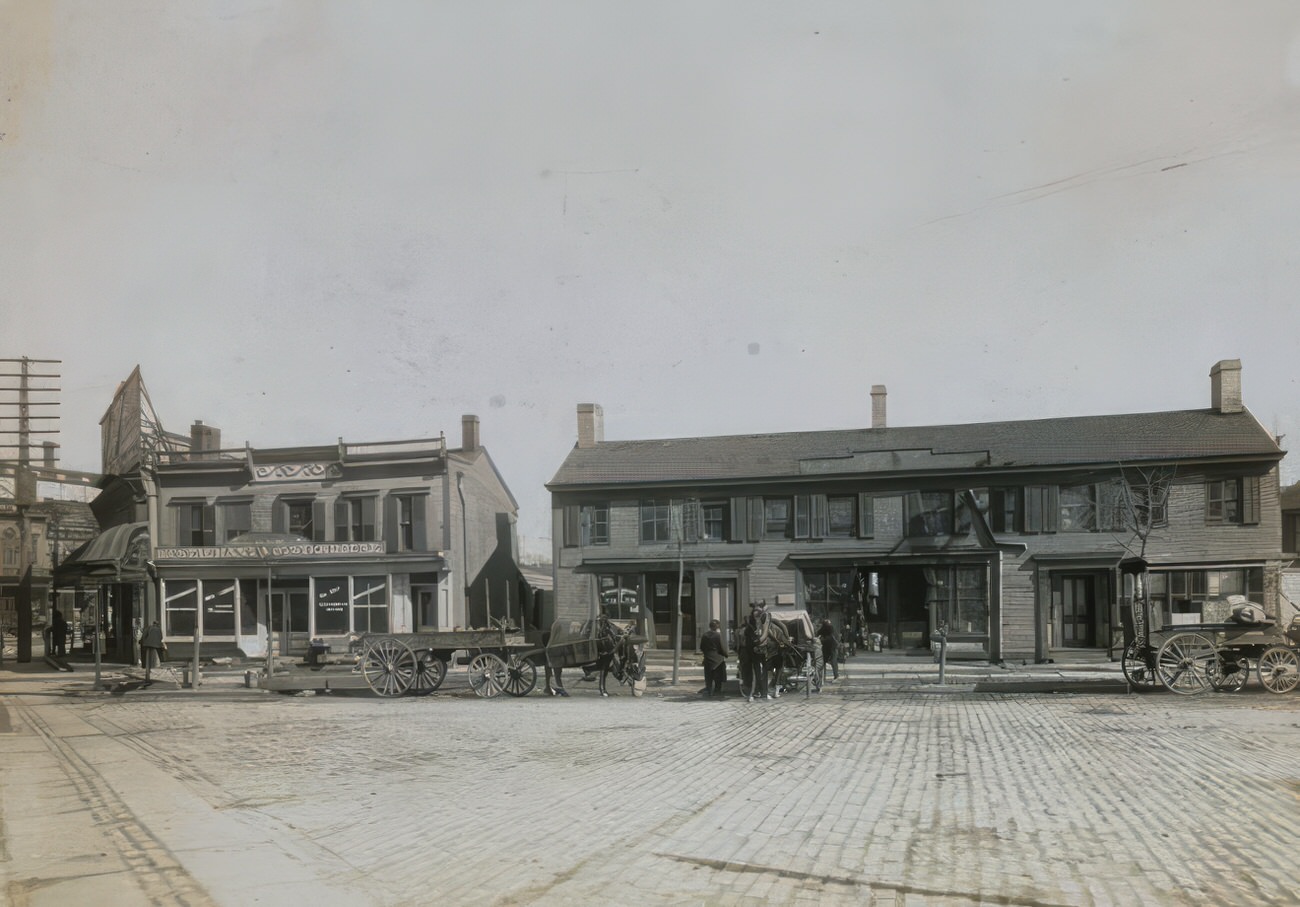
#161 West Farms Road near Boston Road, circa 1900.
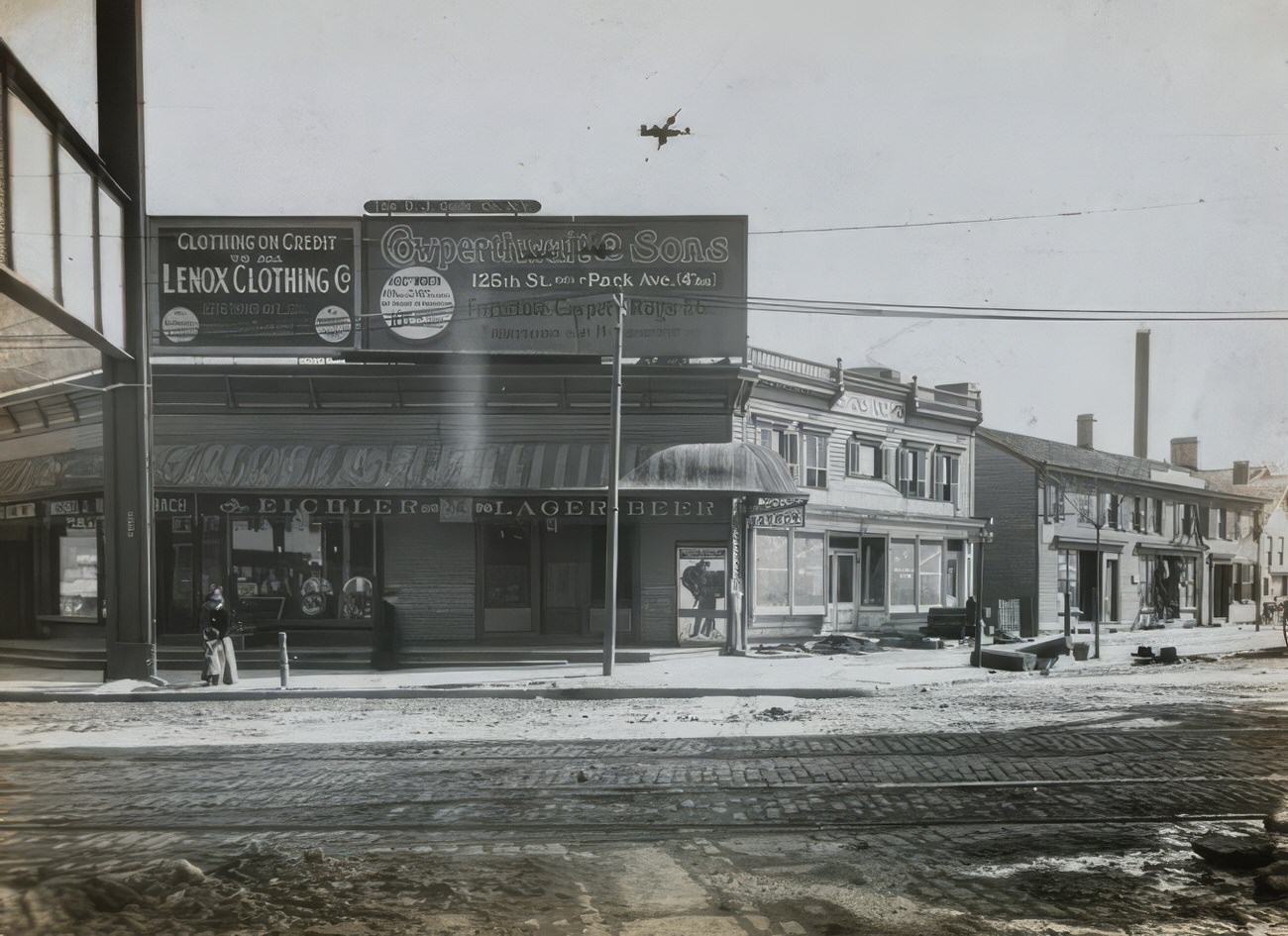
#162 Uncle Daniel Mapes Temperance House, 1902.
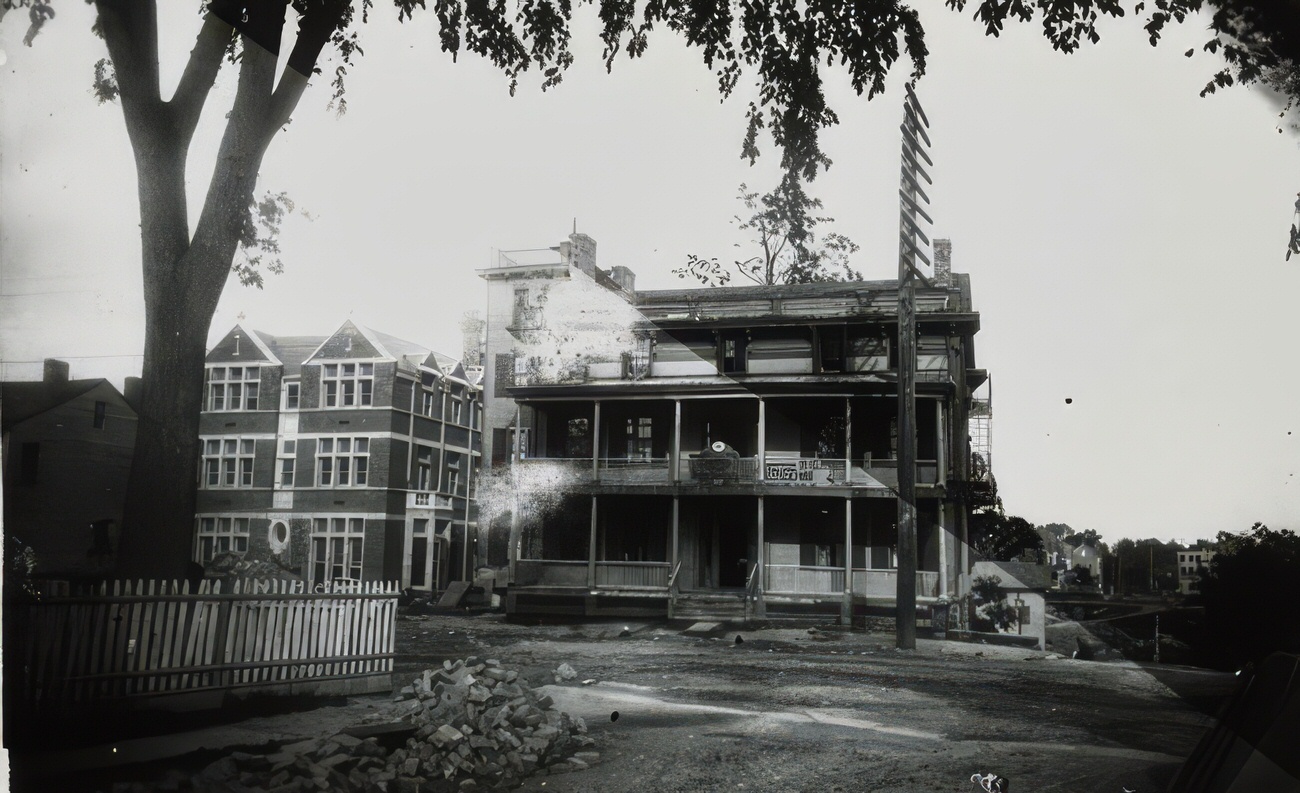
#163 Westchester Avenue and Southern Boulevard, 1900.
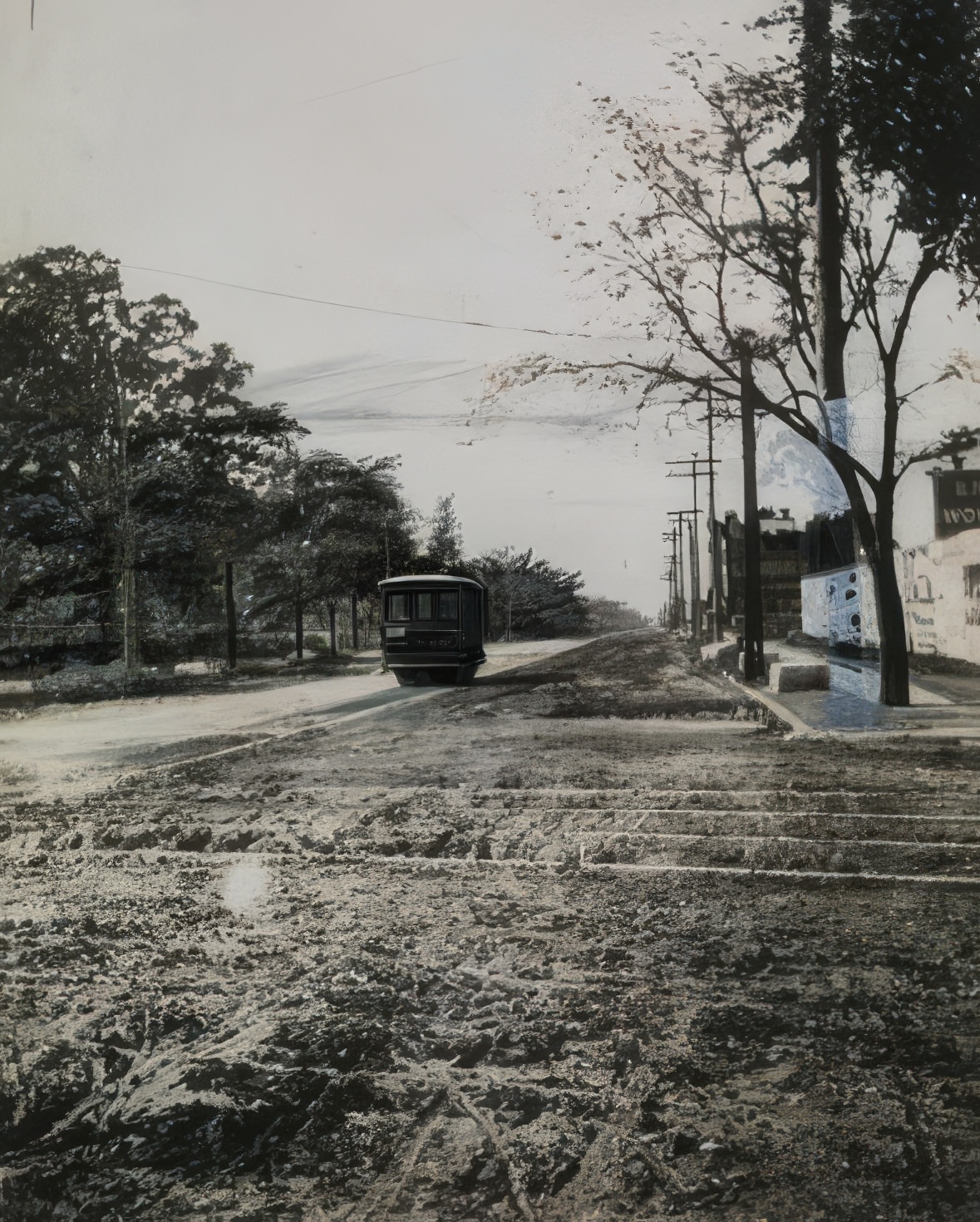
#164 Willmount Mansion, June 1909.
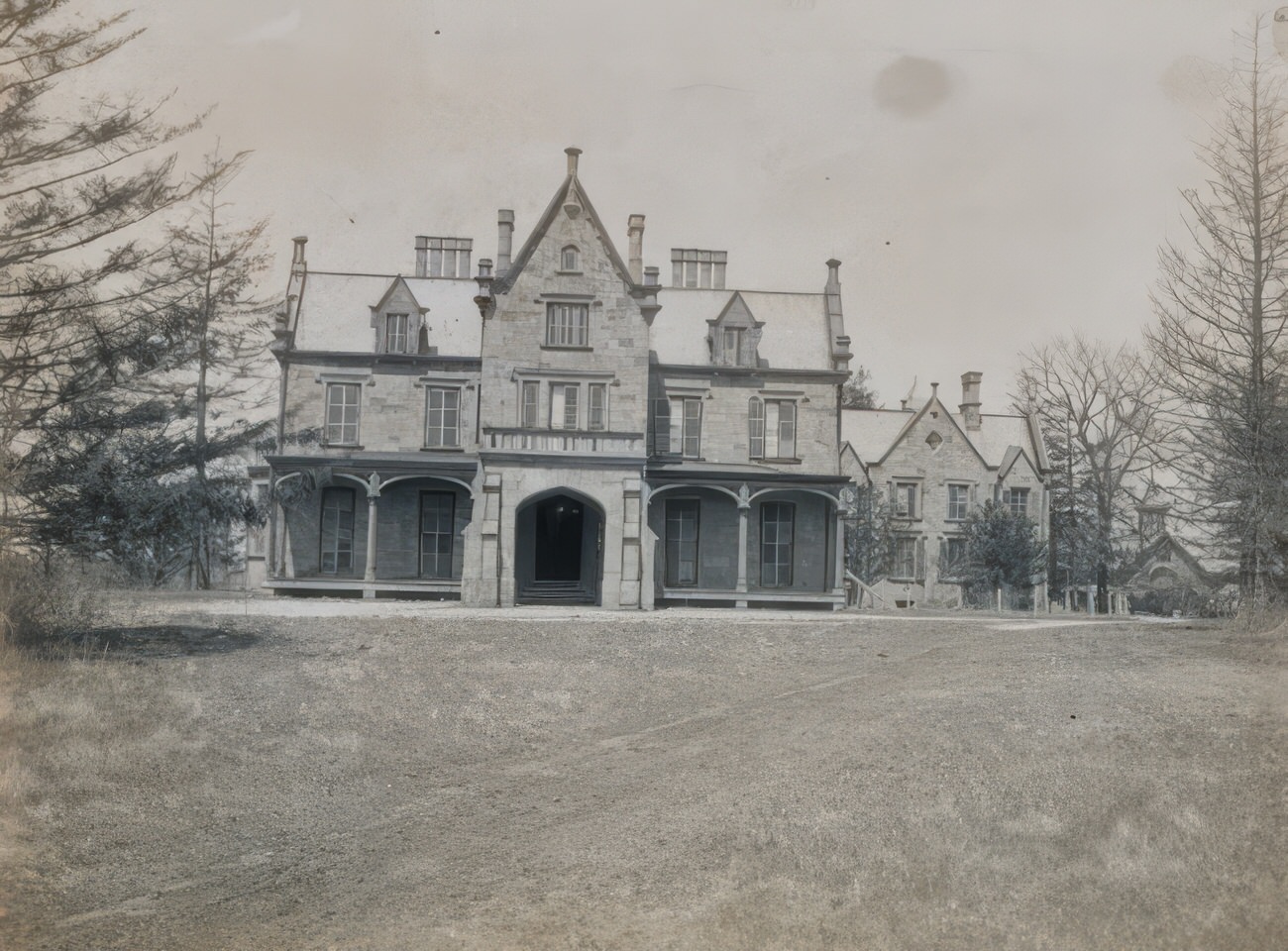
#165 Third Avenue Bridge, April 18, 1907.
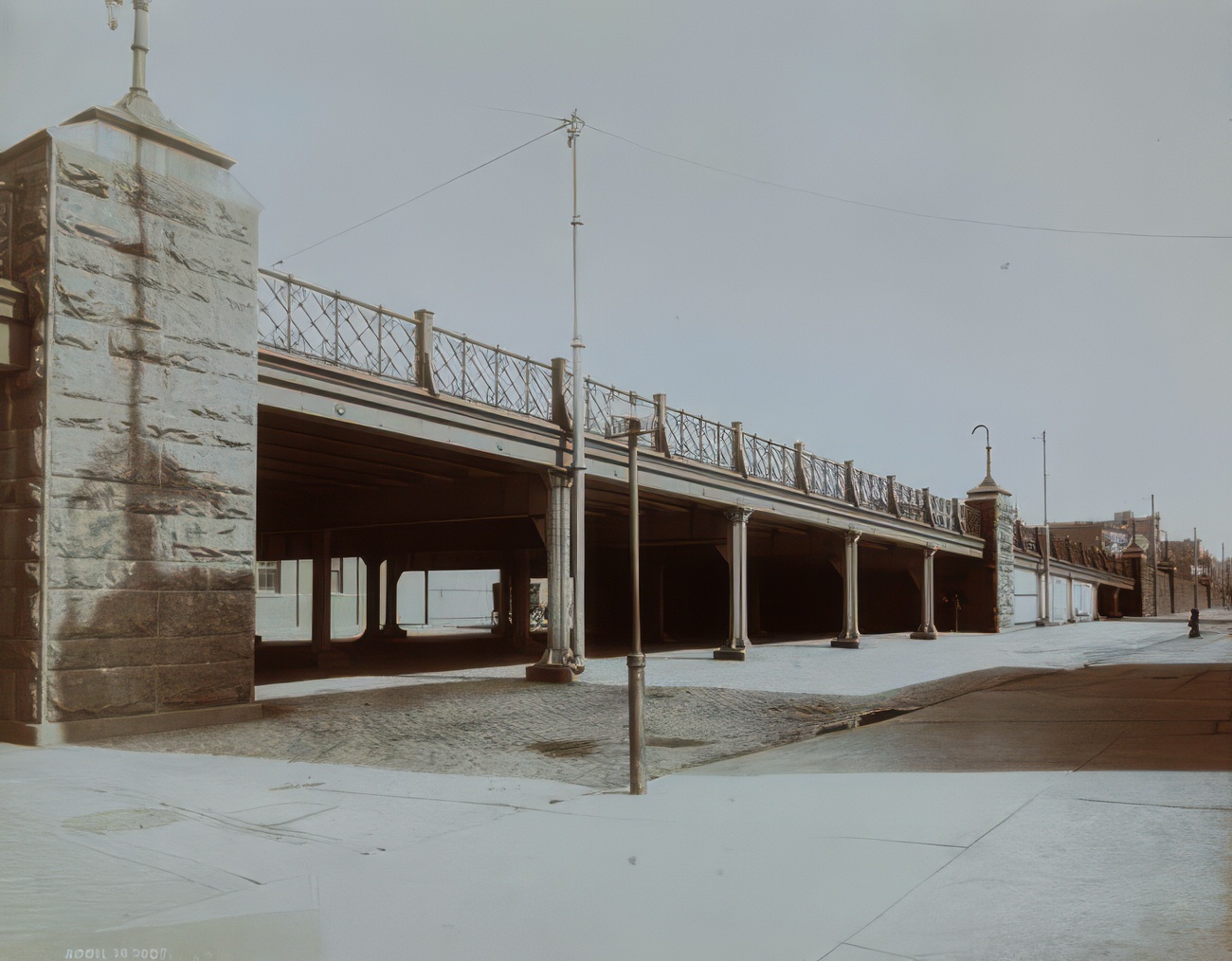
#166 J. Clarence Davies Real Estate Office, circa 1904.
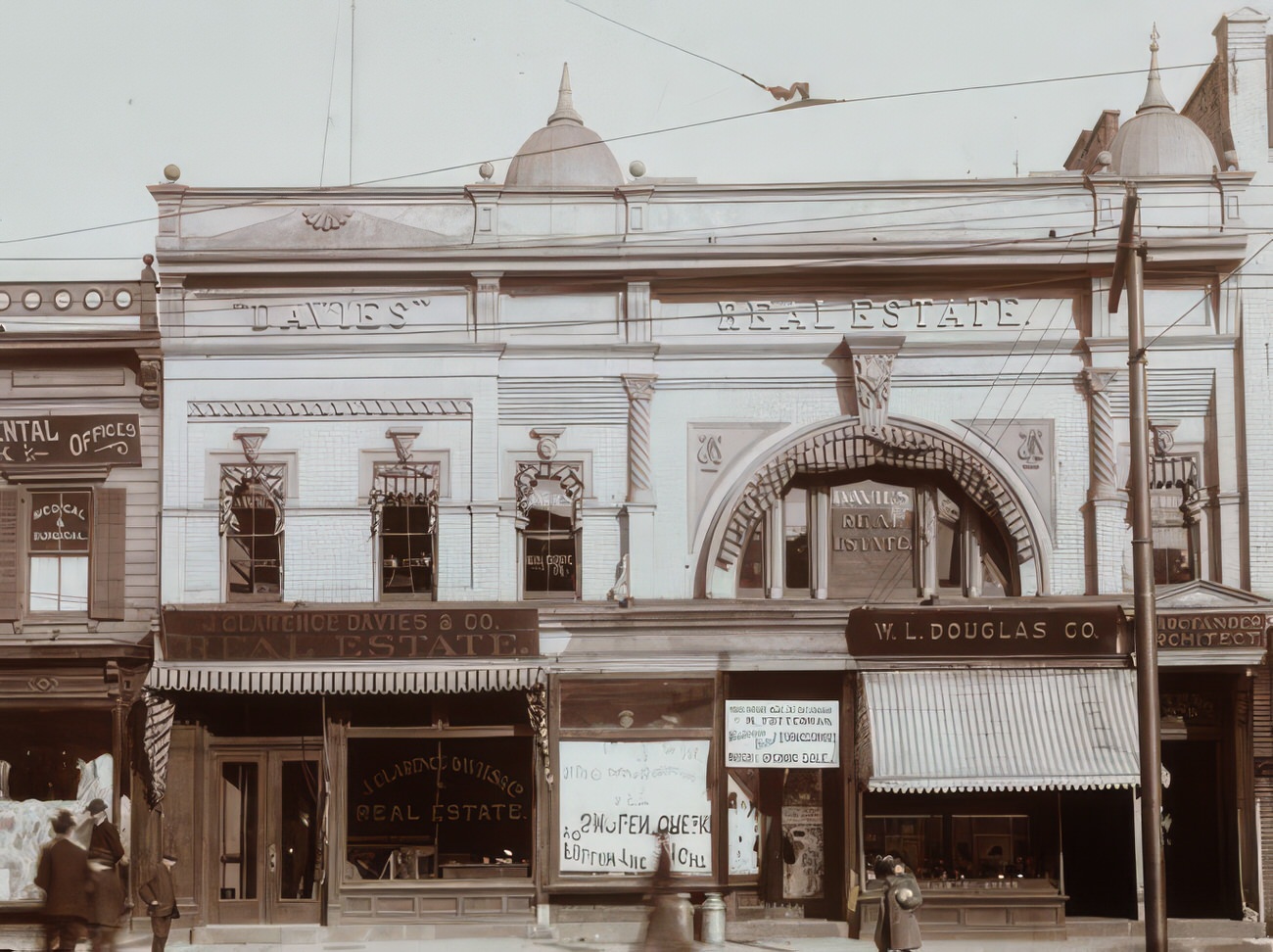
#167 North side of 149th Street between 3rd Avenue and Bergen Avenue, circa 1905.
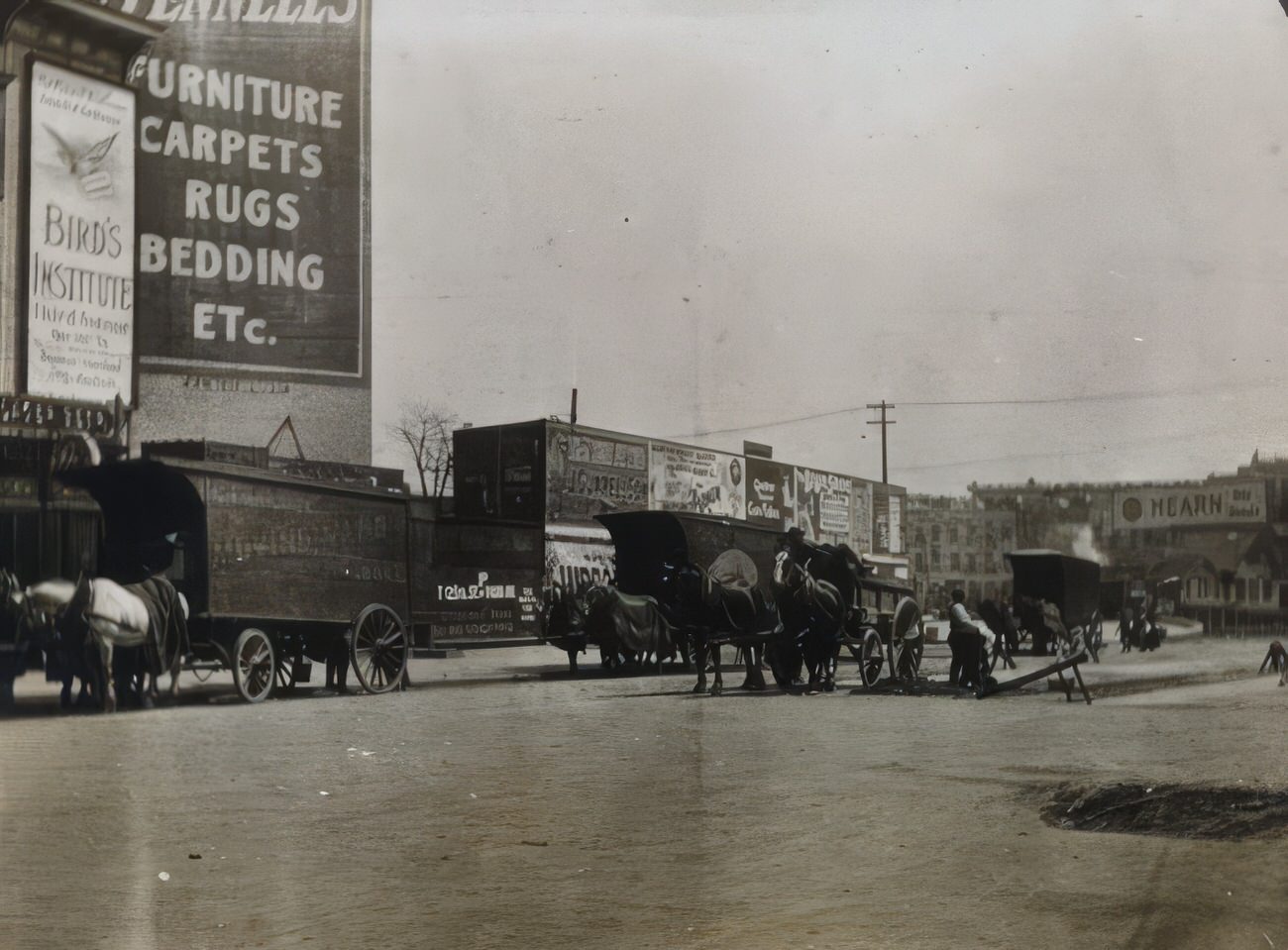
#168 East 216th Street and Bronx Boulevard, Vari Lace Manufacturing Company, 1909

#169 The “Macedonian Hotel” on City Island, circa 1905.
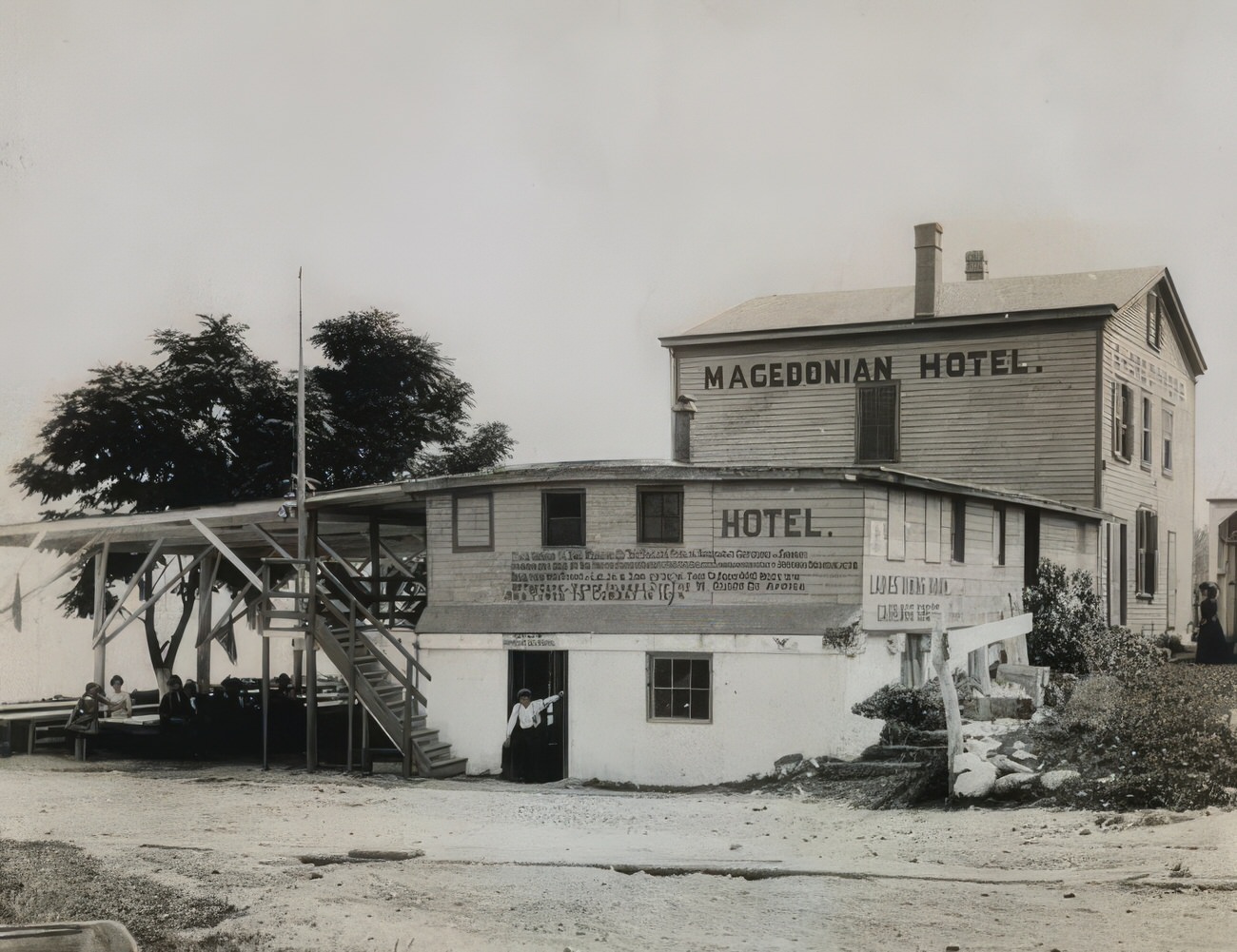
#170 Morris Park Station, 1903.
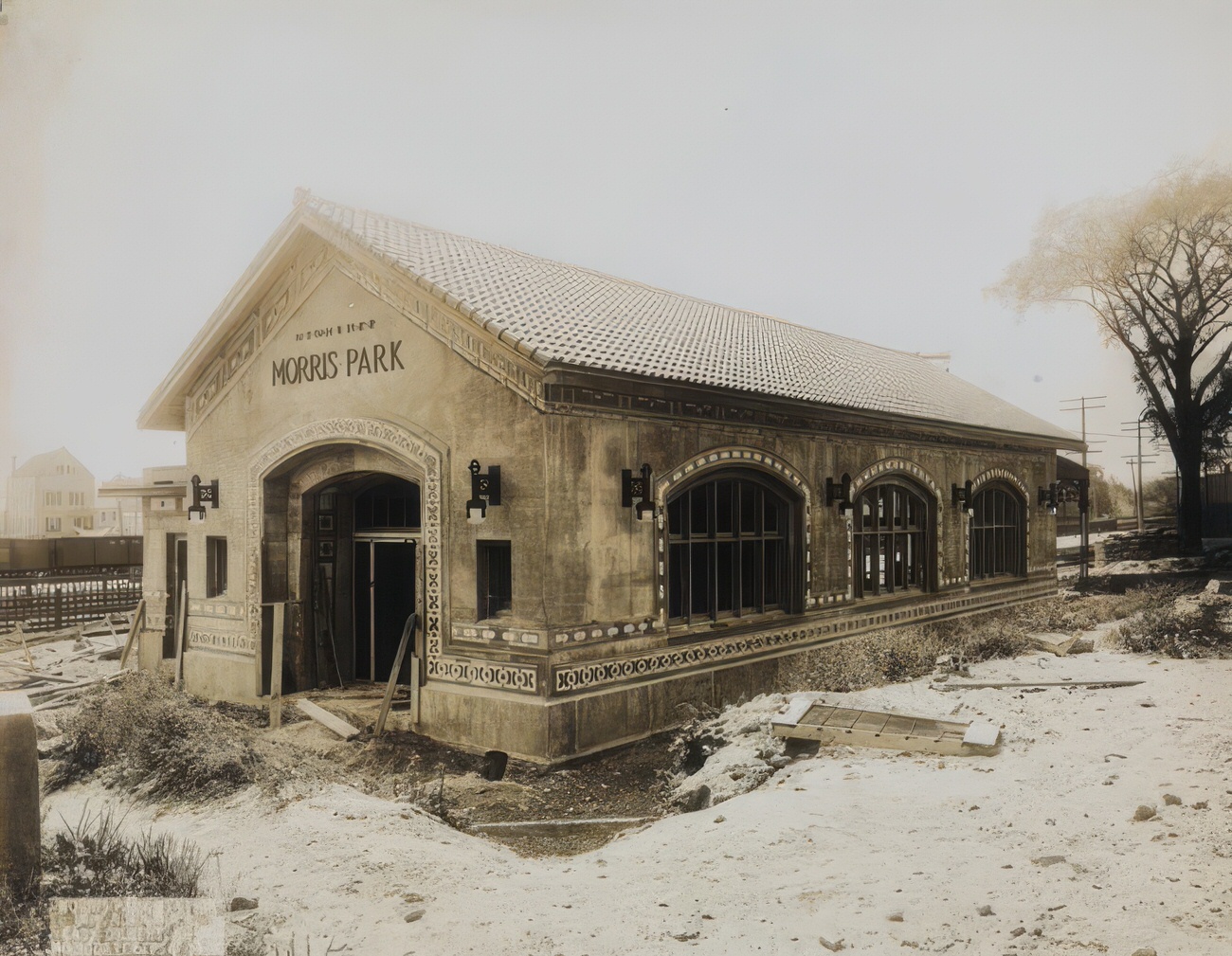
#171 Eastchester, old house near Reid’s Mill, circa 1900.
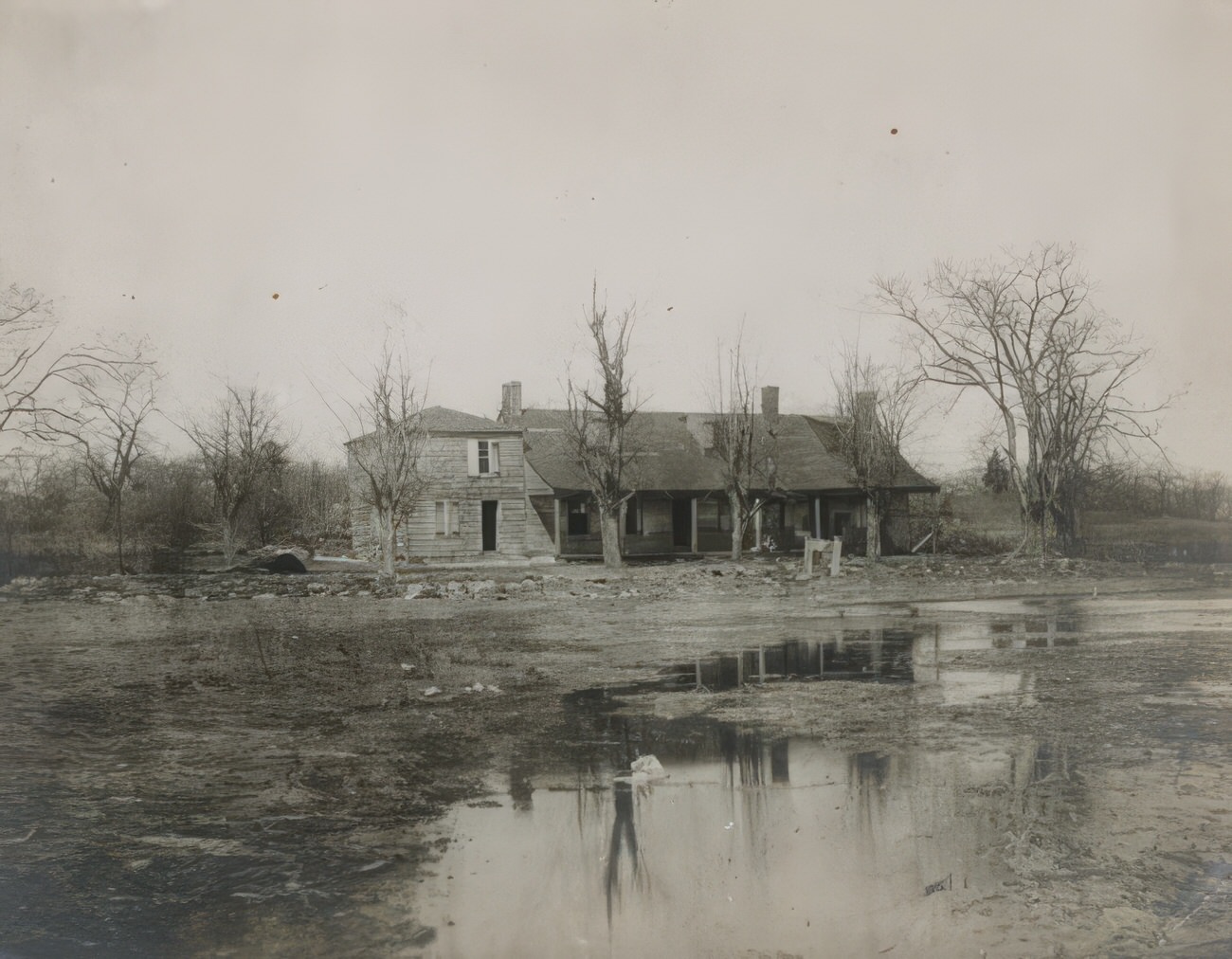
#172 Hustel house, circa 1905.
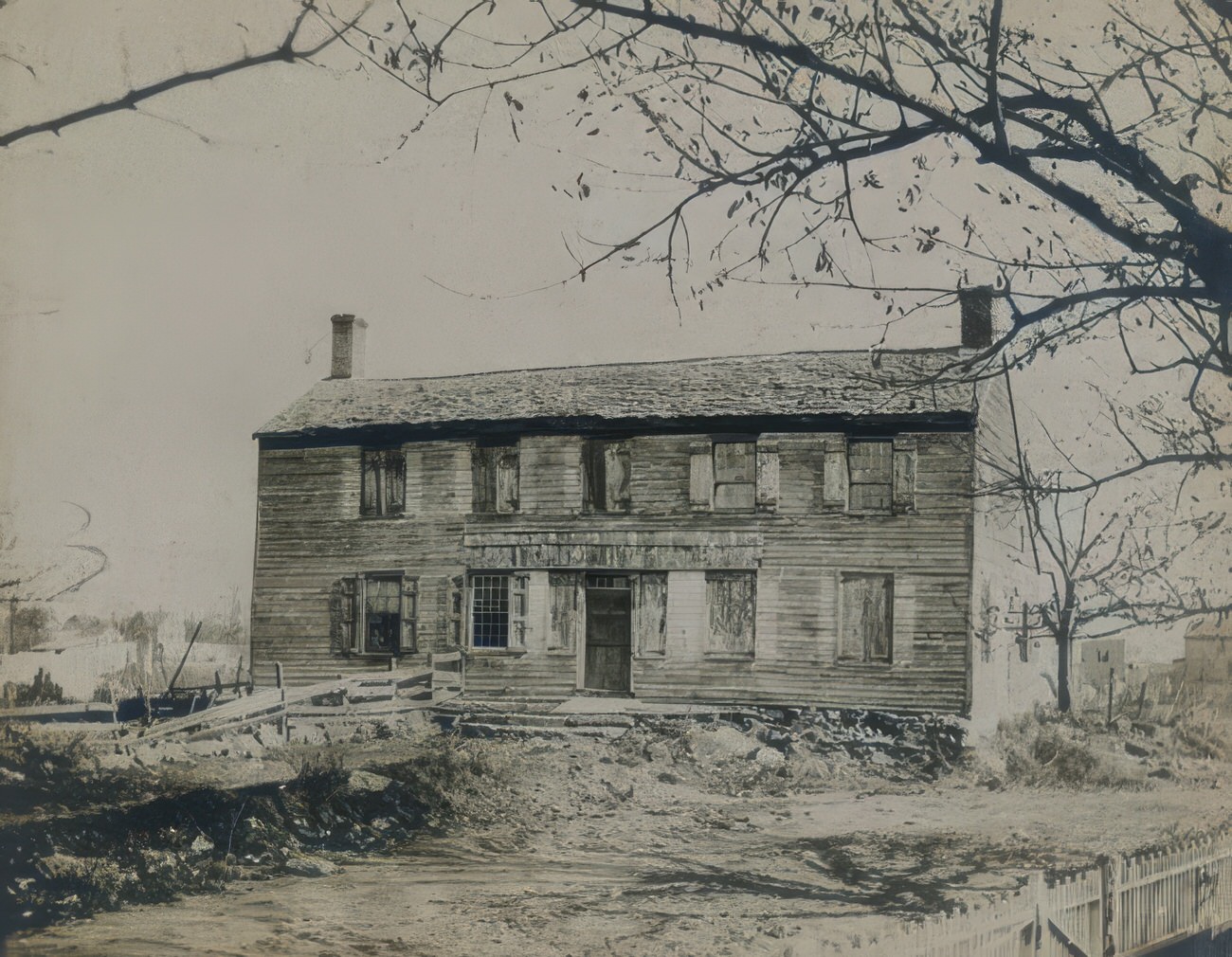
#173 Old St. Paul’s Church, circa 1905.
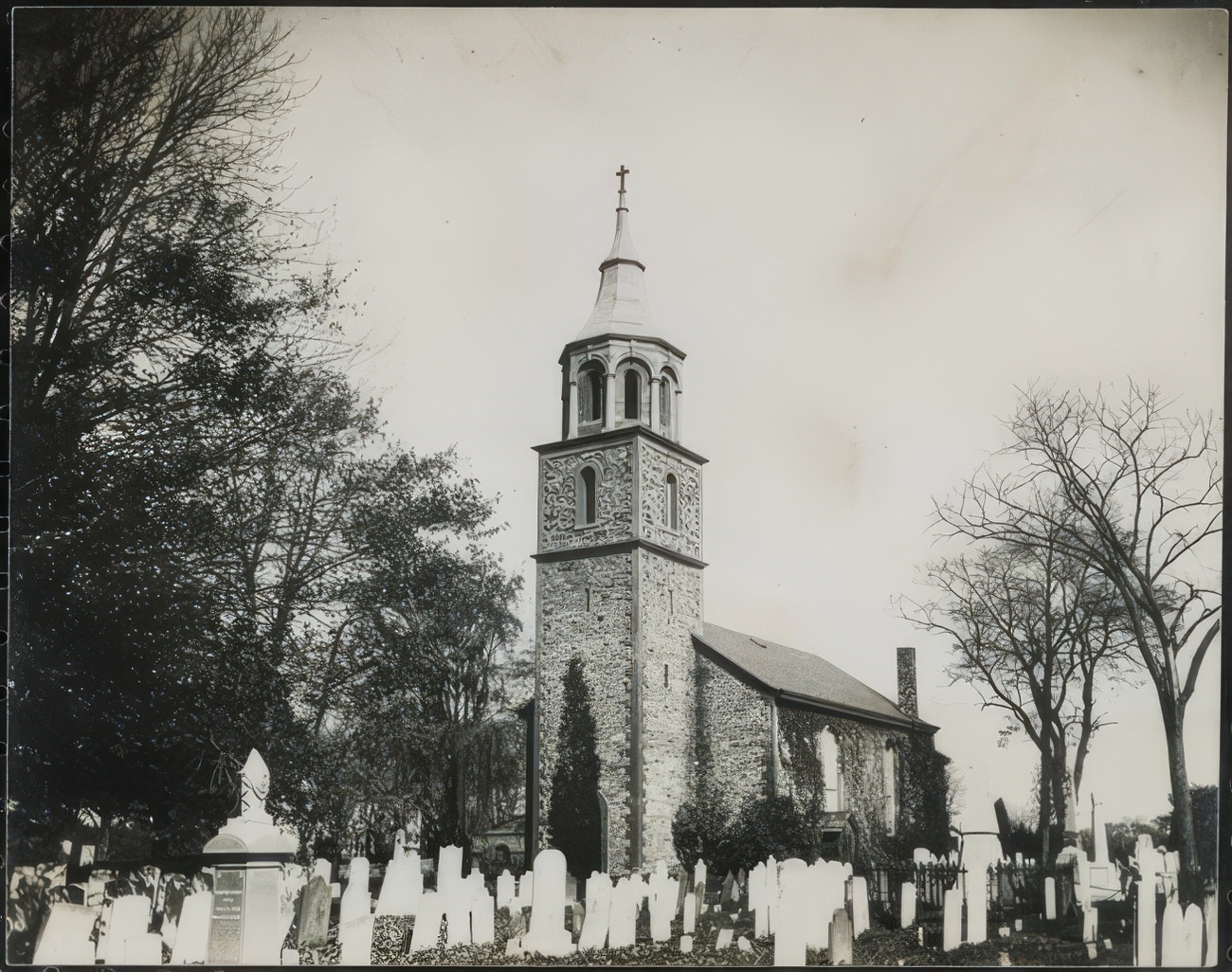
#174 Clubhouse Berkeley Oval, circa 1905.
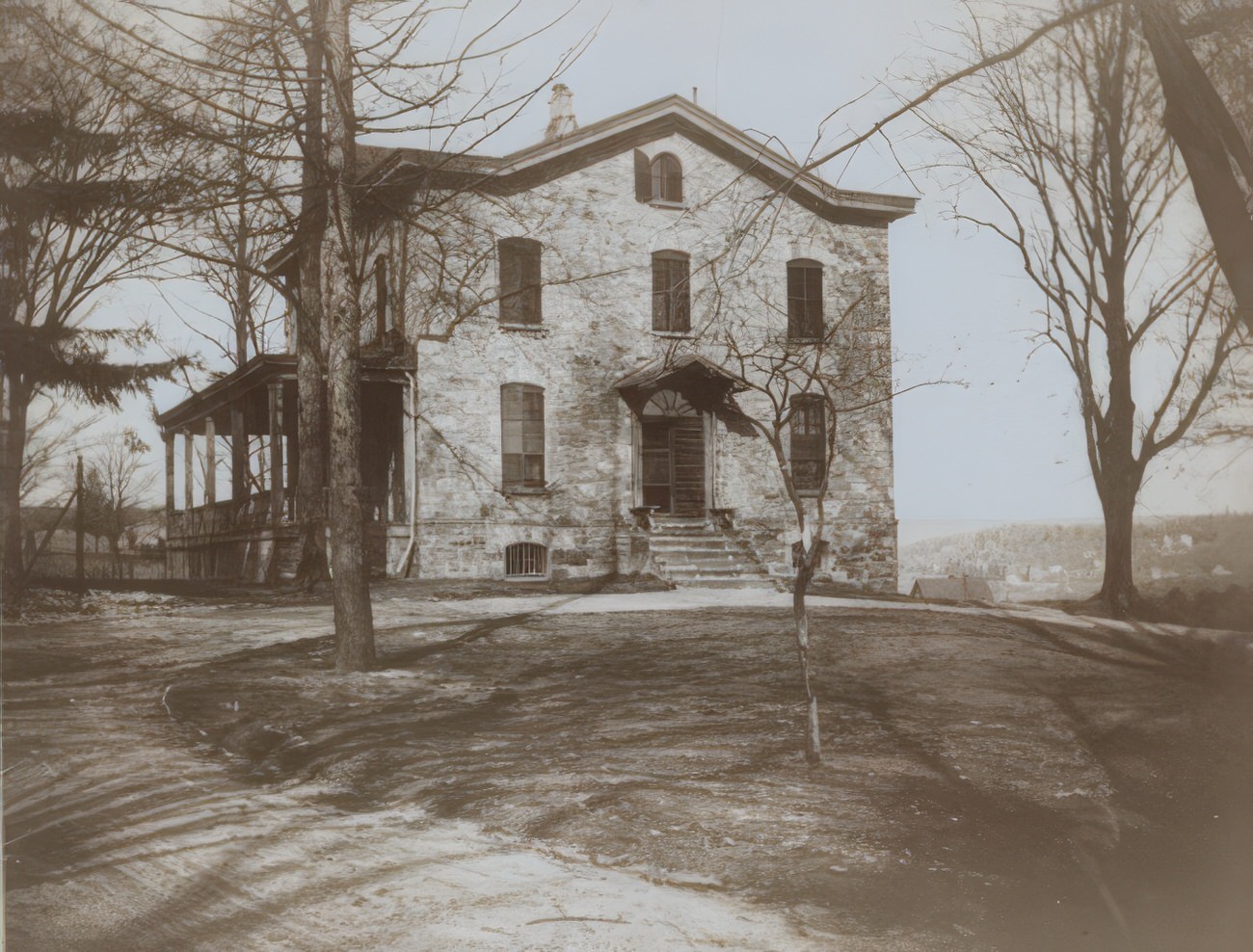
#175 Gouverneur Morris Mansion, circa 1900.
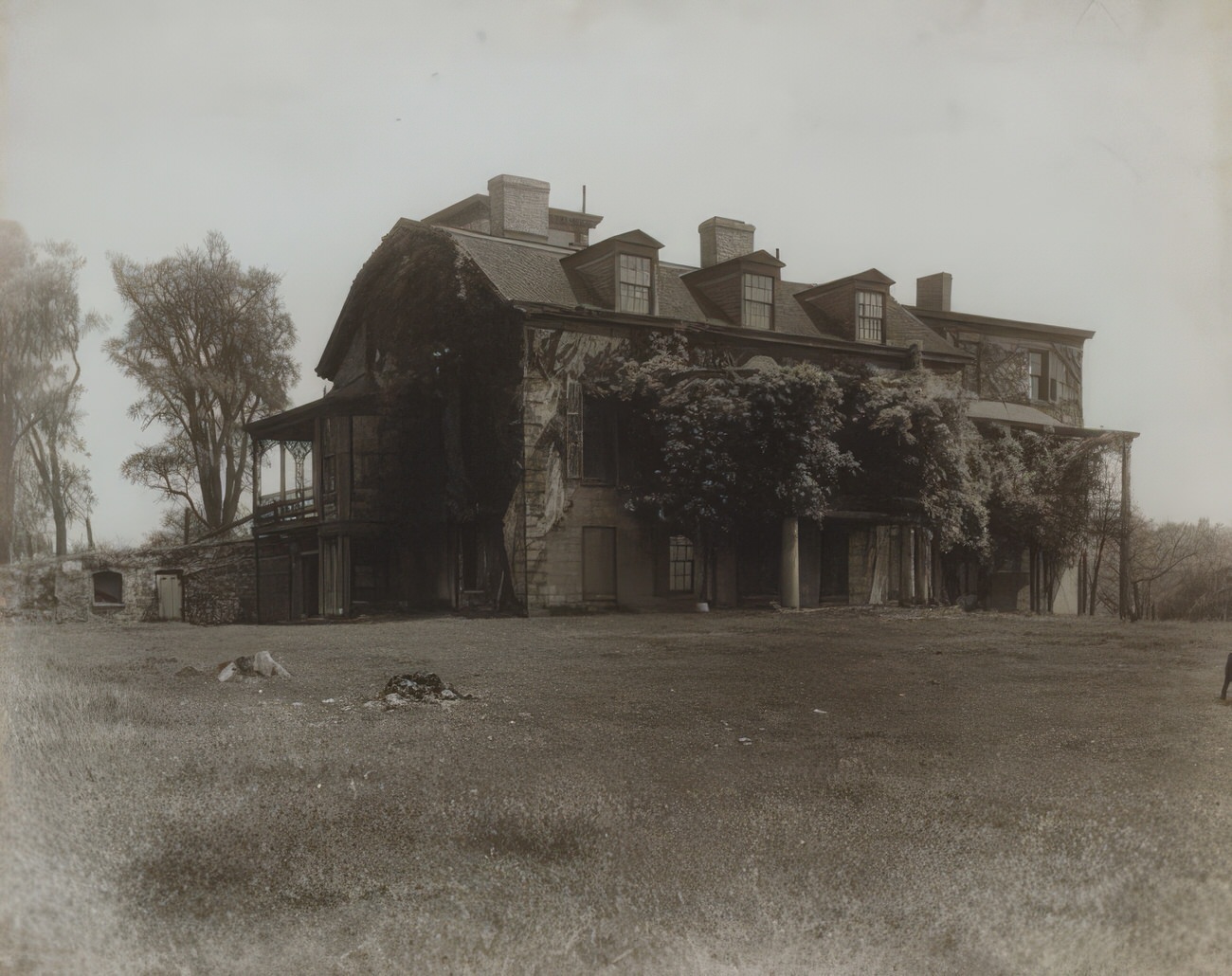
#176 Hall of Fame for Great Americans, circa 1905.
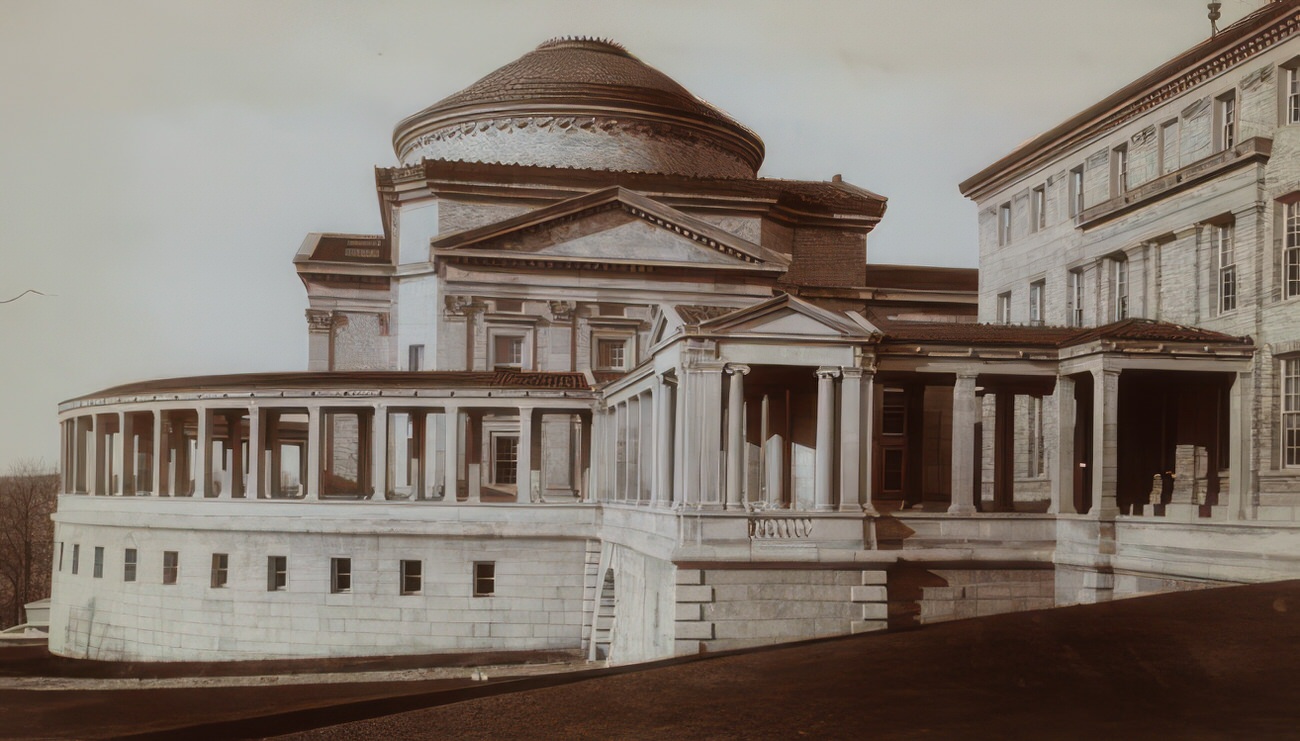
#177 161st Street, 1900, looking northwest across Third Avenue.
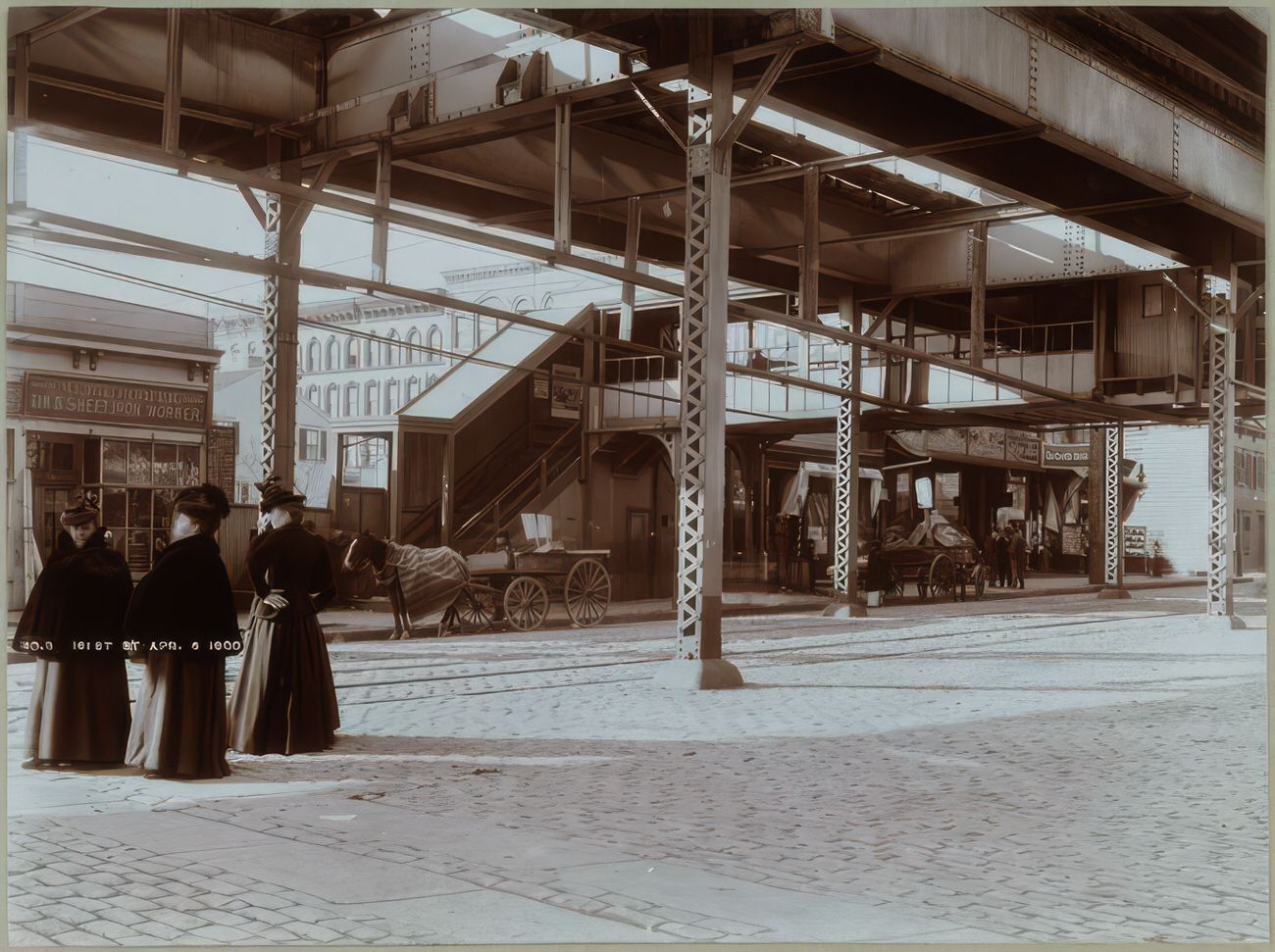
#178 161st Street, 1900.
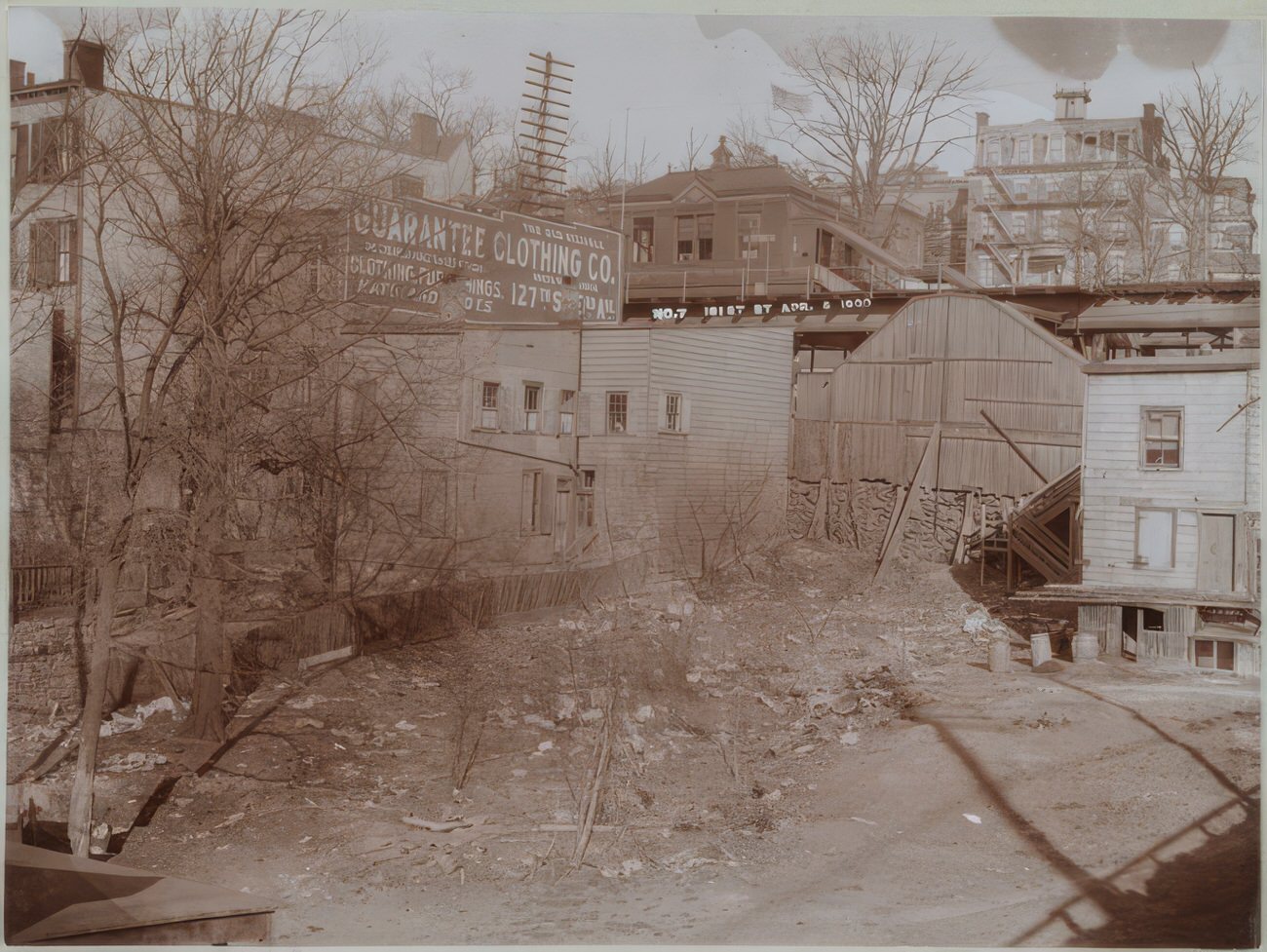
#179 3rd Avenue & 161st Street Looking South, 1901.
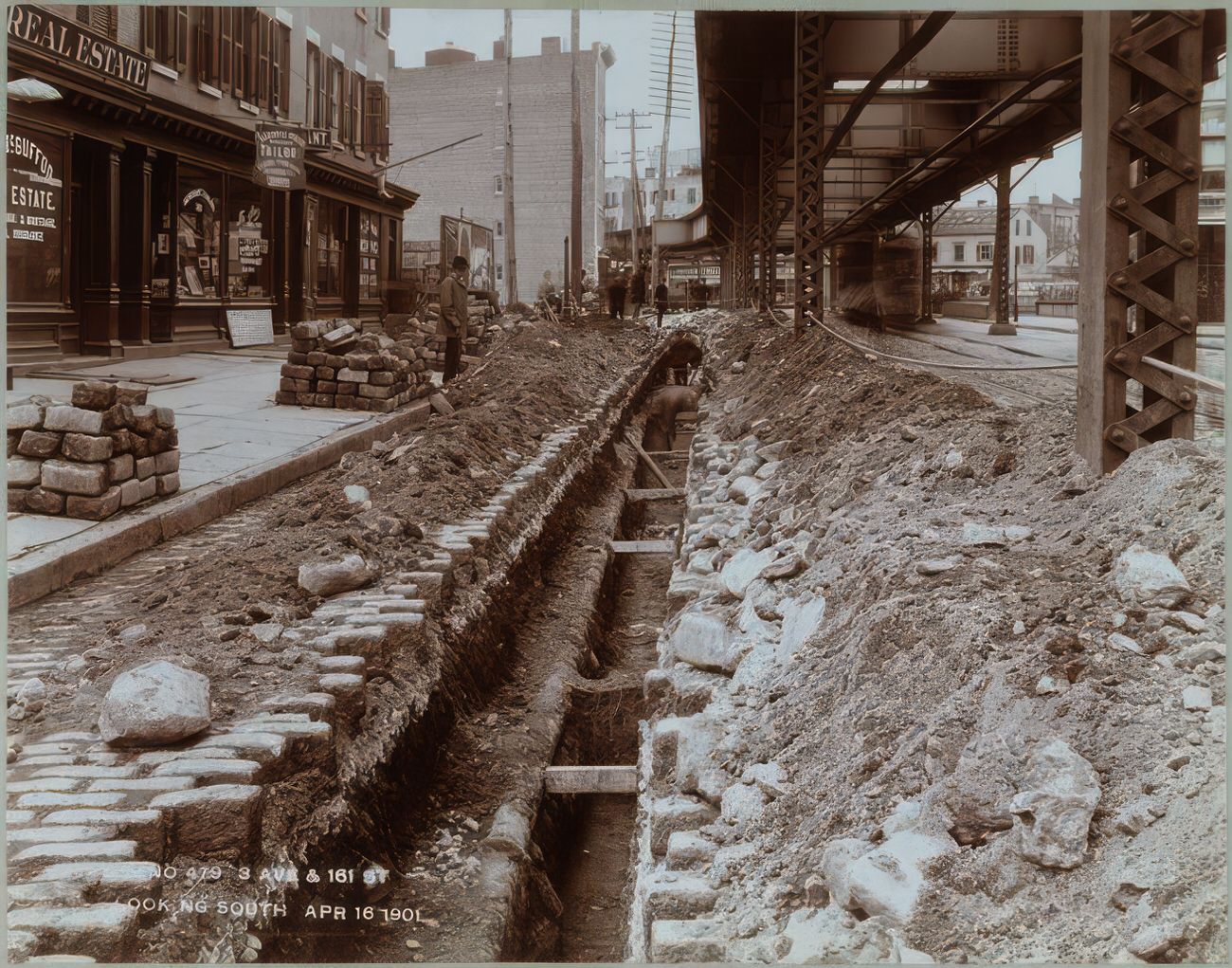
#180 3rd Avenue & 157th Street Looking North, 1901.
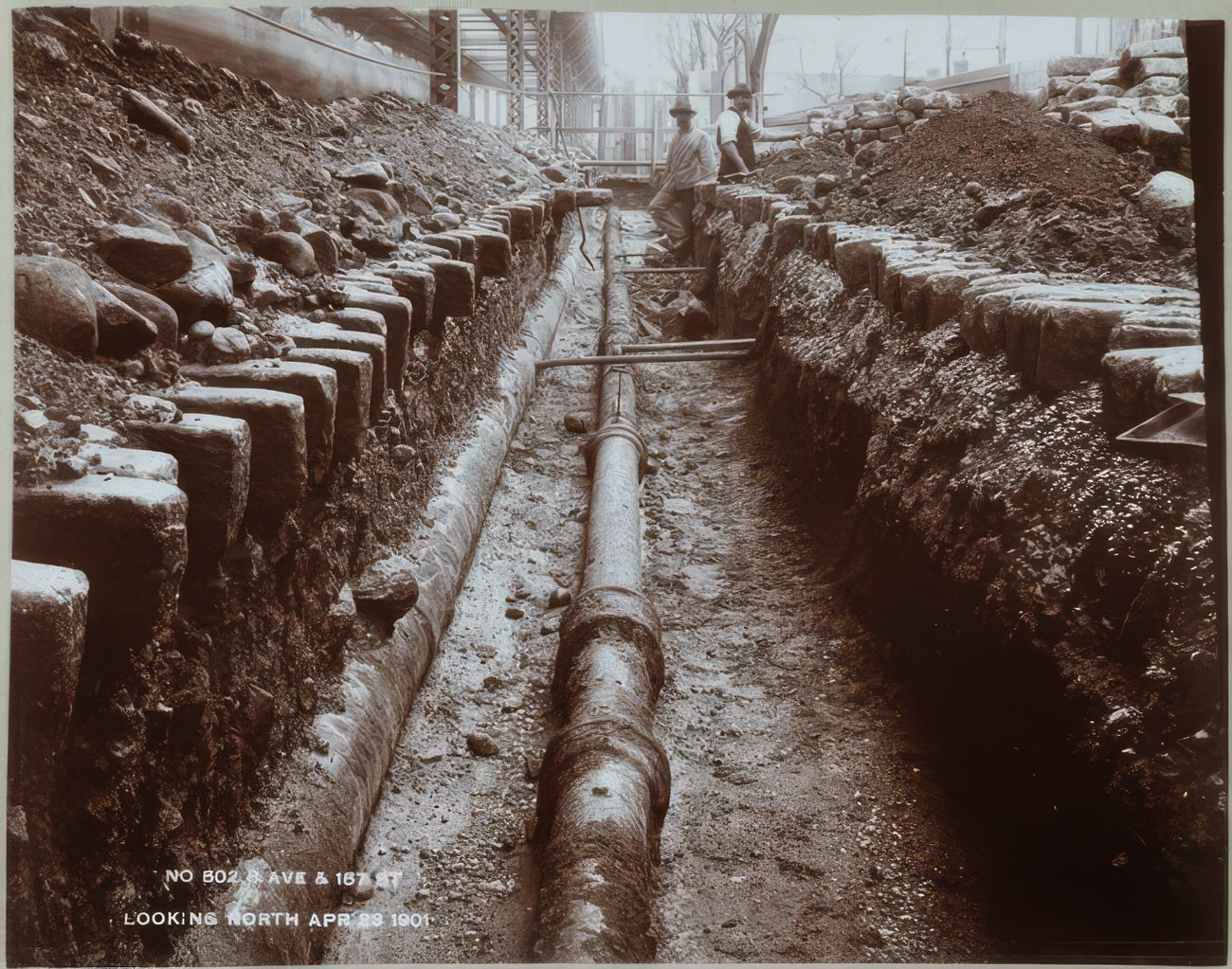
#181 Lincoln Avenue & River Looking North, 1901.
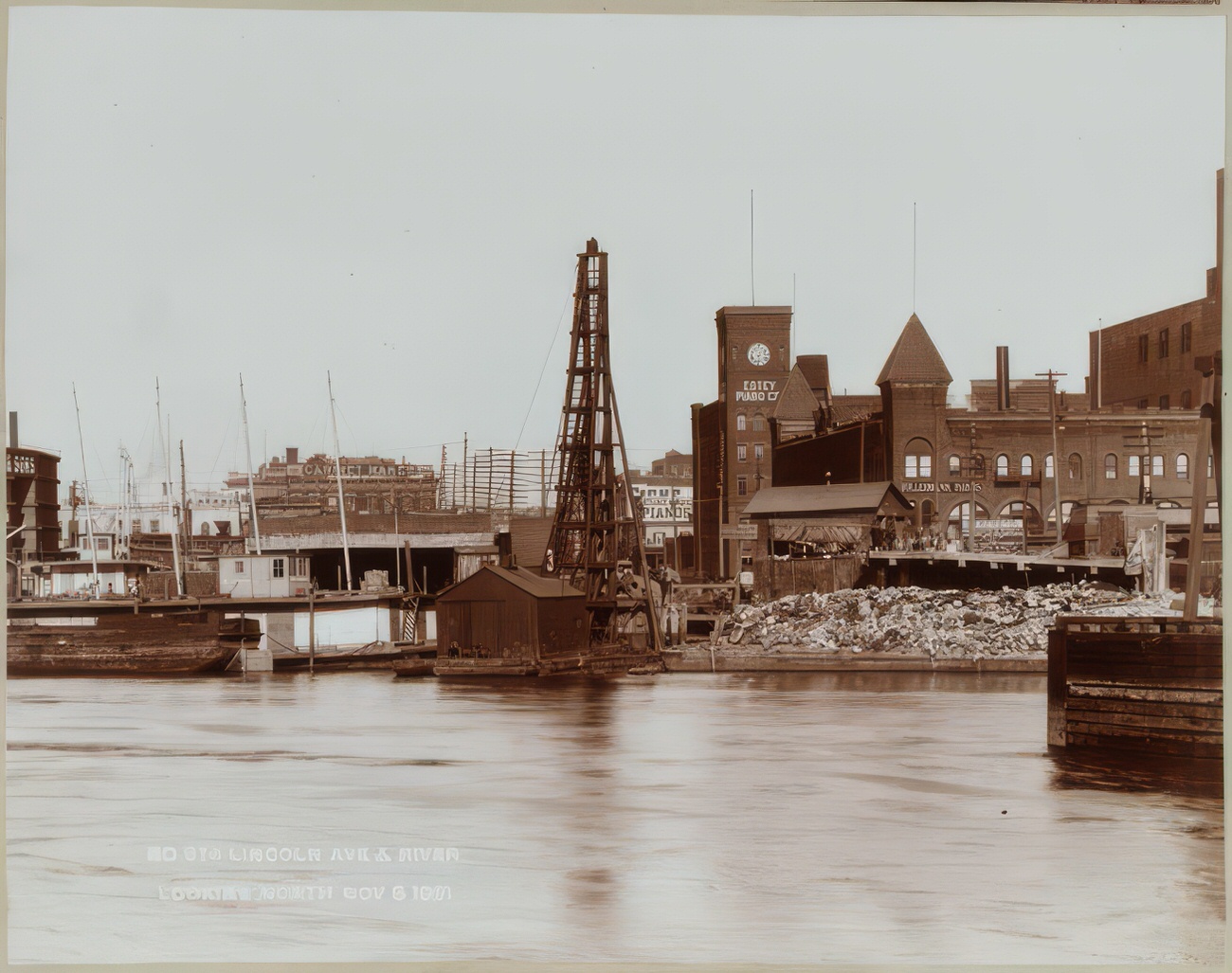
#182 3rd & Brook Avenue Looking North, 1901.
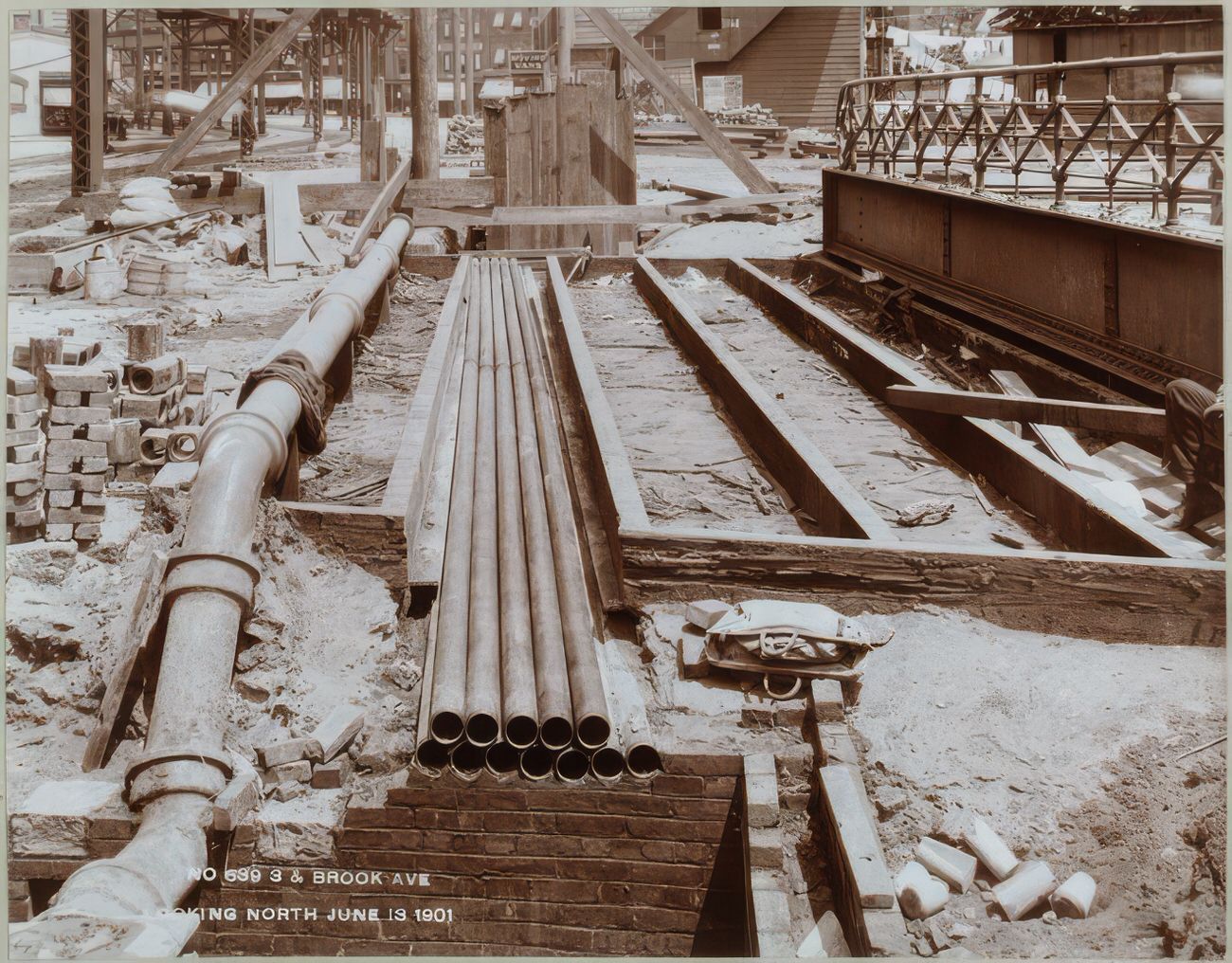
#183 181st Street Yard Looking East, 1900.
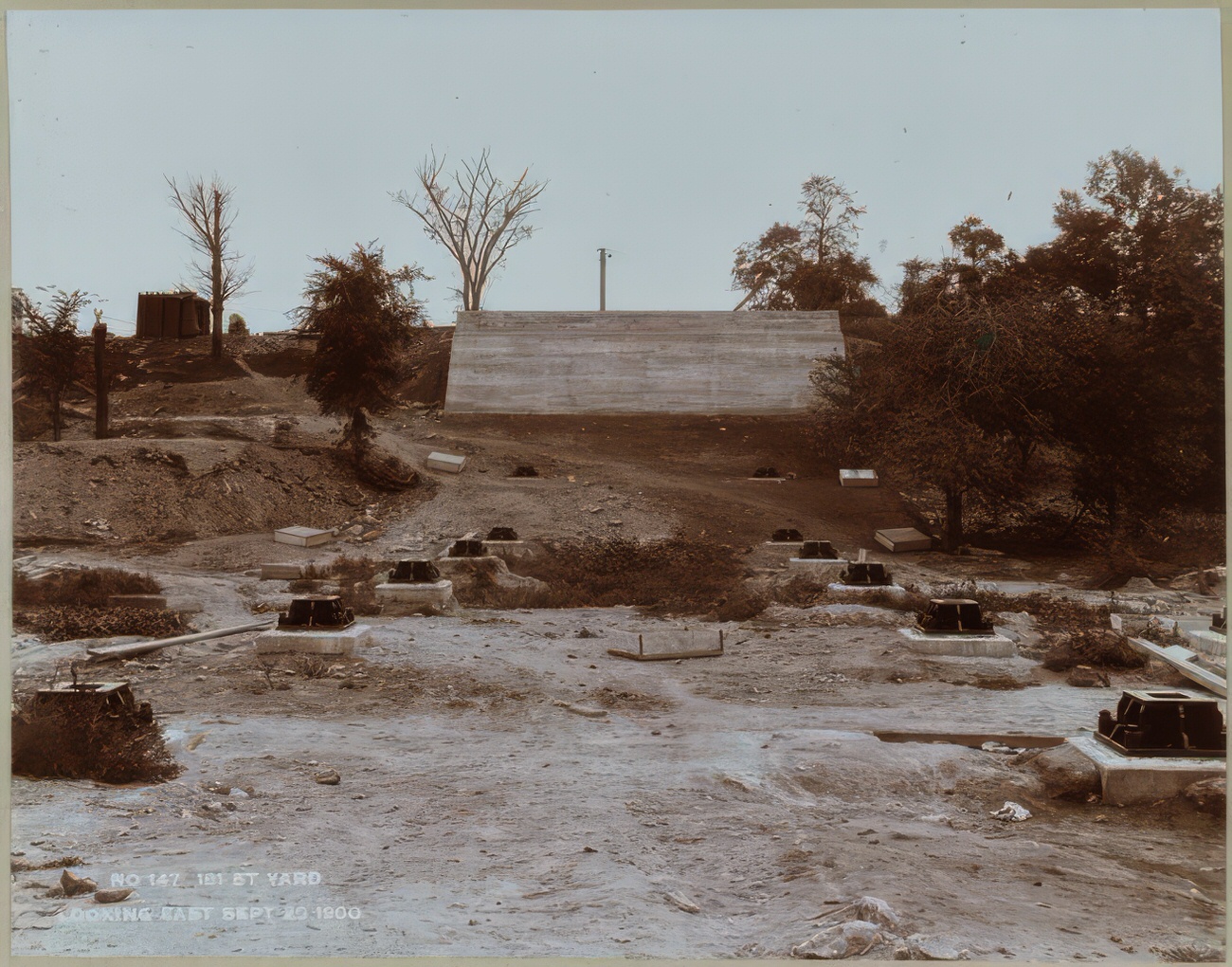
#184 3rd Avenue & 178th Street Looking North, 1900.
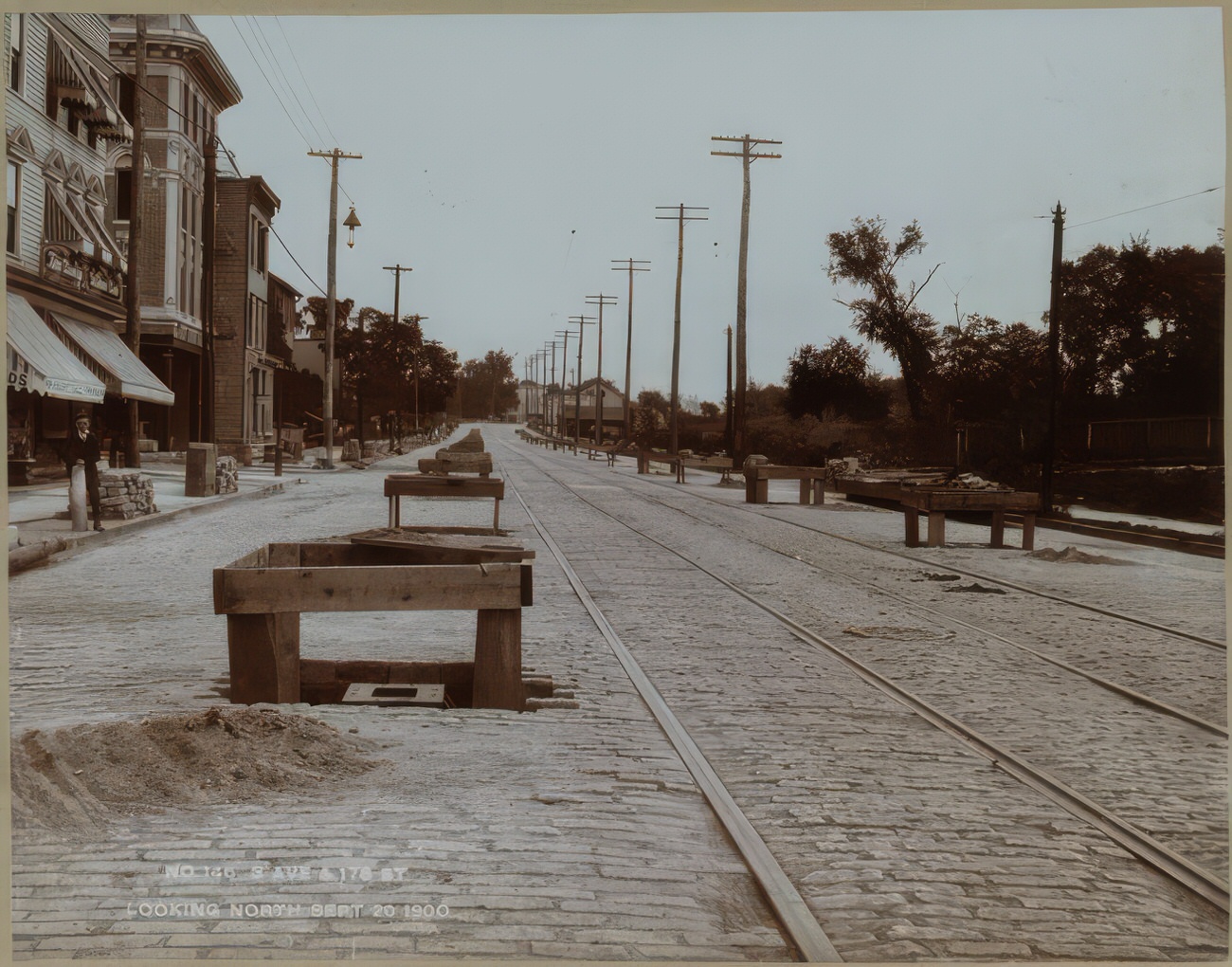
#185 3rd Avenue & 178th Street Looking South, 1900.
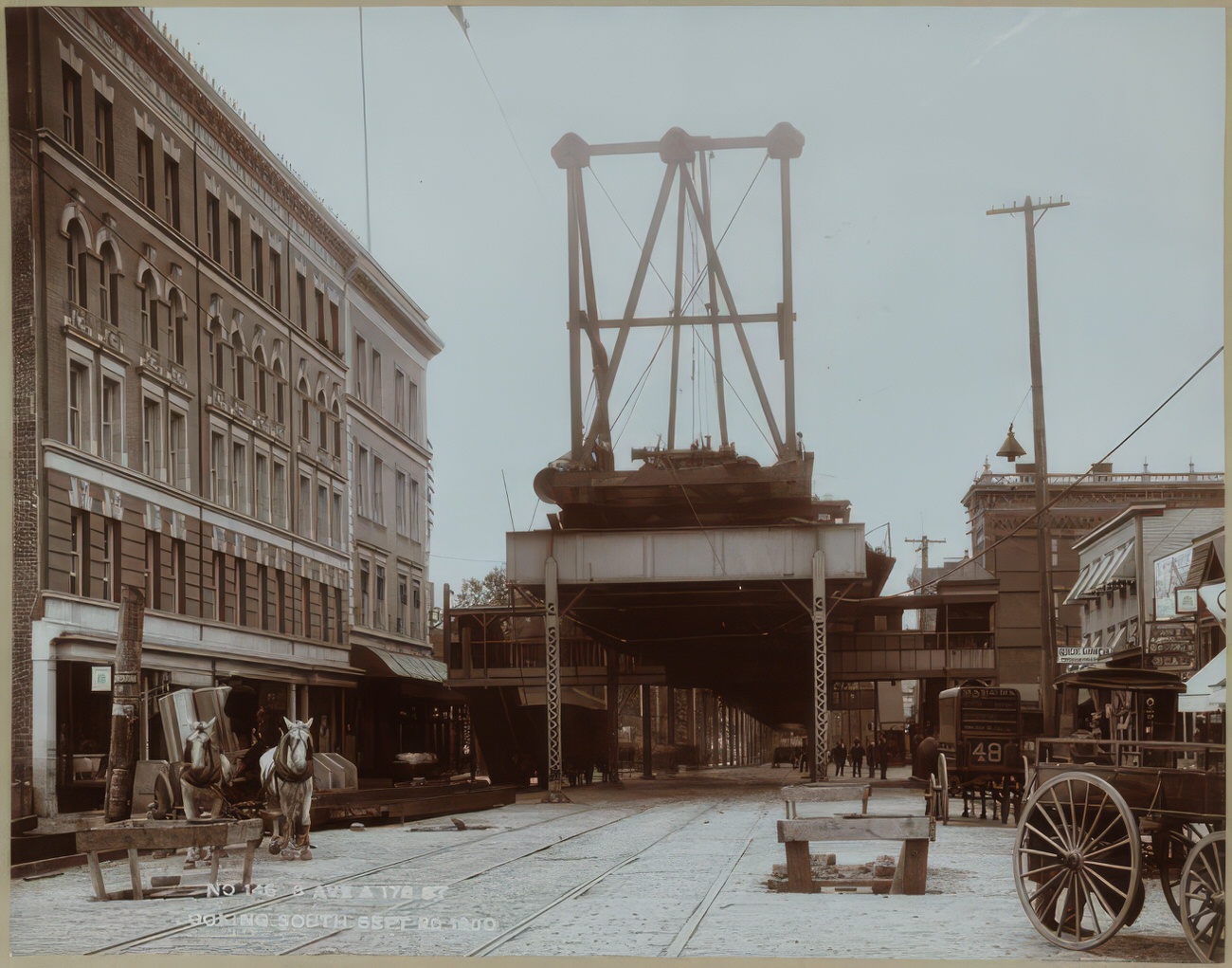
#186 Sub Station 8 Instrument-Control Boards, 1903.
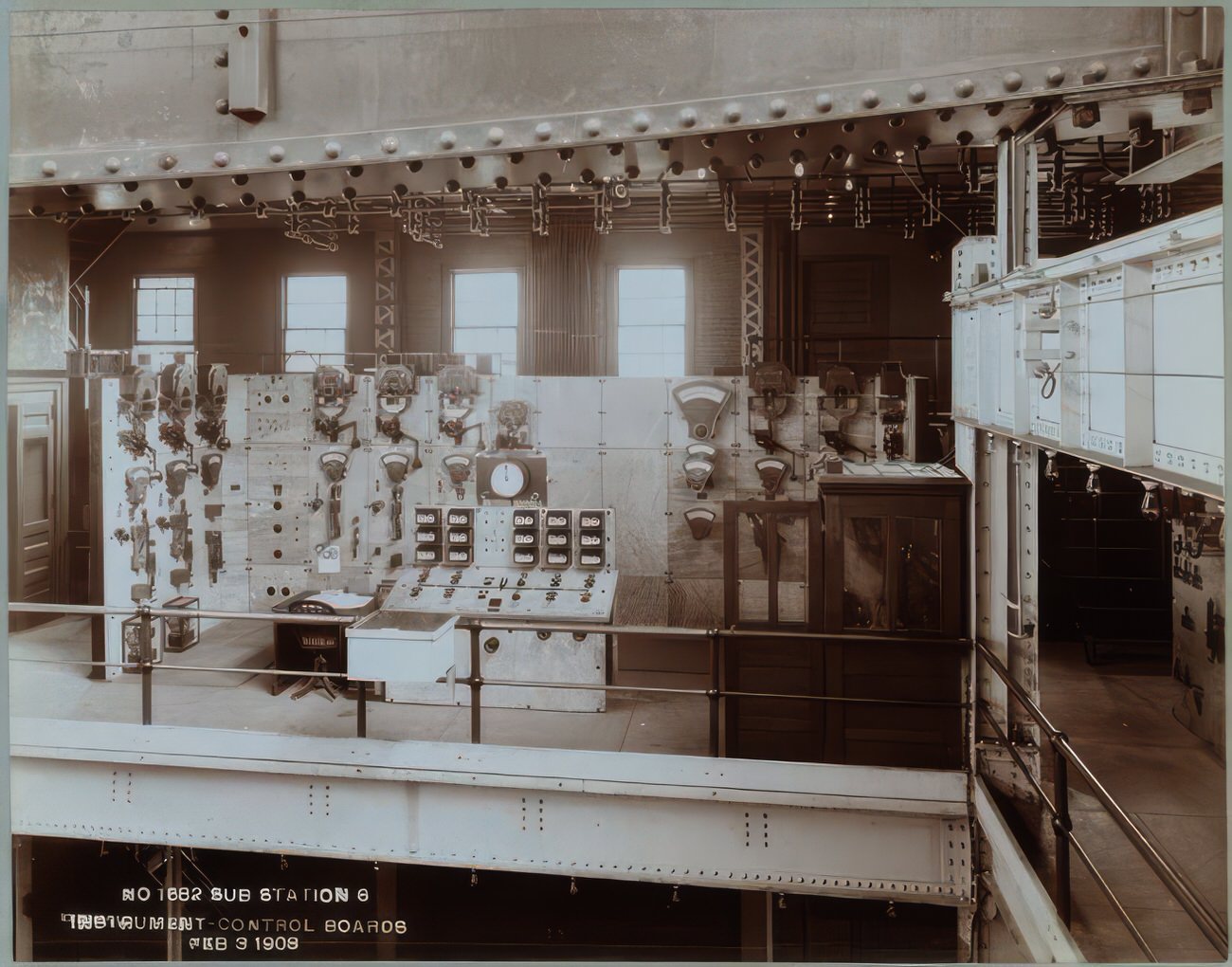
#187 Sub Station 8, 1902.
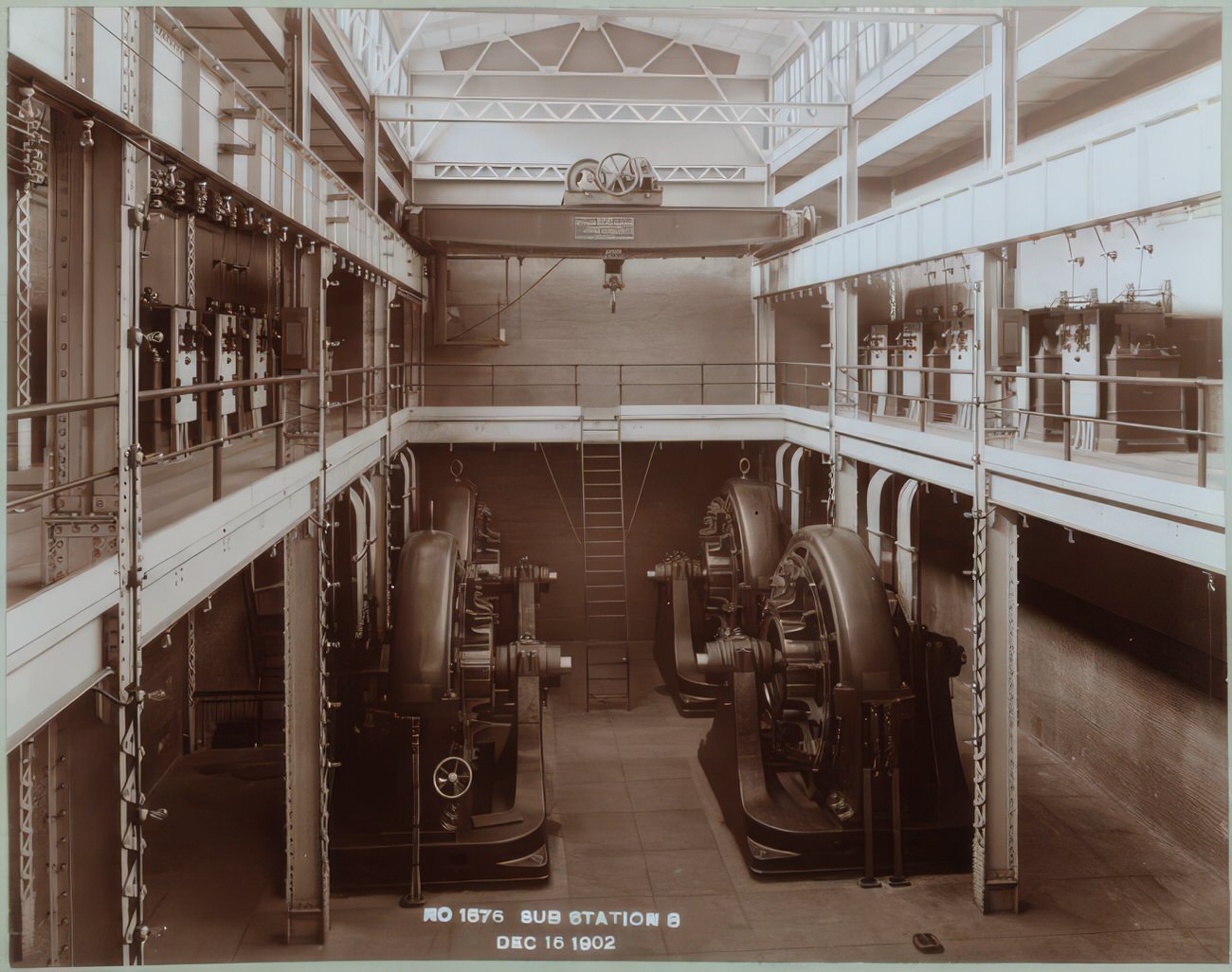
#188 Sub Station 8 Looking West, 1902.
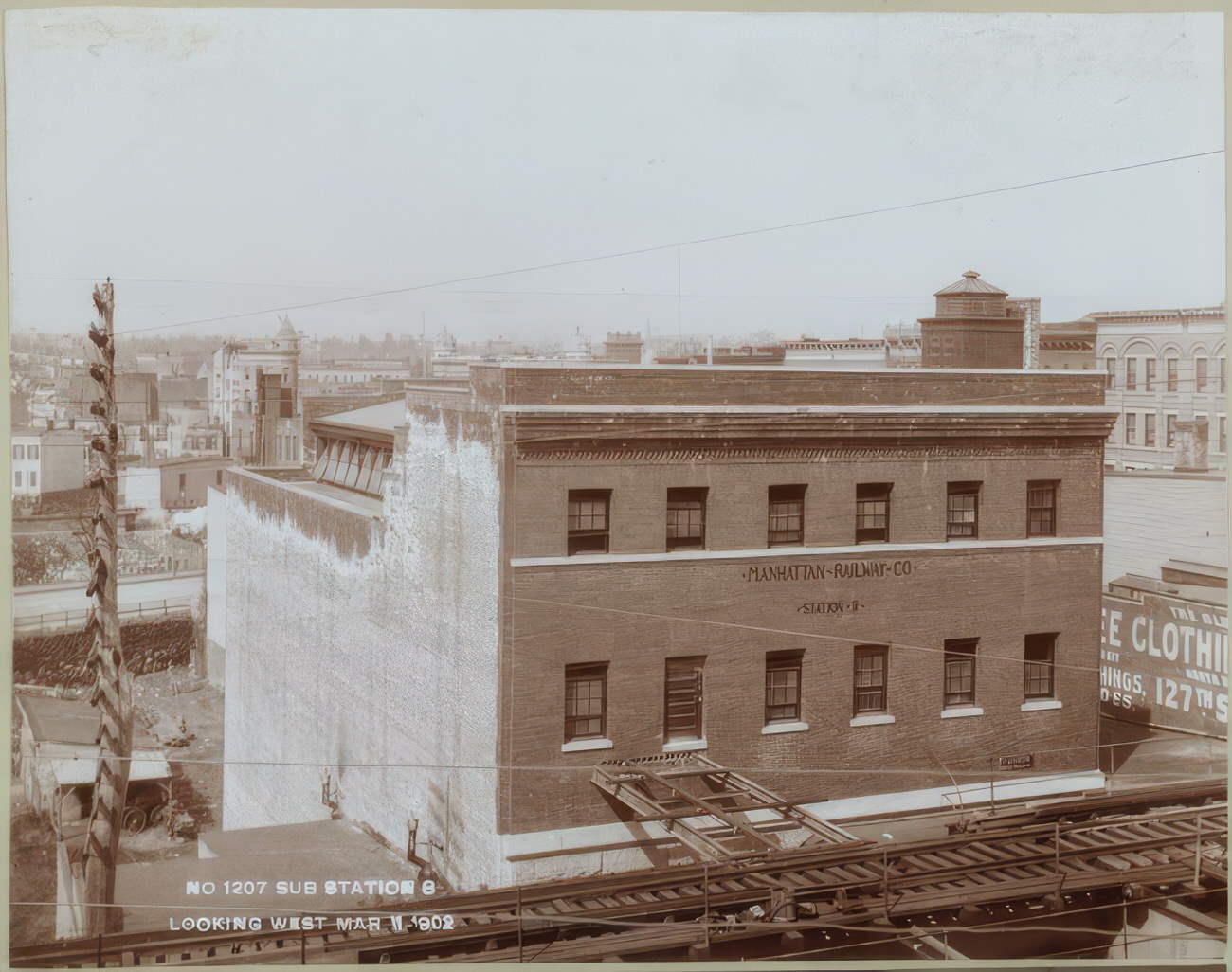
#189 Sub Station 8 Looking South, 1901.
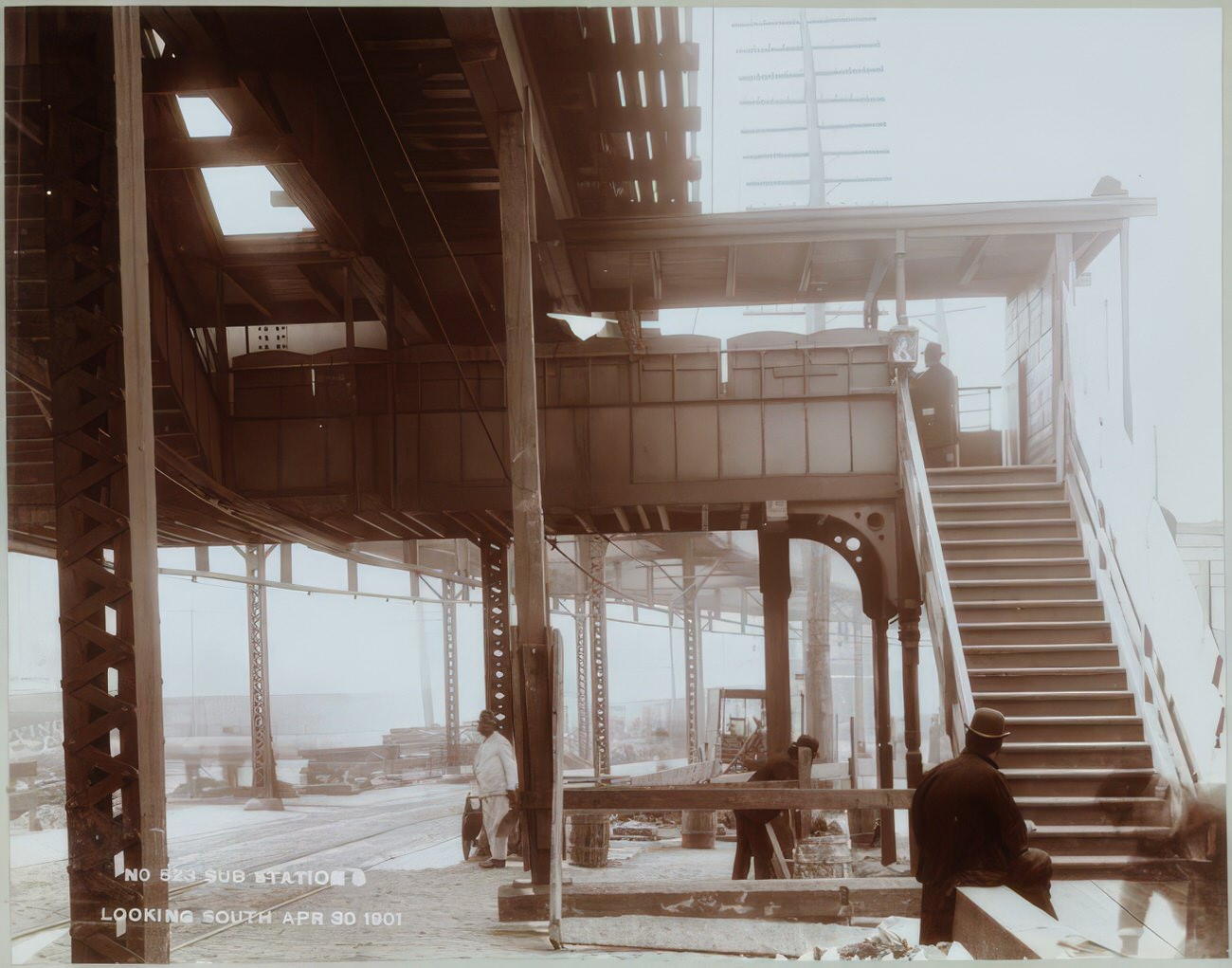
#190 3rd & Brook Avenues Looking South, 1901.
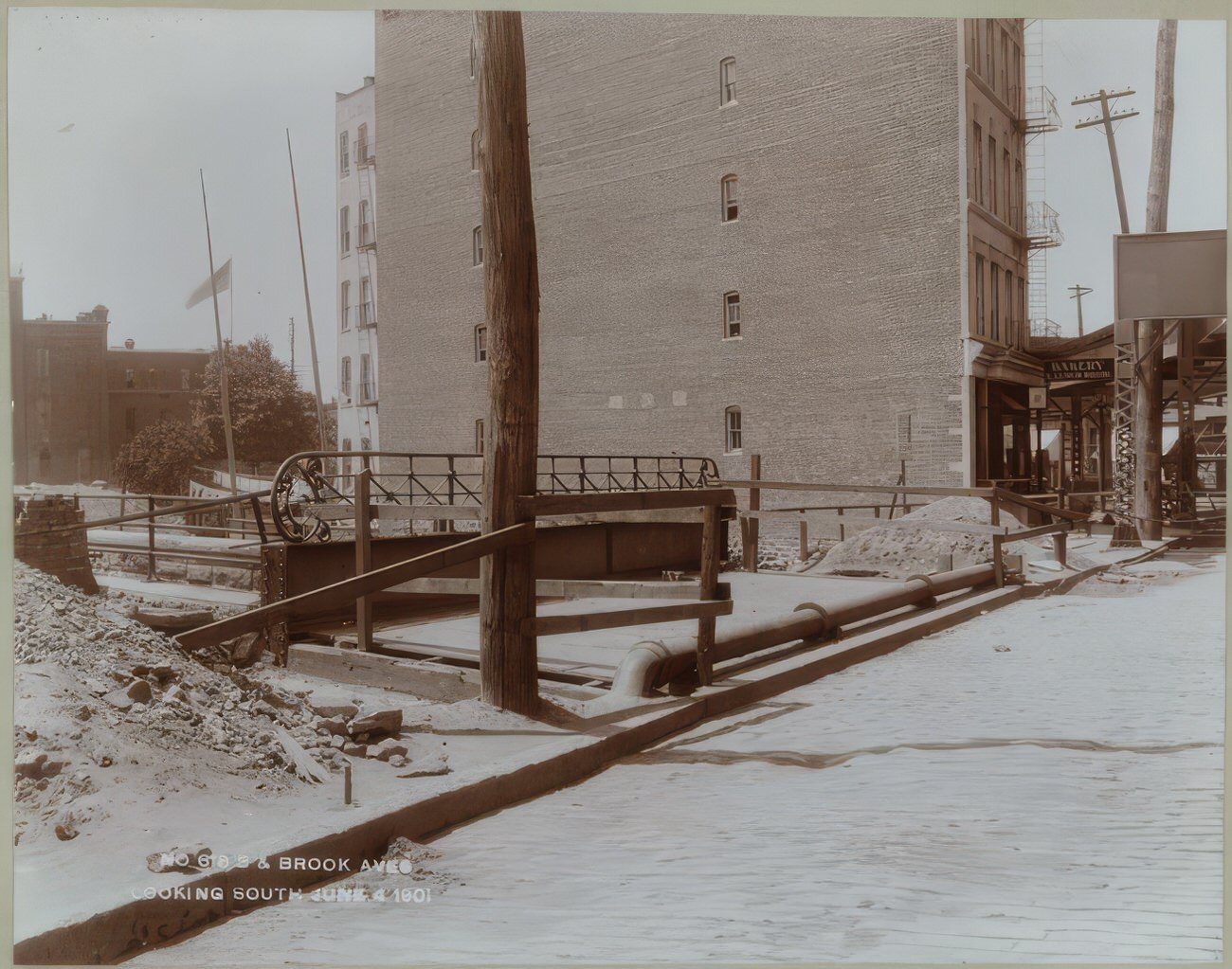
#191 3rd & Brook Avenues Looking East, 1901.
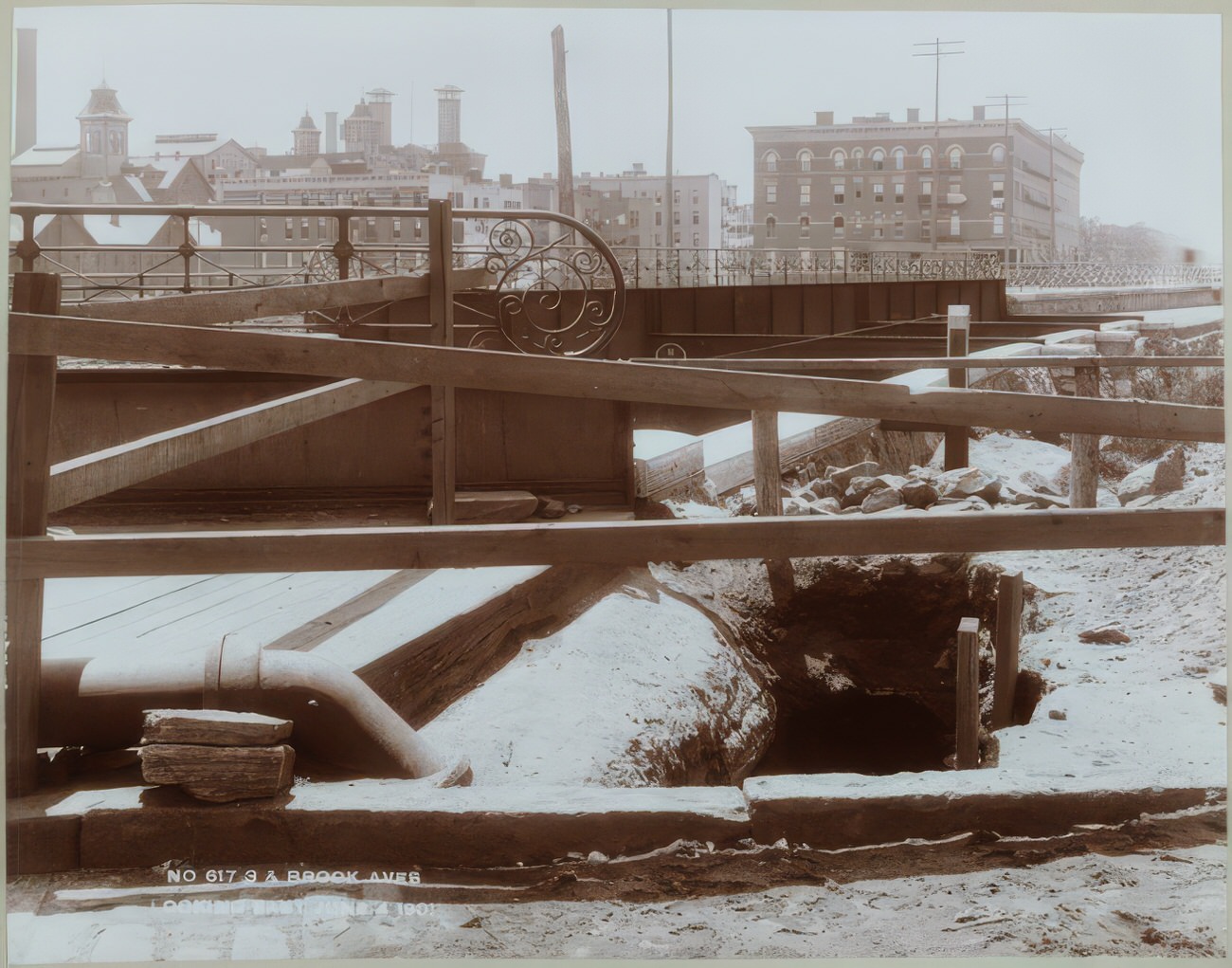
#192 Whitestone, 1906.
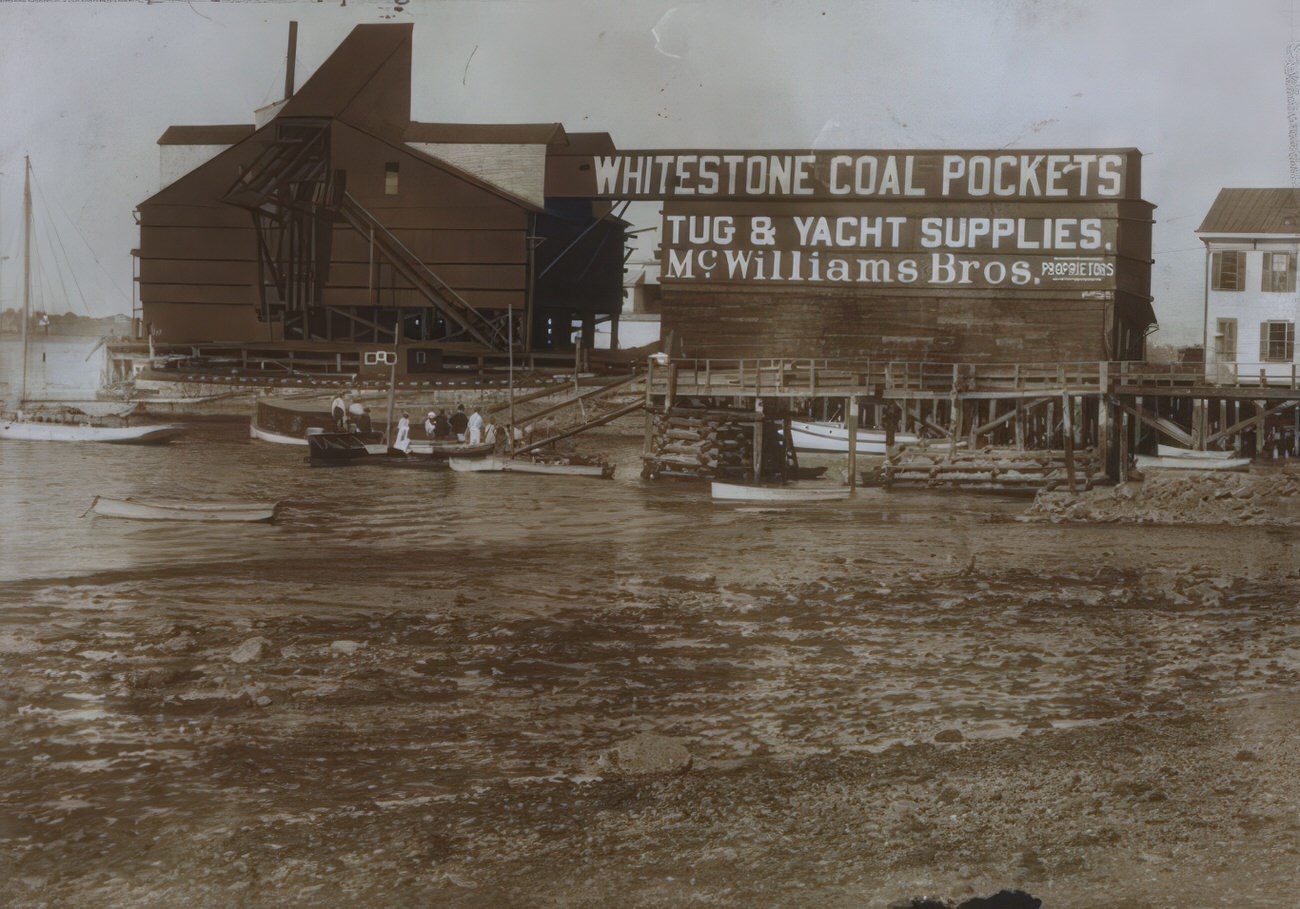
#193 Whitestone, 1906.
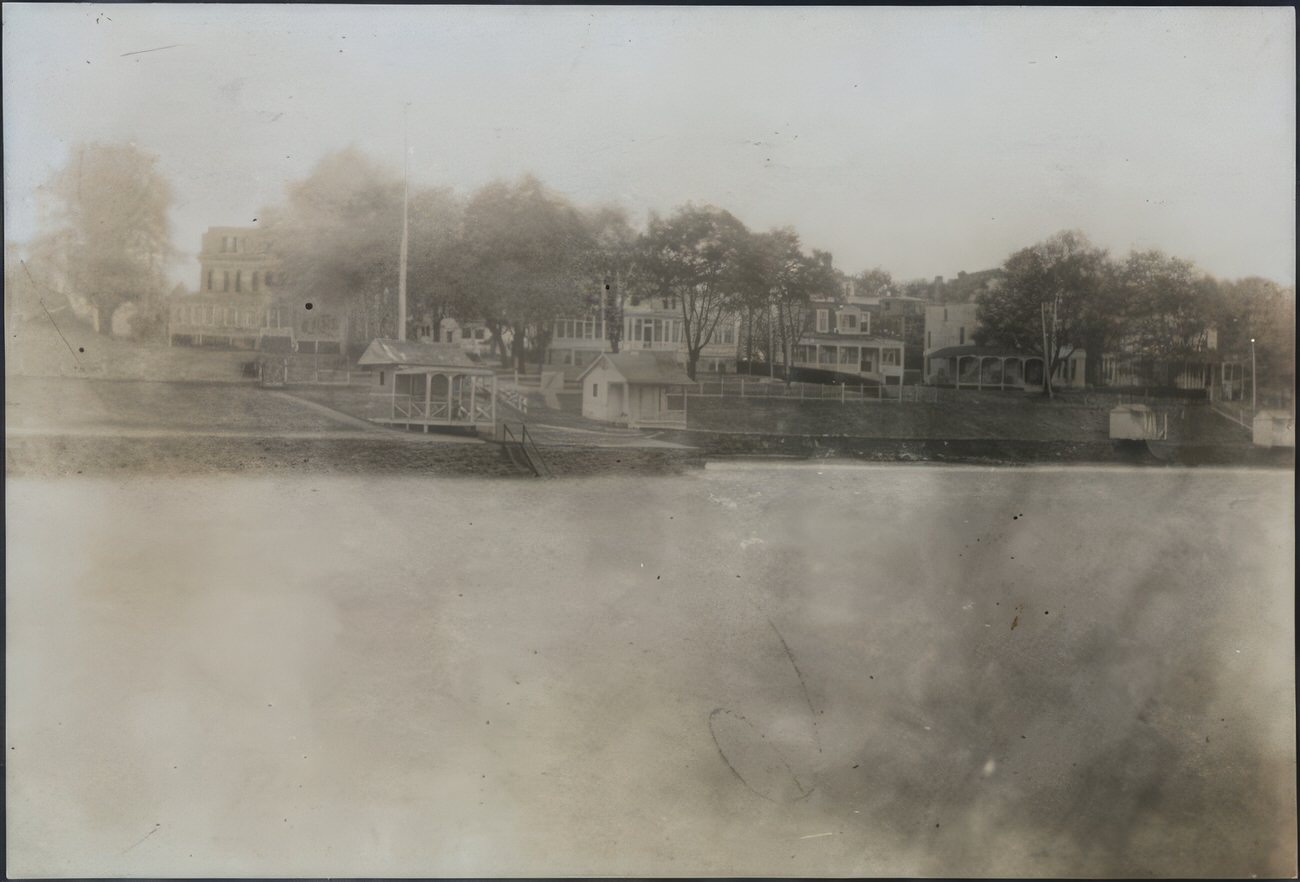
#194 Ben Riley’s Arrowhead Inn, circa 1905
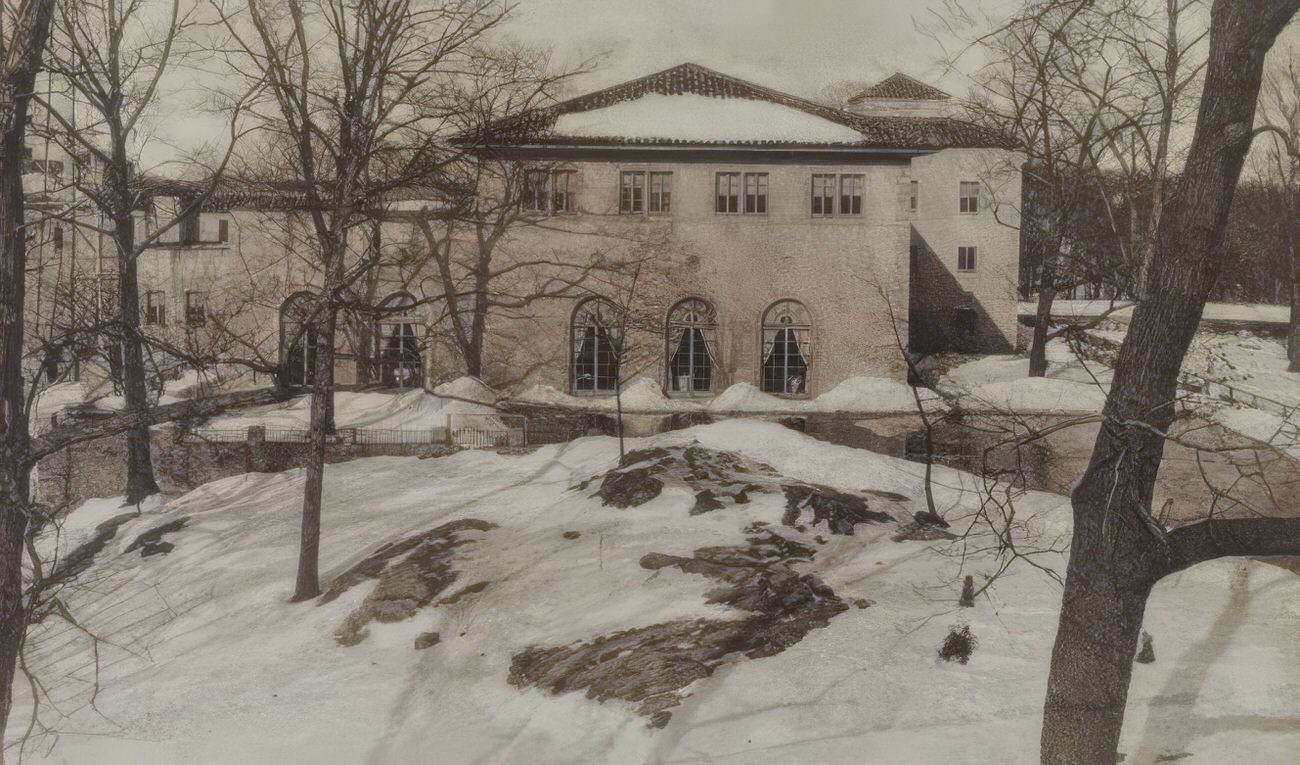
#195 Edgar Allan Poe Cottage, New York, circa 1907.
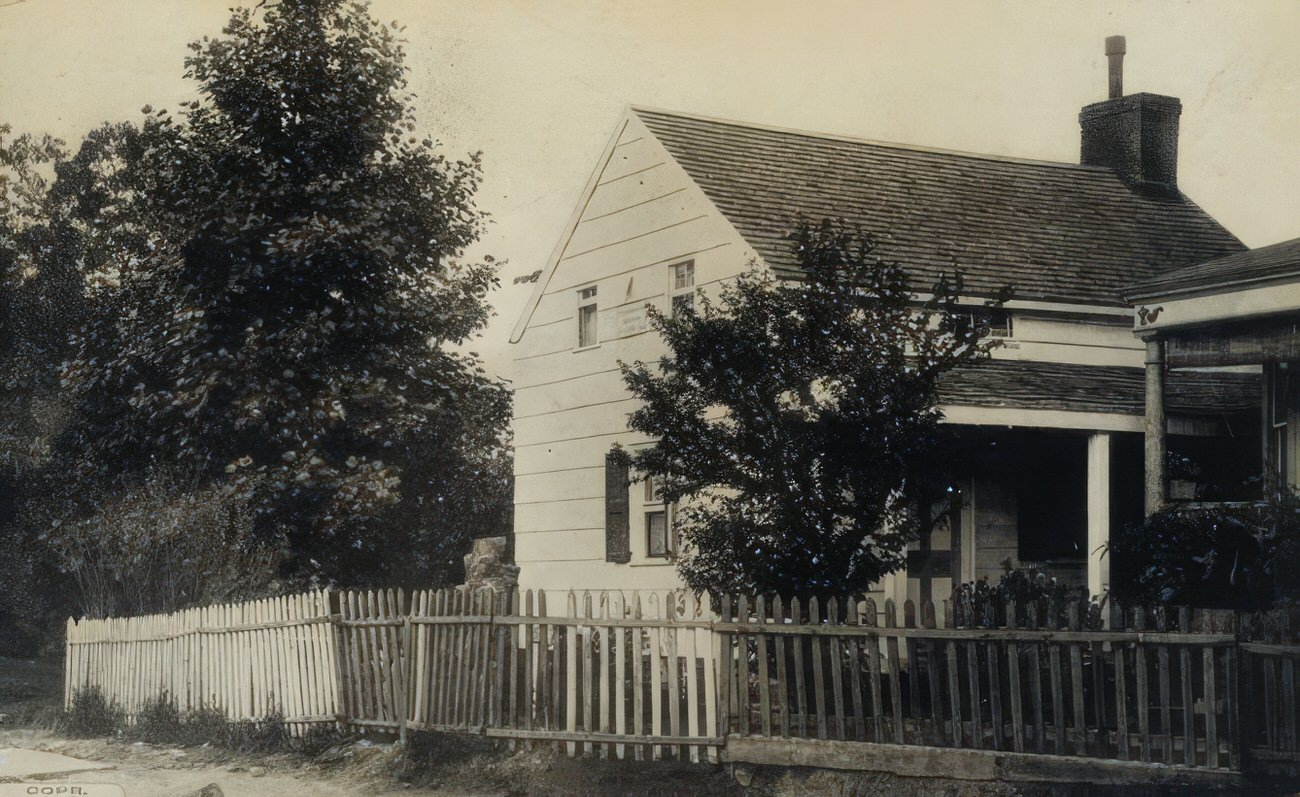
#196 Van Cortlandt Manor House, Van Cortlandt Park, 1905.
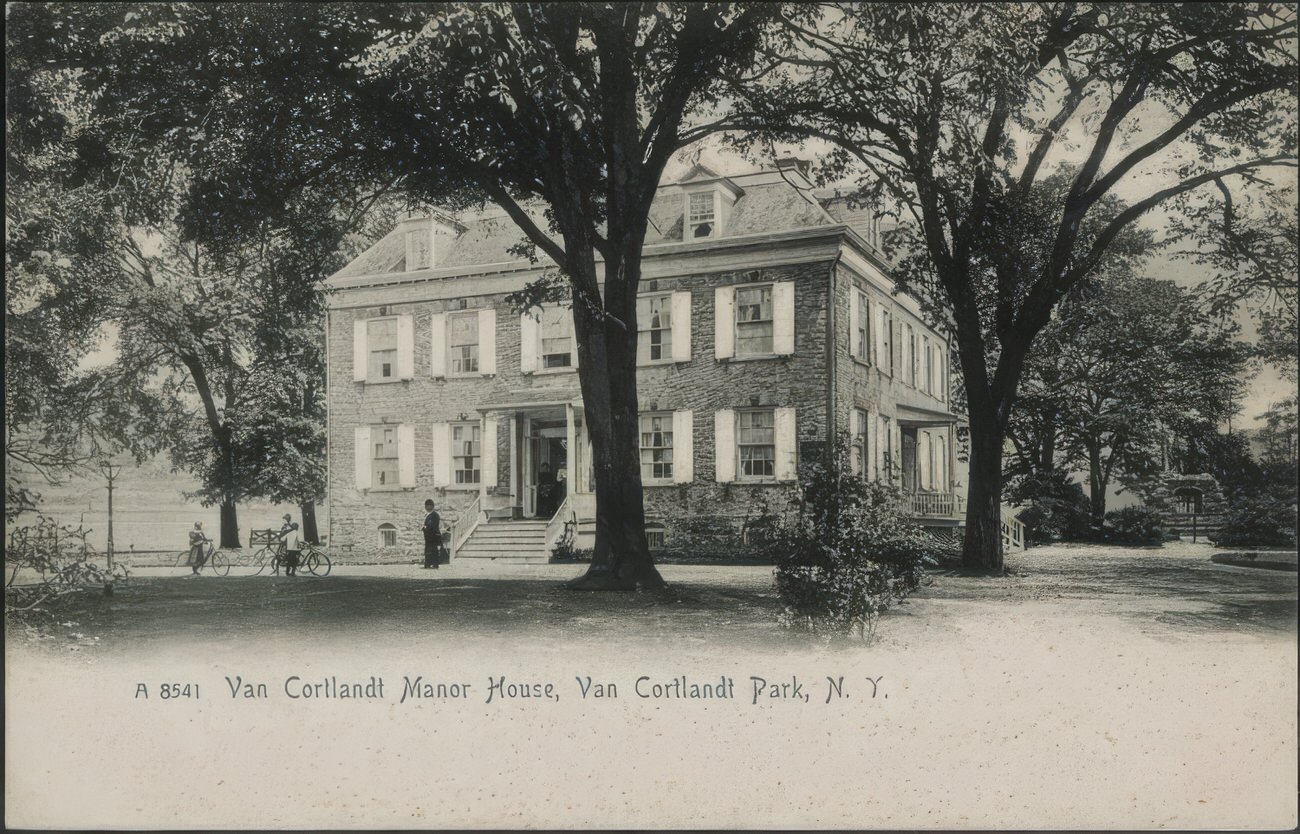
#197 Tremont German M.E. Church, New York, circa 1909.
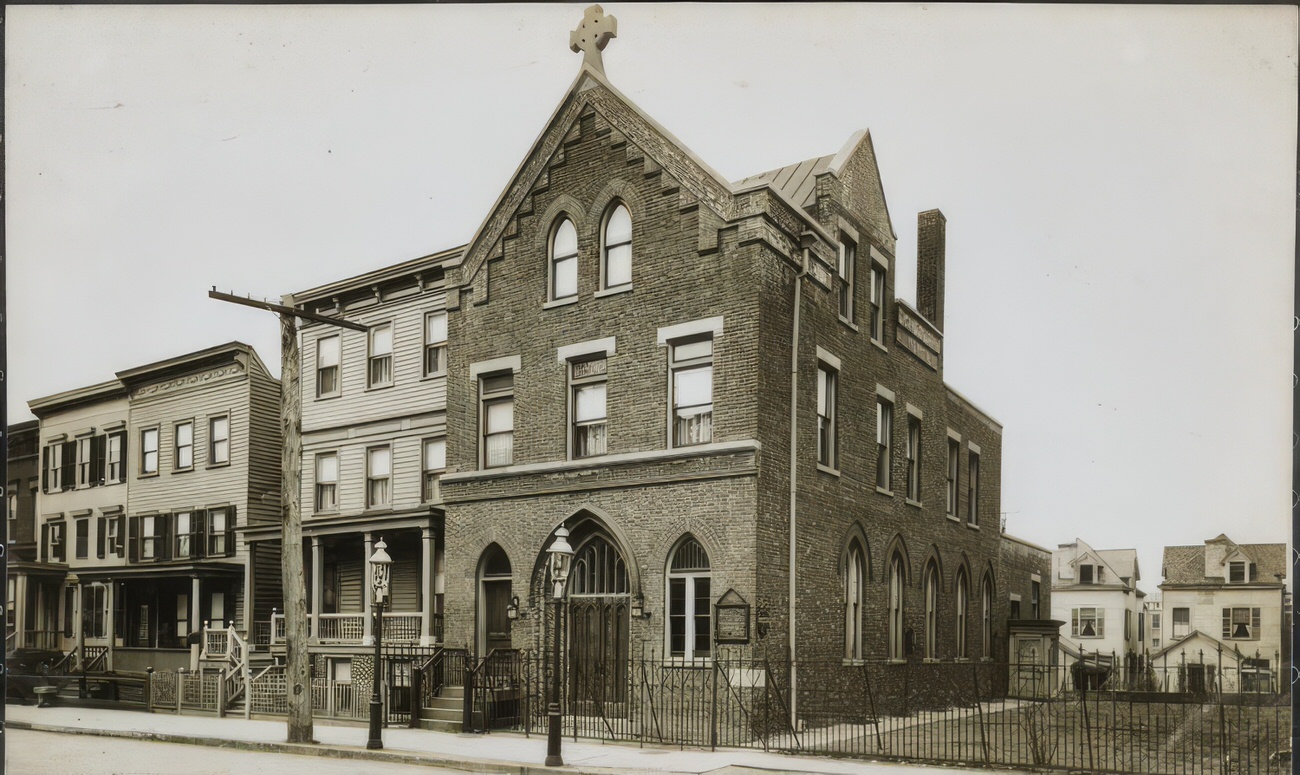
#198 Public Library, Tremont Branch, New York, circa 1909.
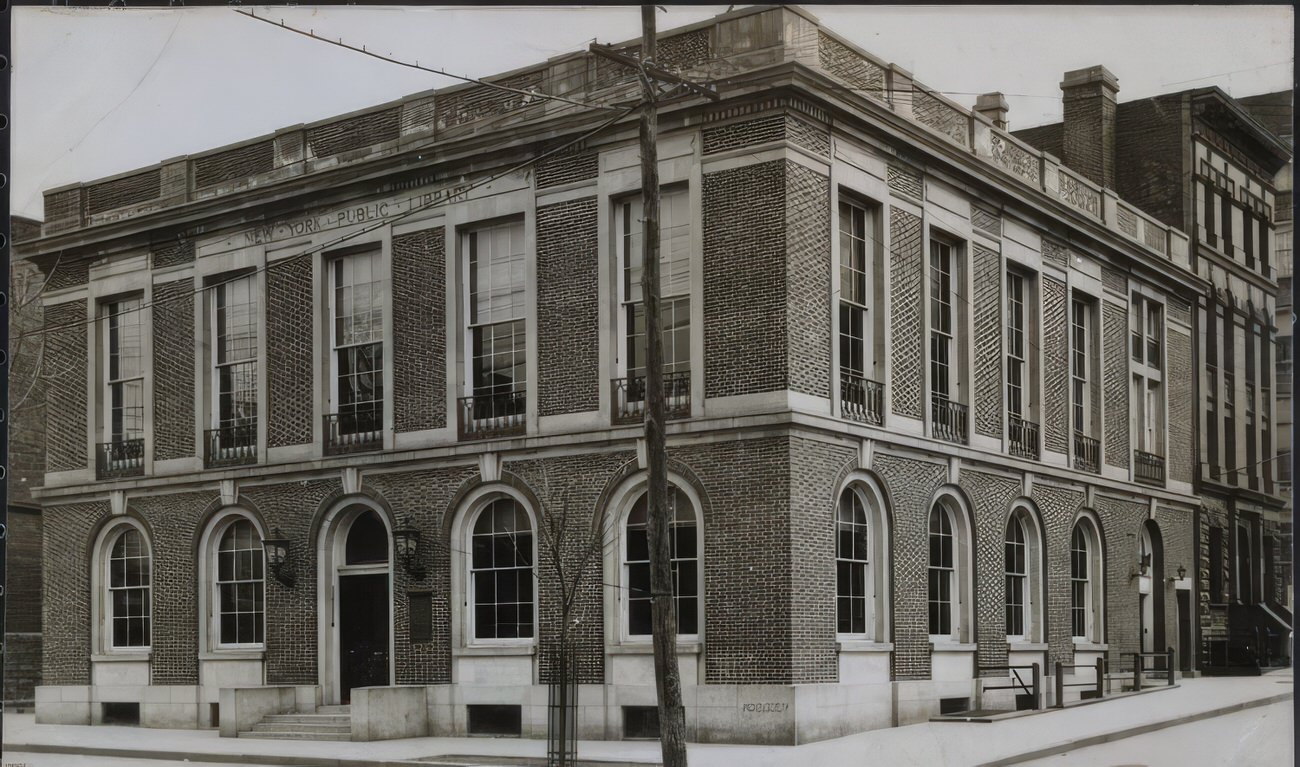
#199 Borough Hall, Bronx, 1909.
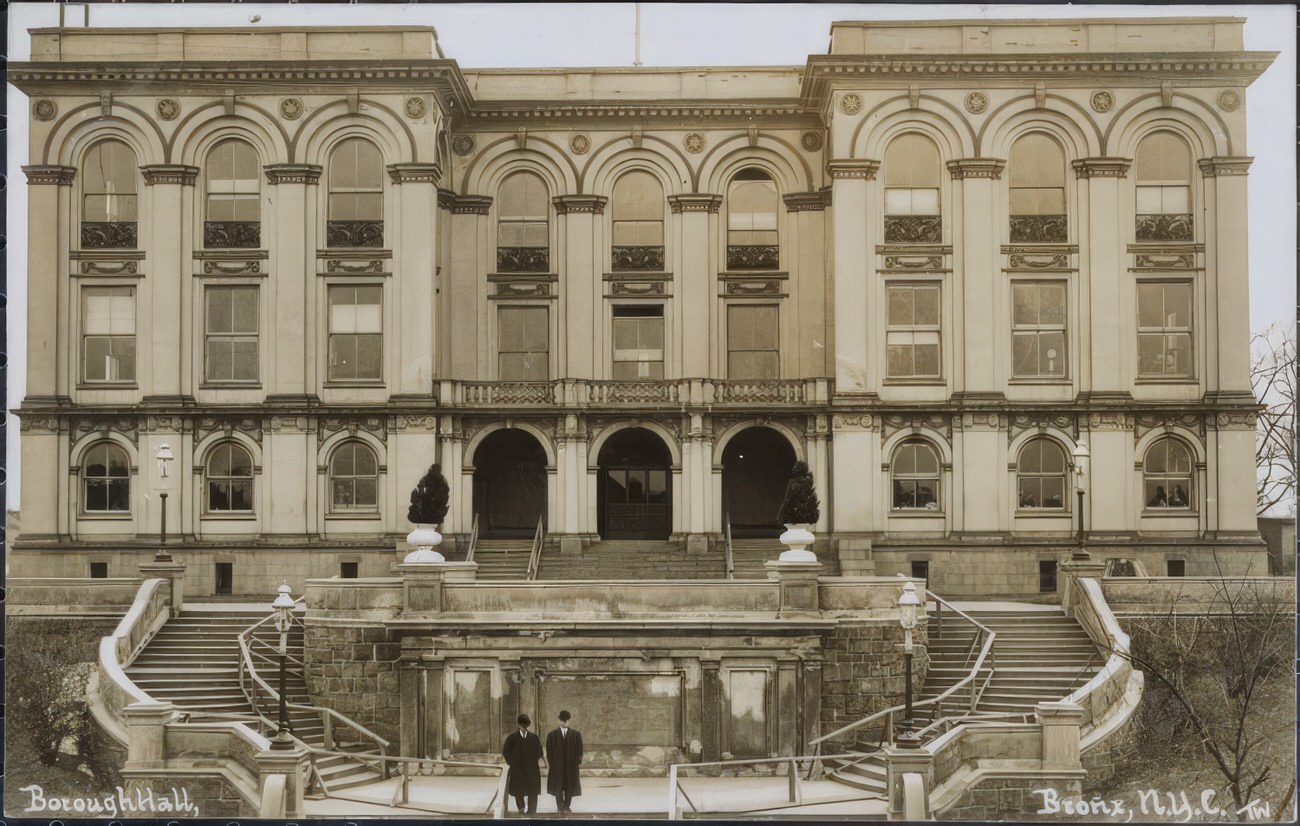
#200 Horace Mann School, New York, circa 1905.
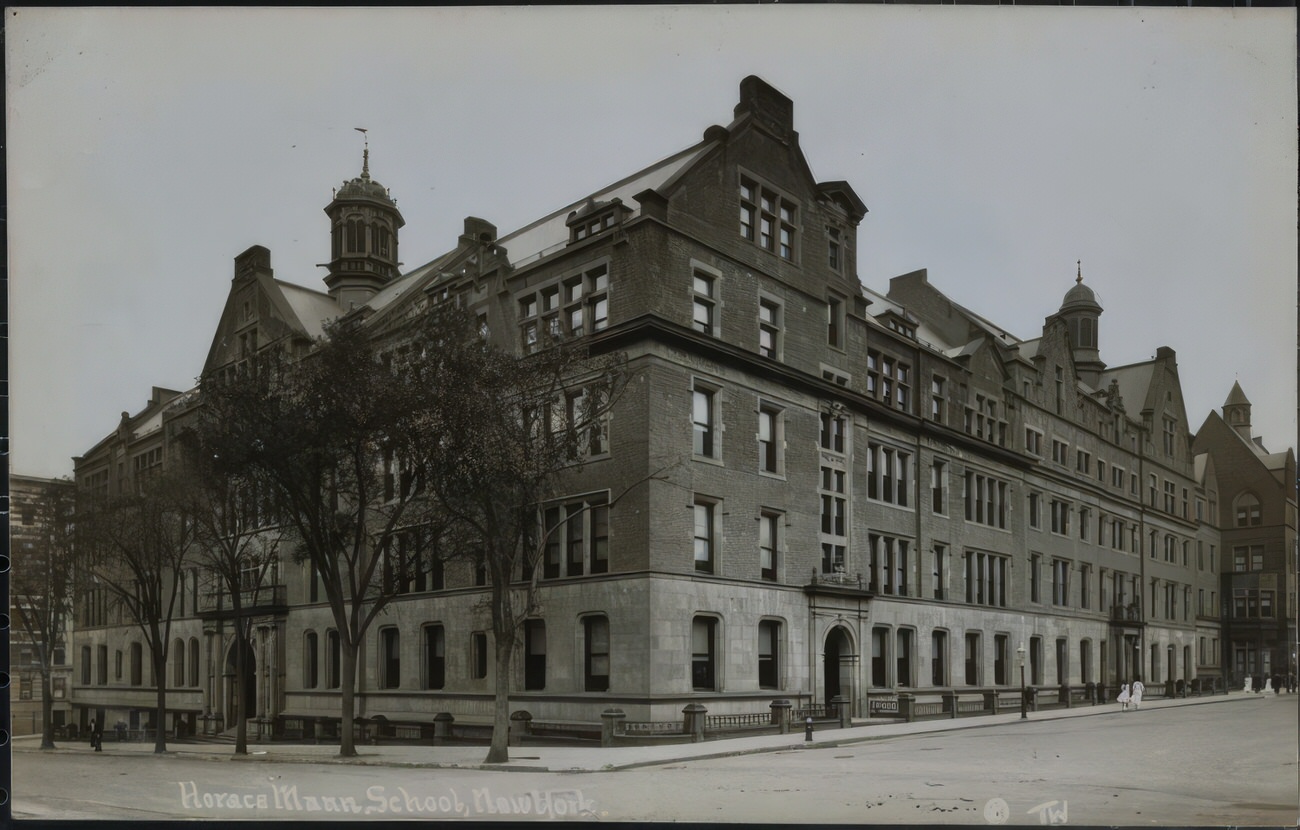
#201 St. Augustine’s R.C. Church, circa 1900.
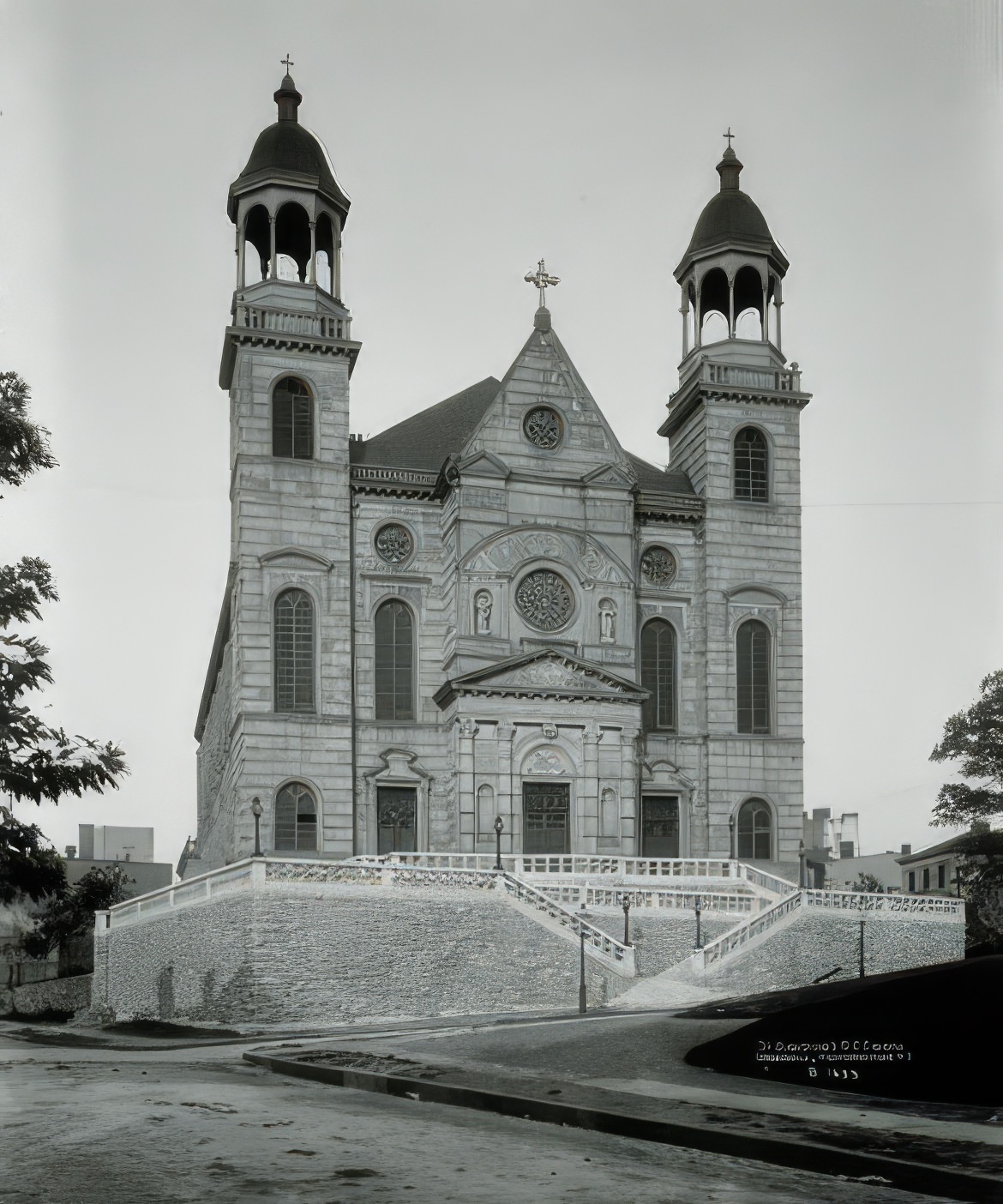
#202 Webb Academy, 1902.
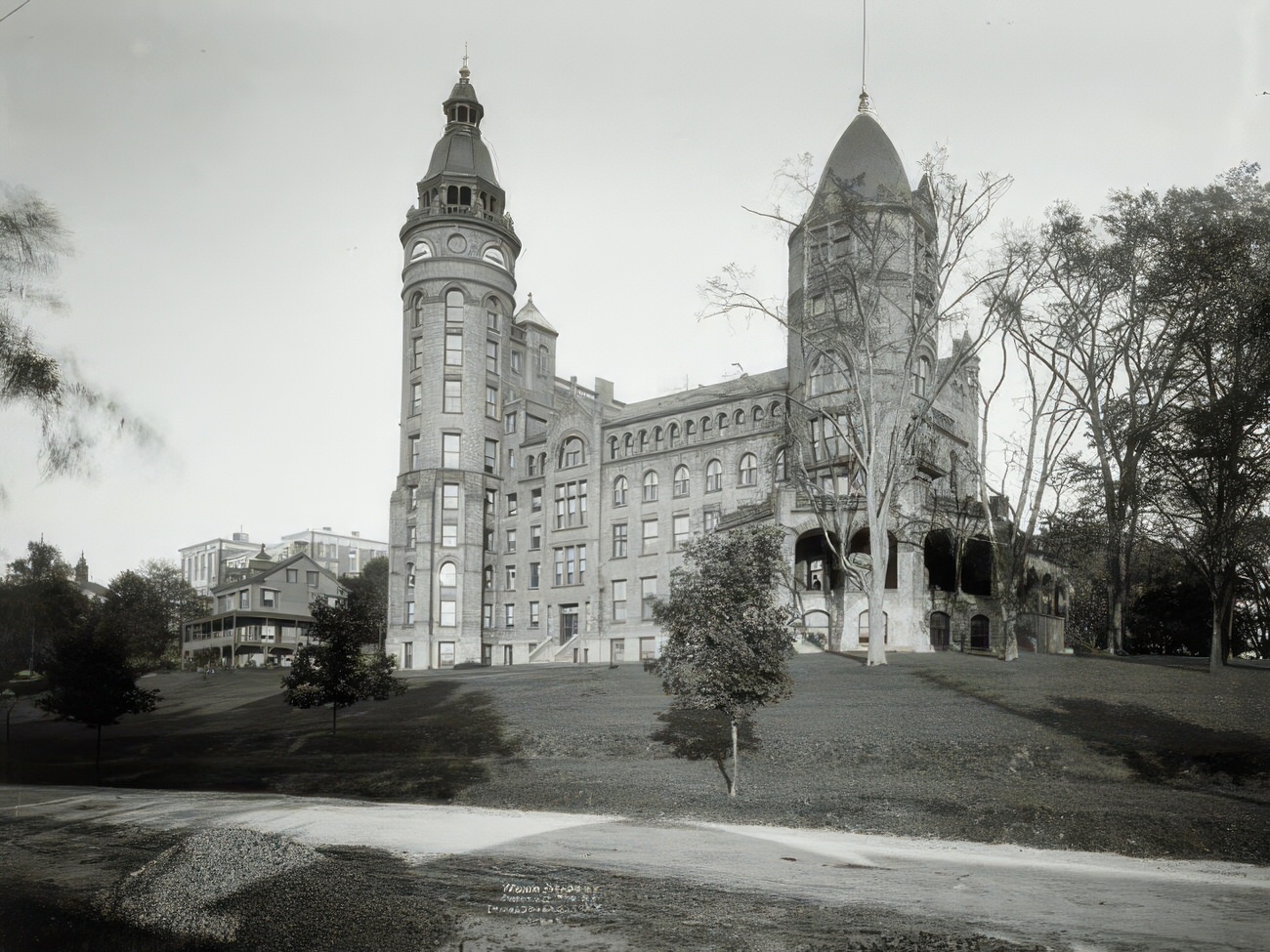
#203 Horsecar Antique, Bartow & City Island, No. 7 Pelham Bay Park, 1905.
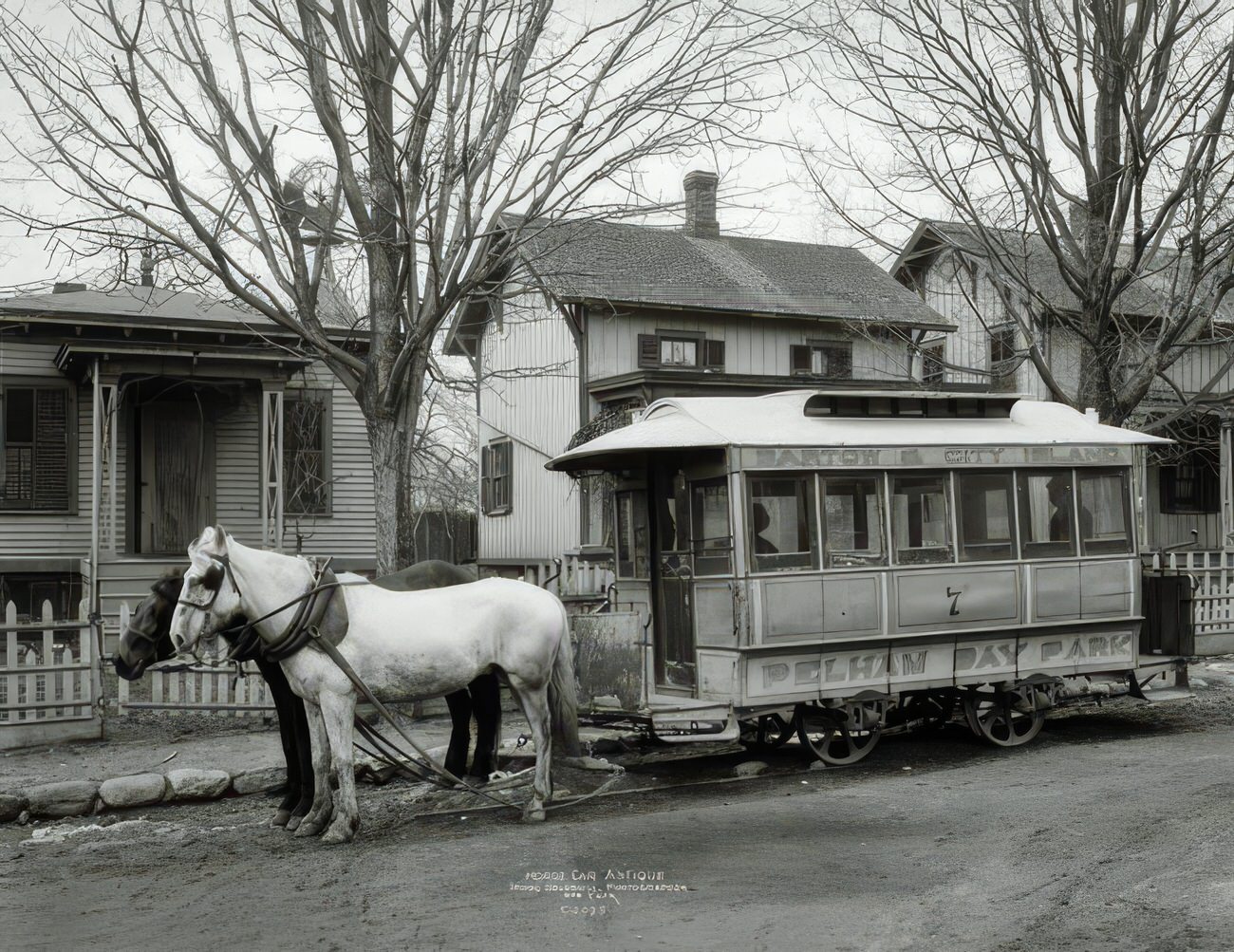



GIPHY App Key not set. Please check settings